Hurricane Katrina (part 1)
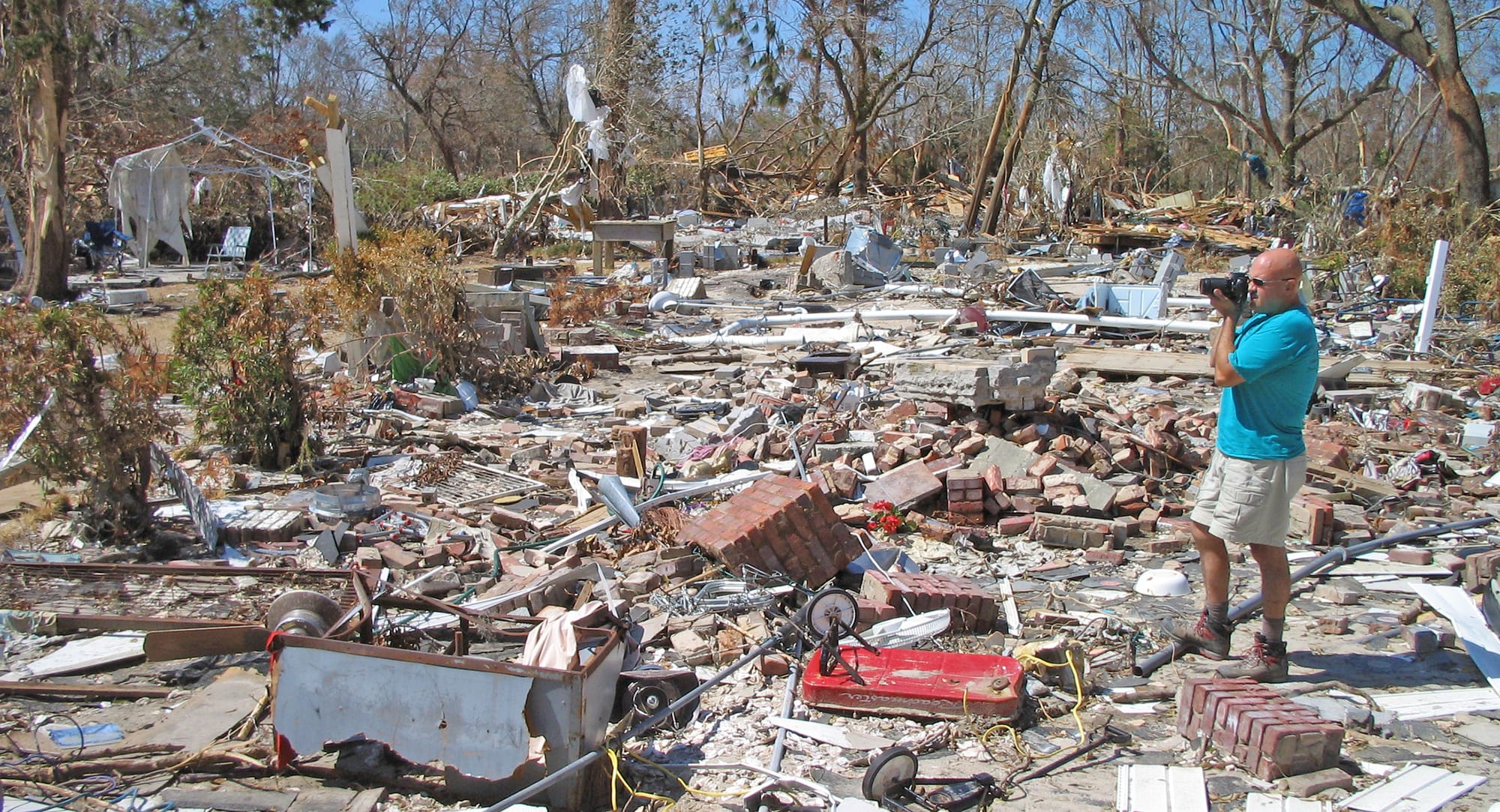
This blog post contains photos I took while Megan and I were on the Mississippi Gulf Coast September 3-8, 2005, to help relatives who had lost their homes to Hurricane Katrina. Our return trip two weeks later is covered in Hurricane Katrina (part 2).
I wrote many long blog posts about these experiences at the time, but when I migrated my blog posts to this site (DougMahugh.com) I decided to cut down the text and focus mainly on the photos, with minimal explanation. I was just a witness to Katrina, and it's not my story to tell.
That said, there's one aspect of our experience there that really sticks in my memory: the way the news coverage in the days after Katrina was so focused on New Orleans. It's hard to explain what that felt like. We were sitting there in Gulfport, eager for information, listening to a battery powered transistor radio as our lifeline to the outside world, and even though the eye of the hurricane, the highest winds, and the highest storm surge all hit the Gulf Coast, the news reports were all about what was going on in New Orleans, 80 miles away.
Here's something I wrote in a post from Gulfport while we were there, which sums up that feeling:
We never saw a single incident of looting, or even a person behaving in a selfish or anti-social manner. Everyone we saw was treating others with respect, and that includes the relief workers as well as the victims. Even the police and military personnel who told us "no" so many times (when we were trying to get into restricted areas) did so with respect and a sense of humor. There had been some looting in this area before the law enforcement and military people arrived in large numbers, and we saw many signs that were intended to intimidate potential looters. But apparently most of the assholes in this part of the world are concentrated over in New Orleans.
Saturday 9/3/2005
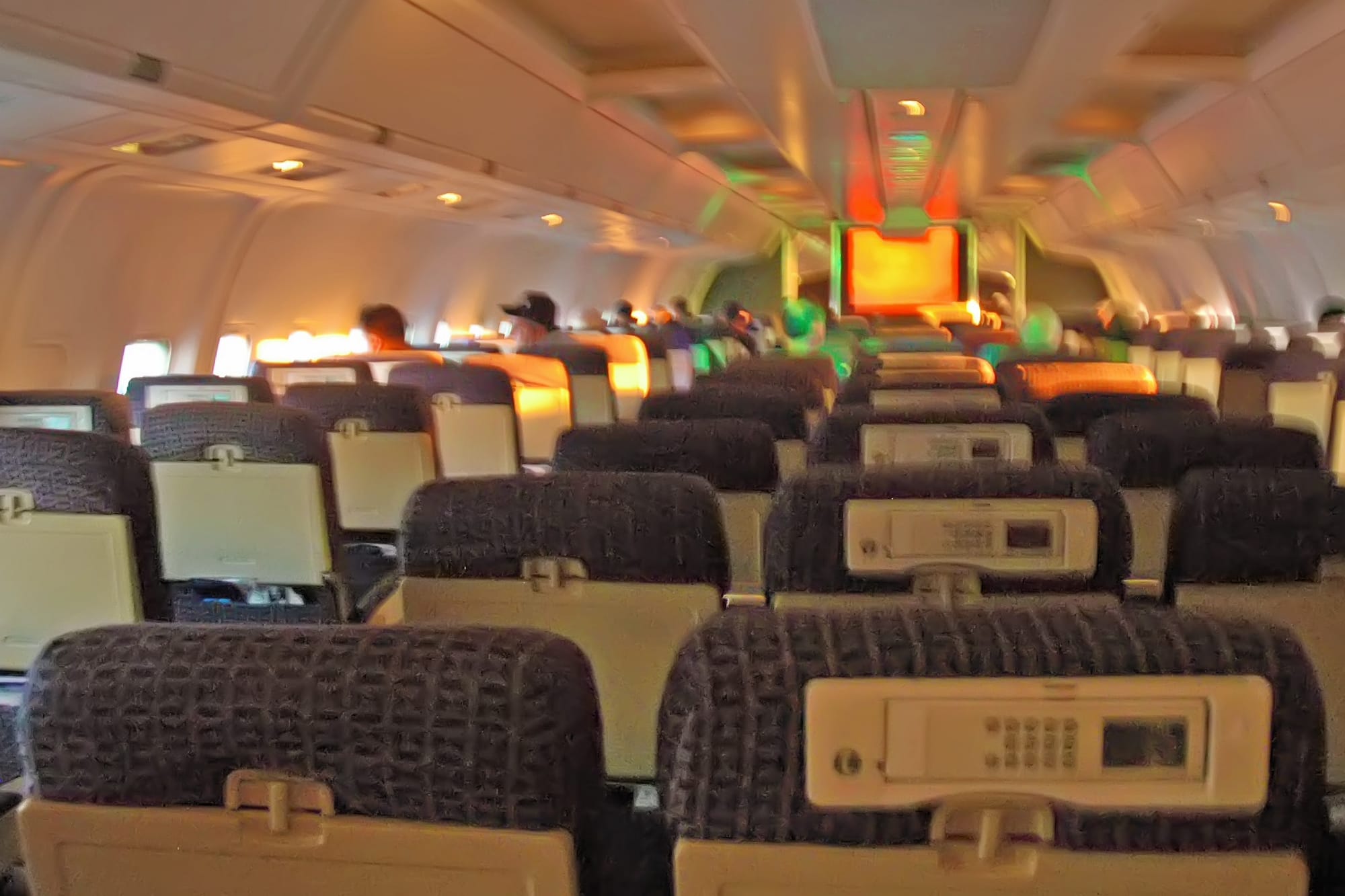
We flew from Spokane to Seattle and then on to Atlanta on Saturday, where we met up with Marsha and Jamal. The rental car companies made us sign a rider agreeing that we wouldn't drive the cars to the Gulf Coast, and we lied on the forms then went to an all-night WalMart to stock up on supplies.
The next morning we were on the road before dawn, heading south to Gulfport, where Granny, Gloria, Gloria's dog Oreo, and Marsha's dog Tippy were staying after evacuating their homes before Katrina hit.
Sunday 9/4/2005
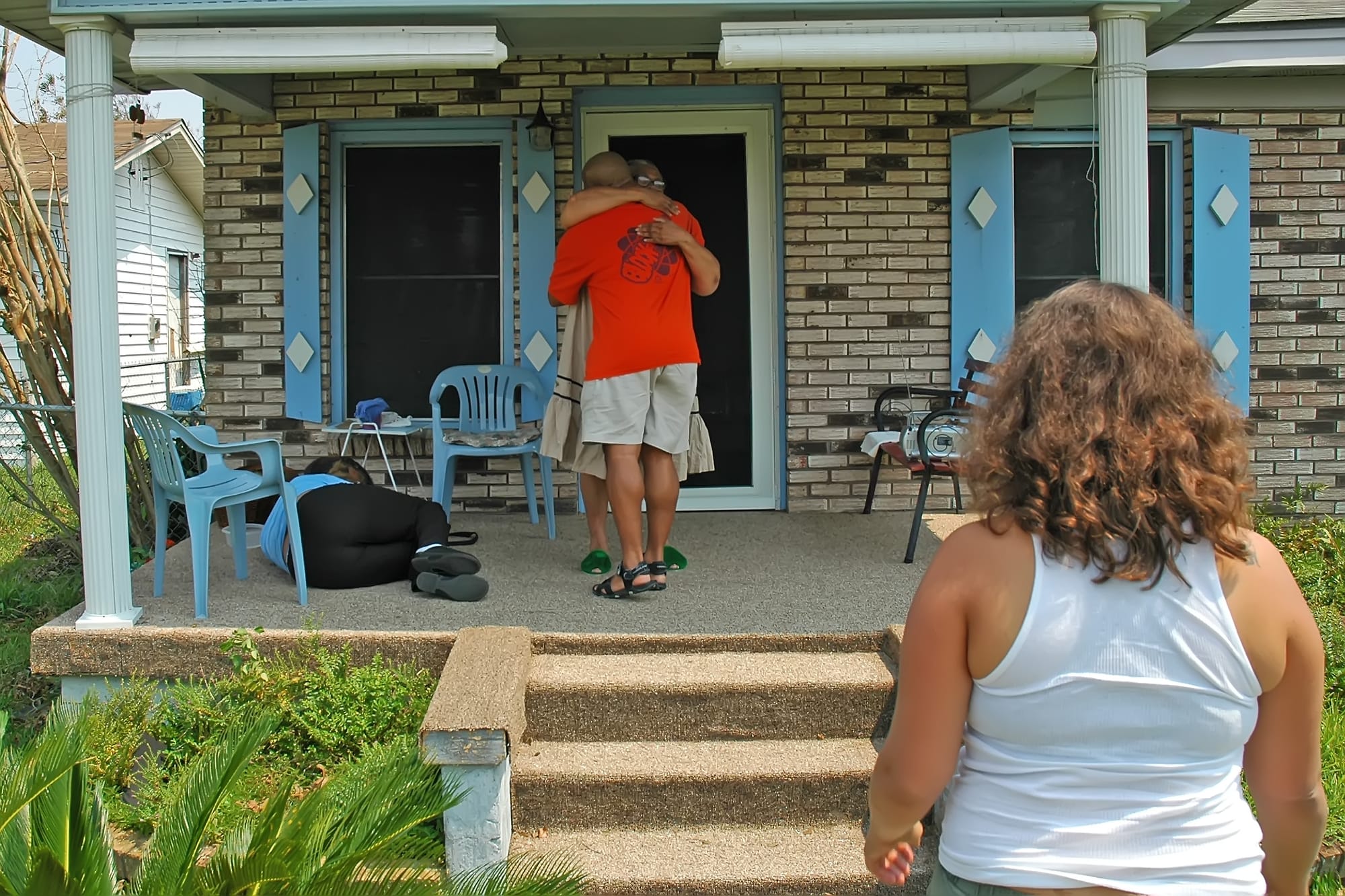
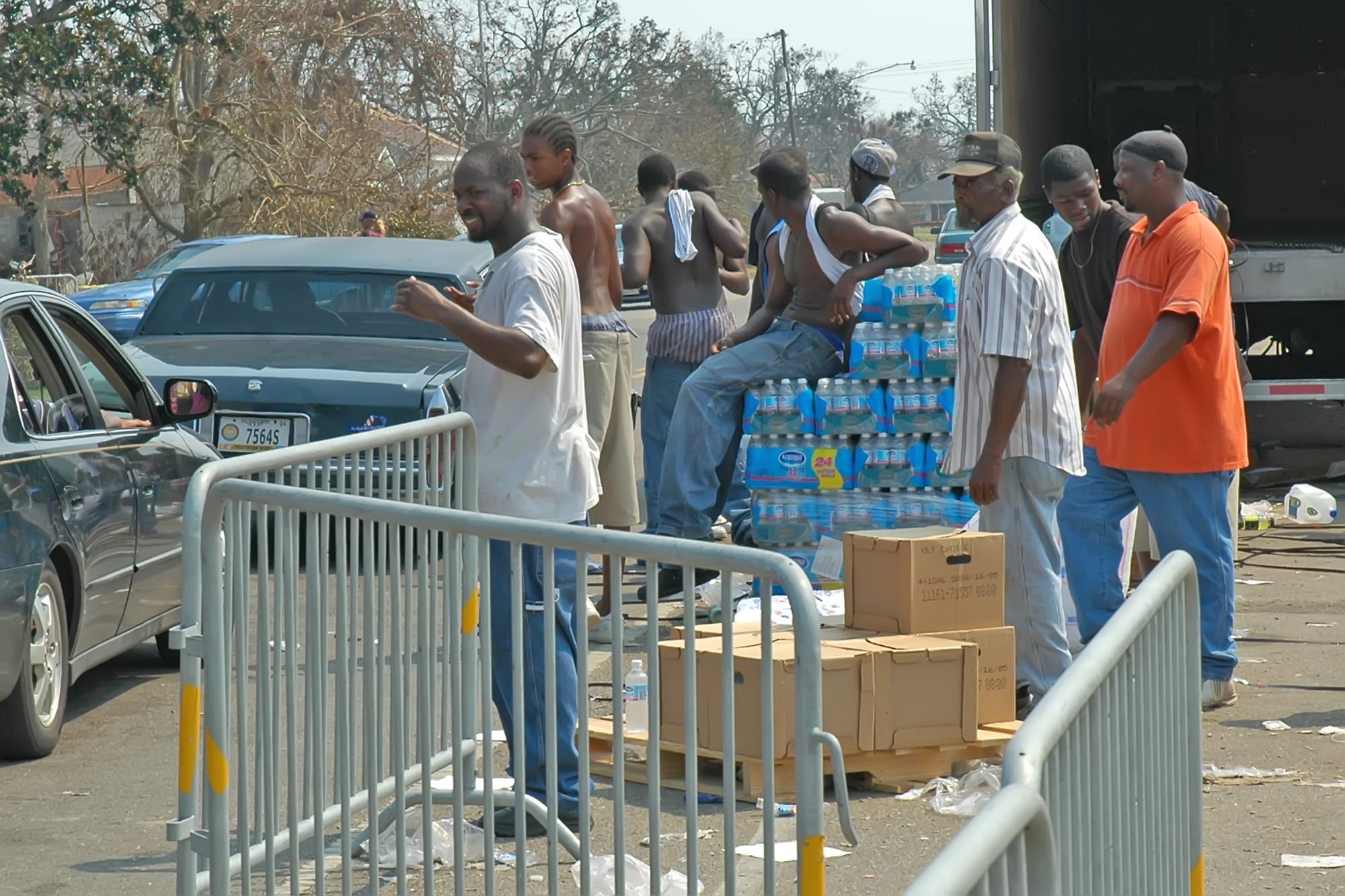
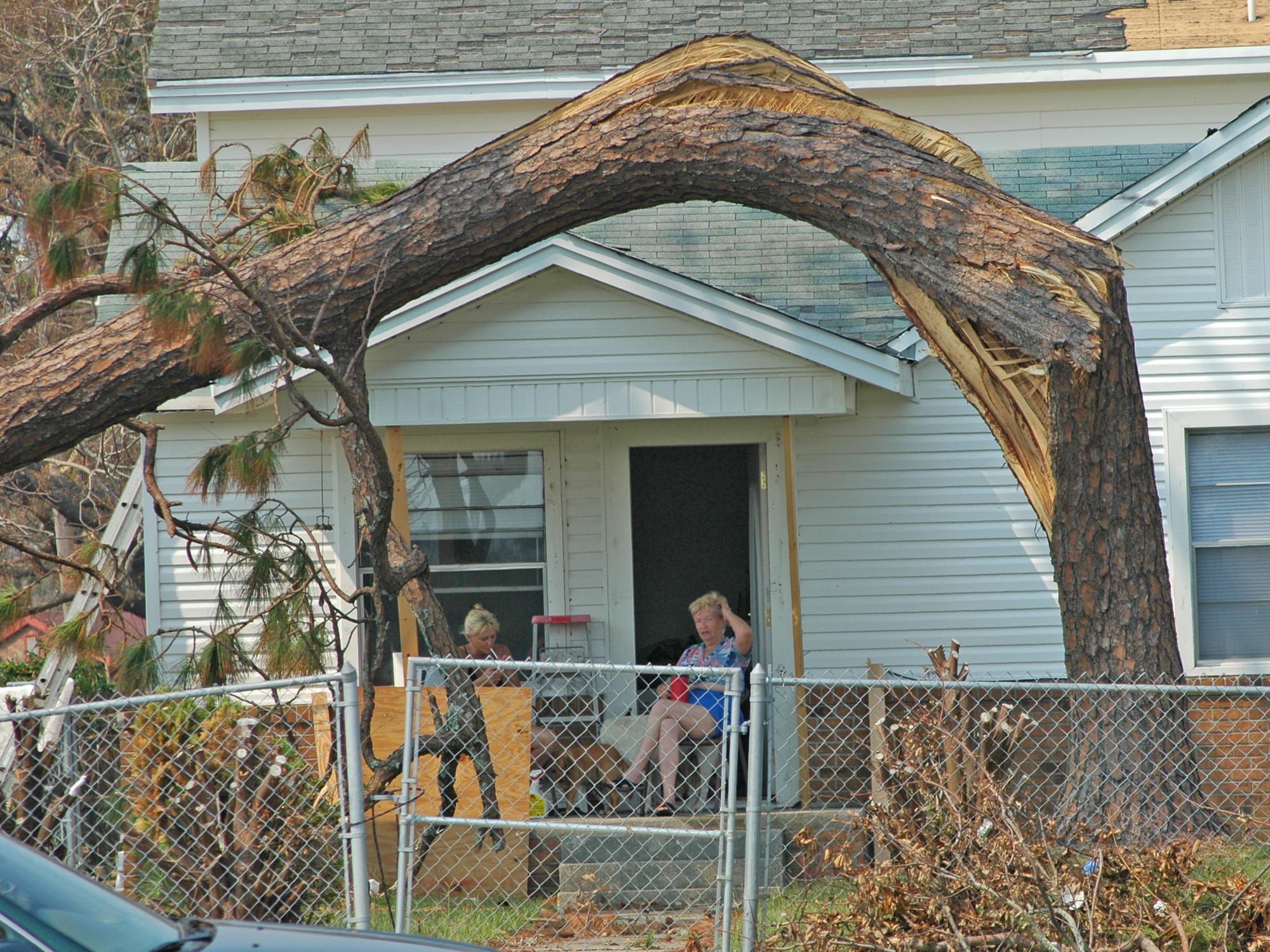
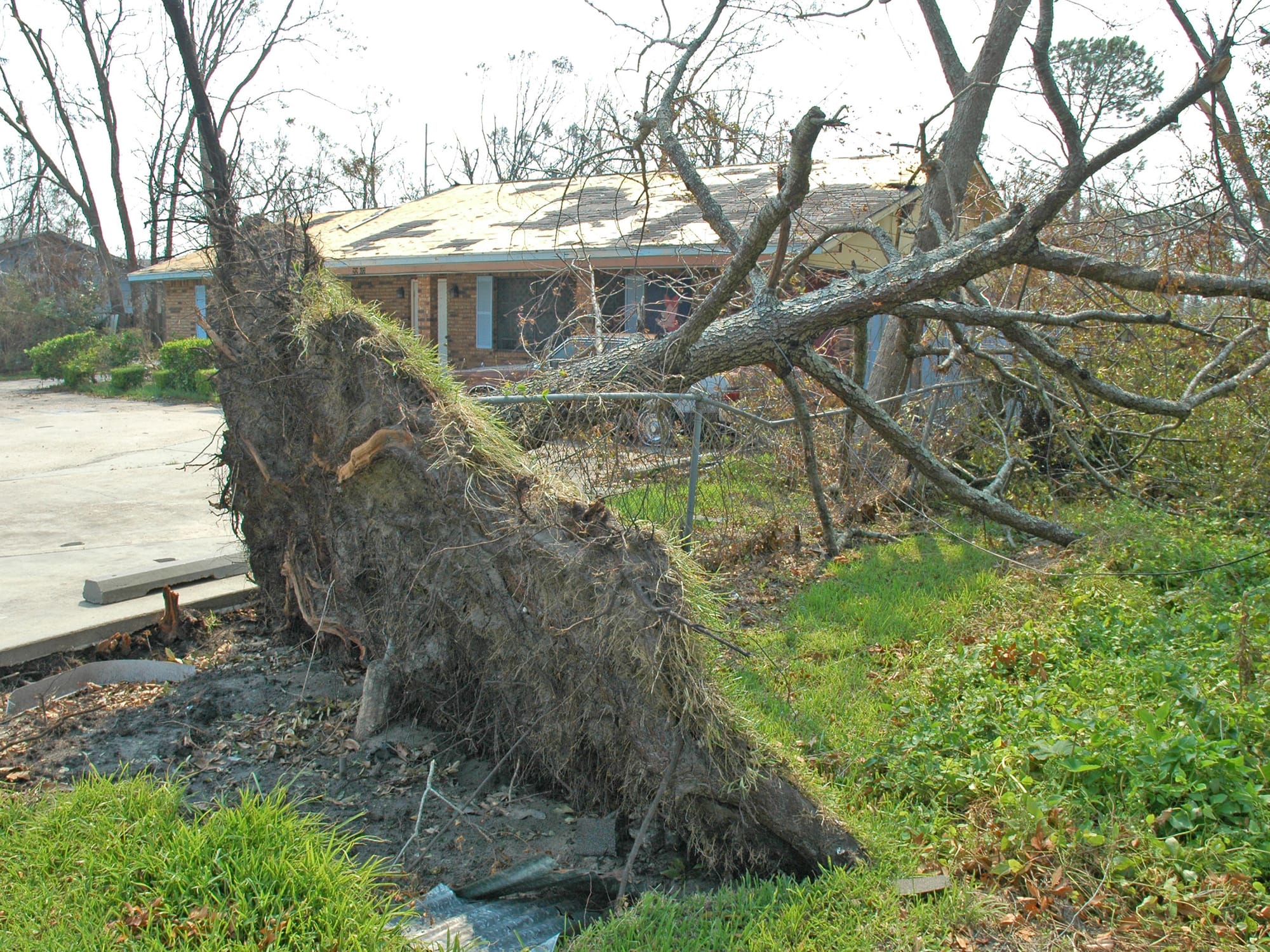
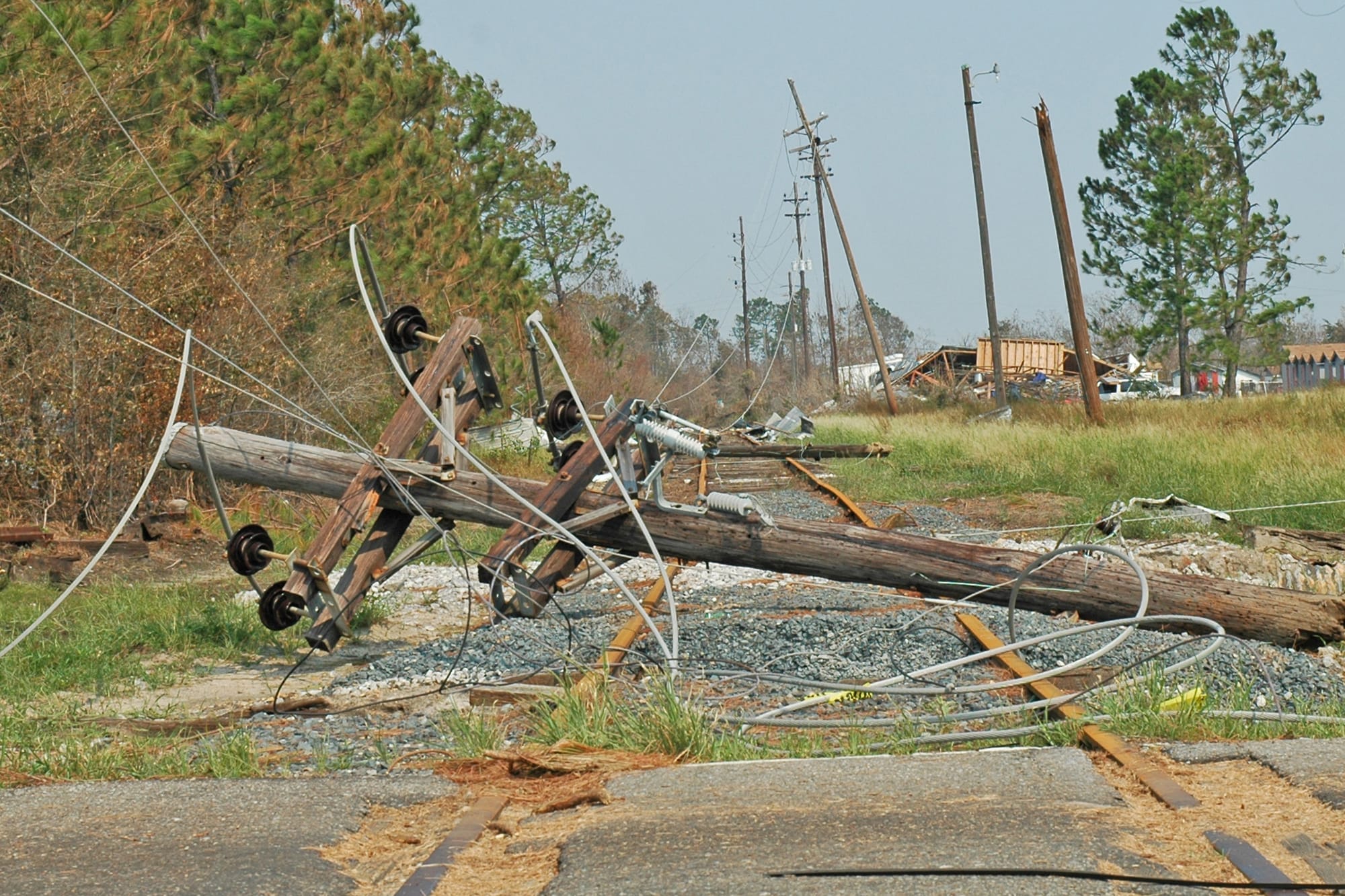
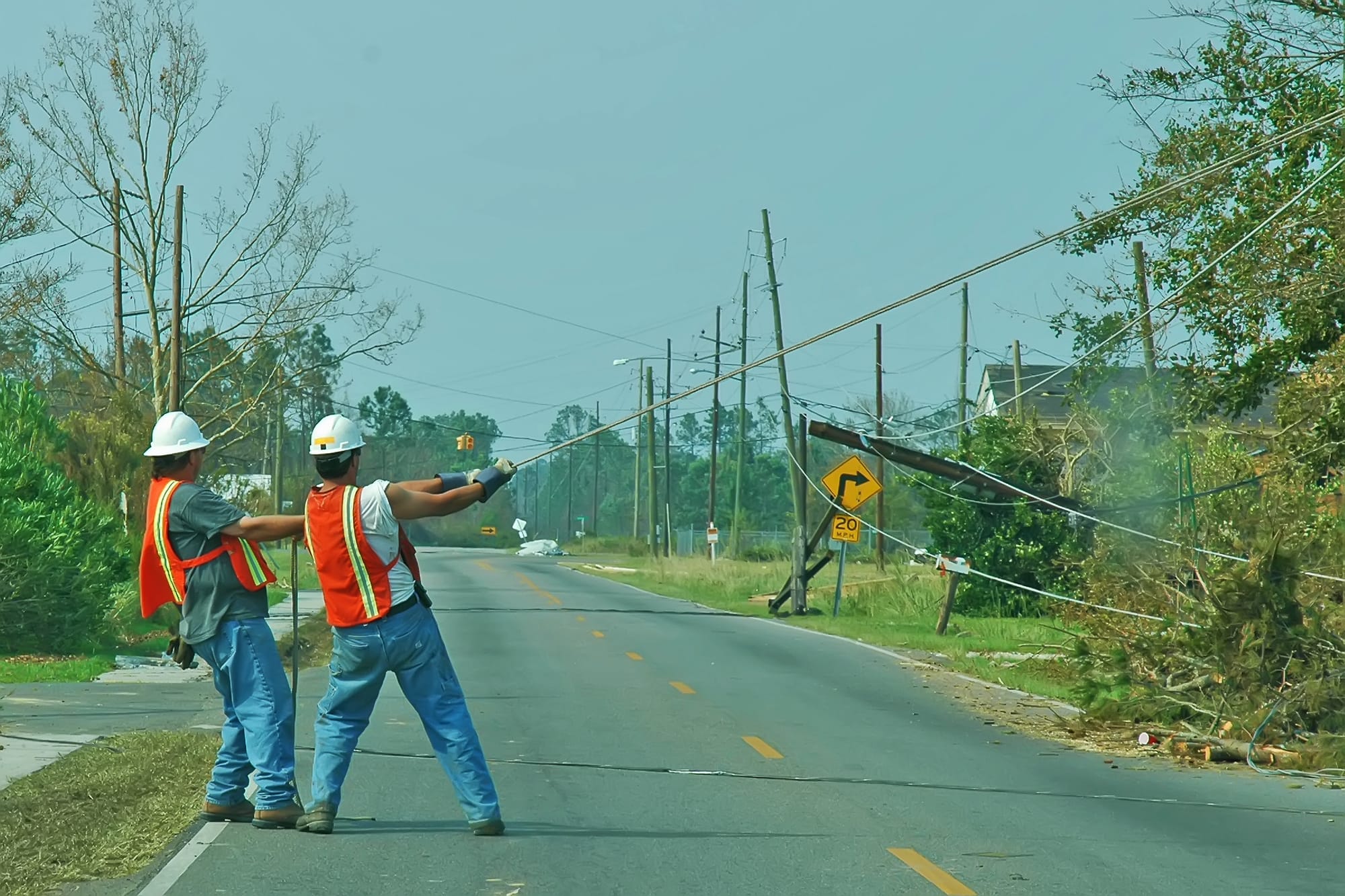
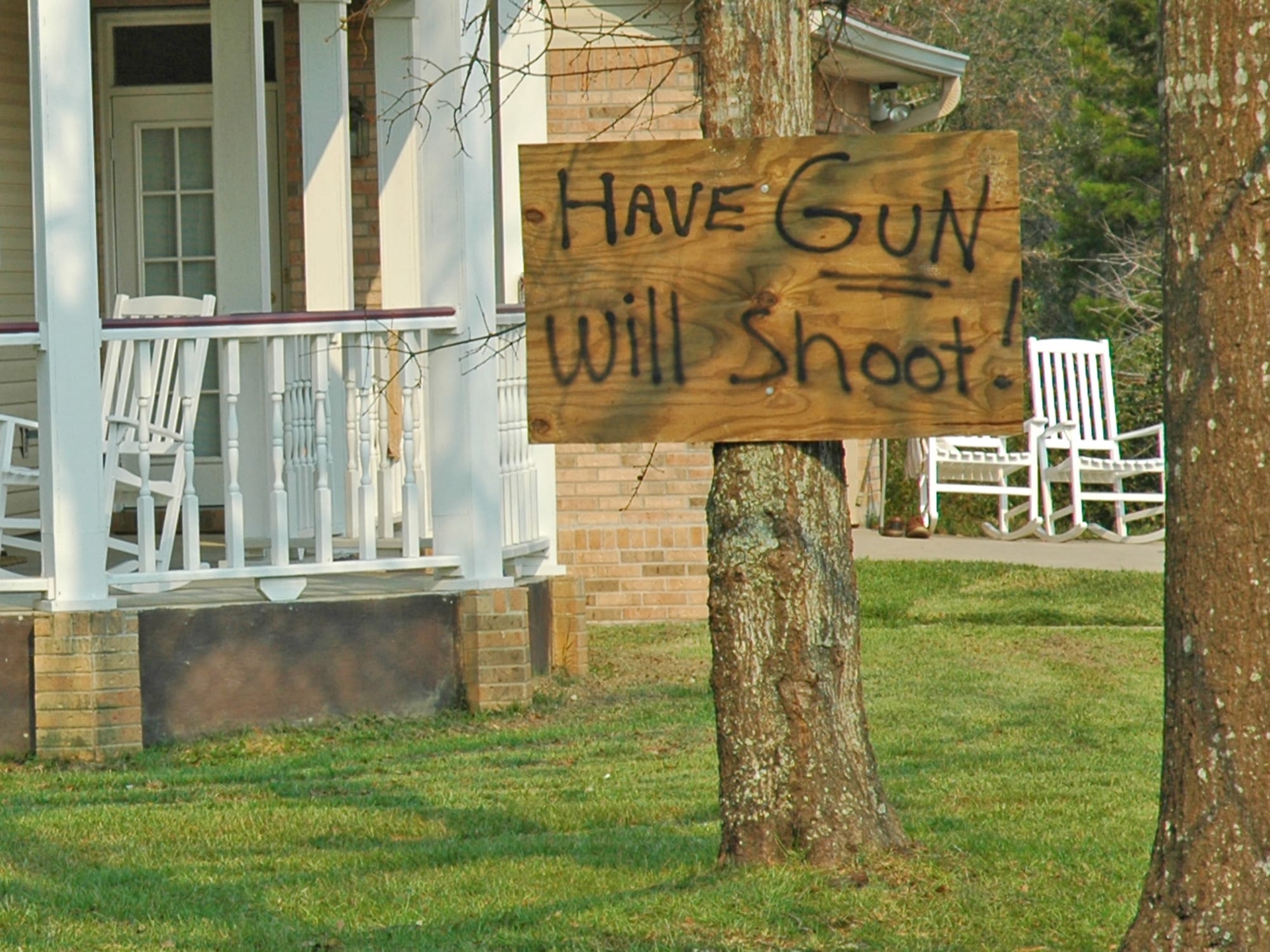
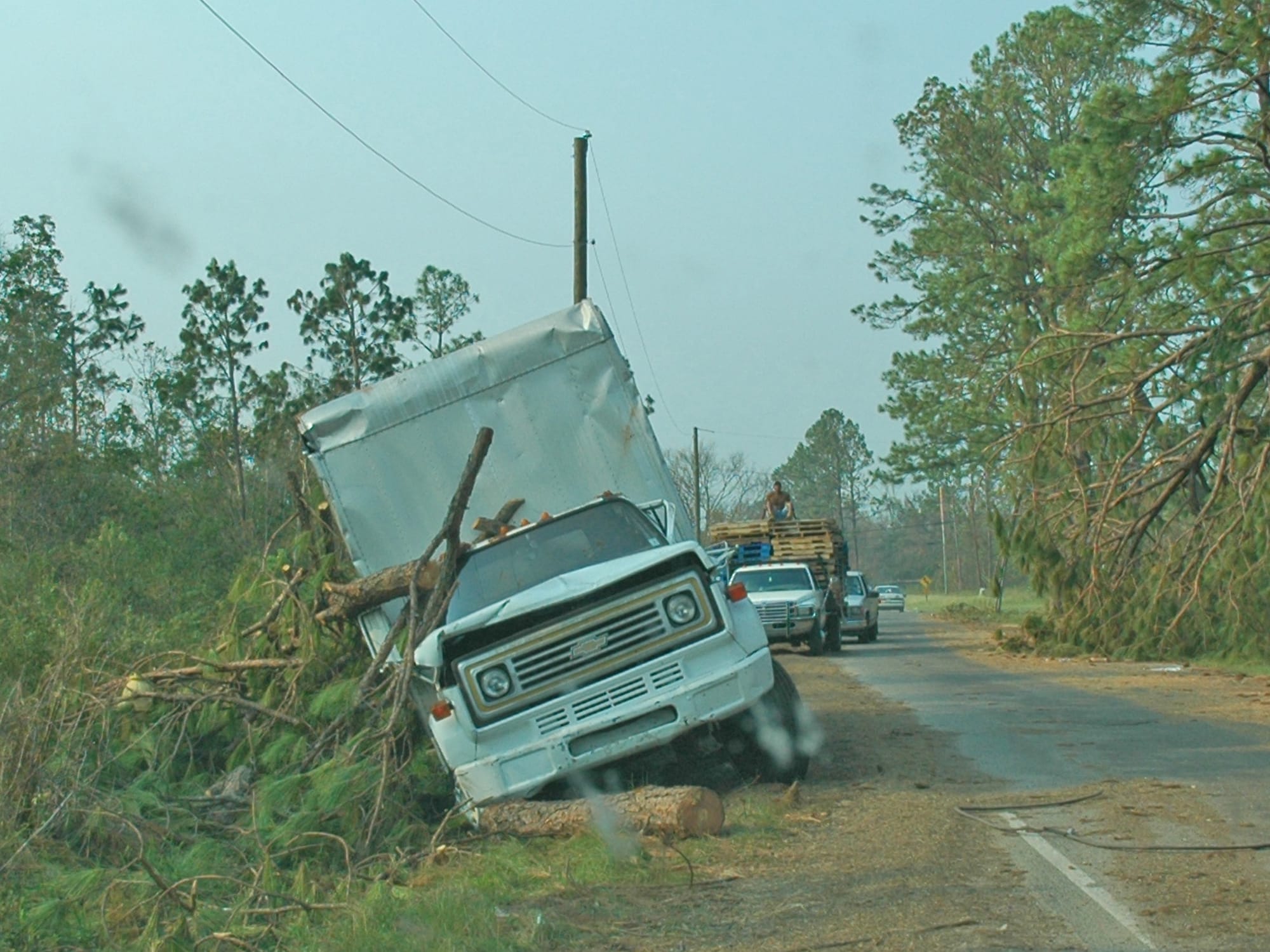
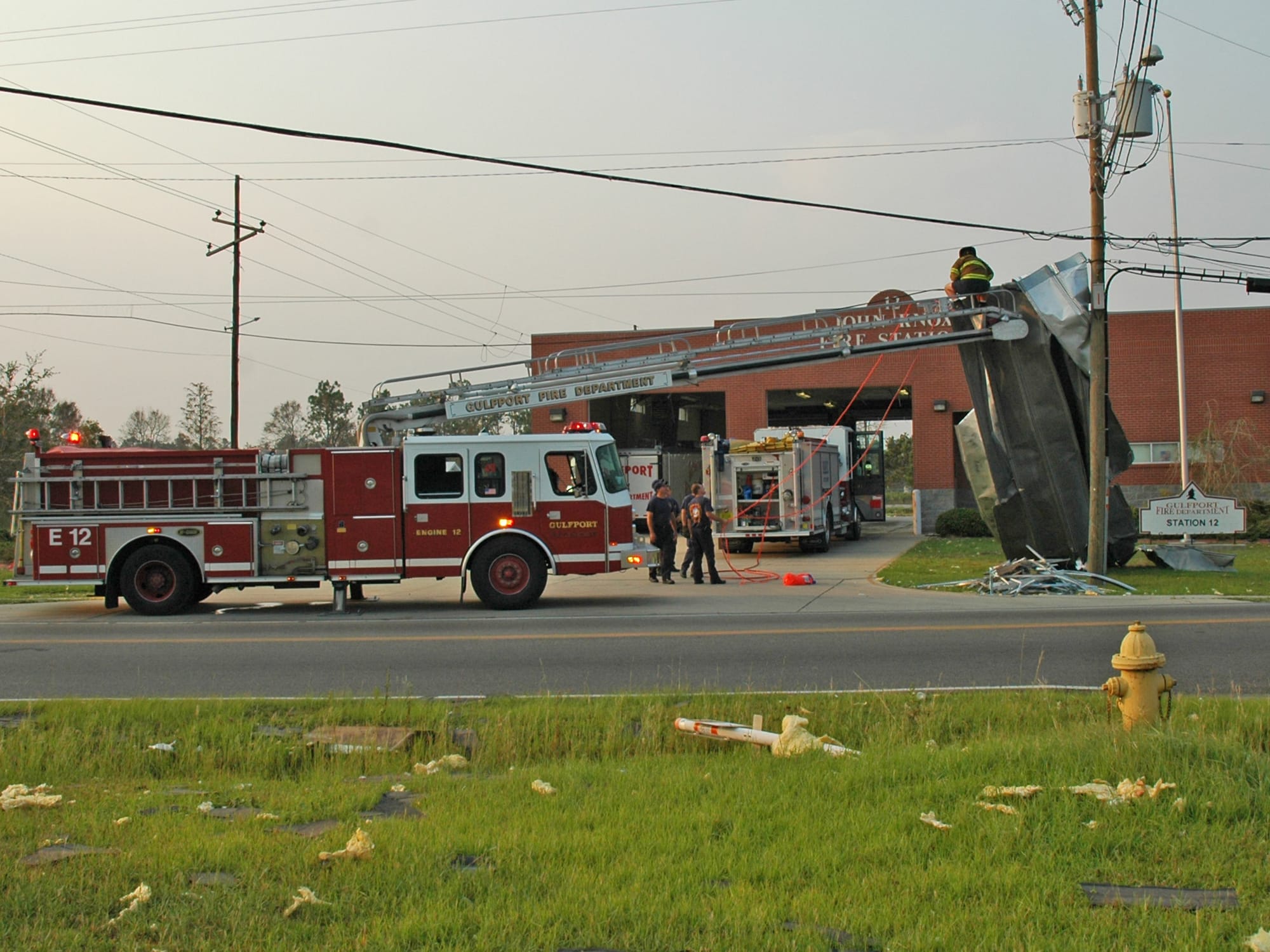
Gulfport wasn't hit as hard as the areas we would see in the next few days, but there were signs of the hurricane everywhere. Things had changed a lot since our visit to the area just two weeks before Katrina.
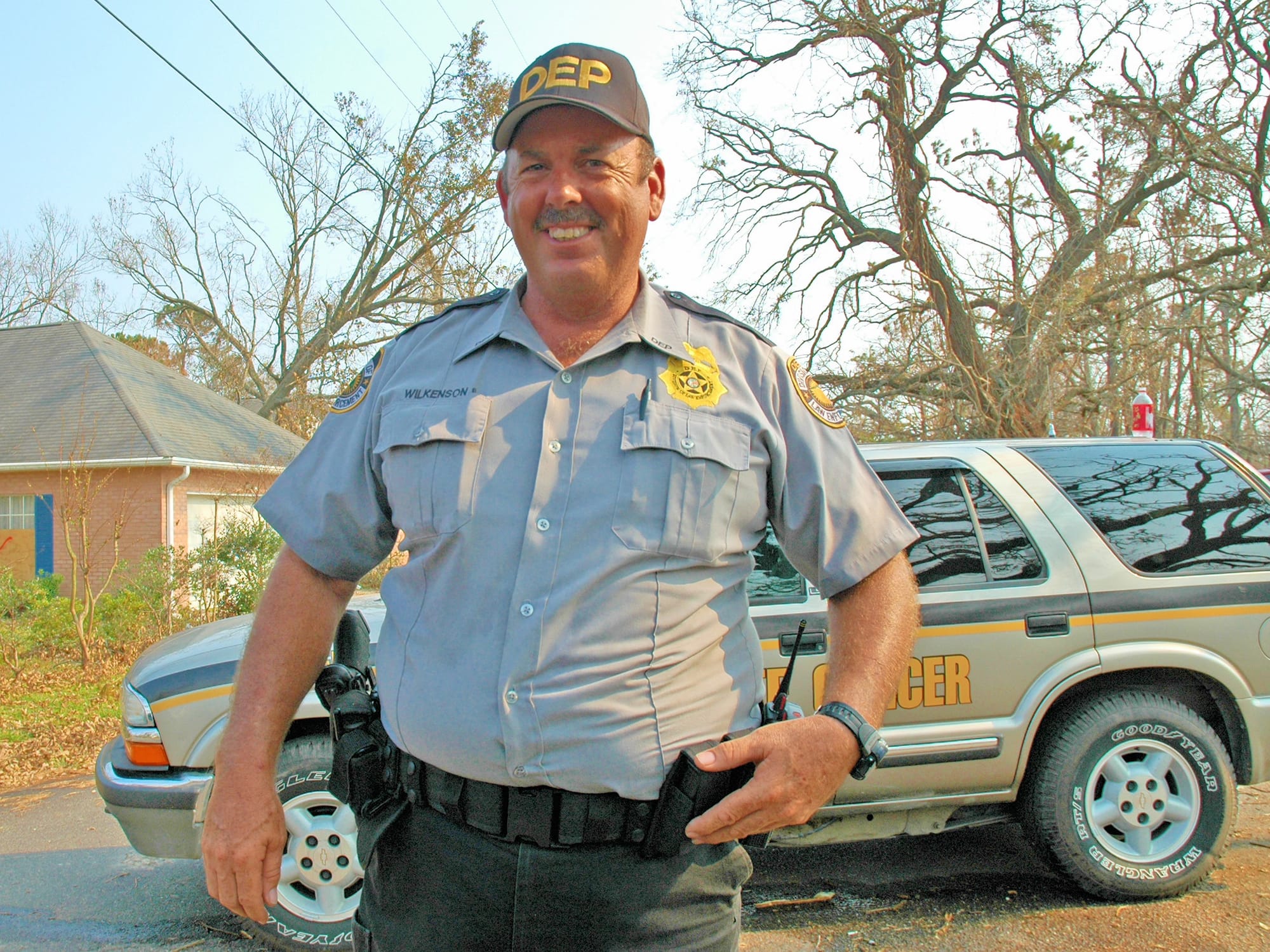
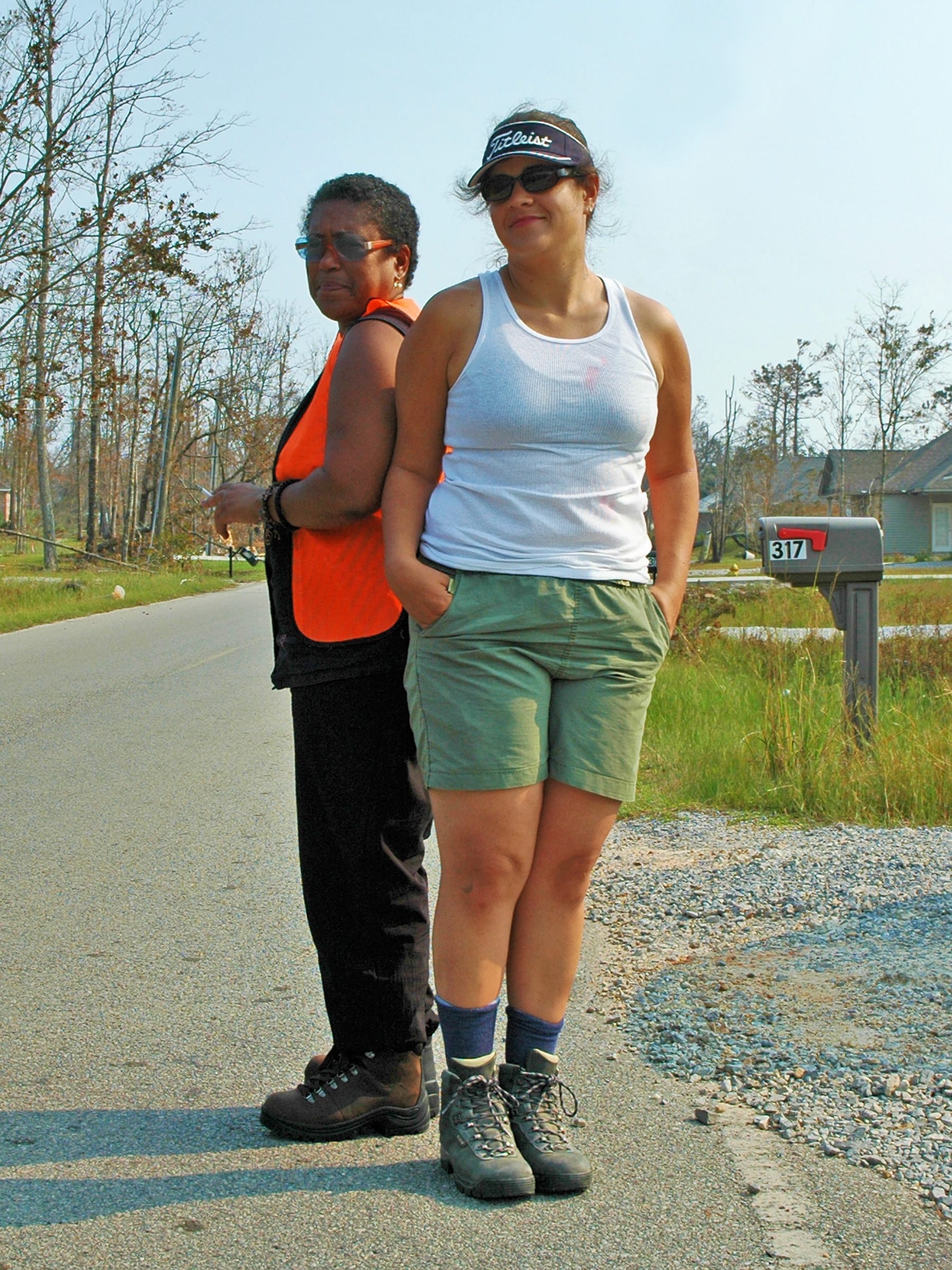
There were police checkpoints everywhere.
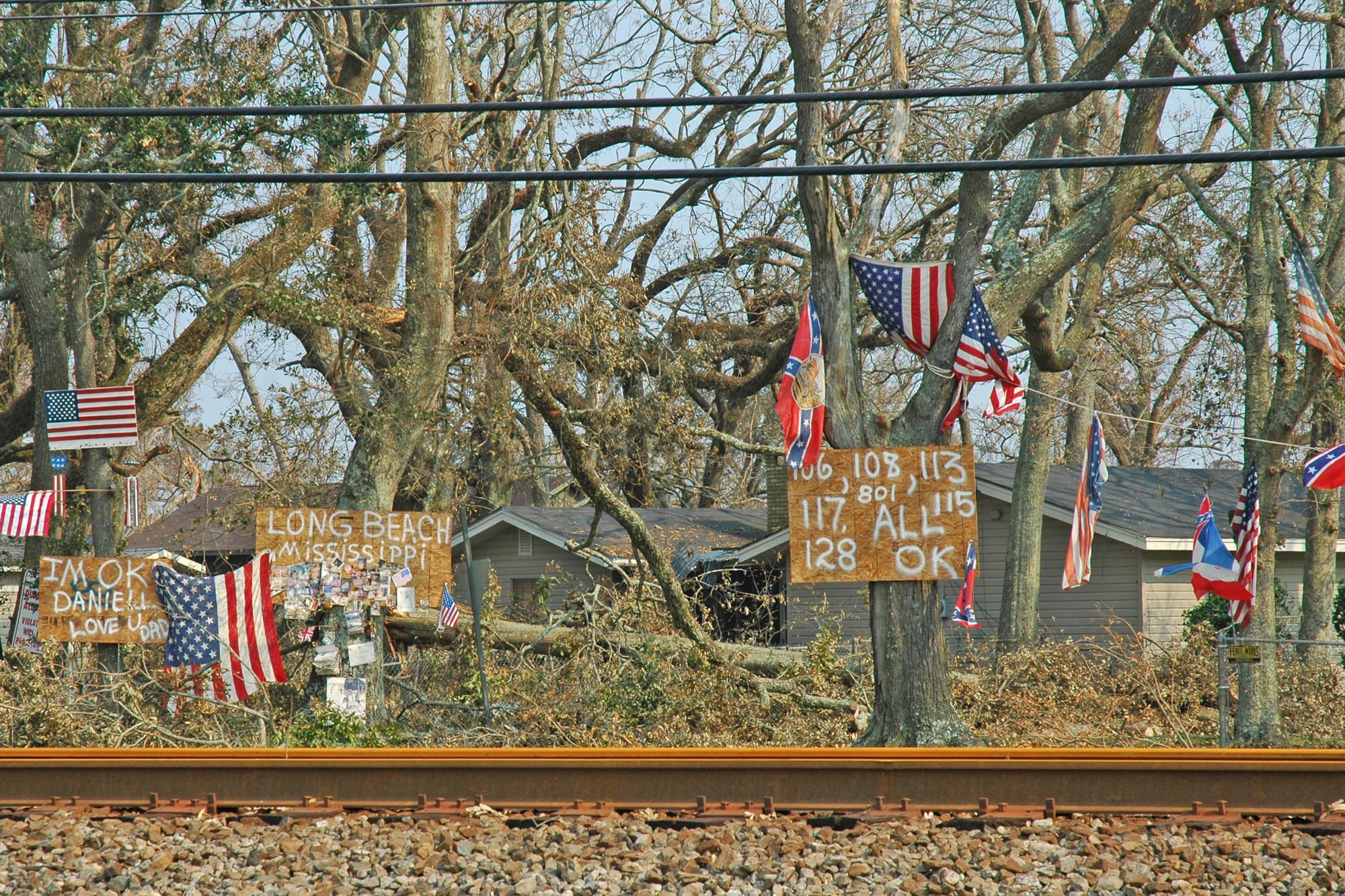
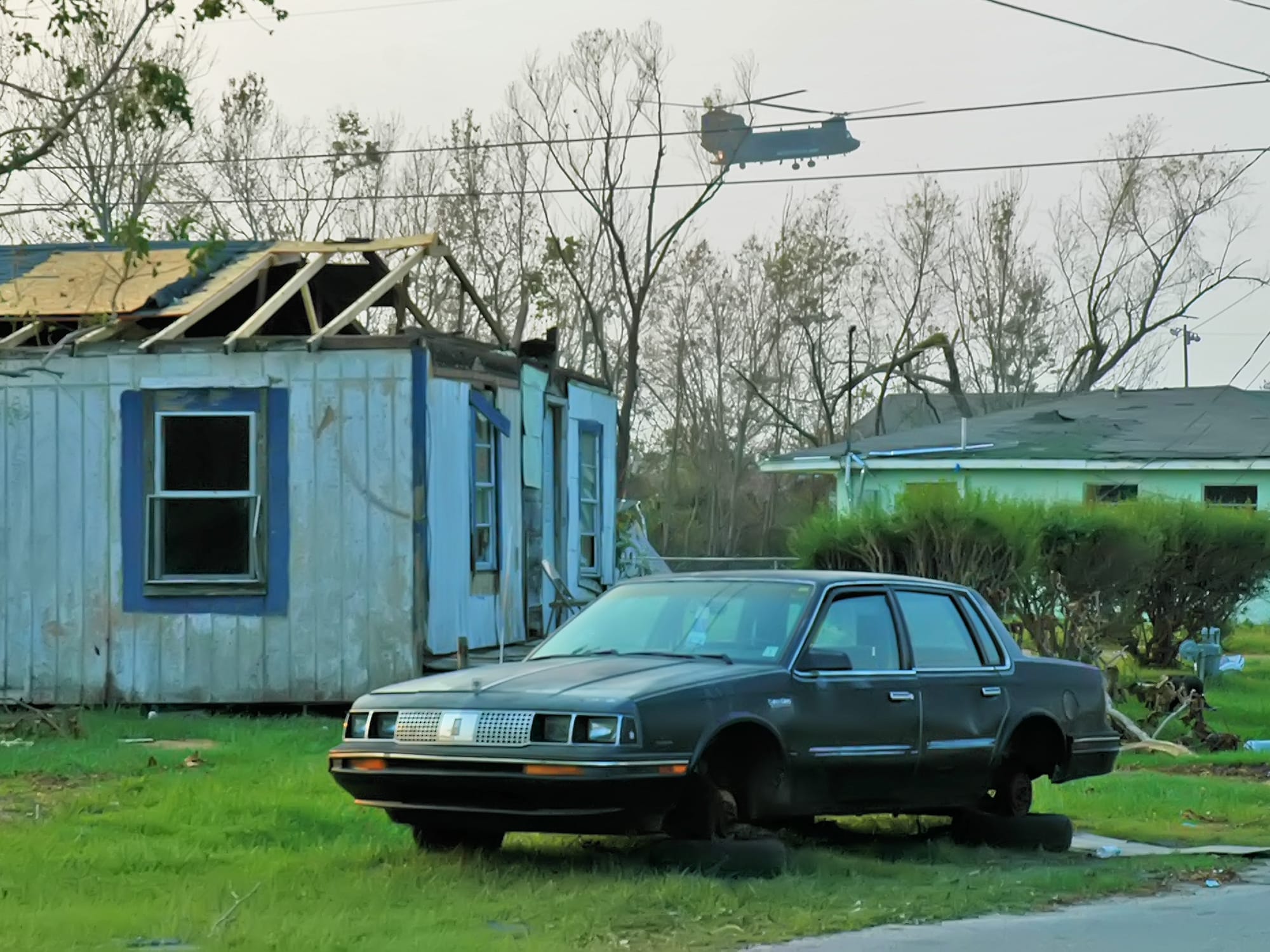
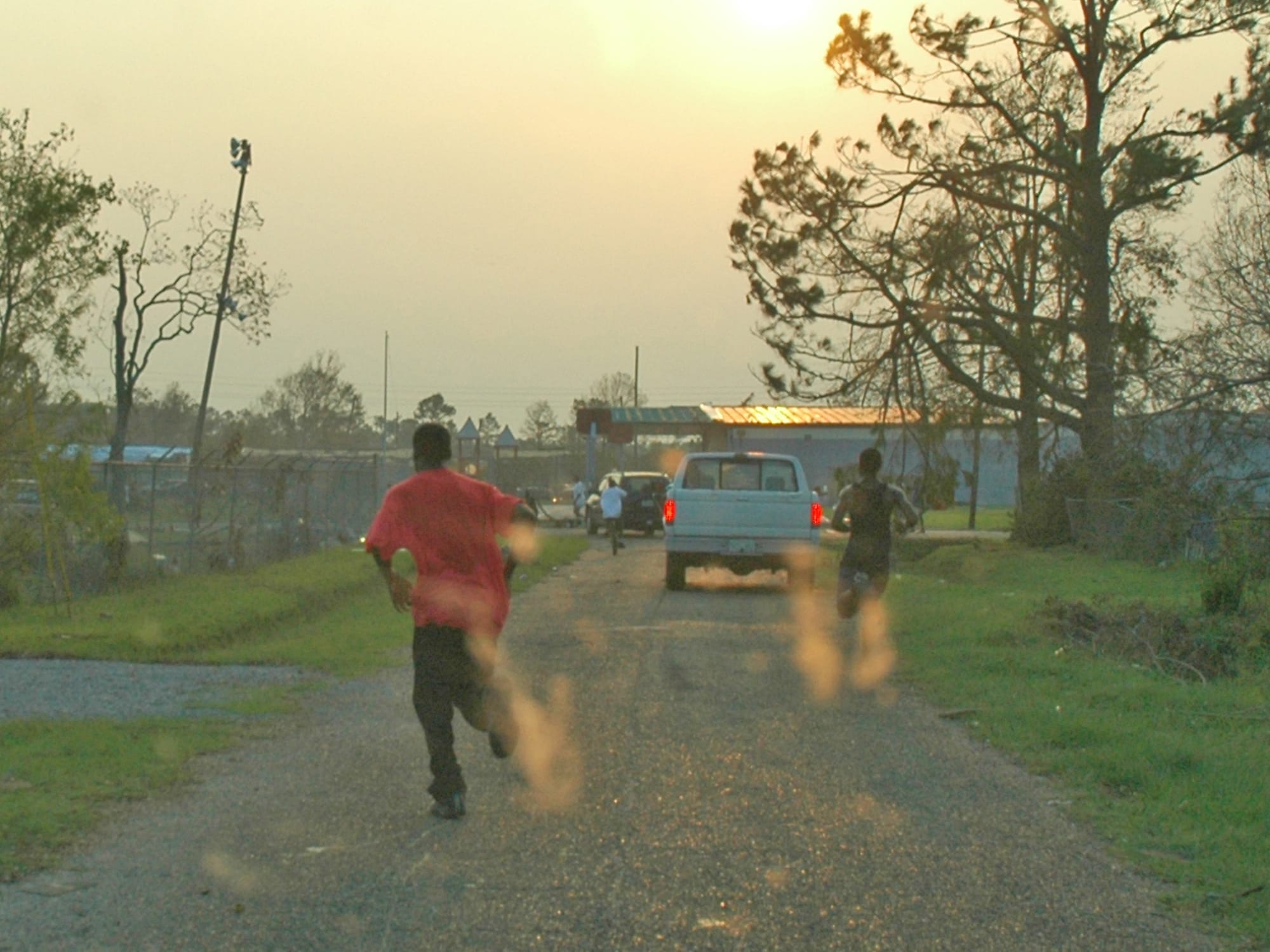
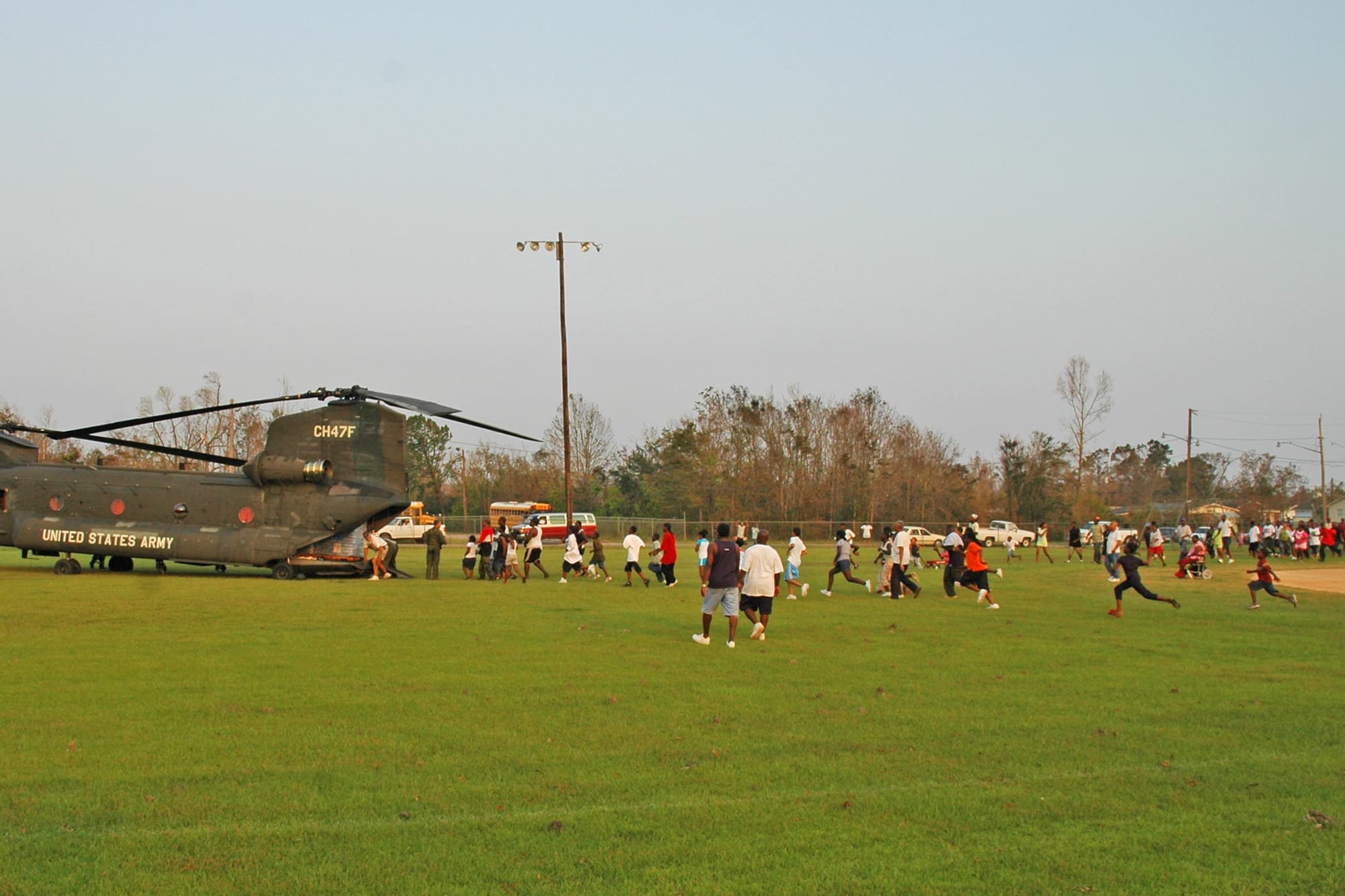
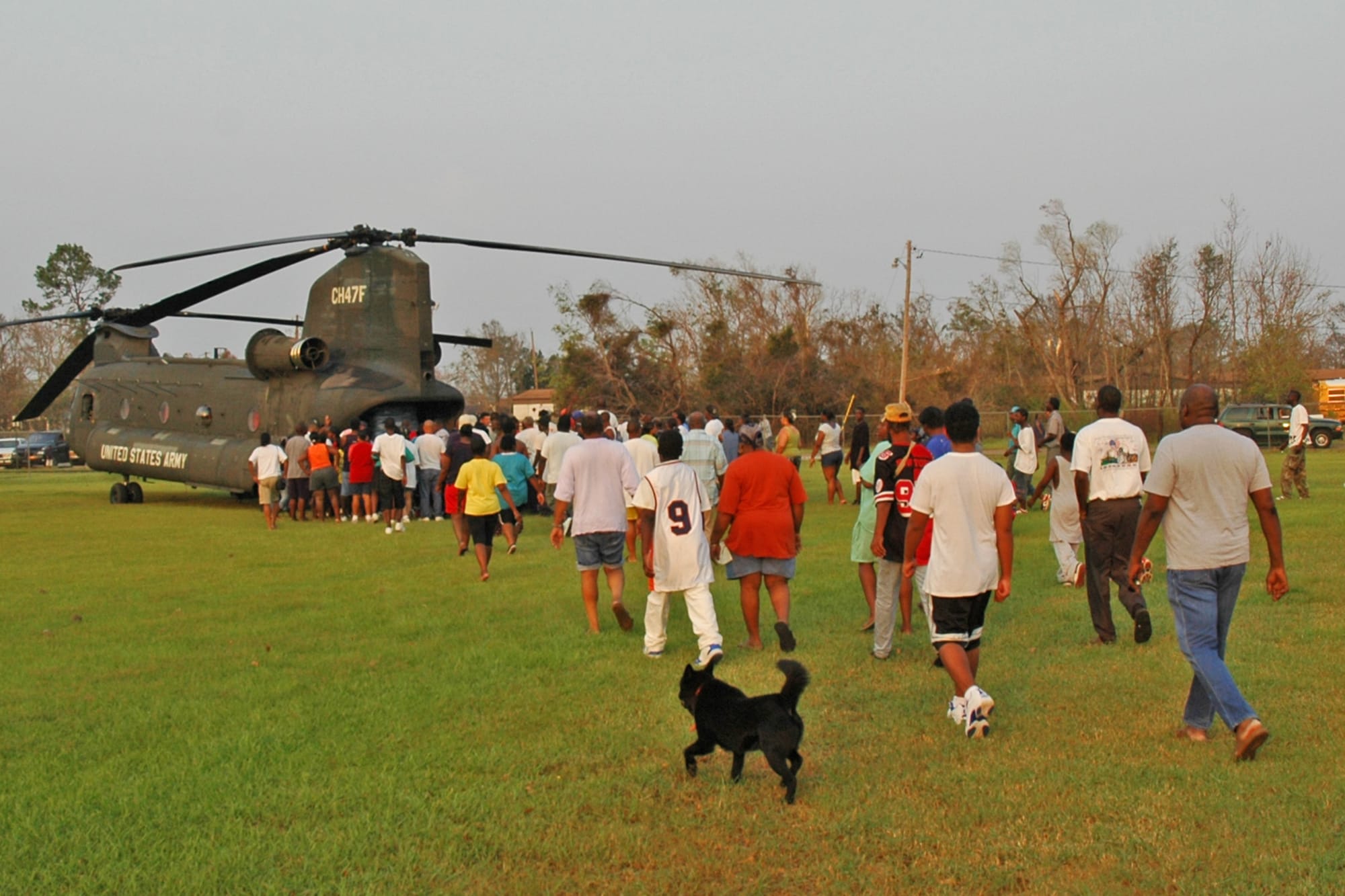
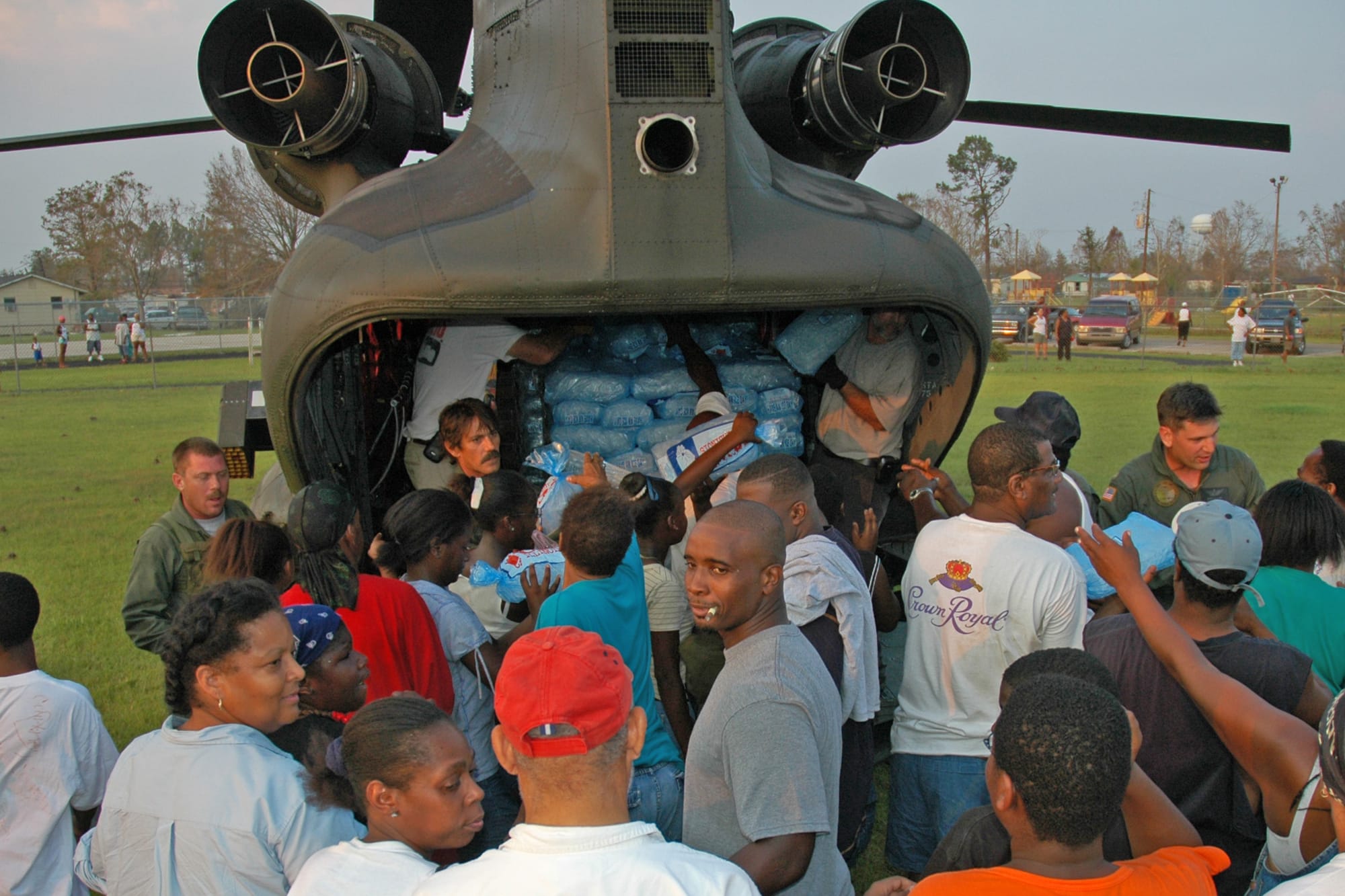
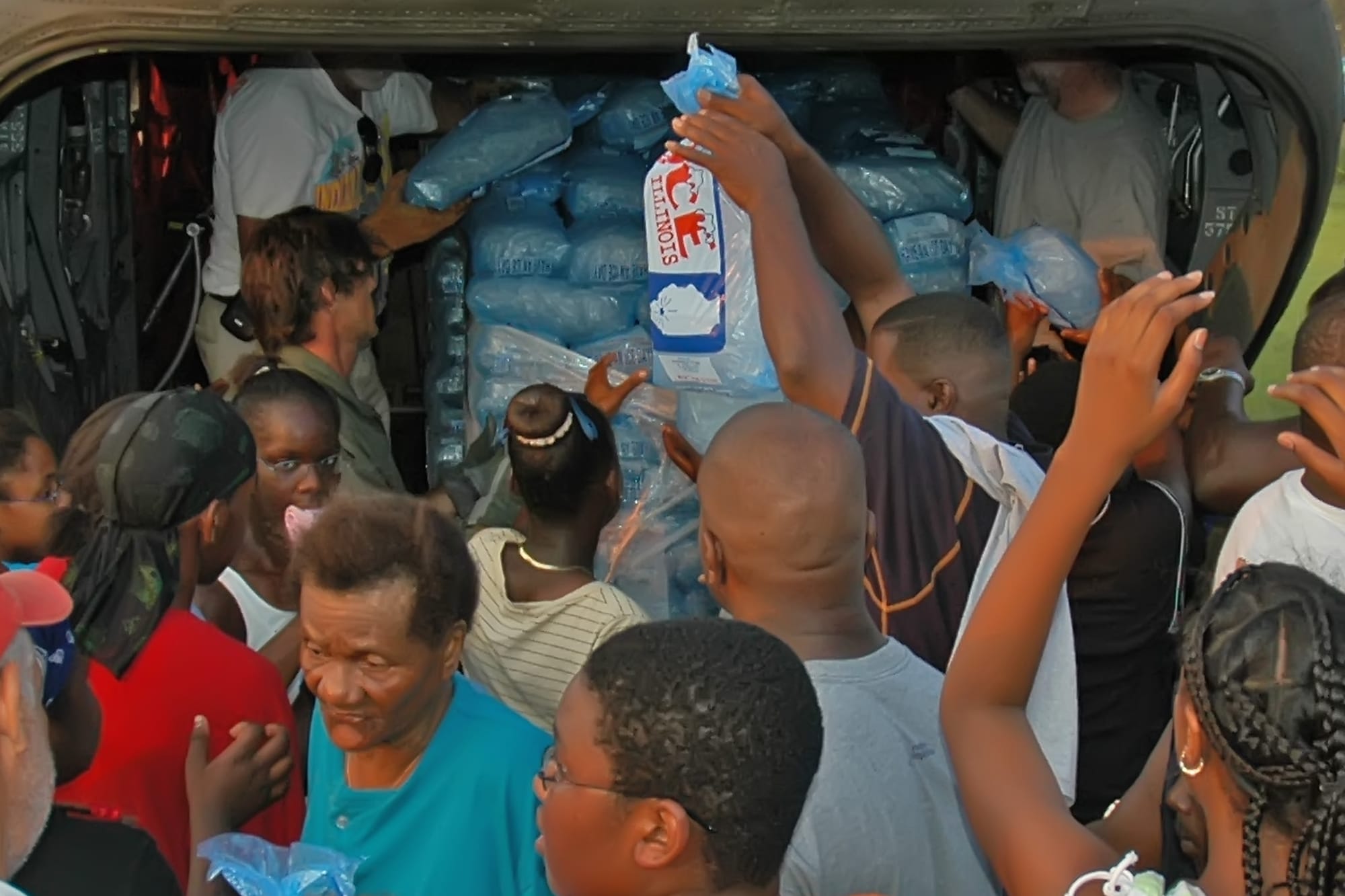
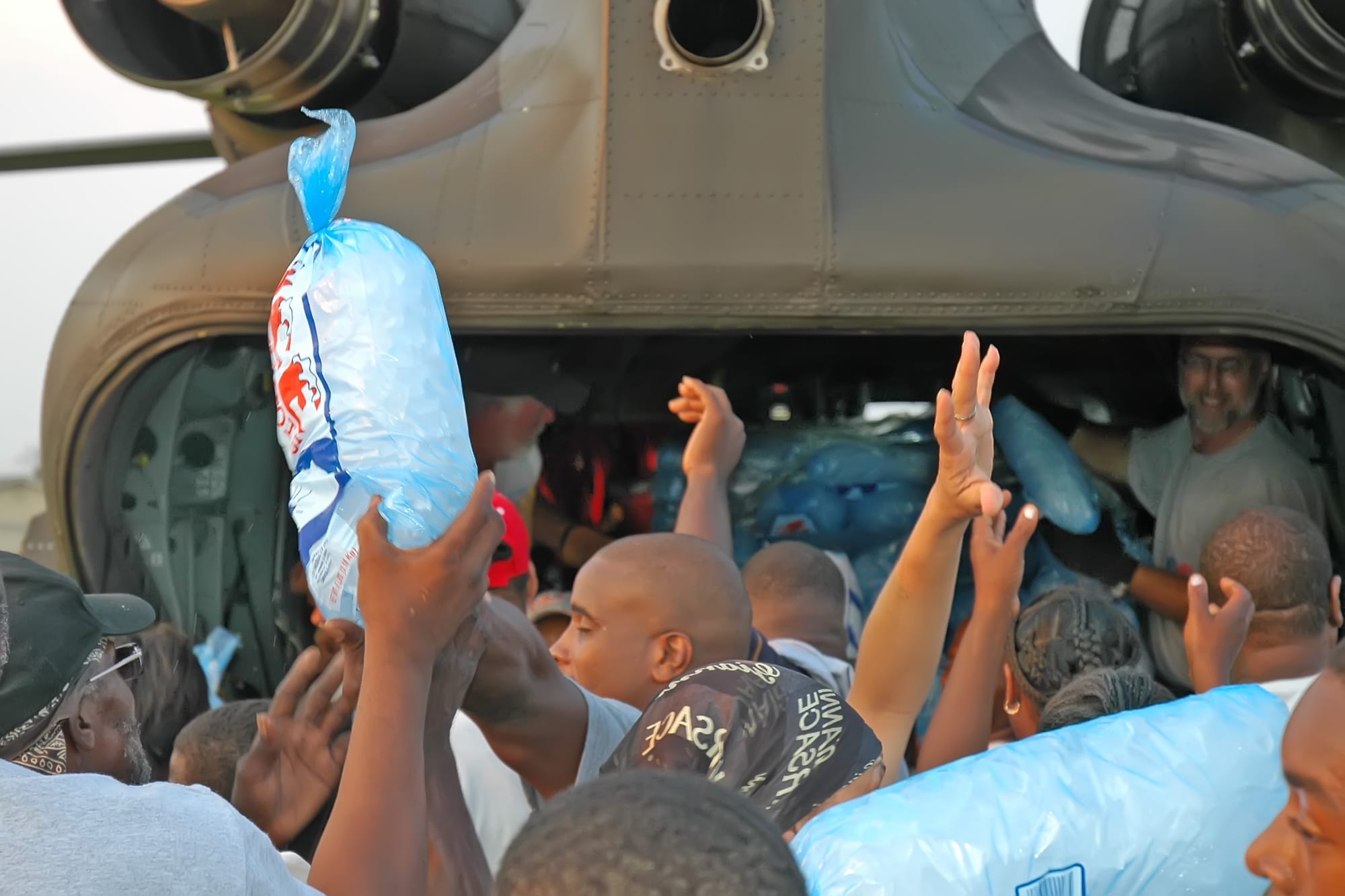
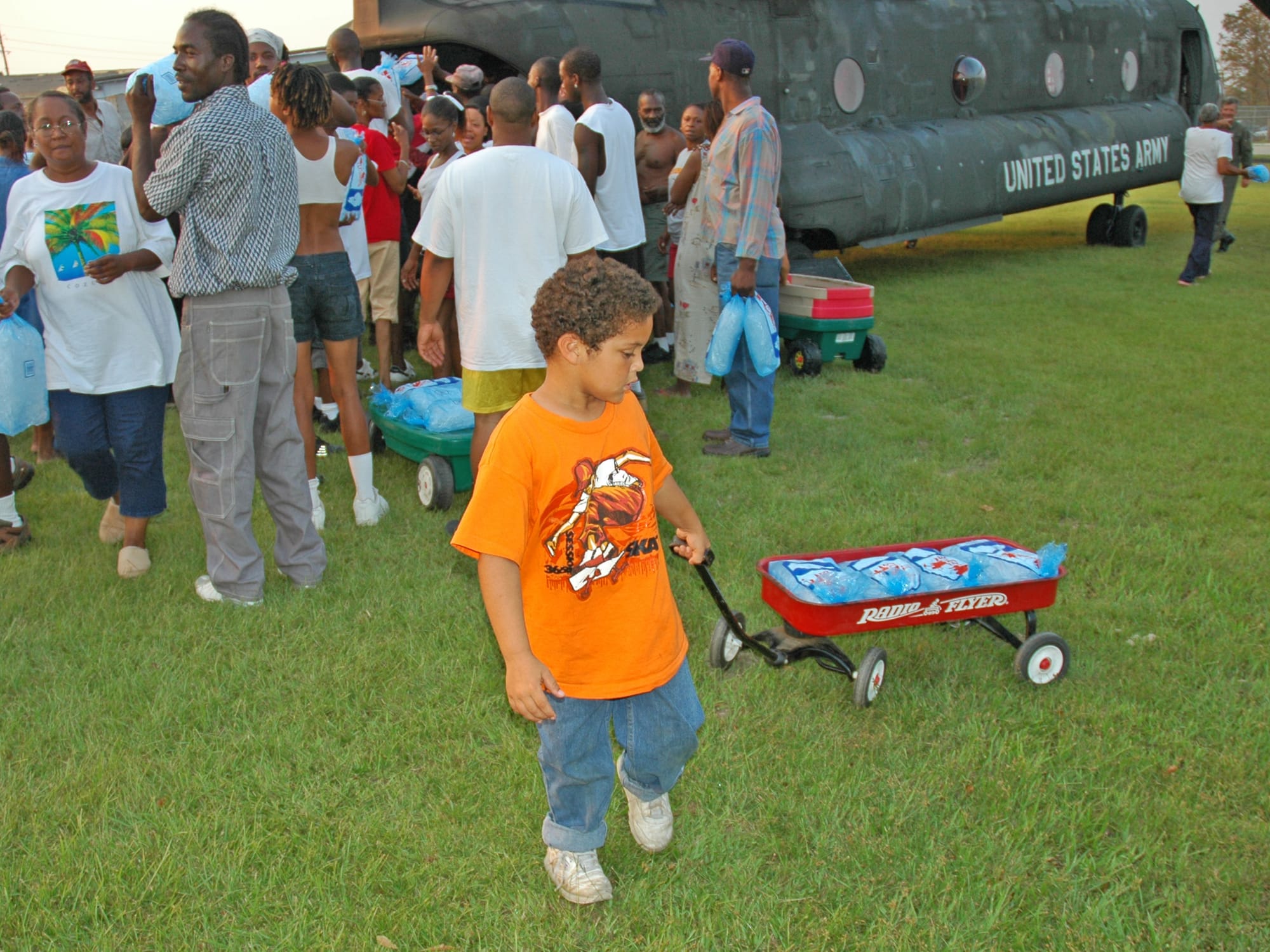
There was no electrical power or drinkable water in our area during that first week, so the Army did airdrops of ice and water to the playground of North Gulfport Middle School each day. The sound of the approaching CH-47 chopper made everyone run to the landing area, and the unloading was calm and orderly, with everyone passing ice and water overheard to the frail and/or elderly people in the back who couldn't push their way up to the front.
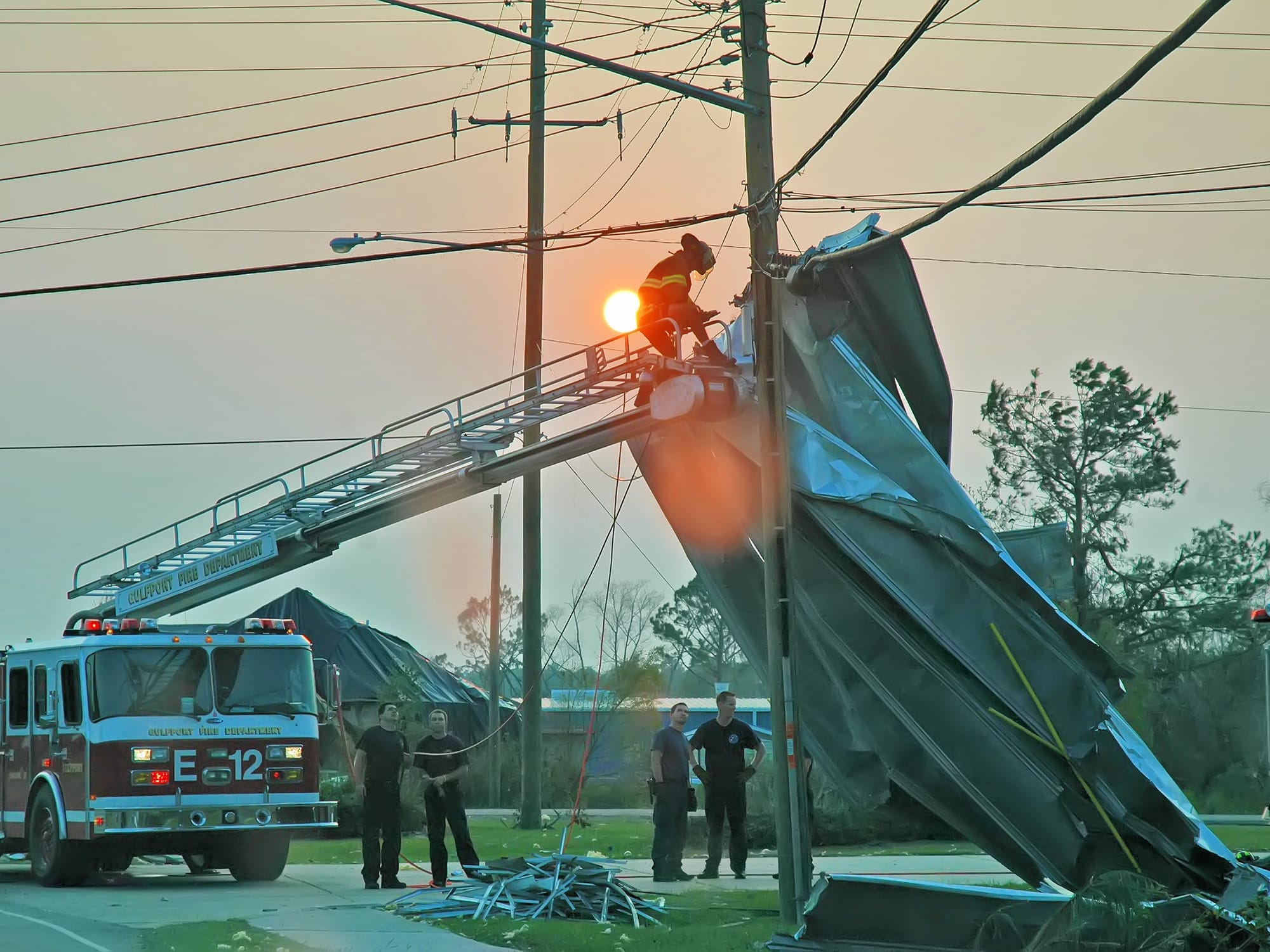
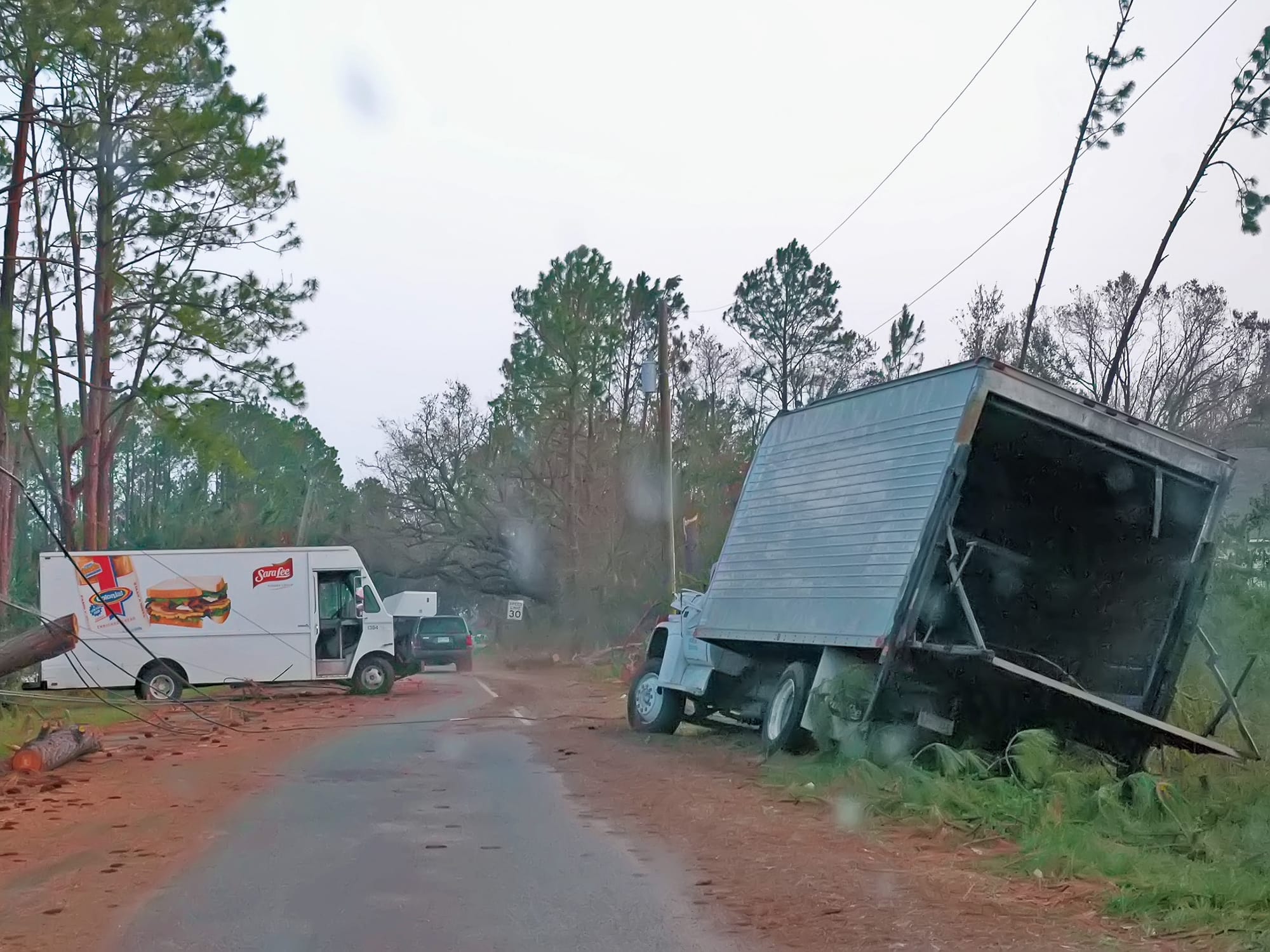
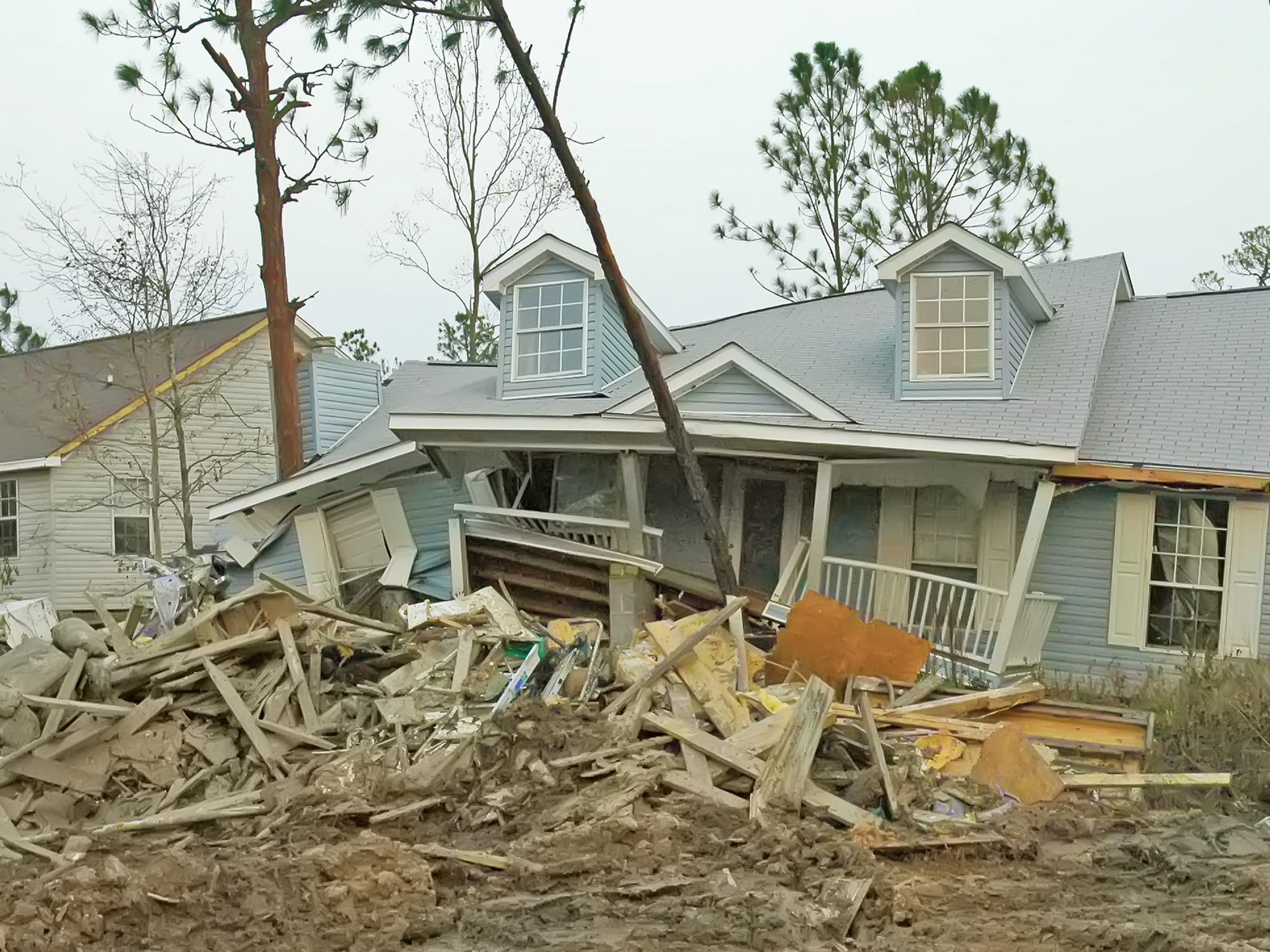
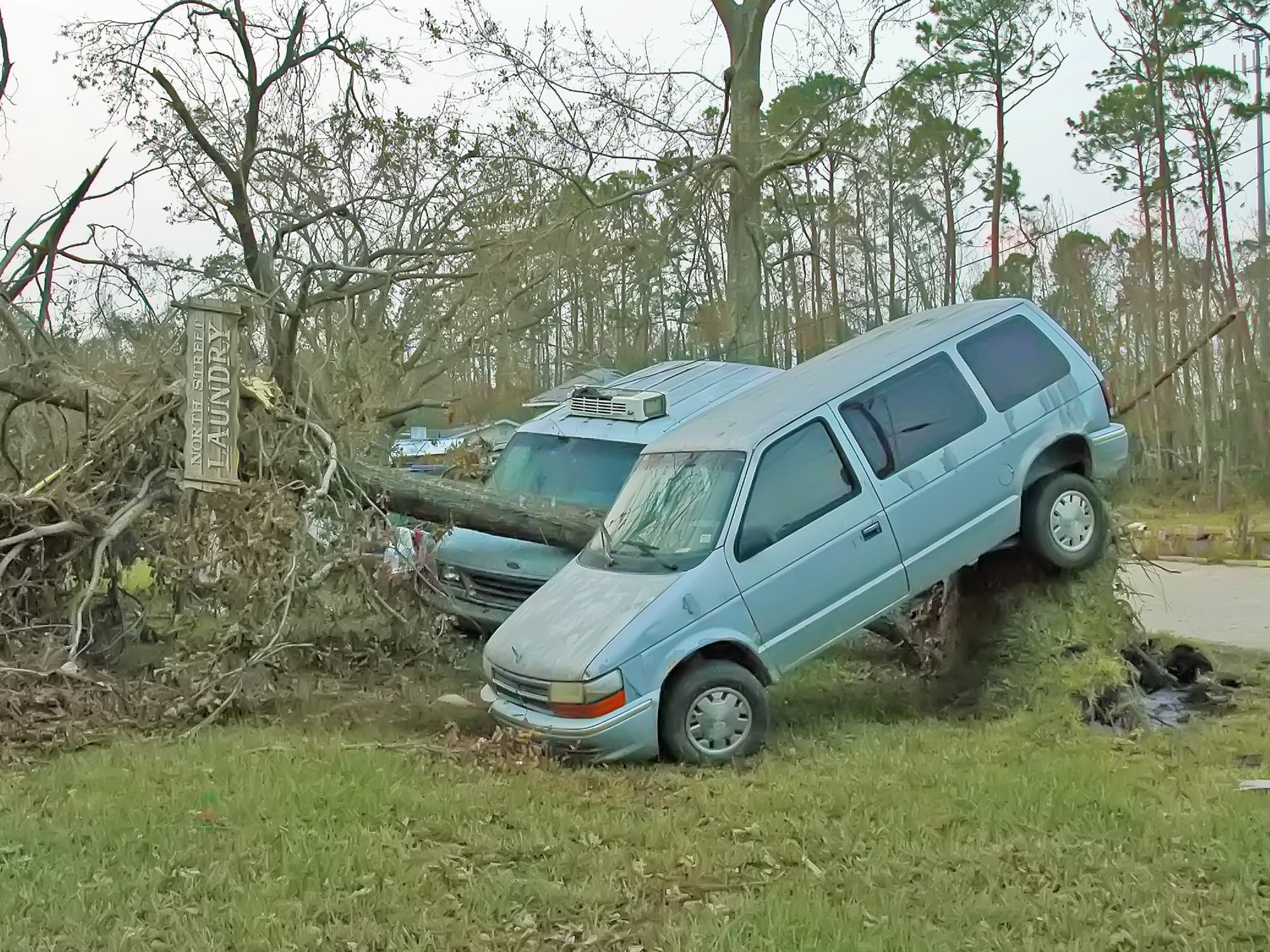
An early evening drive over to Pass Christian, where we hoped to get access to Marsha's house before it got dark.
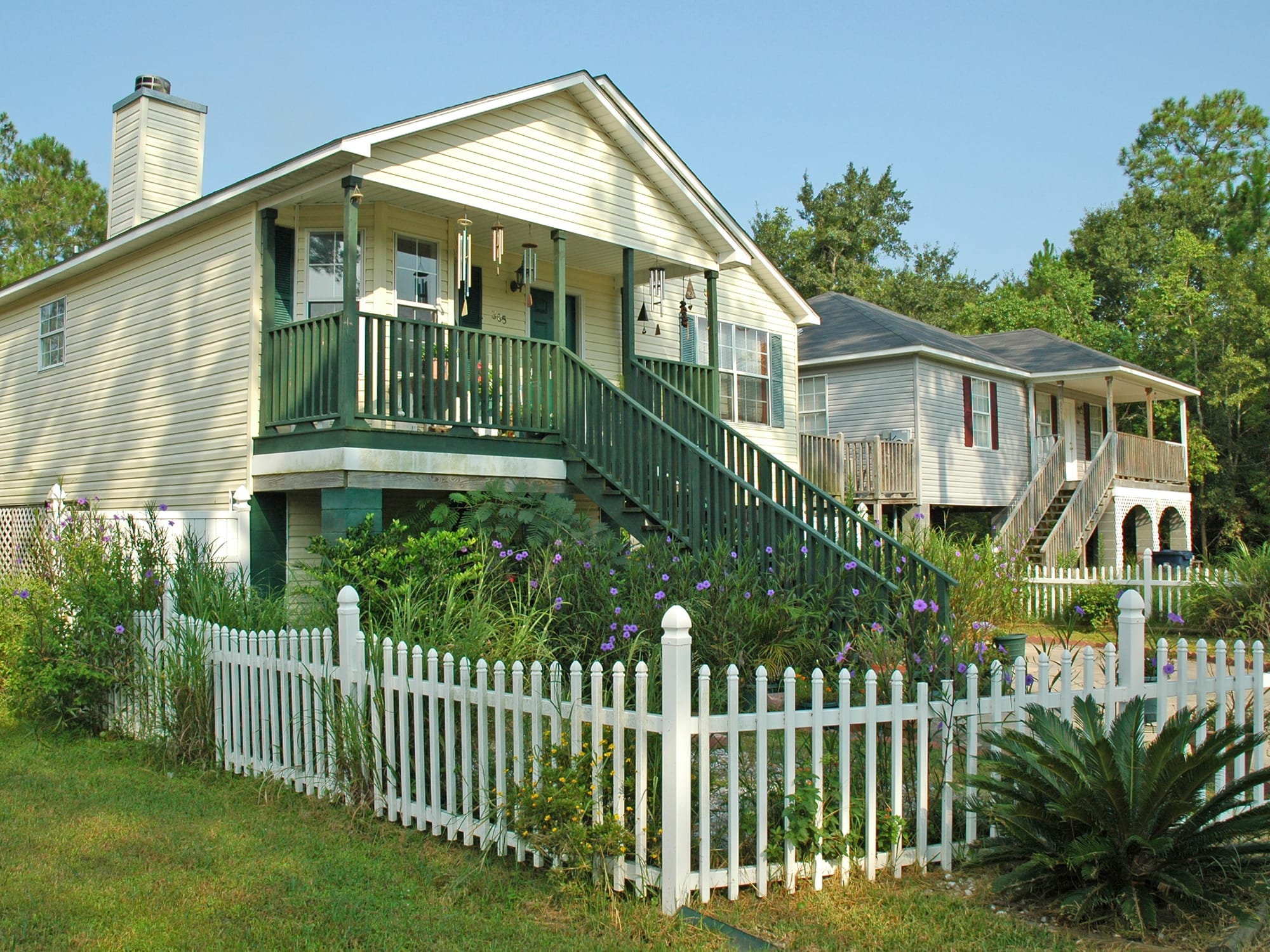
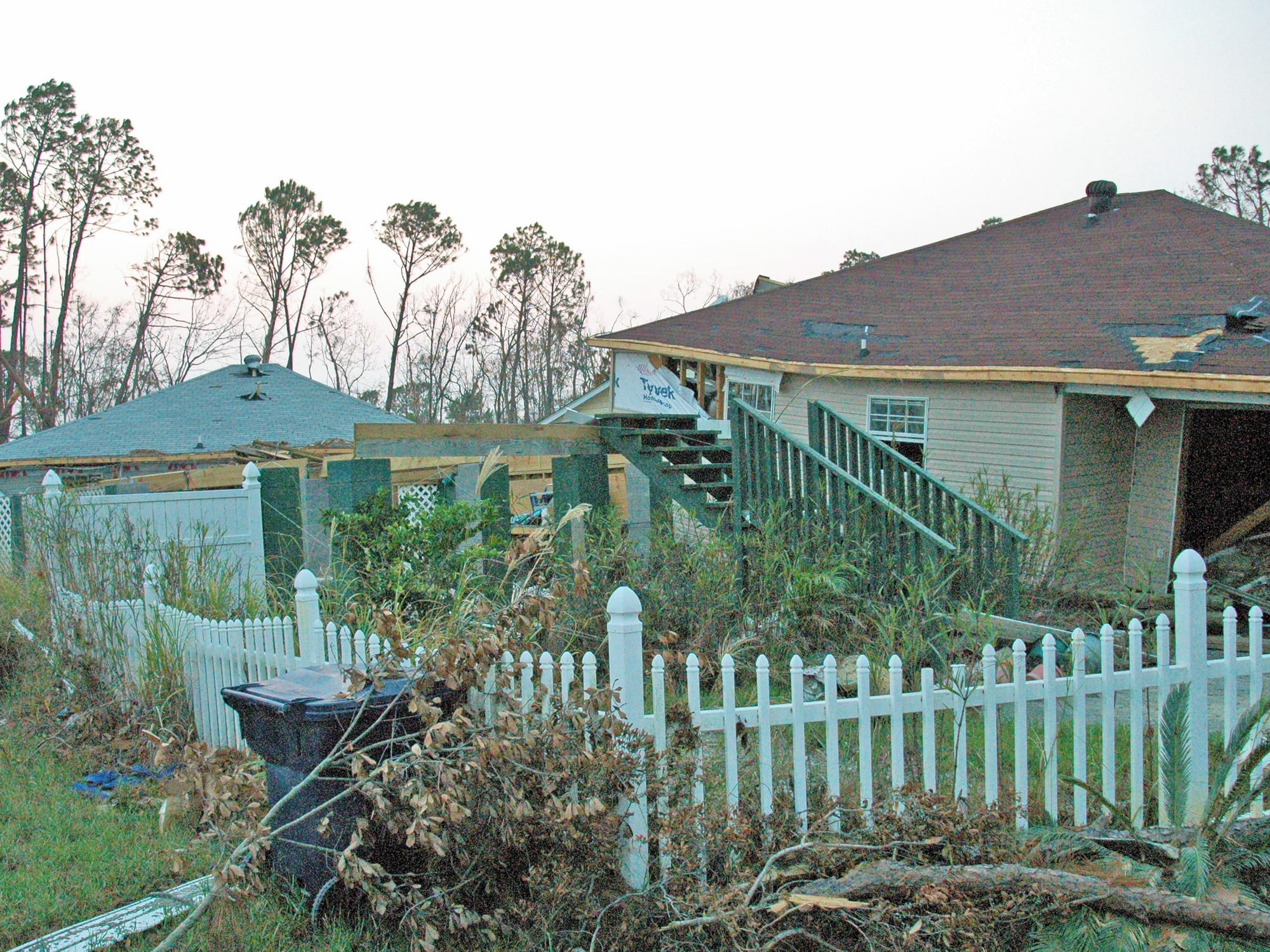
Left: Marsha's house when we had visited two weeks earlier. Right: our first look at Marsha's house after Katrina.
Arriving at Marsha's house was confusing. The fence and stairs looked familiar, but where was the house itself? As we eventually figured out, the storm surge had piled five different house up on Marsha's lot, and what was left of her house was in the midst of that massive pile of debris.
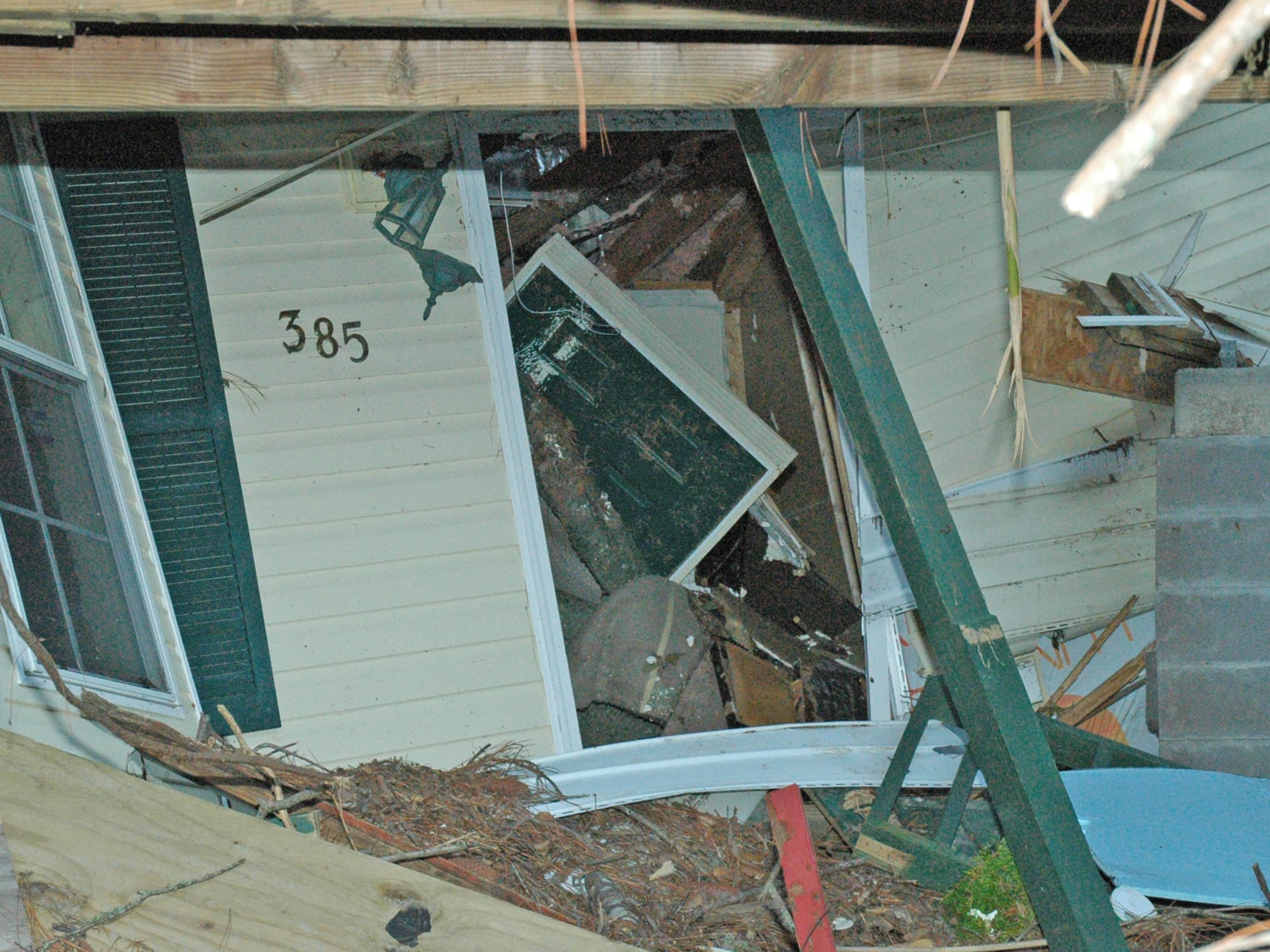
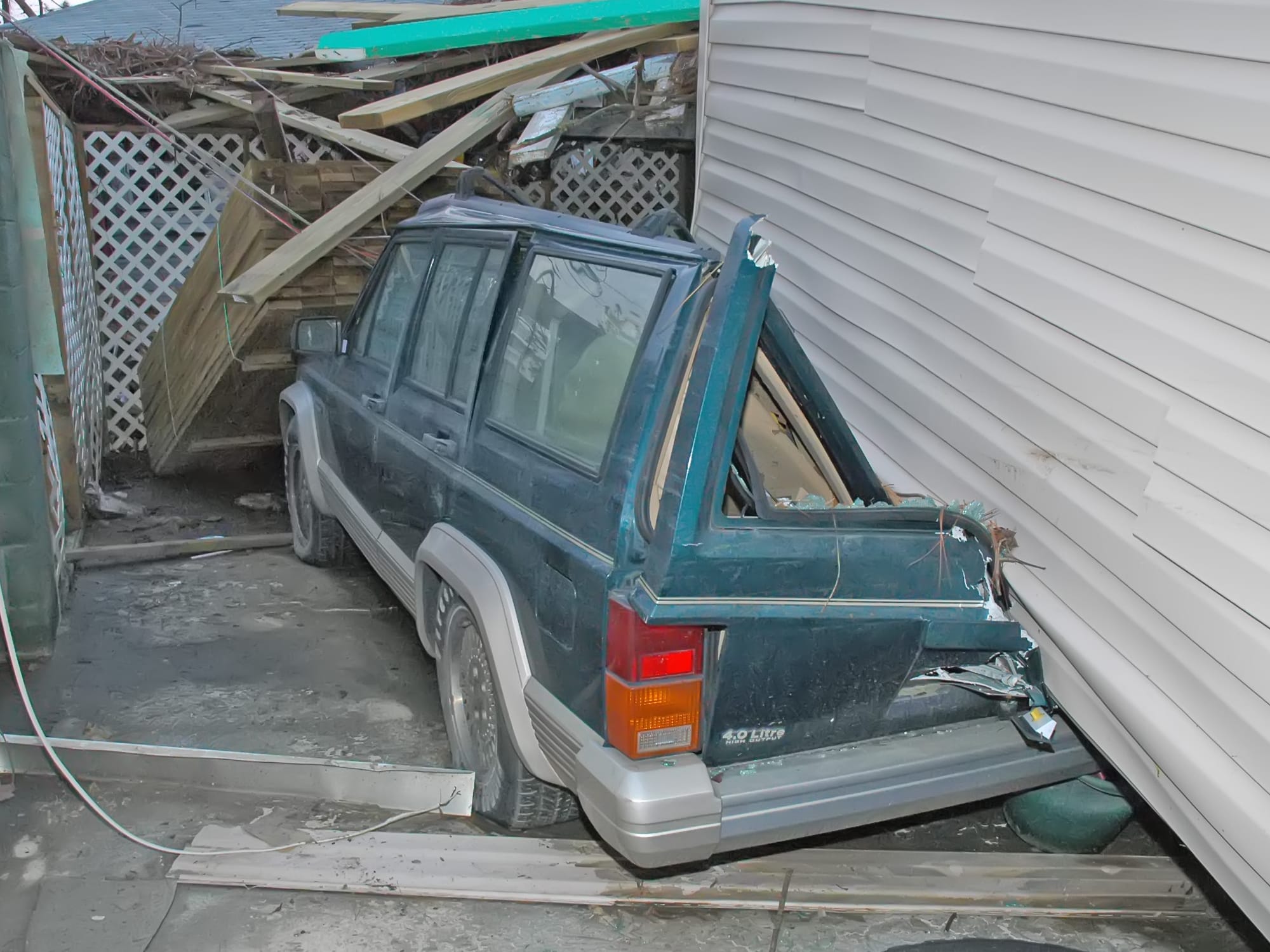
Left: Marsha's front door, which we found in the backyard. Right: Marsha's car, with one of the neighbor's houses on top of it.
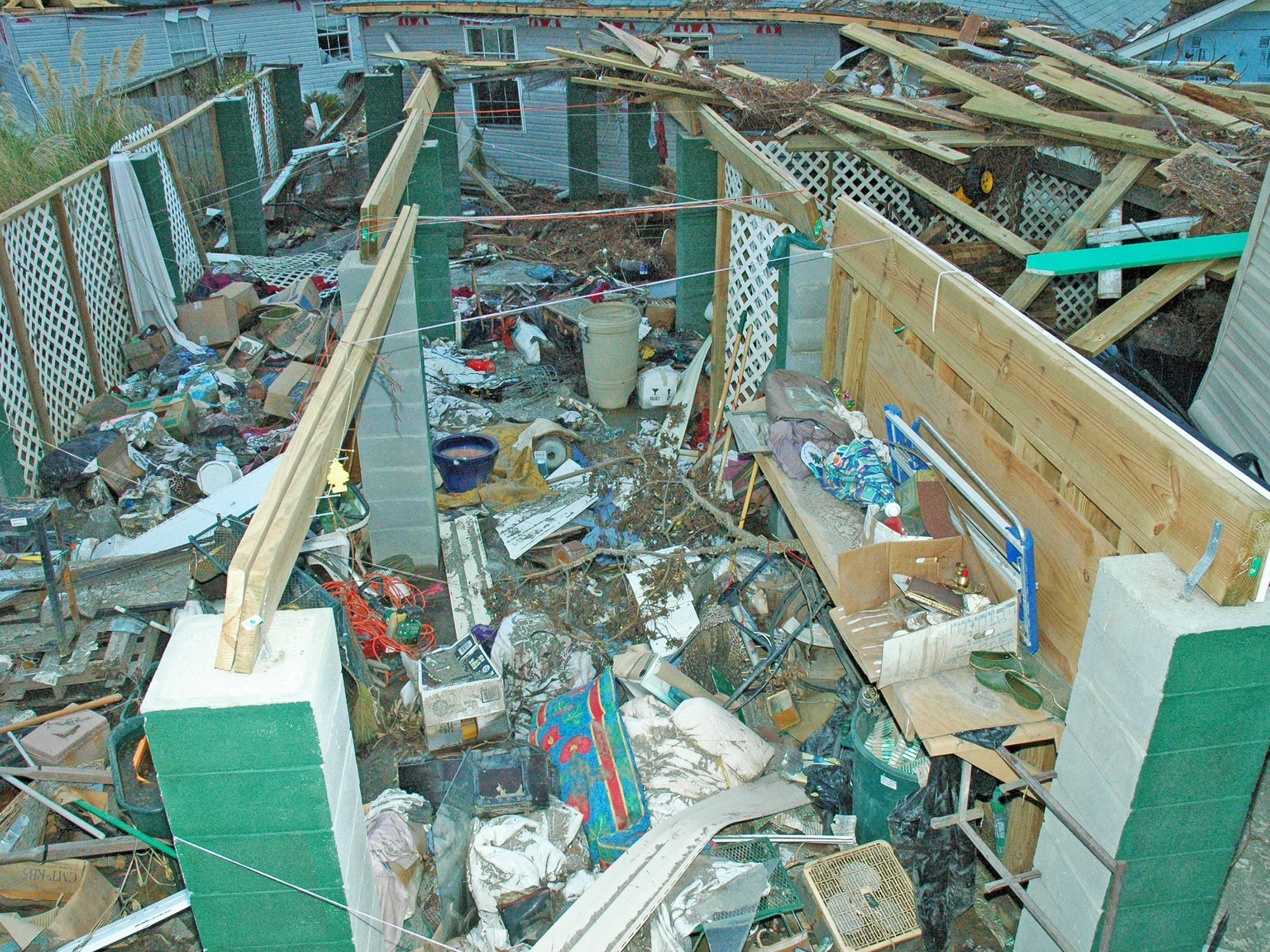
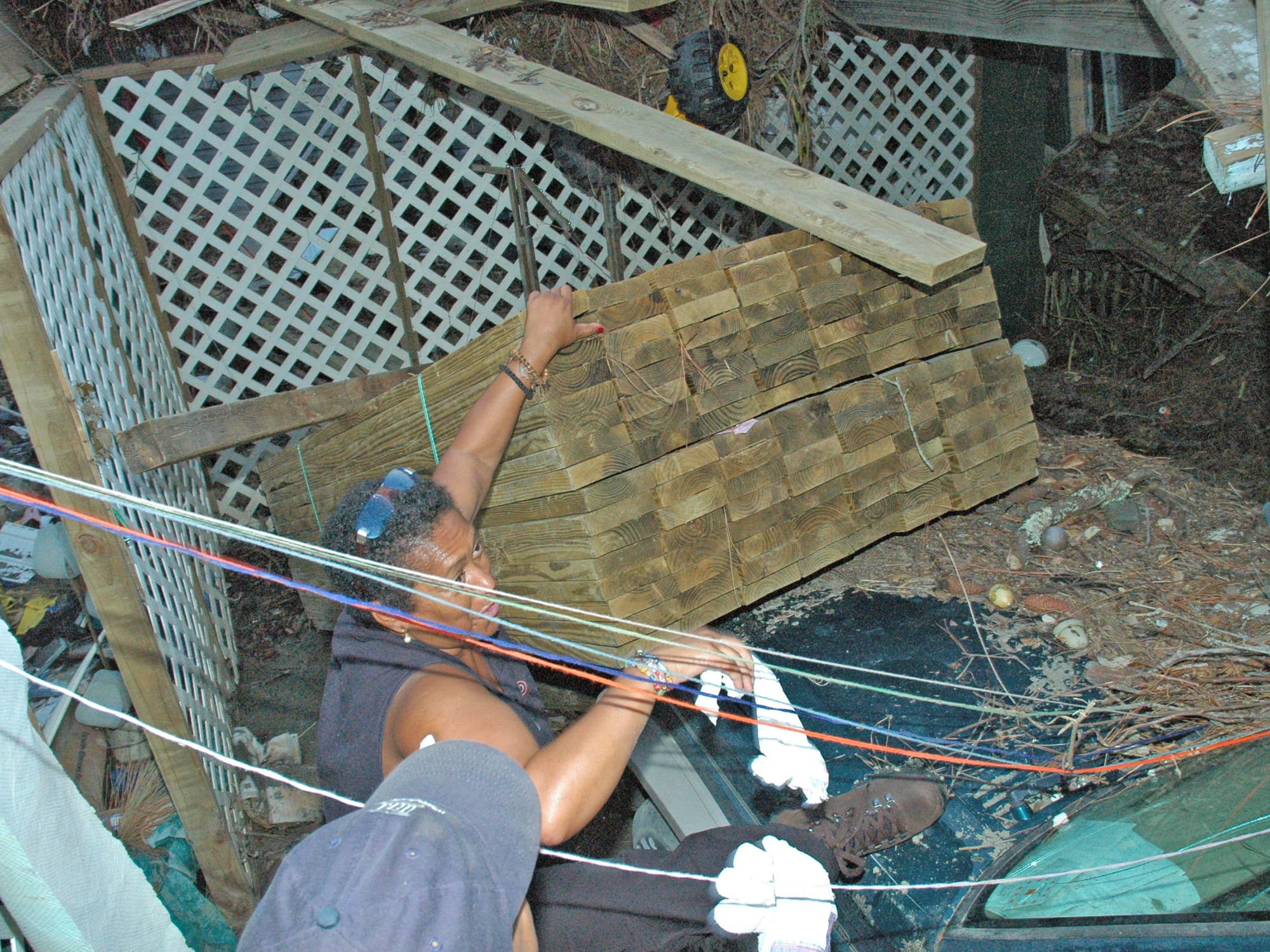
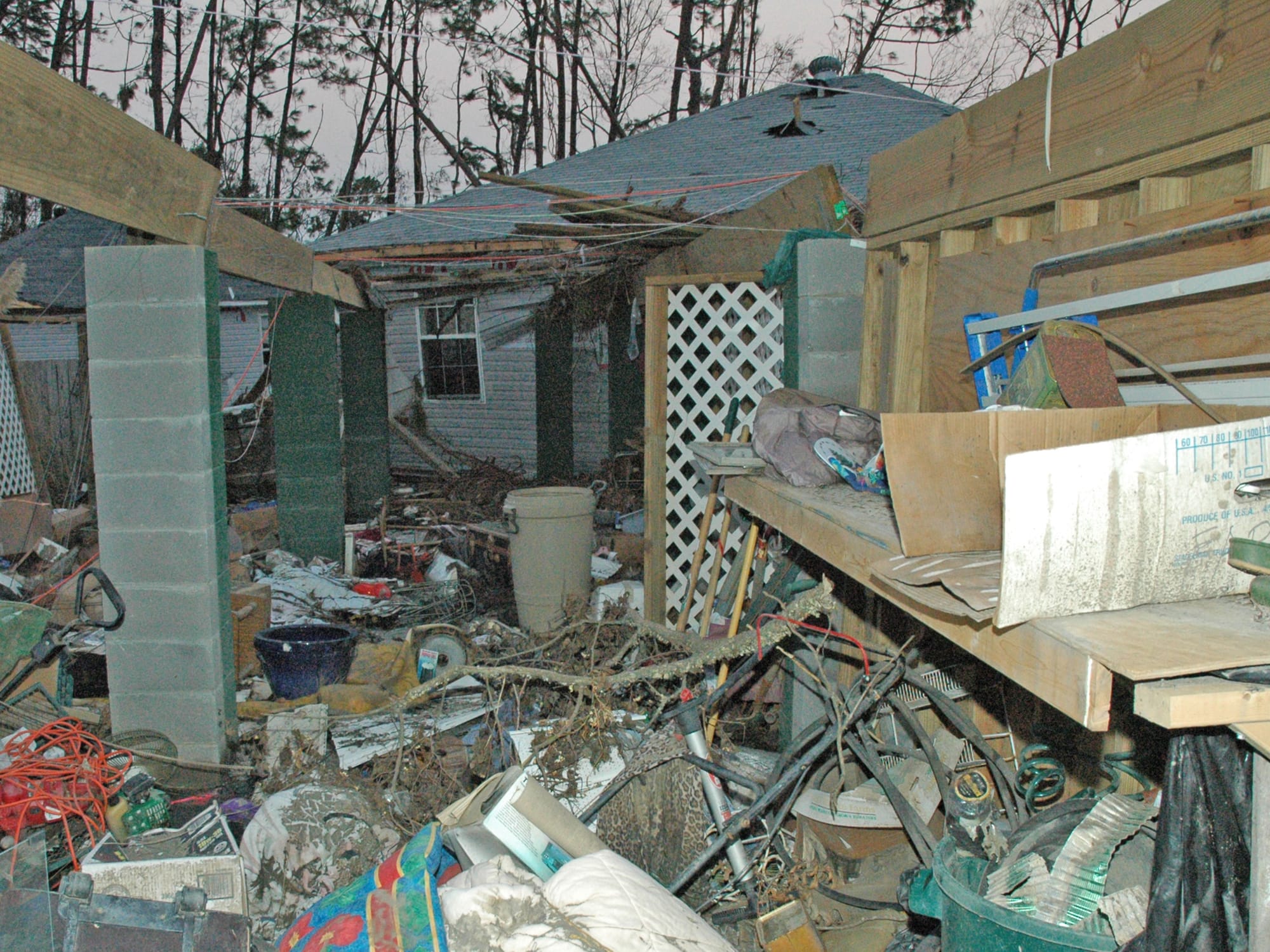
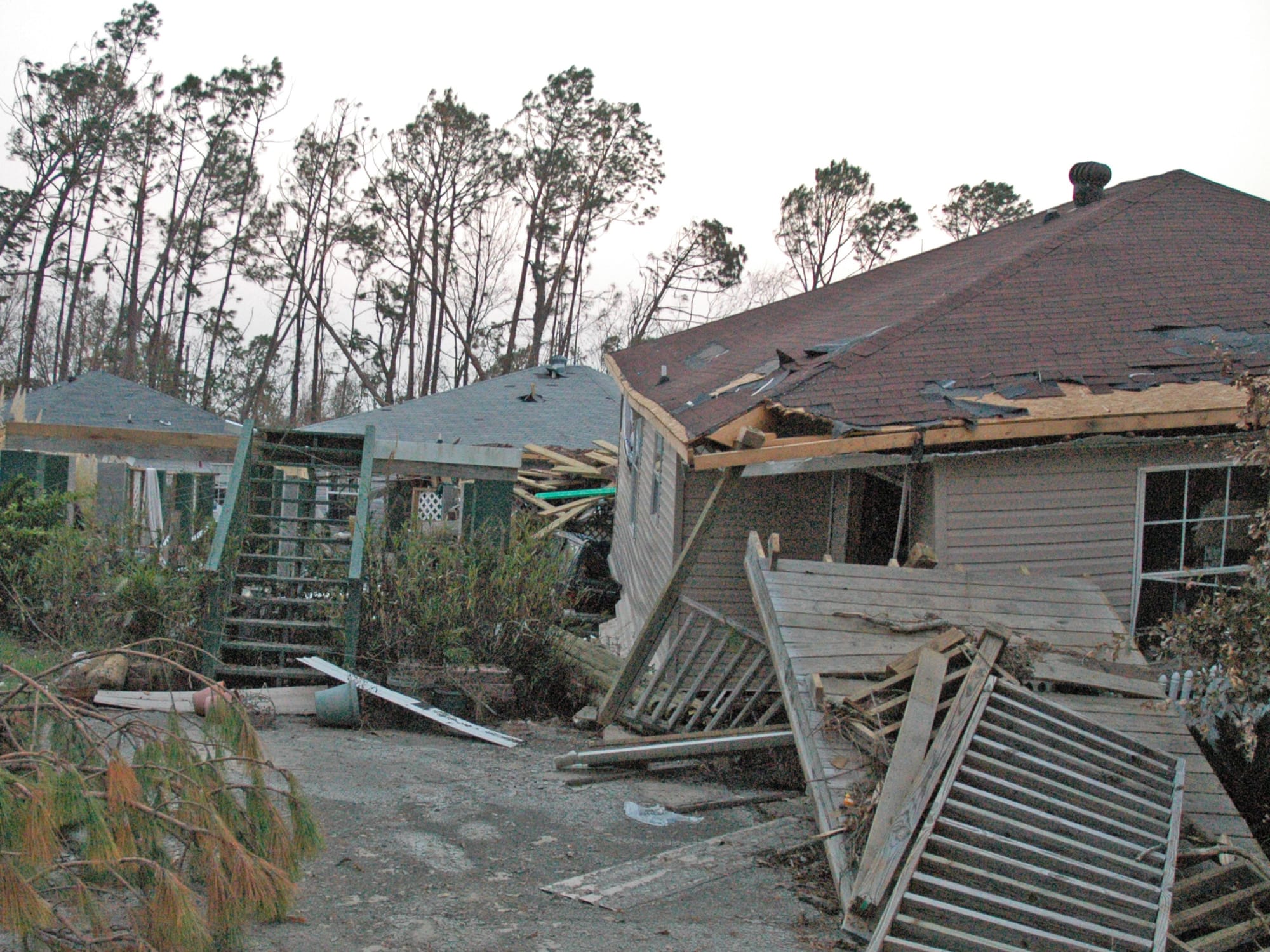
It was getting dark, so we just explored enough to understand the layout for when we would come back the next day to try to find some of Marsha's belongings.
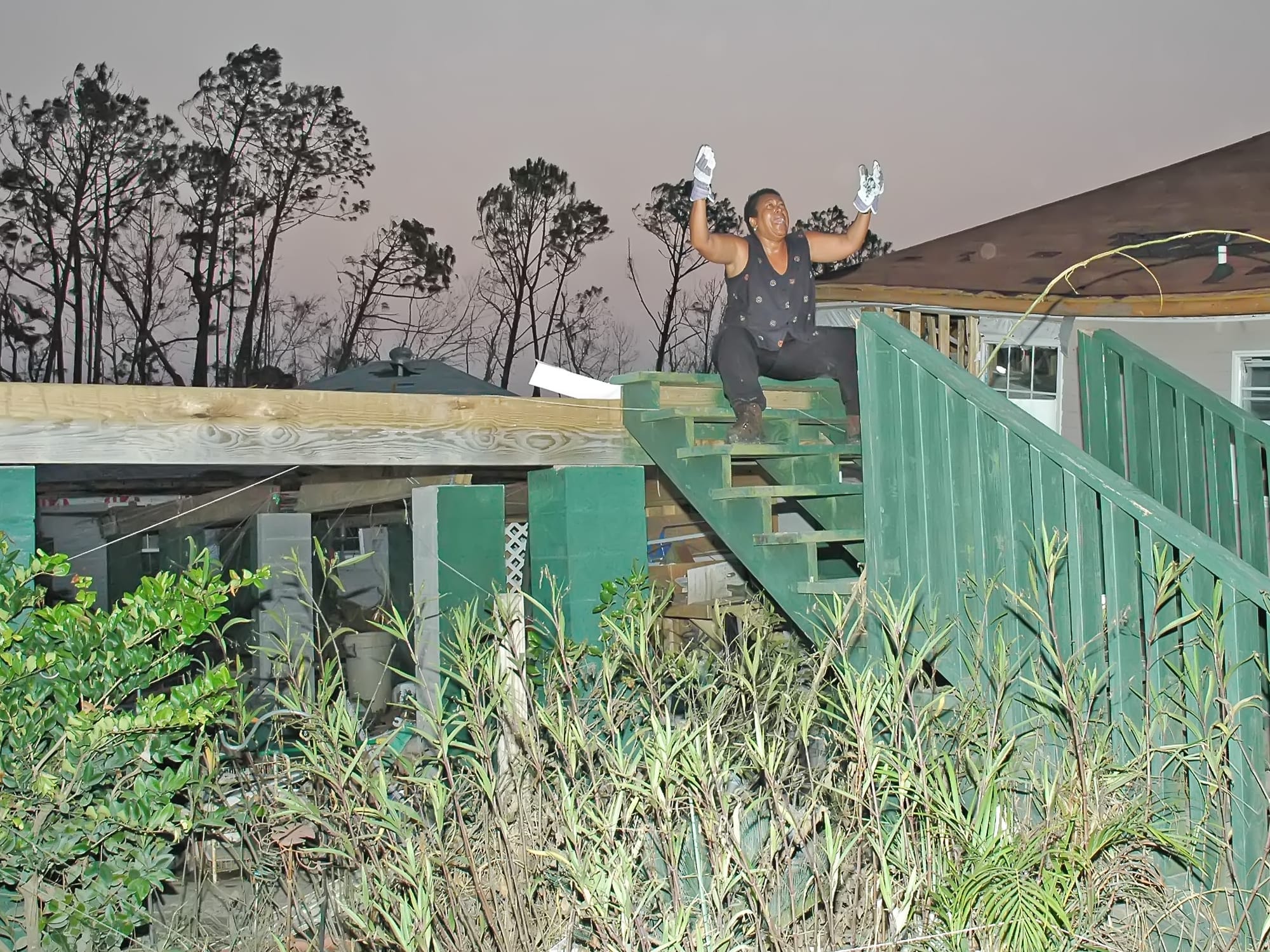
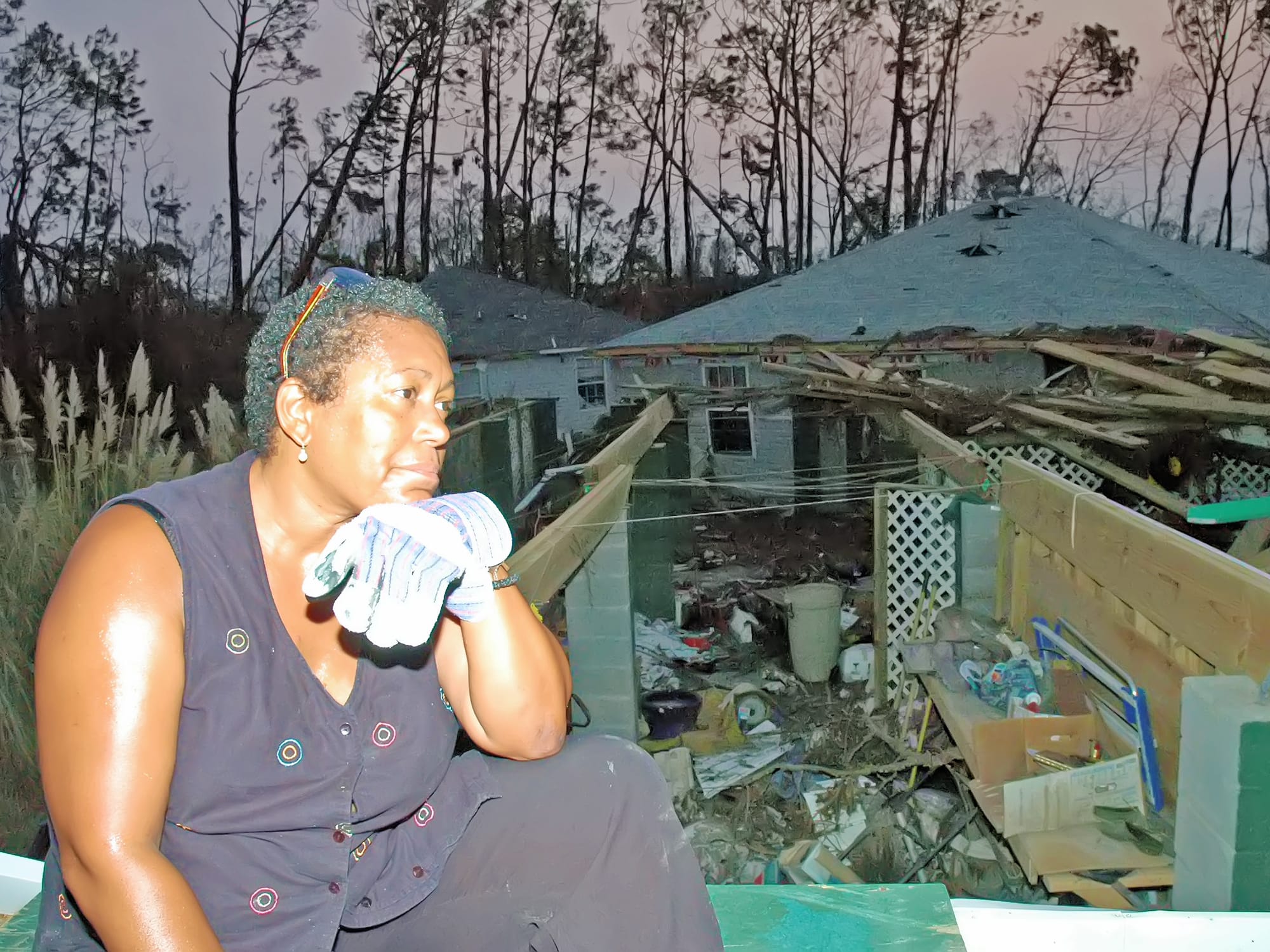
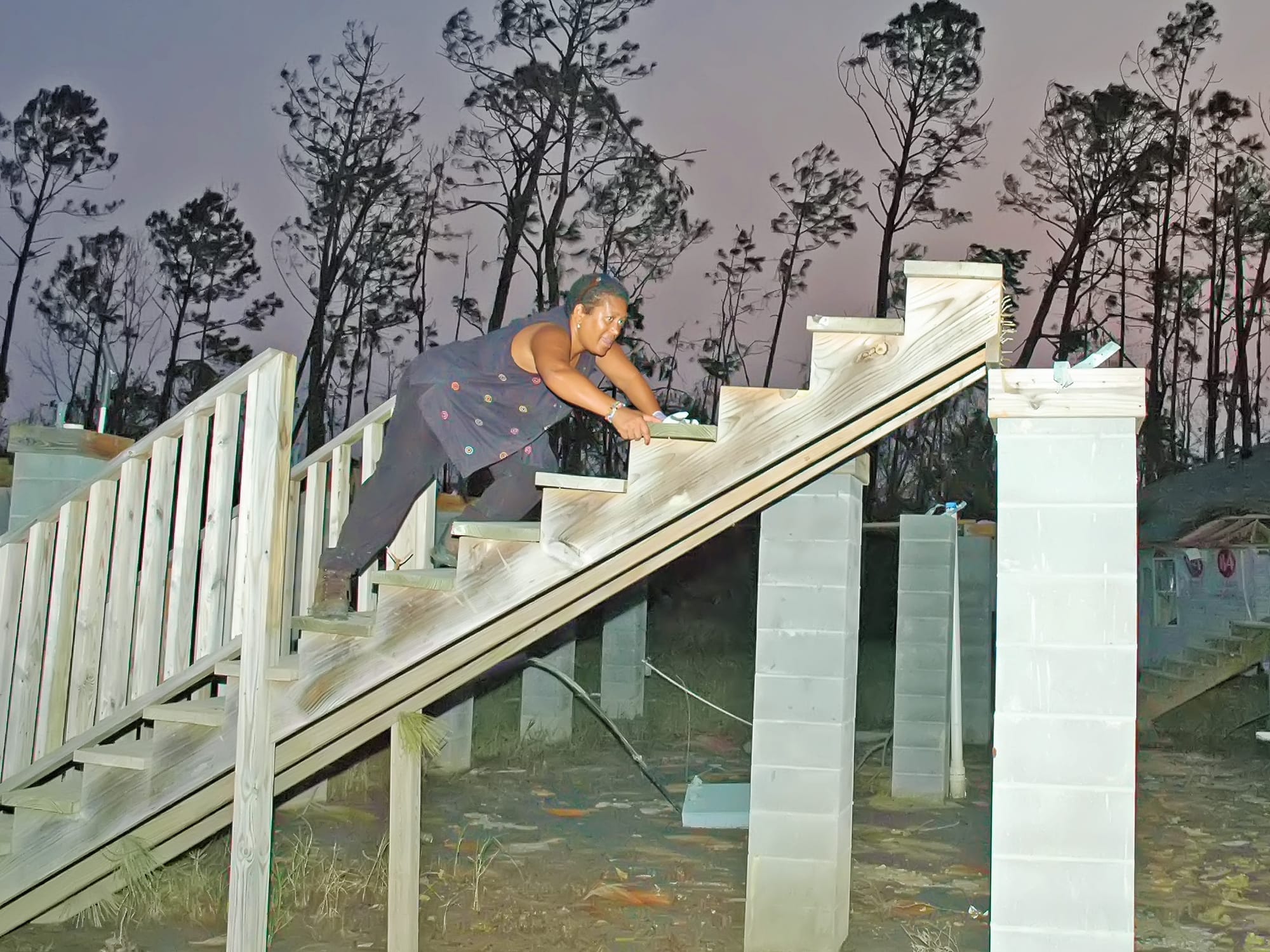
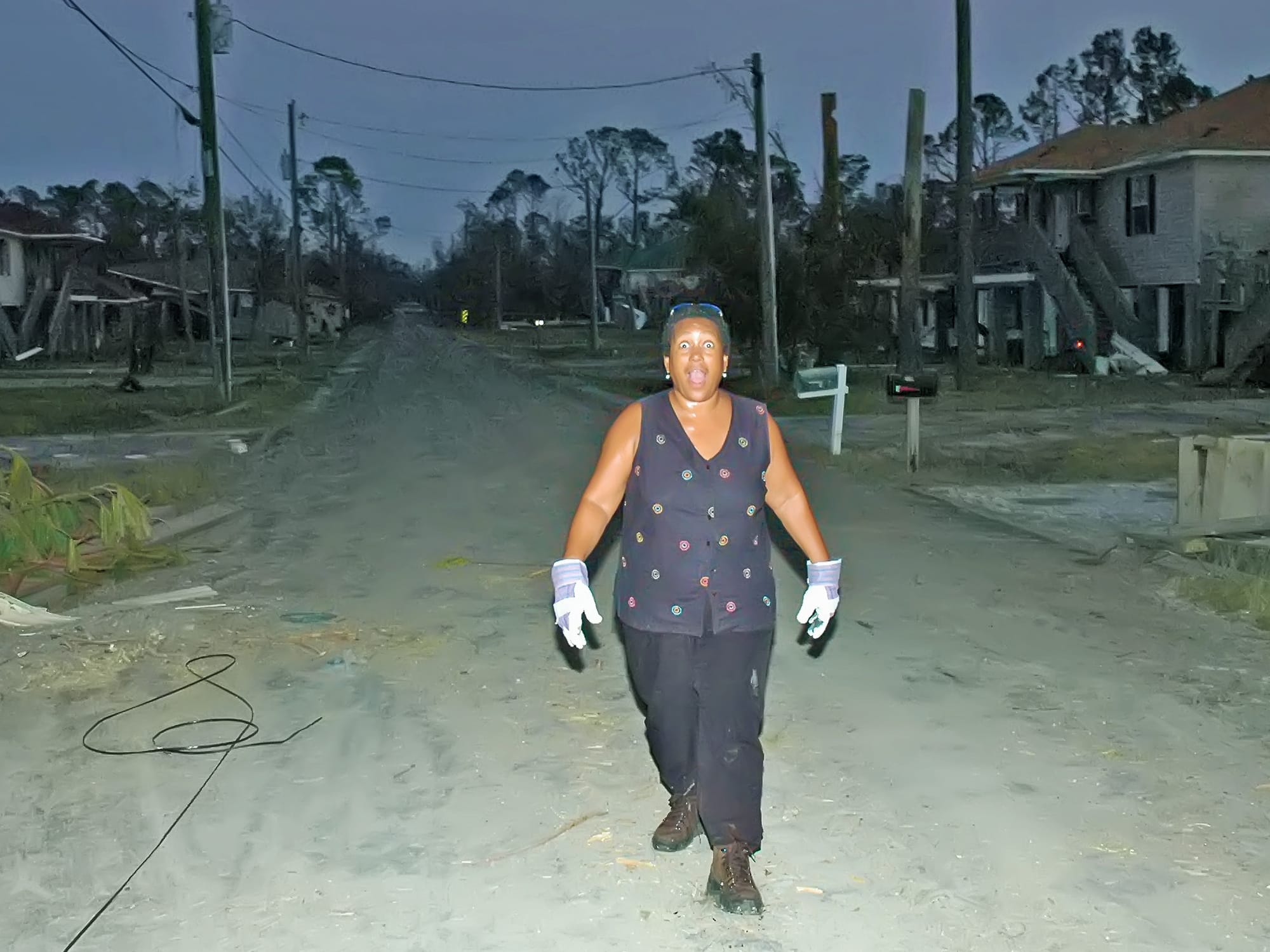
Nobody handles a disaster like Aunt Marsha. I had just met her a couple of weeks before, and became deeply enamored of her as we went through this unbelievable experience together.
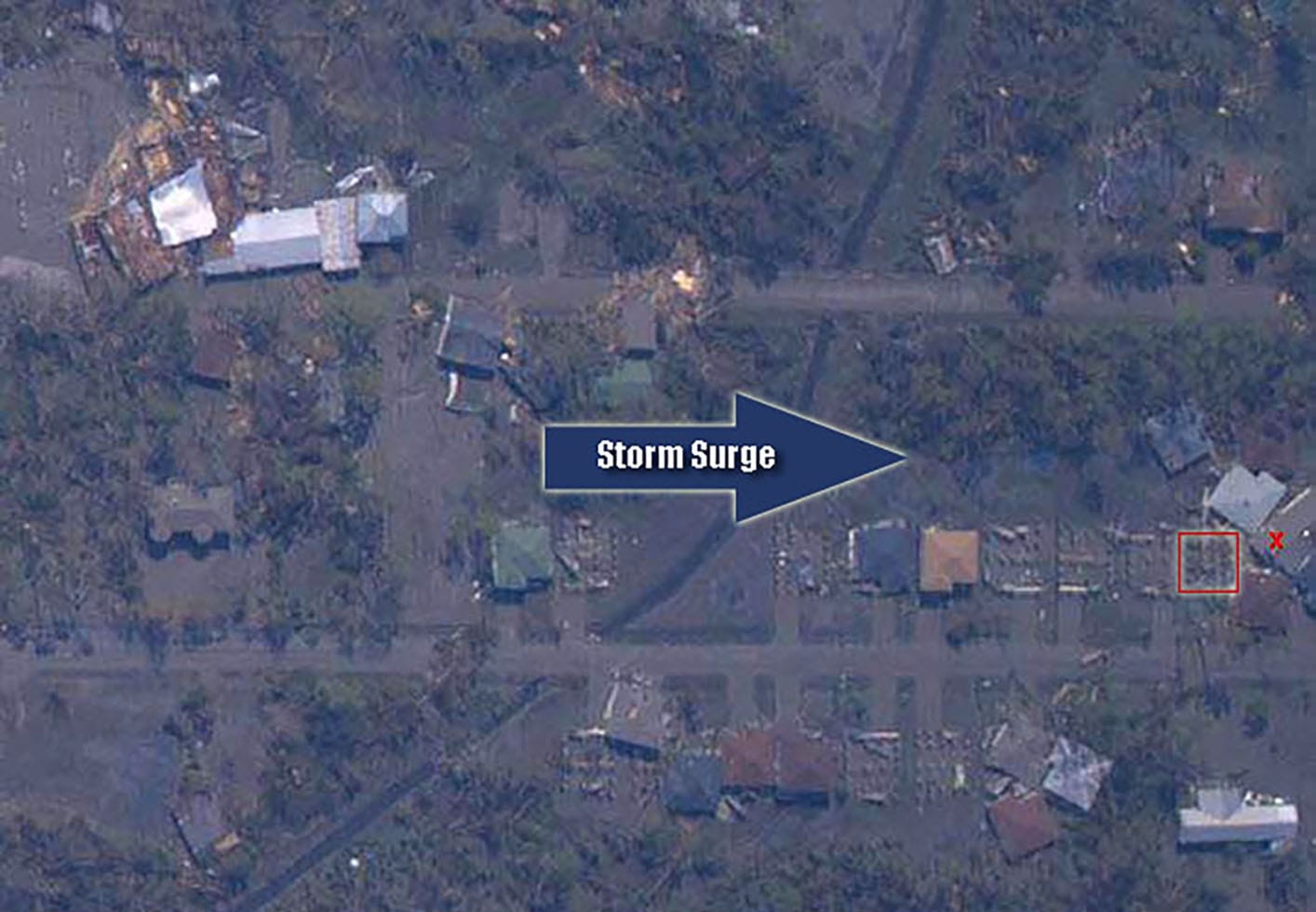
I found the above NOAA satellite image online. The image only extends to the middle of Marsha's house, but it shows how the other houses down her side of the street were all washed onto her property by the storm surge.
The red square is where Marsha's house stood before Katrina, and the red X is where it came to rest after the hurricane. Marsha's house, the three houses to the left, and the house to the right were all one massive debris pile when the water subsided.
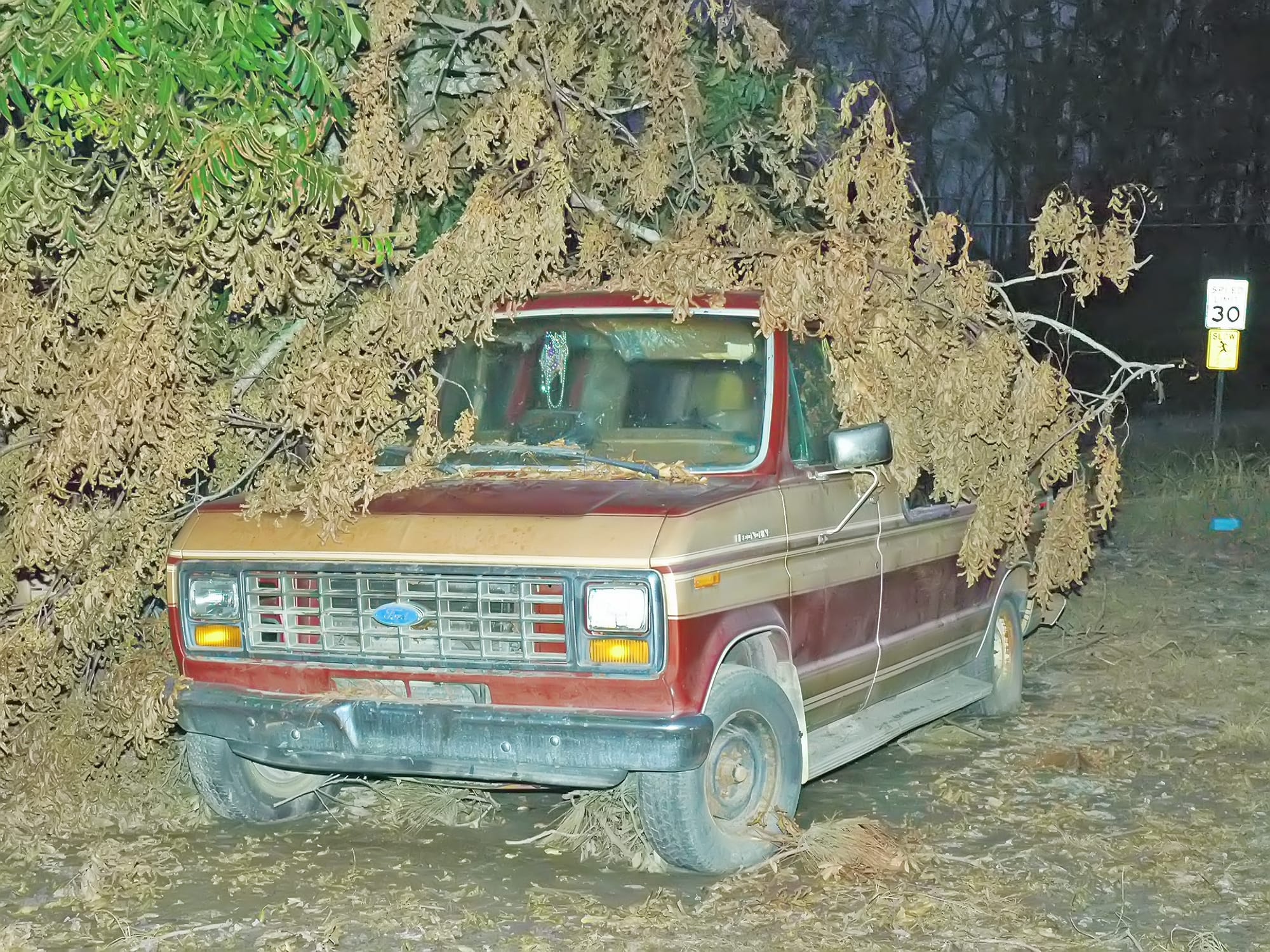
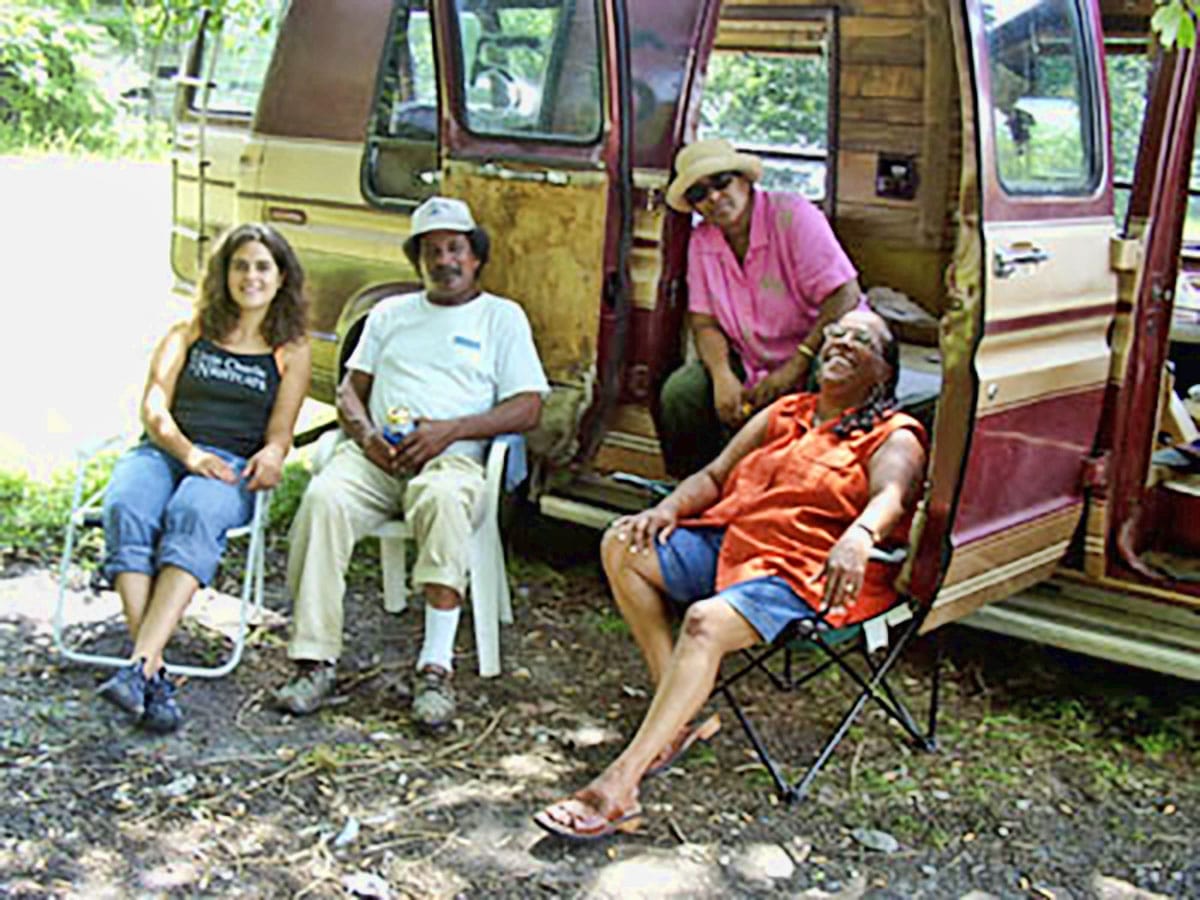
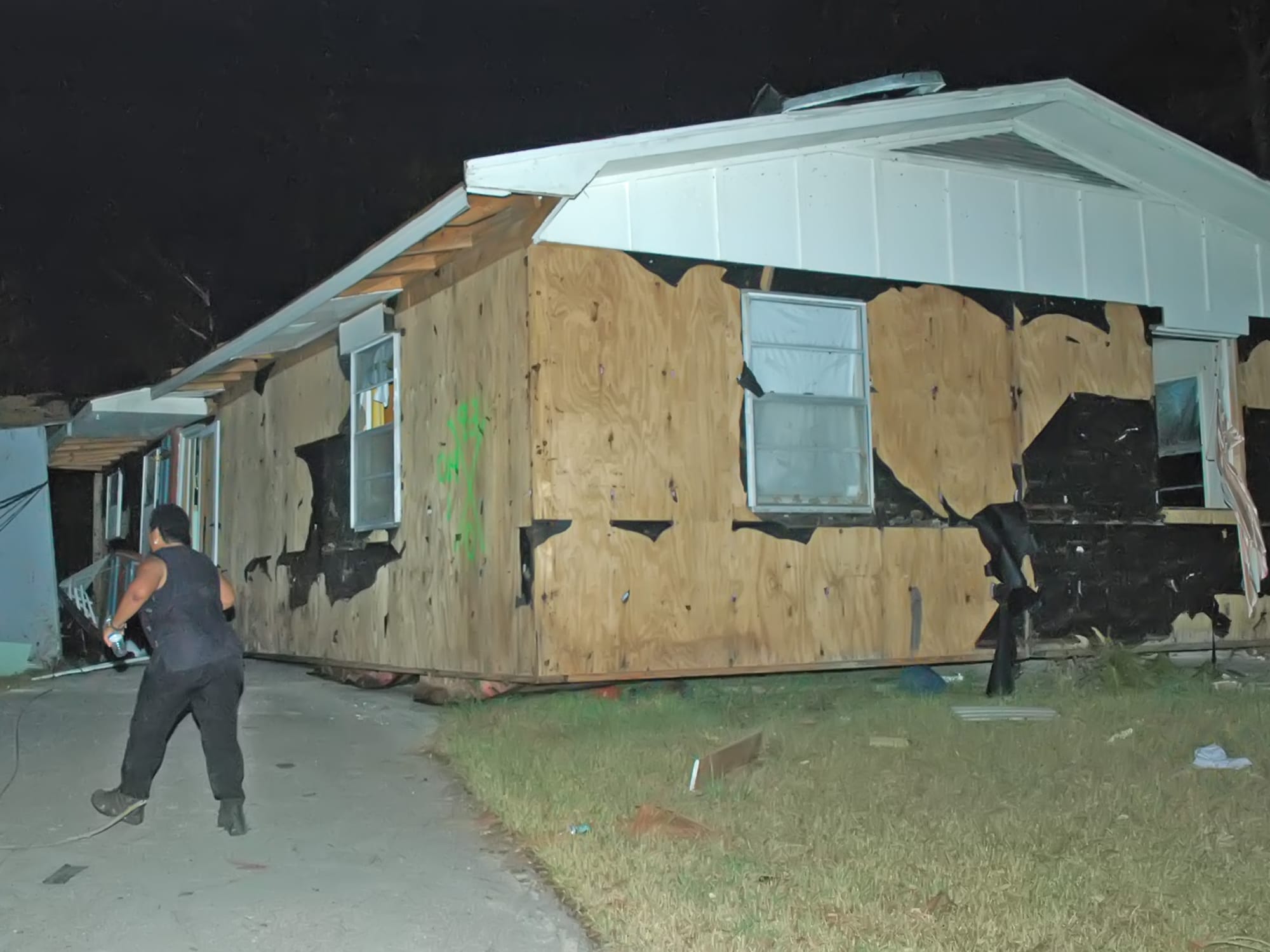
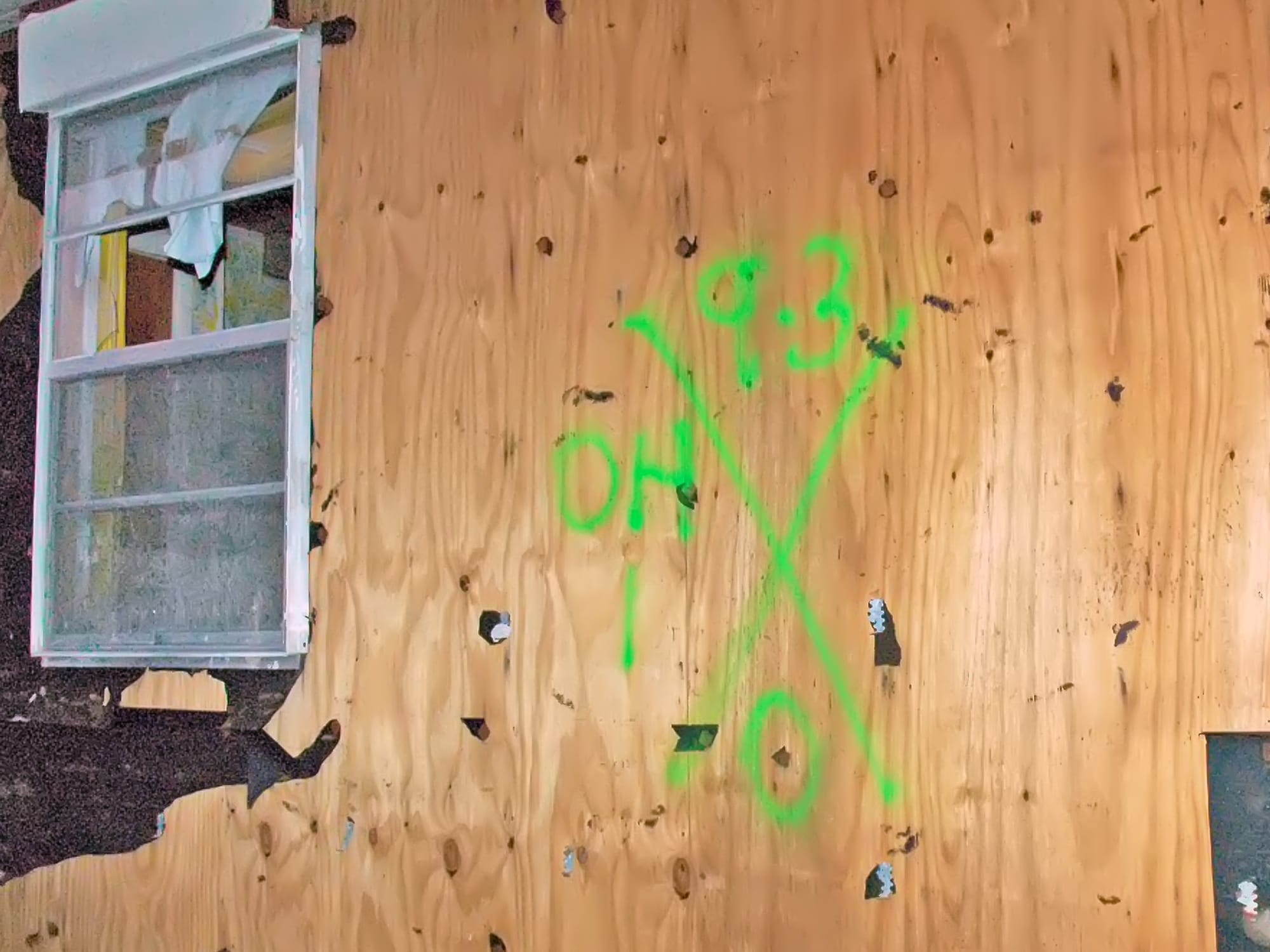
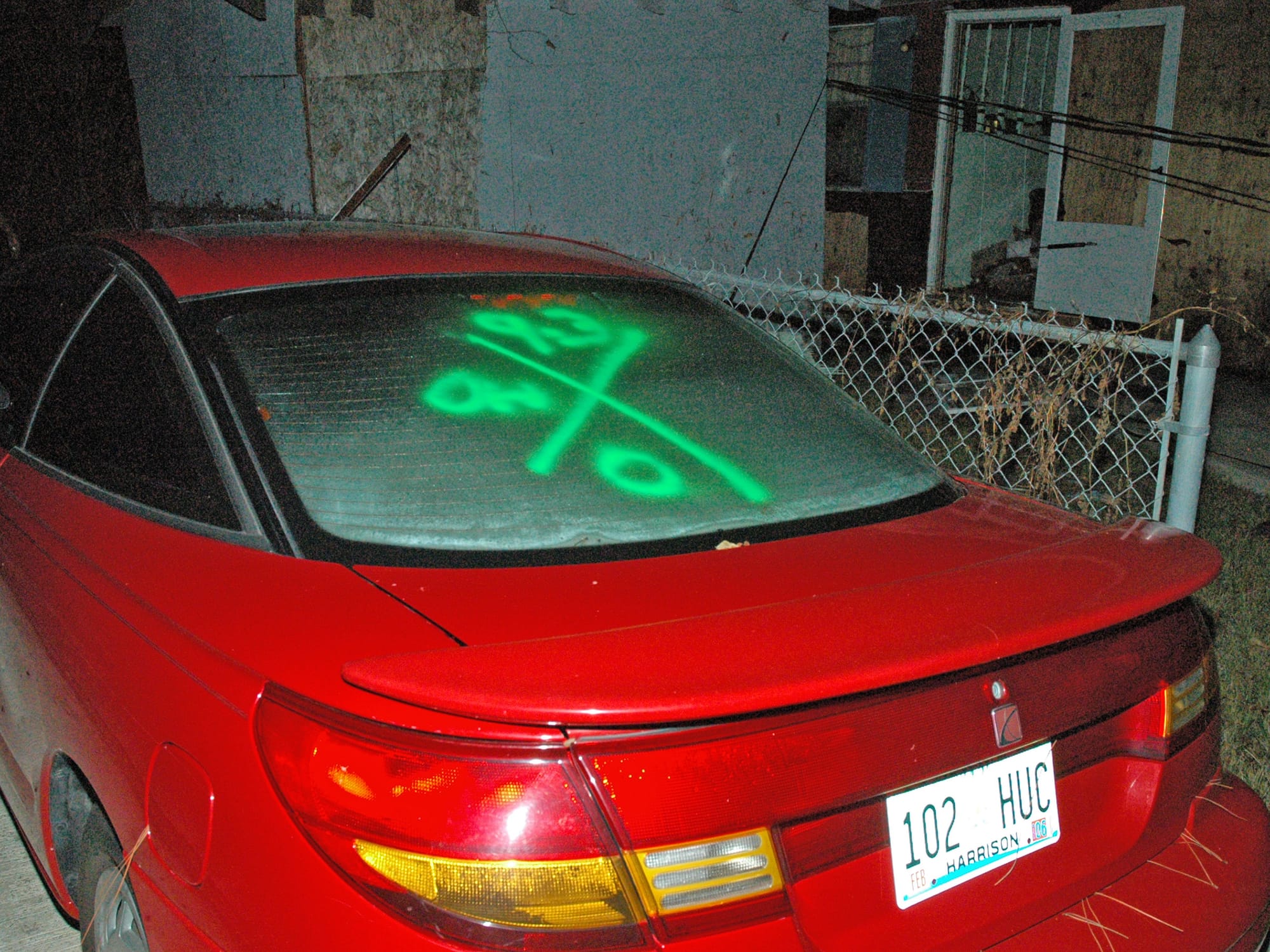
After it got dark, we drove up to Granny's house to take a quick look before heading back to Gulfport.
Granny's house was still on her lot, and more or less in one piece, but had moved and rotated 90 degrees clockwise - the front door was now on the left. The green spray-paint symbols on Granny's house and her neighbor's car are an international standard for marking structures during large-scale search and rescue operations after disasters such as hurricanes and earthquakes. These two signs say that first responders from Ohio went in on 9/3, and found no survivors or victims. The number in the bottom quadrant is the number of victims found, and they put a line through the number if they're deceased.
Monday 9/5/2005
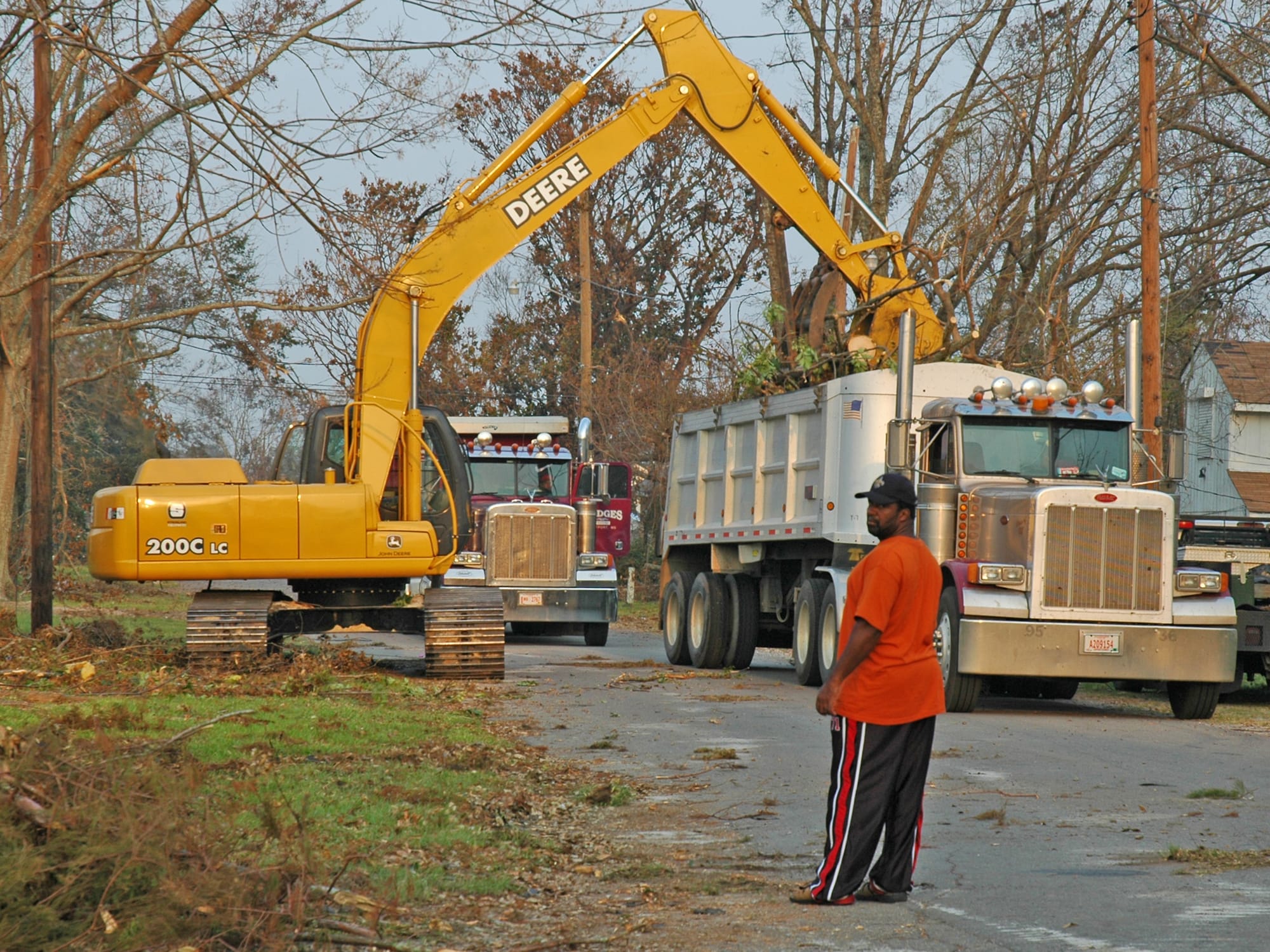
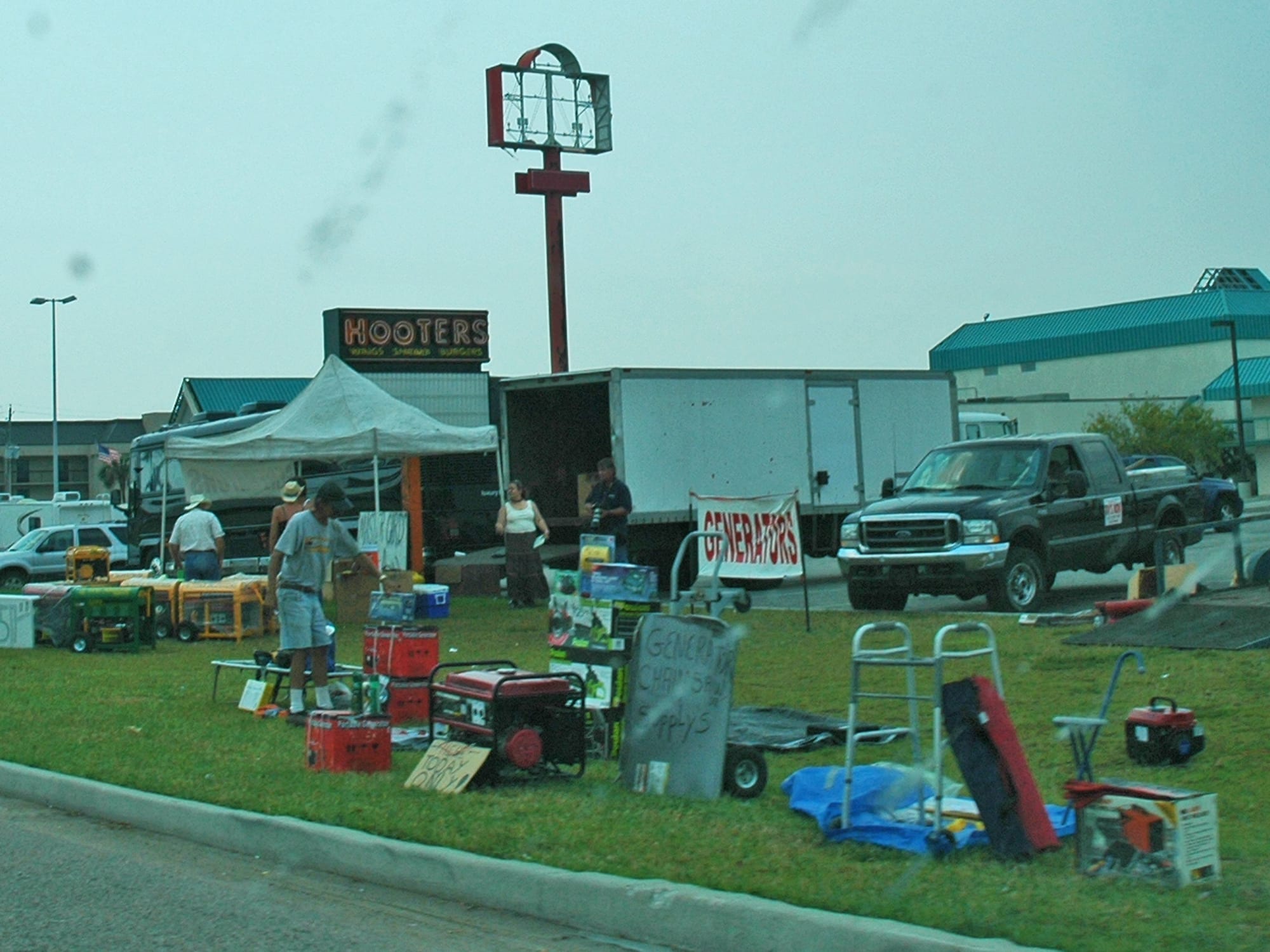
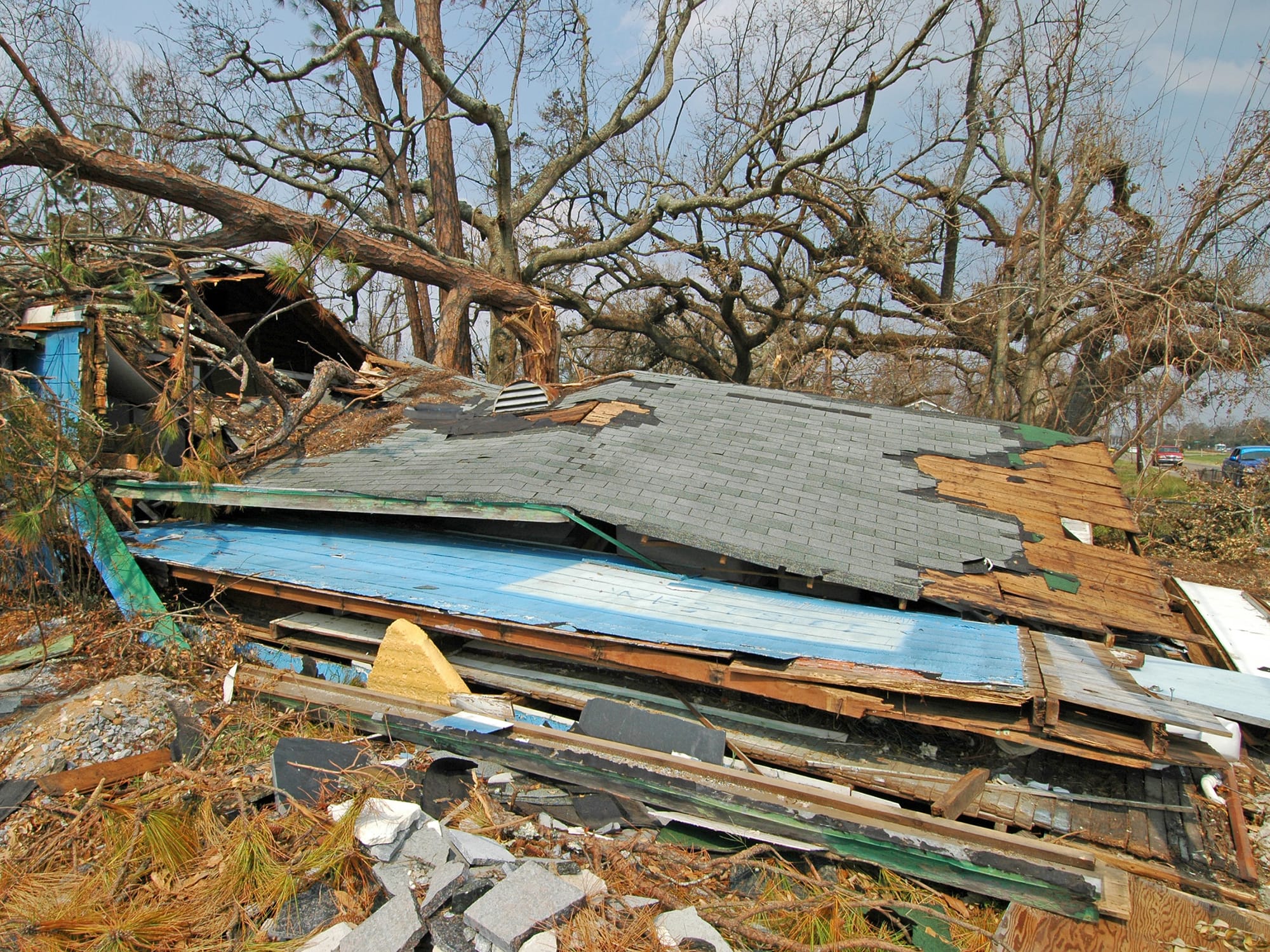
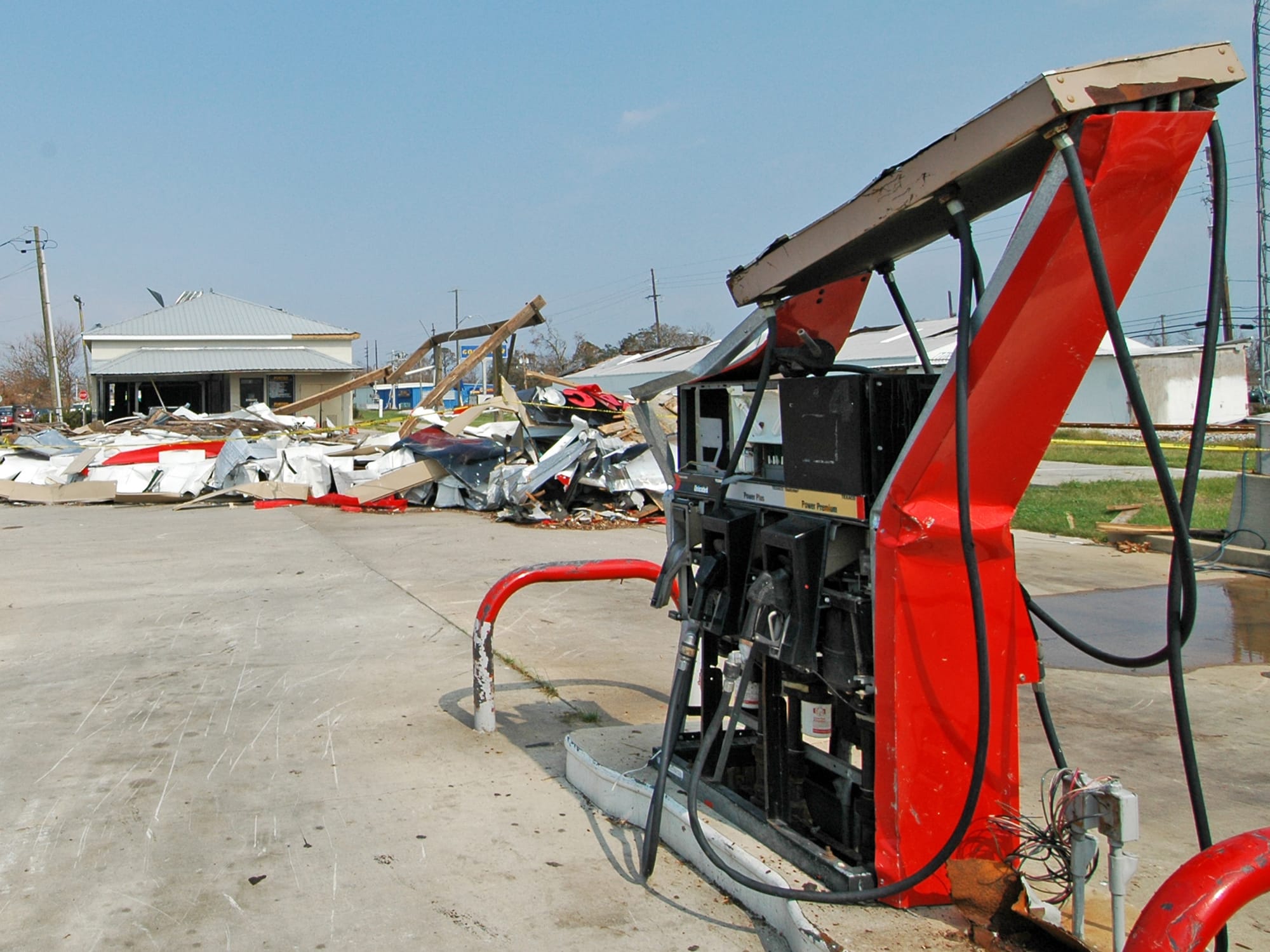
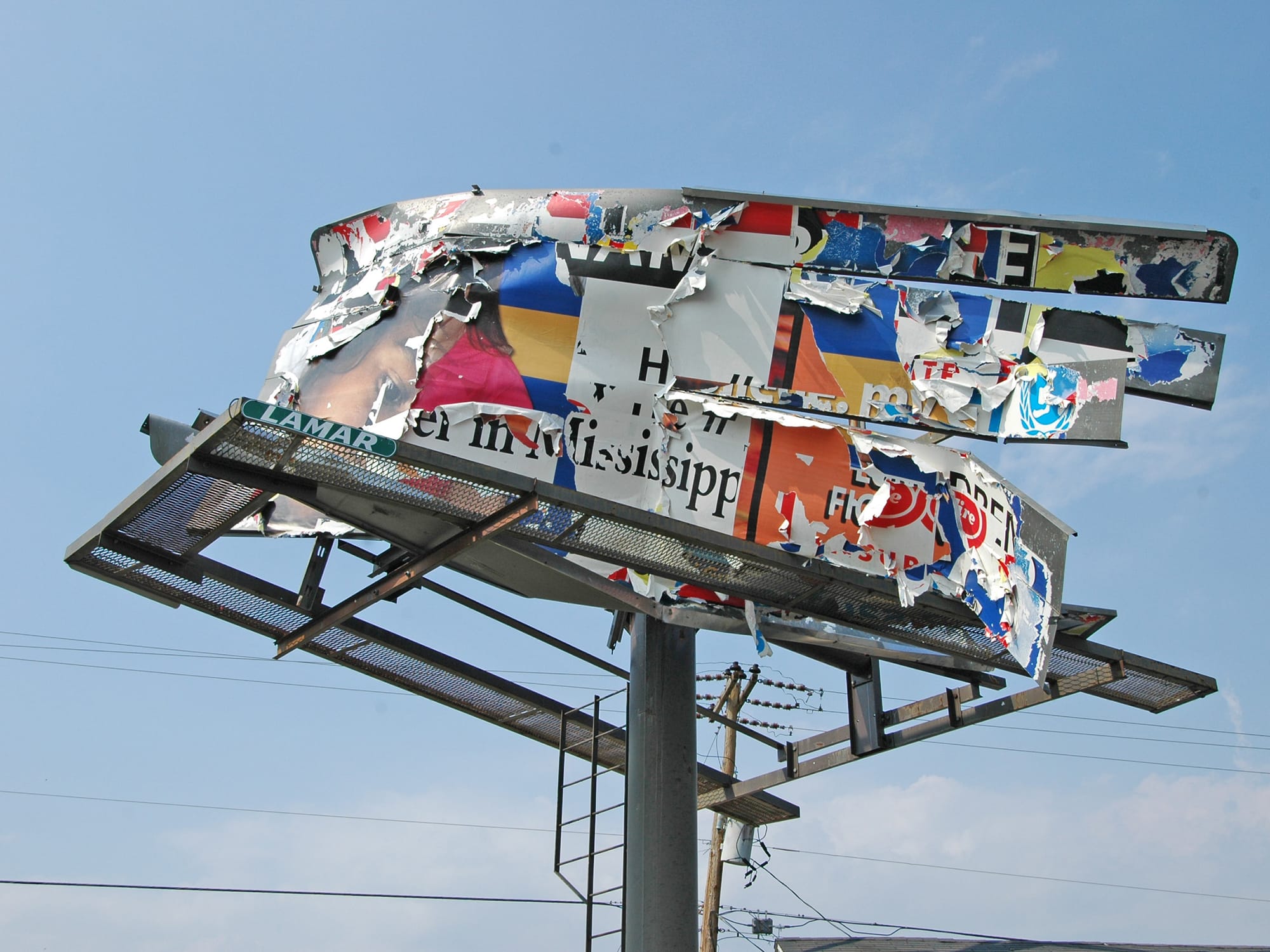
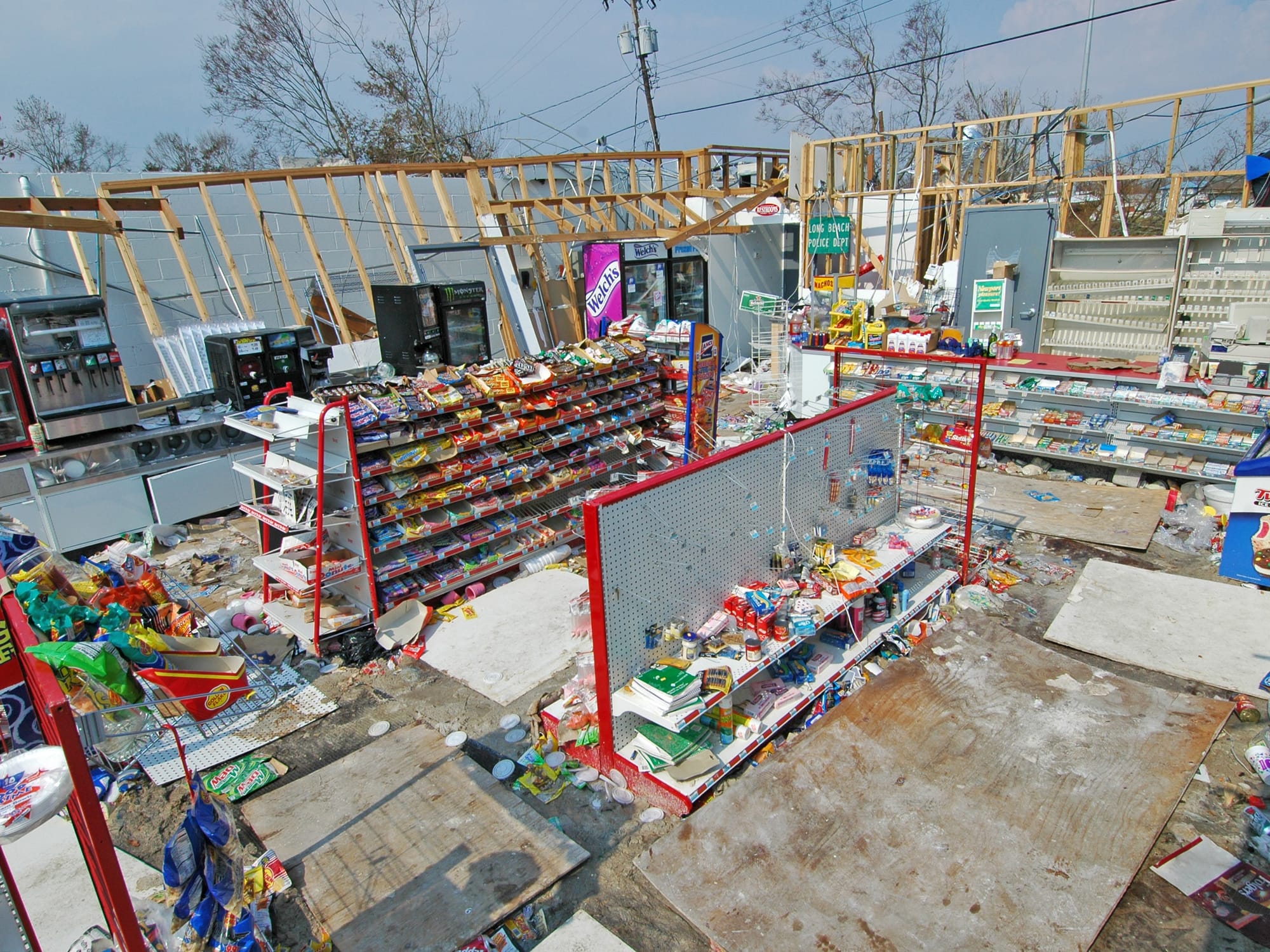
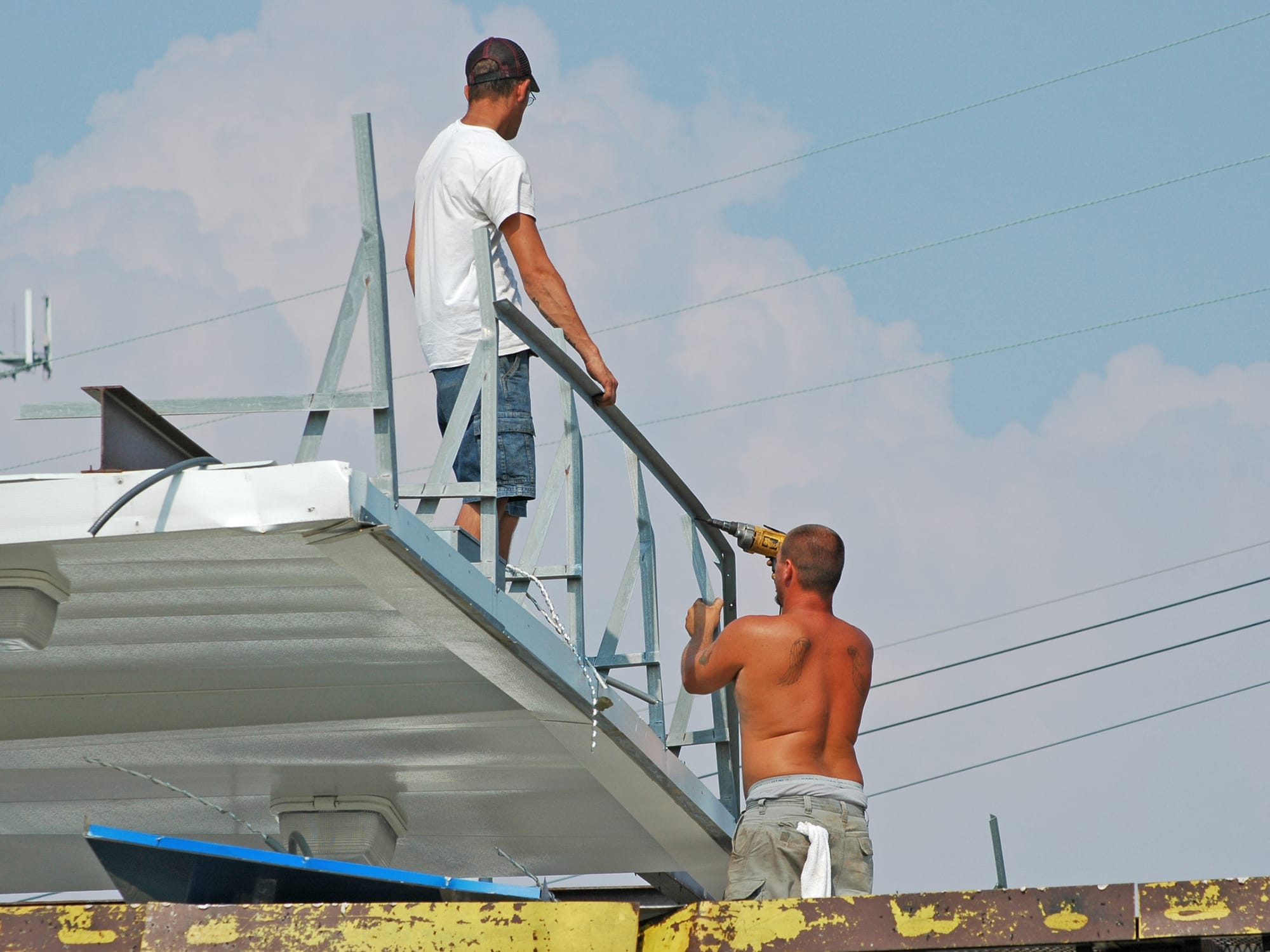
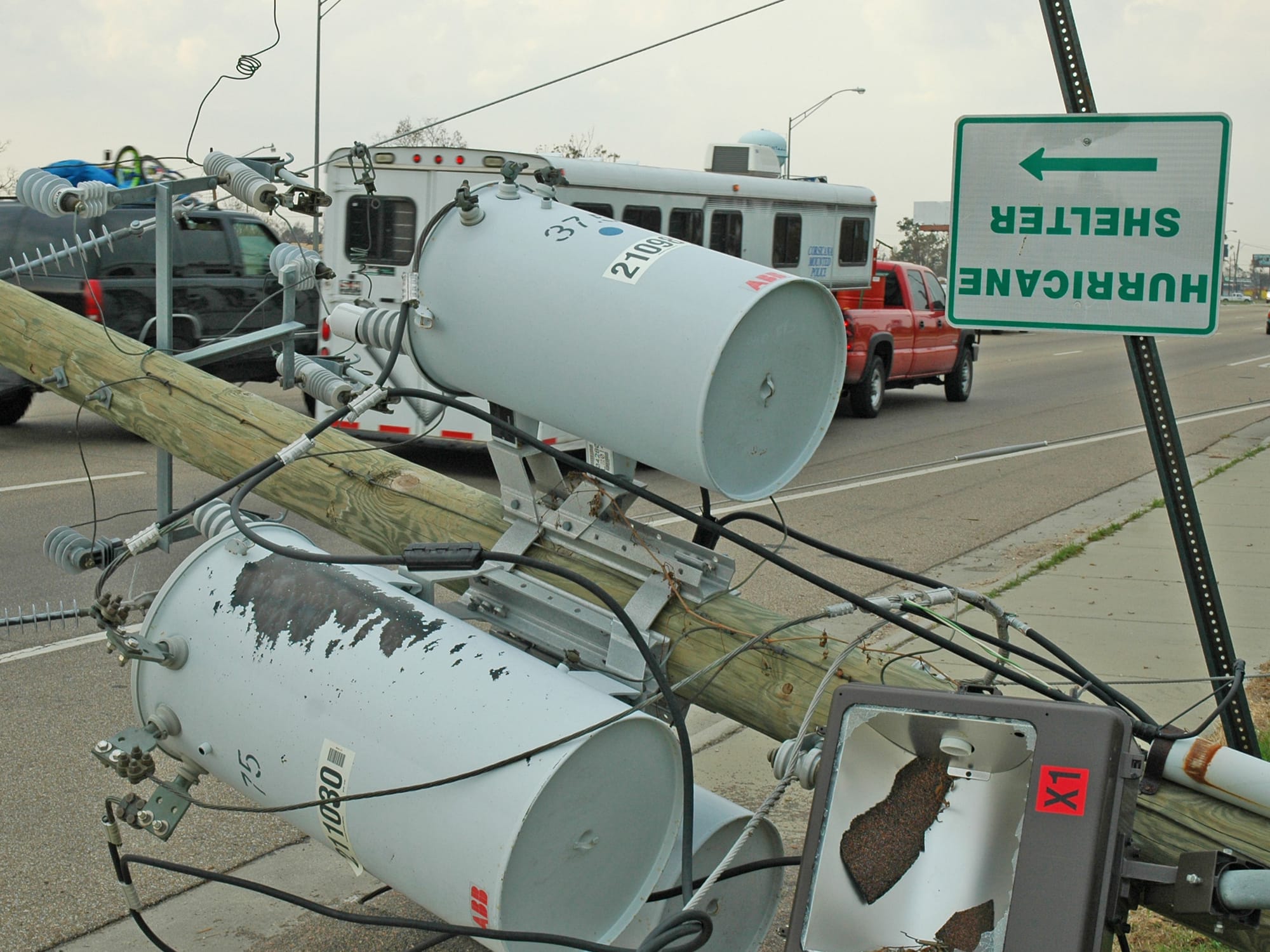
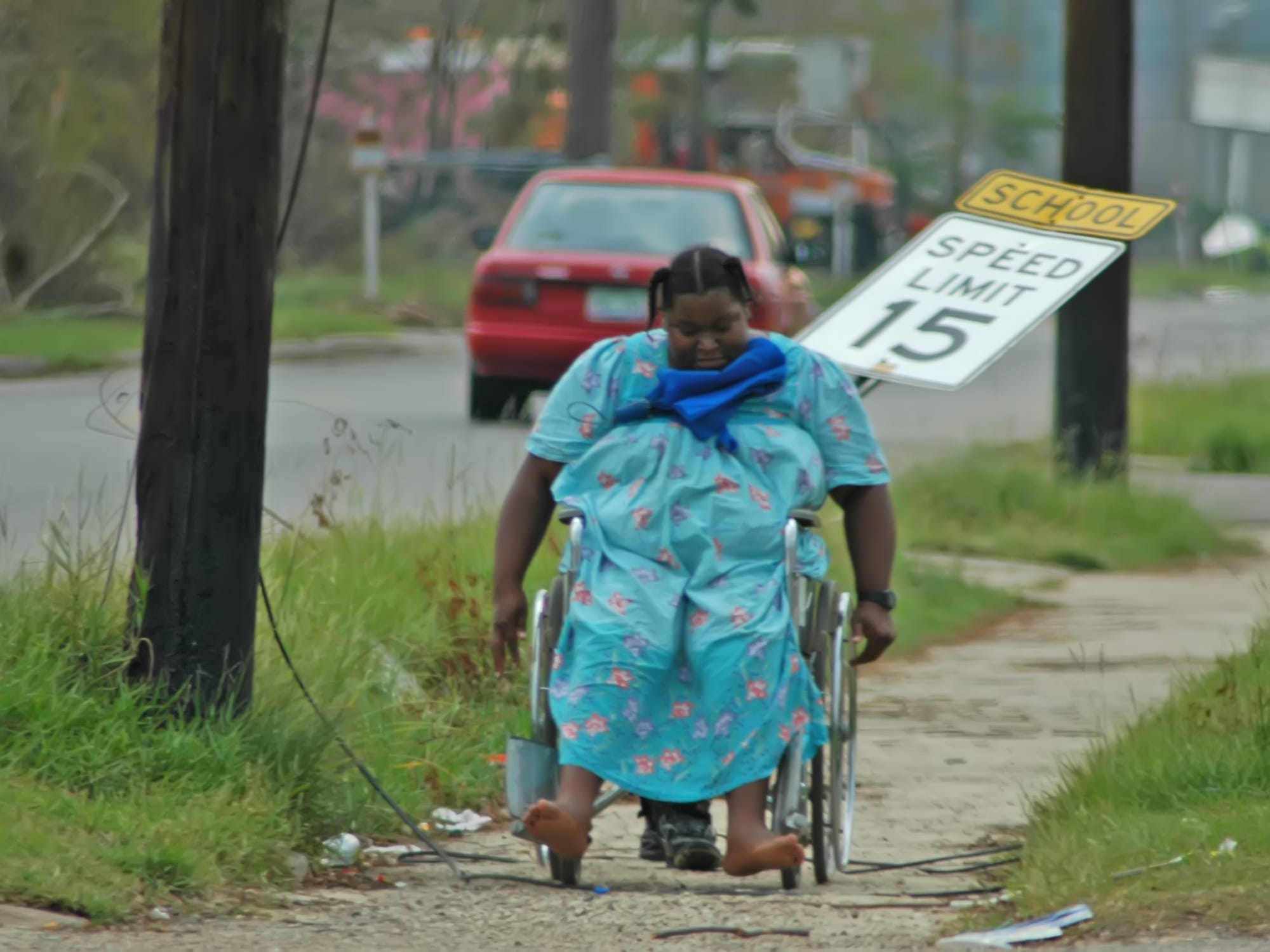
Scenes around Gulfport Monday morning.
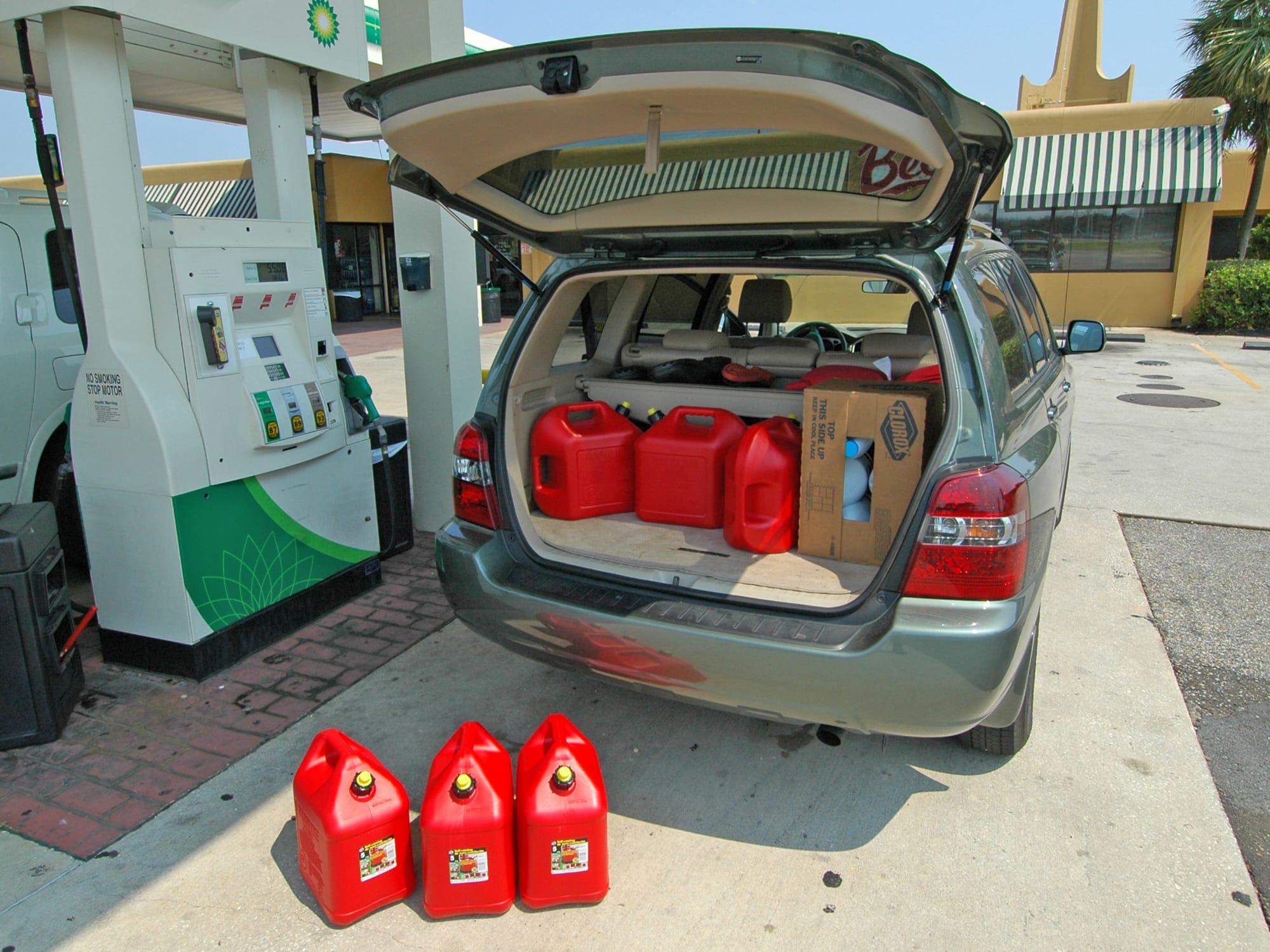
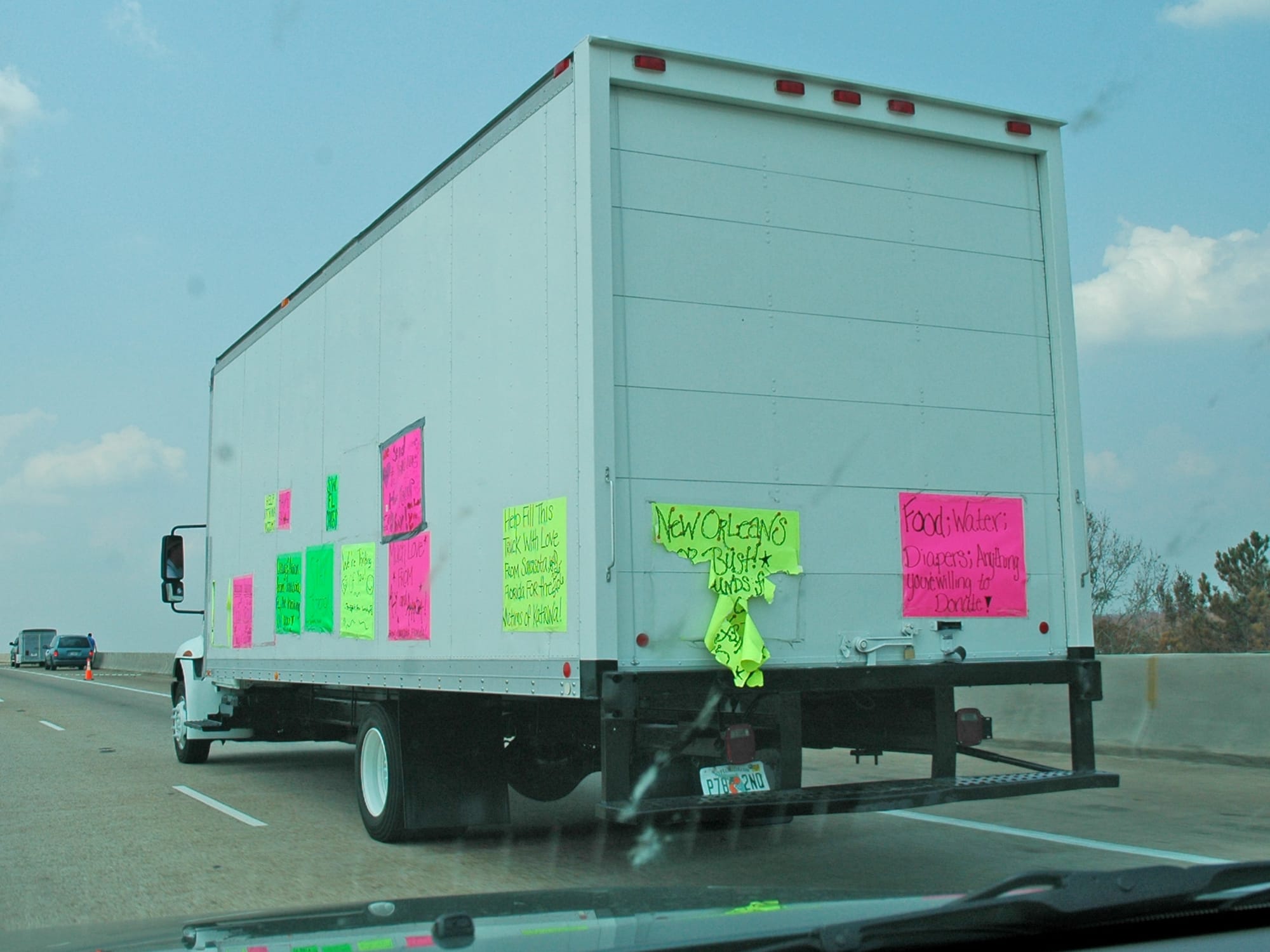
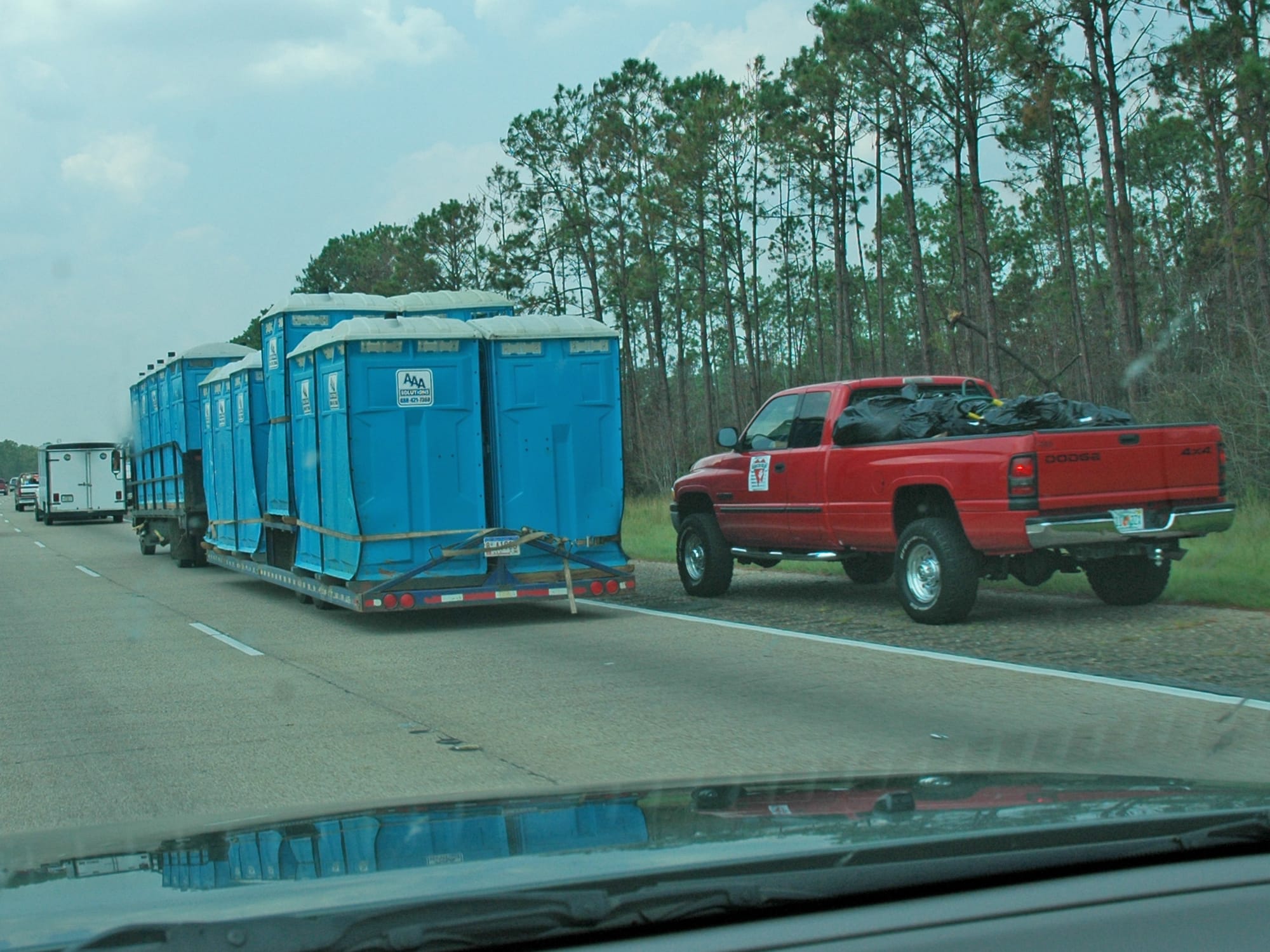
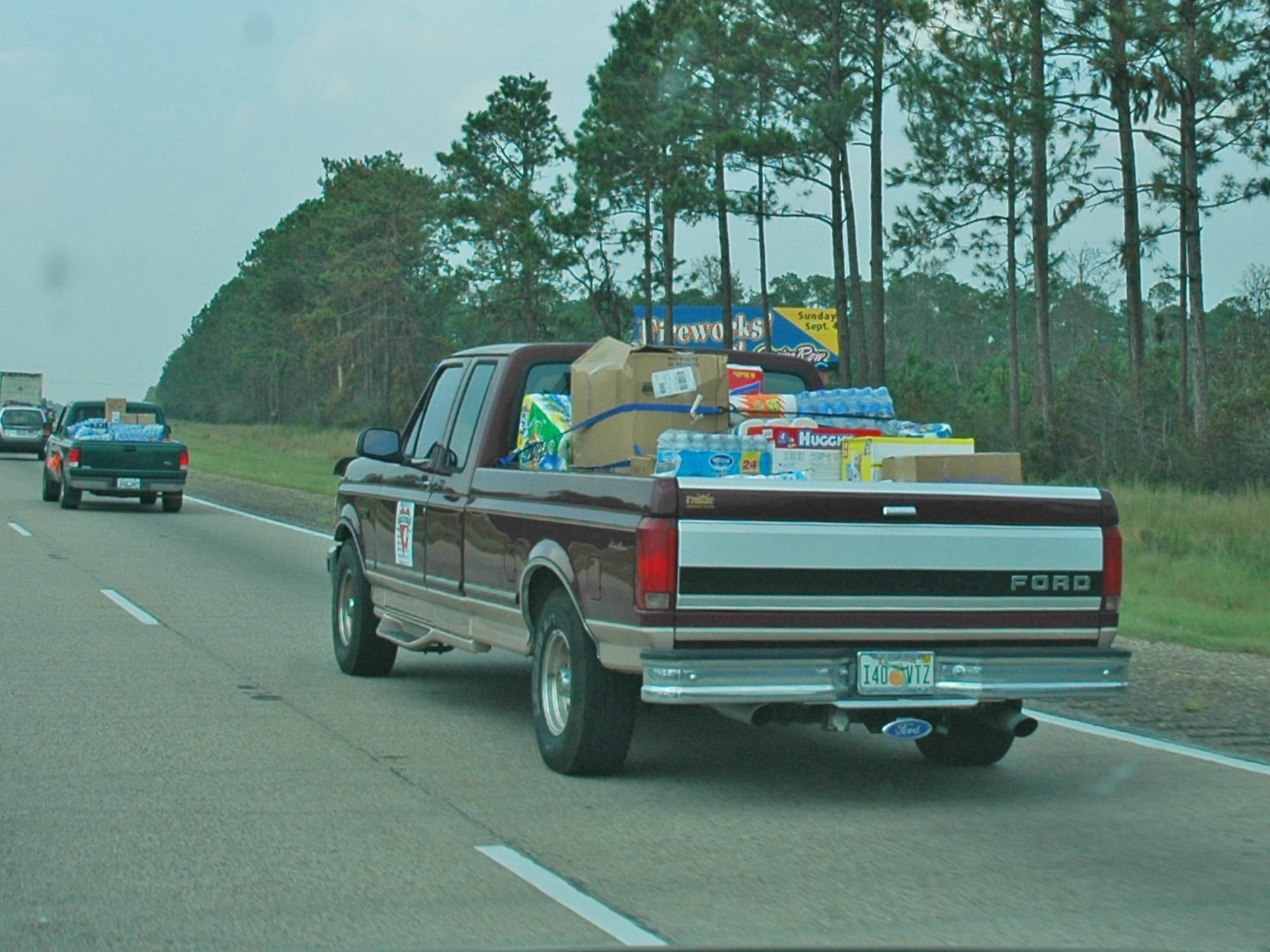
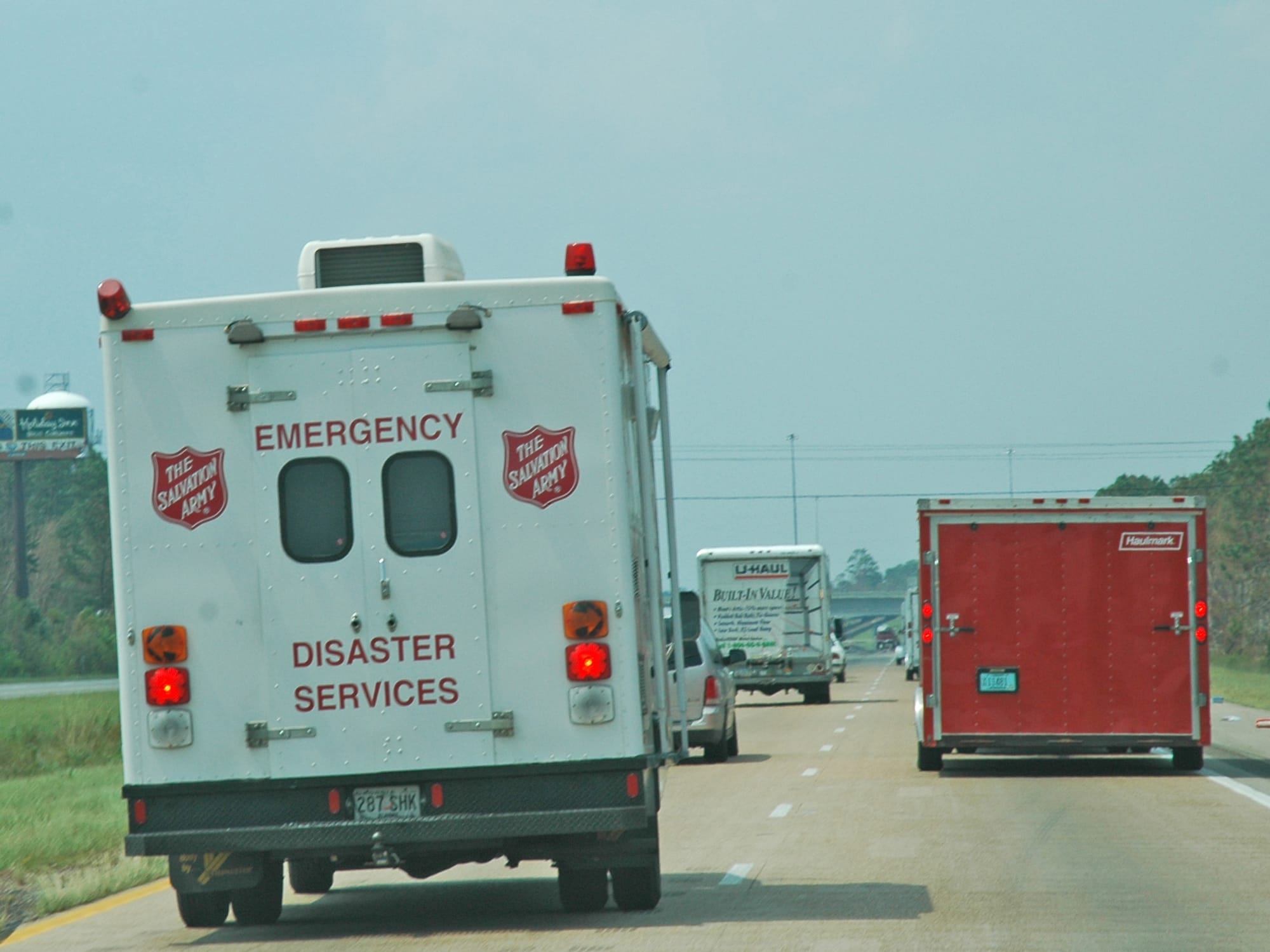

The lines at the few gas stations open in Gulfport were hours long, so we drove to Mobile, Alabama to stock up on gas for the generator at Melba's house. Much of the traffic on I-10 was relief workers and supplies headed for New Orleans.
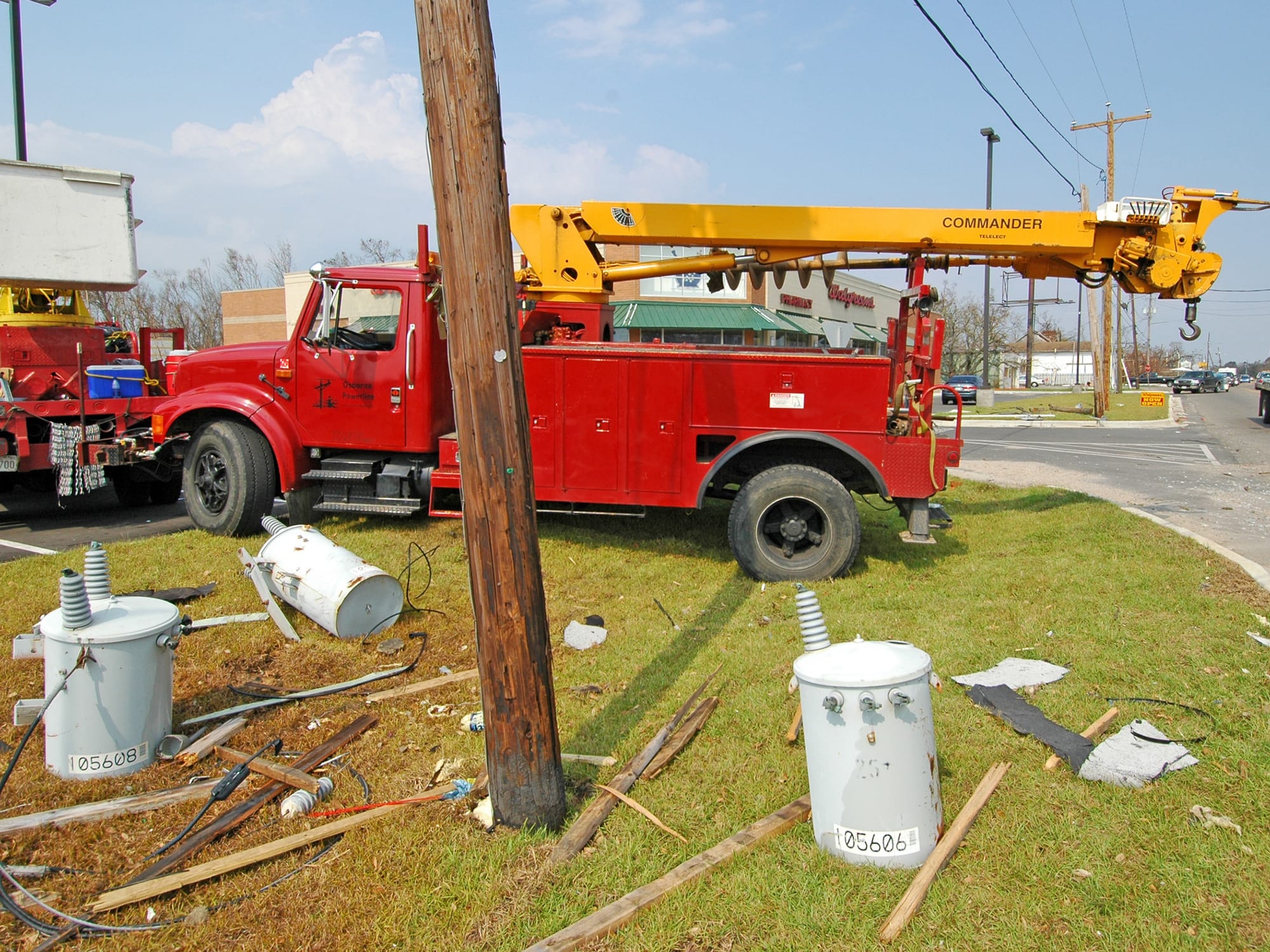
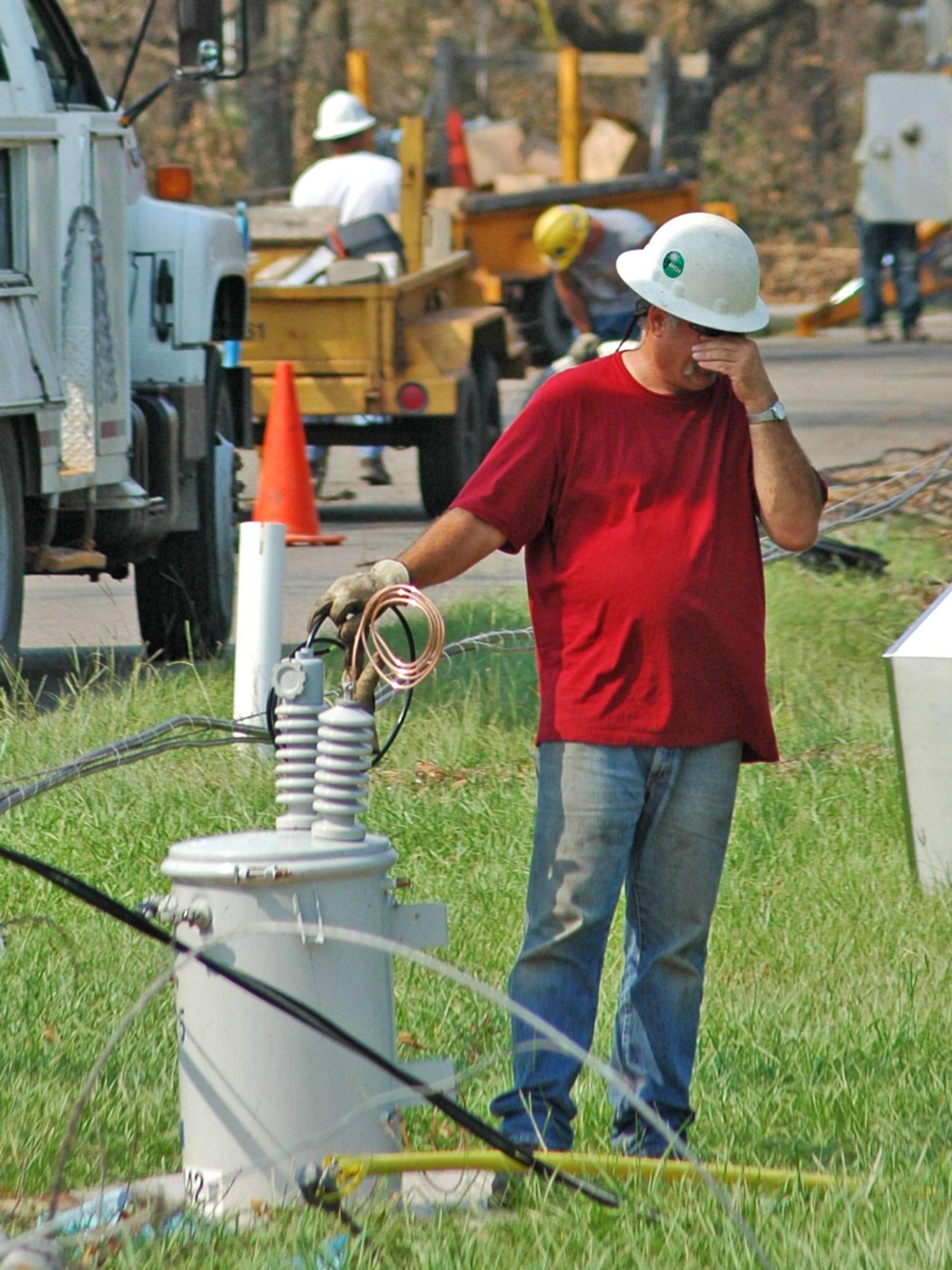
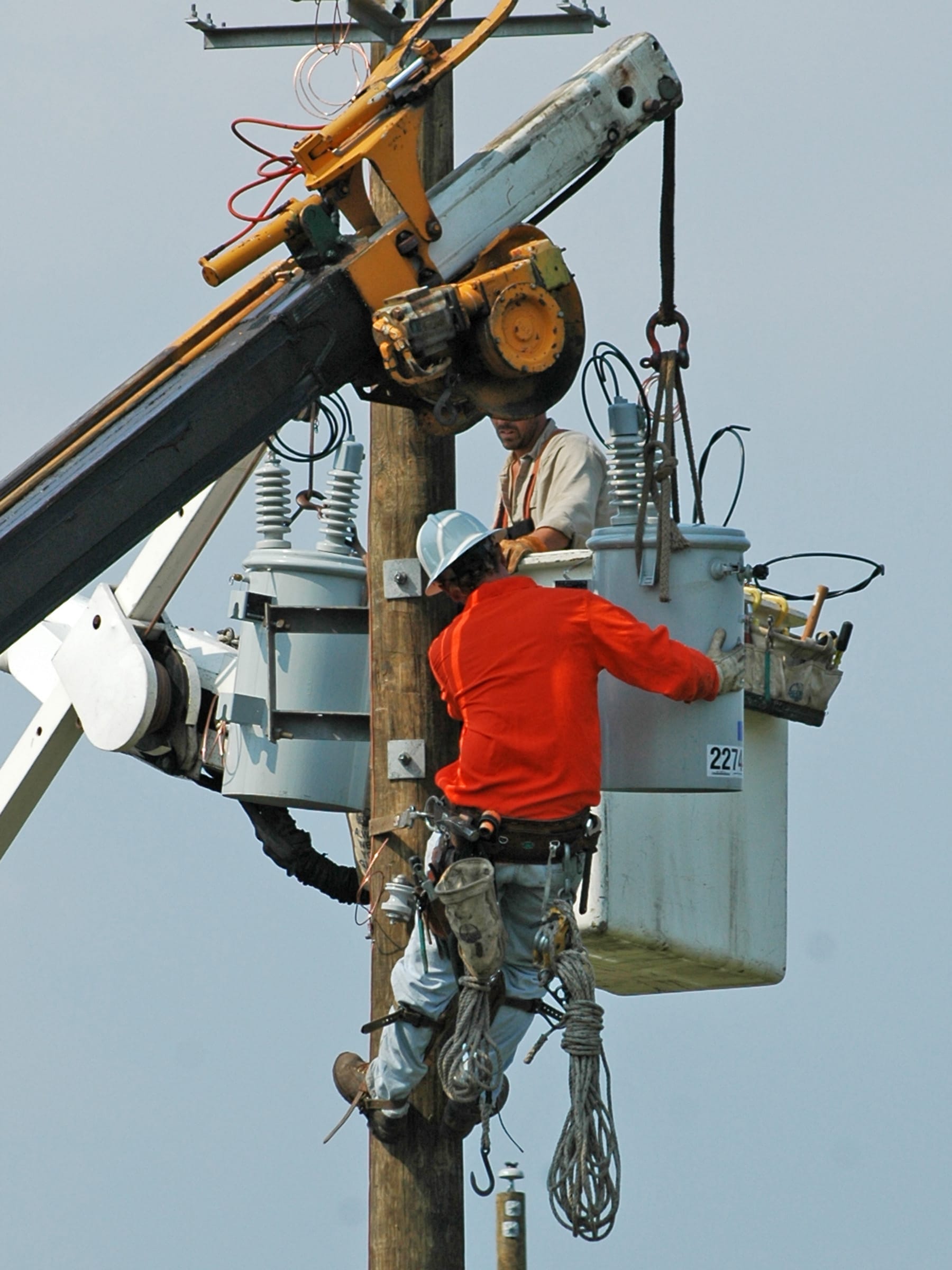
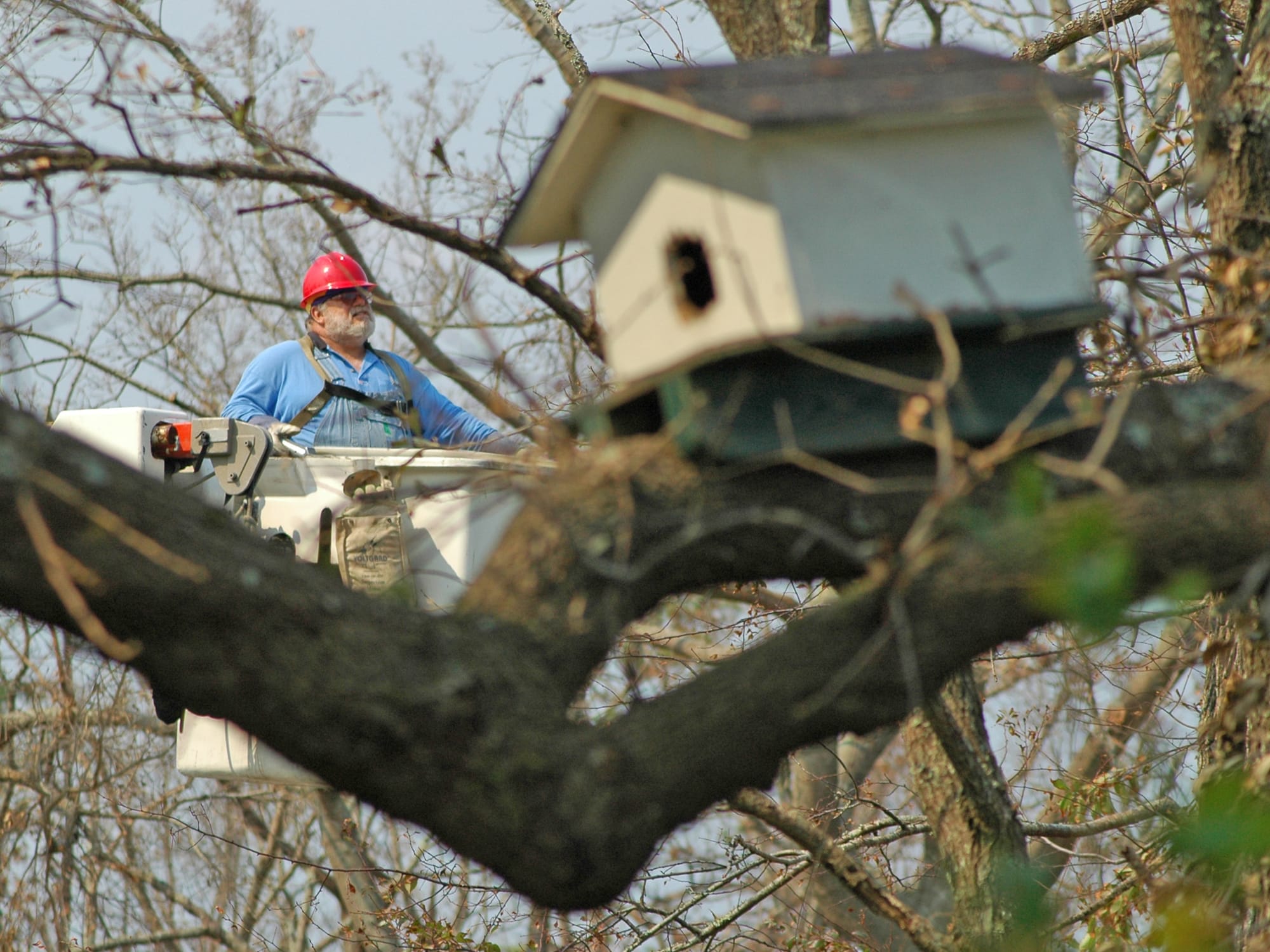
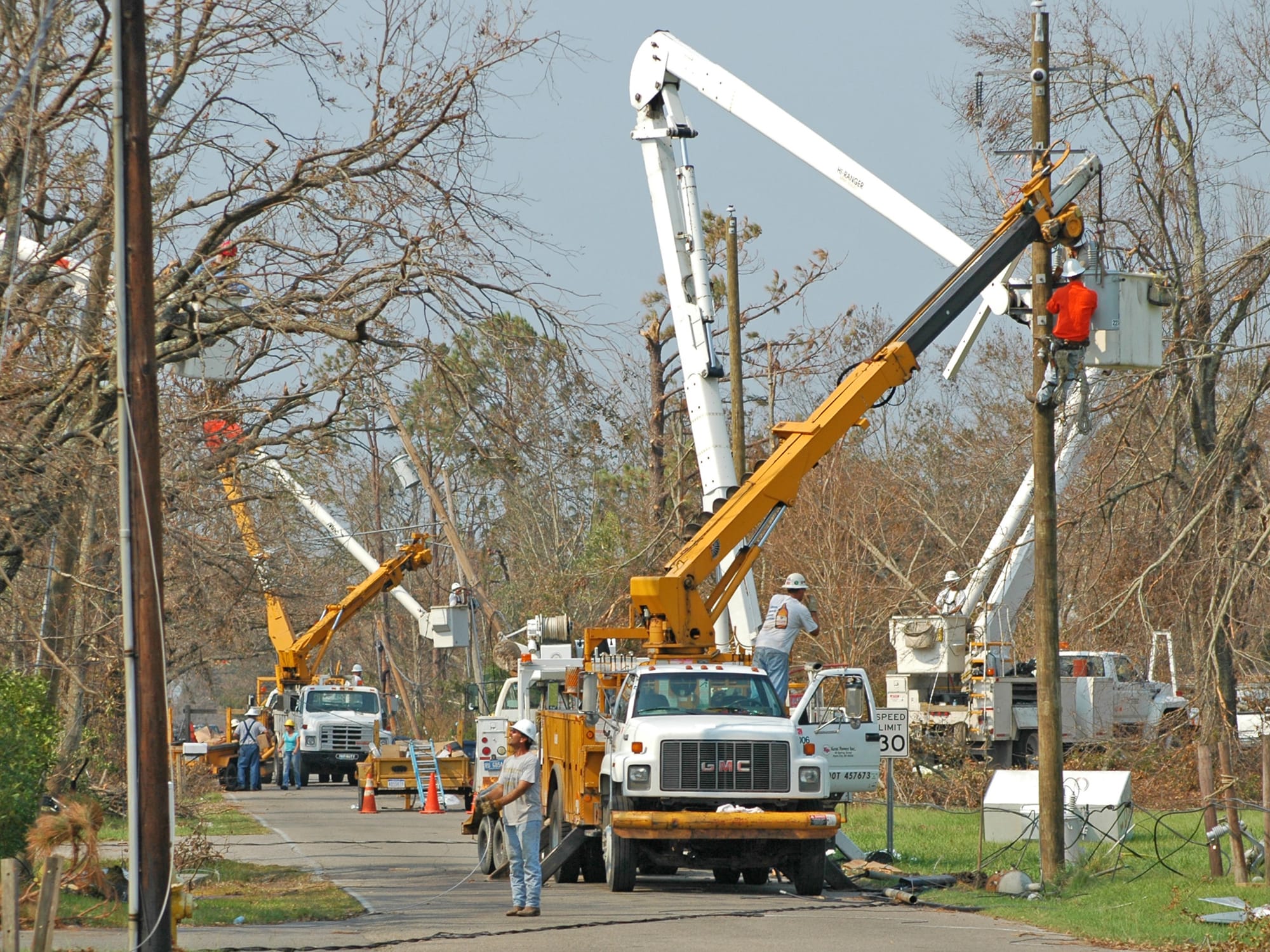
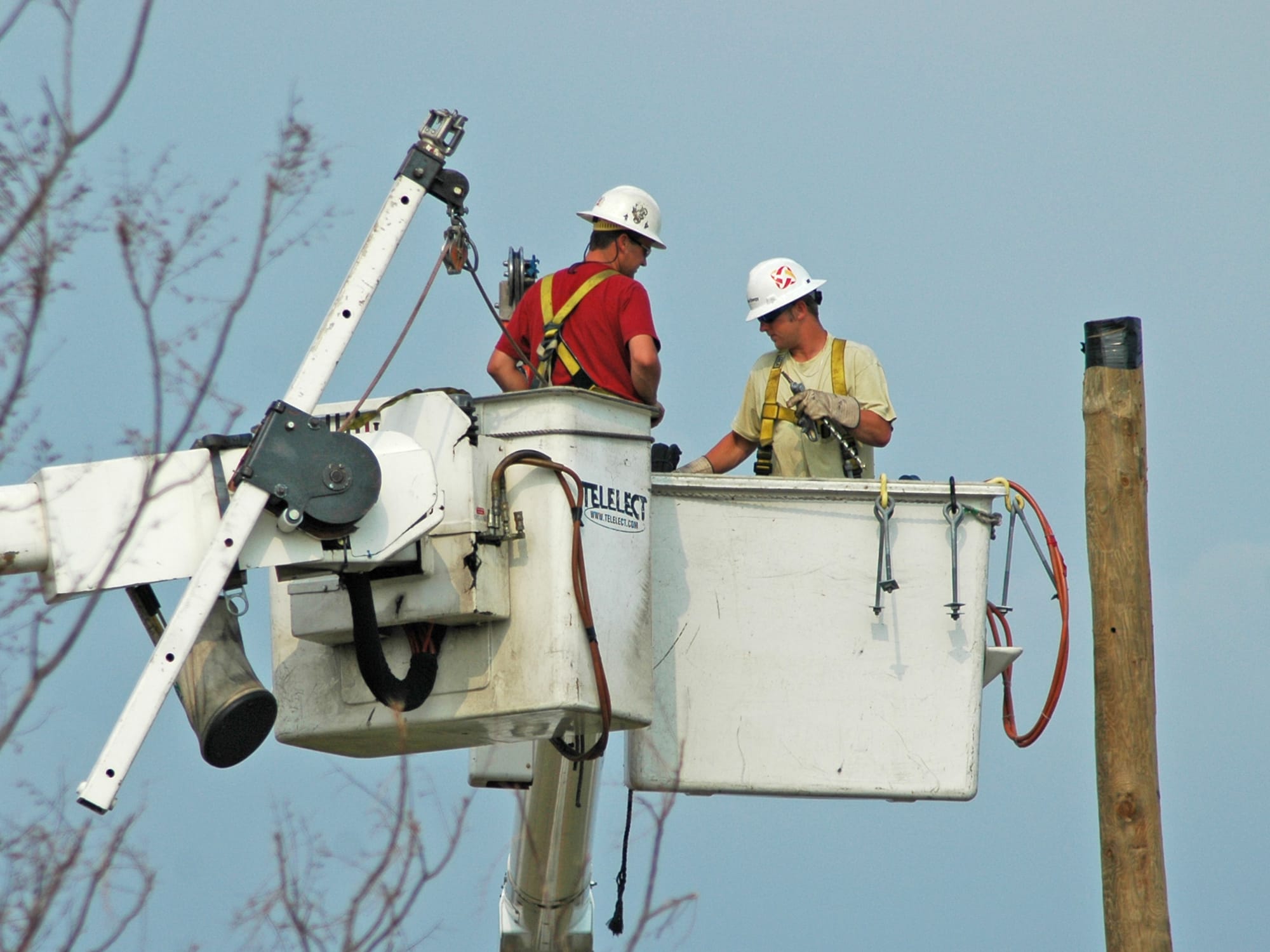
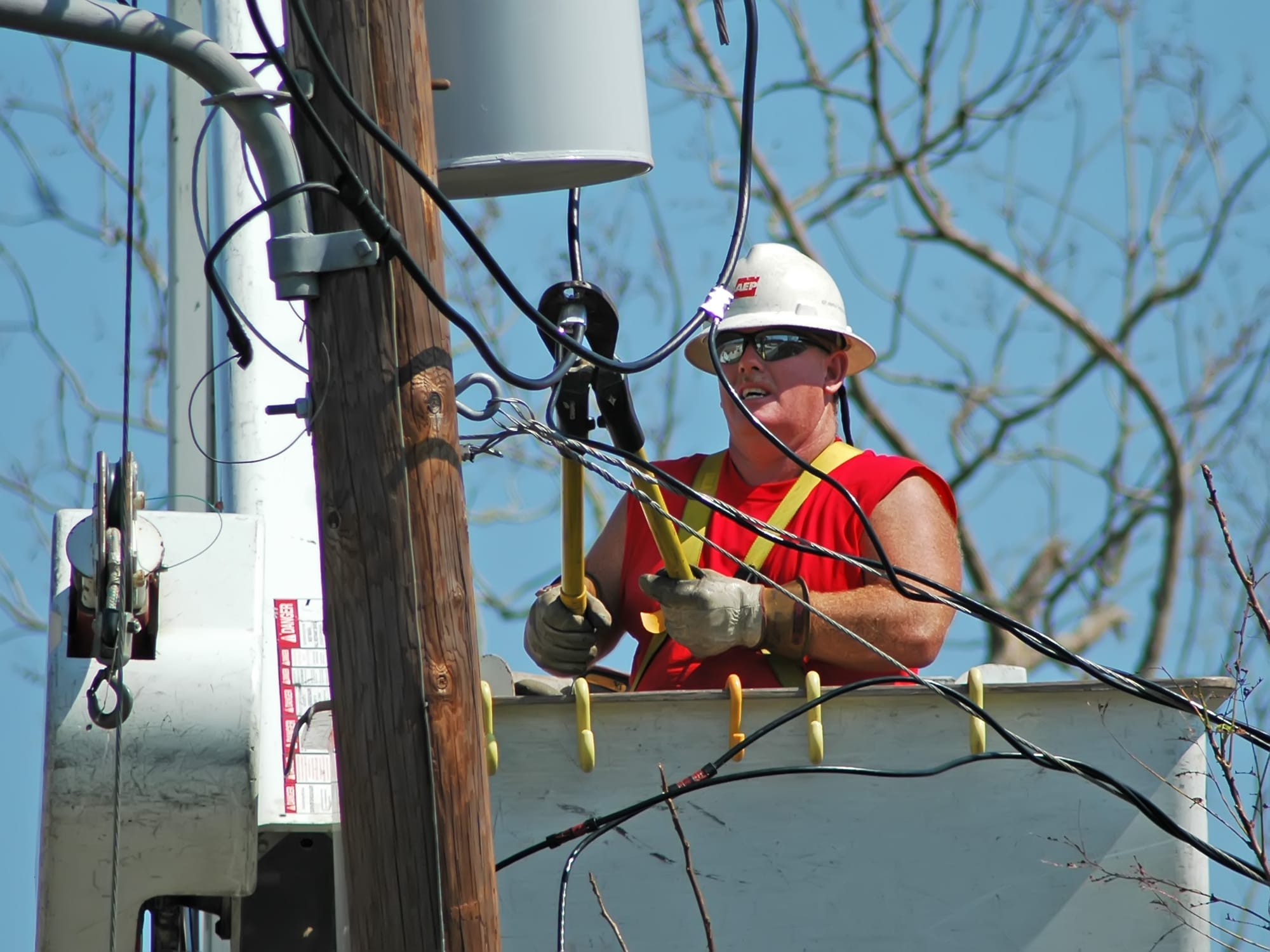
Power workers were putting in long hours restoring power to Gulfport and surrounding areas.
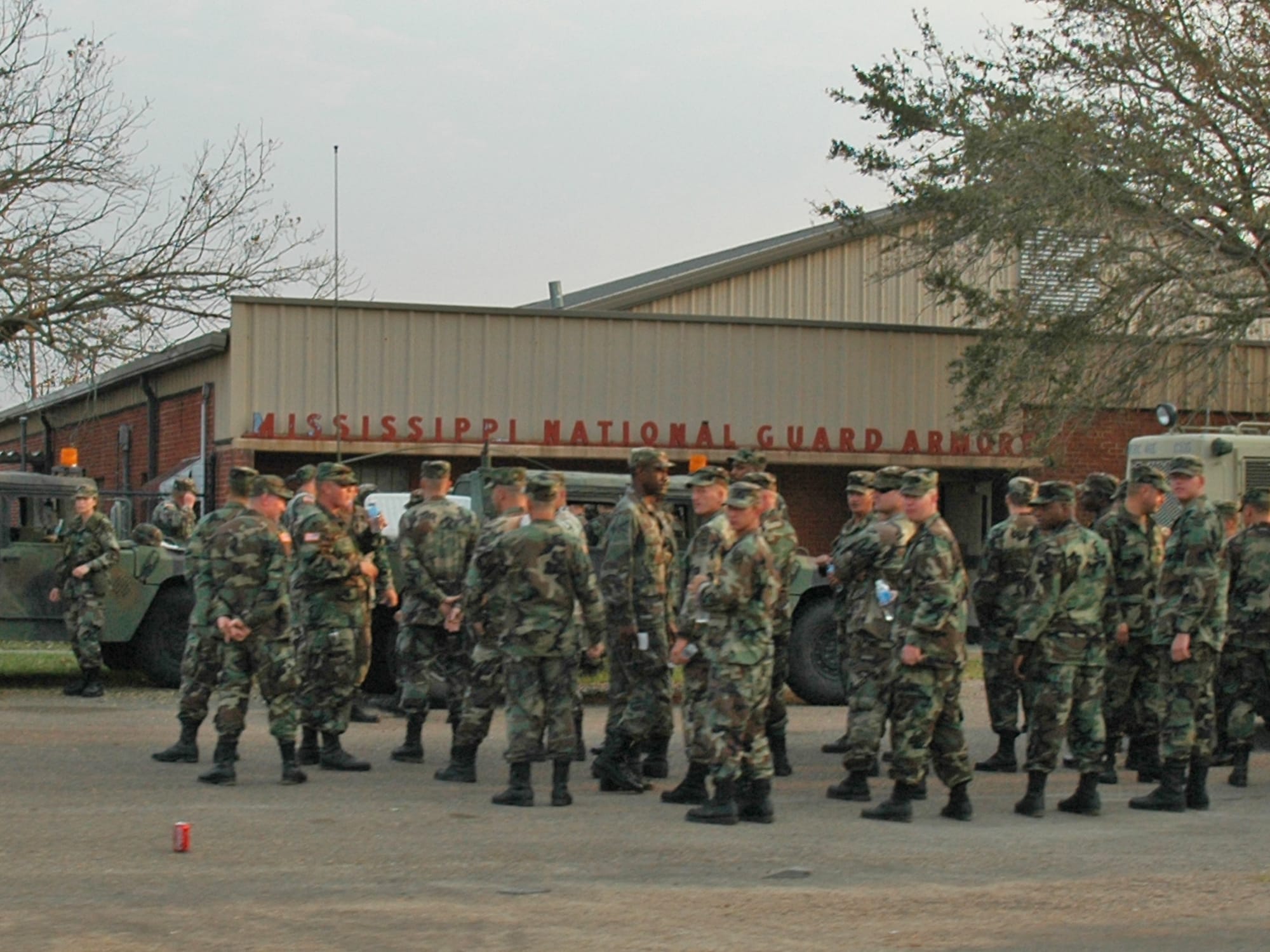
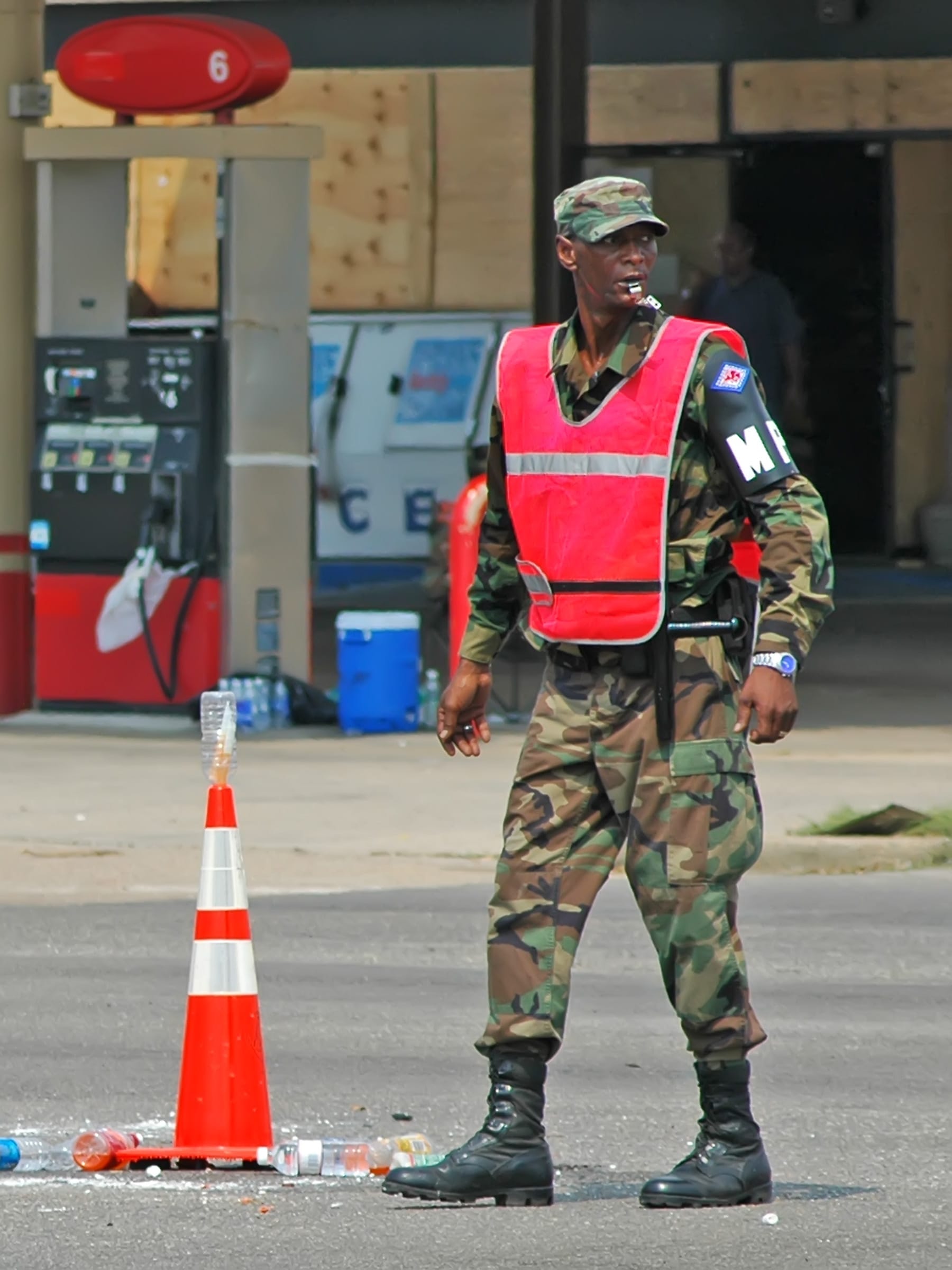
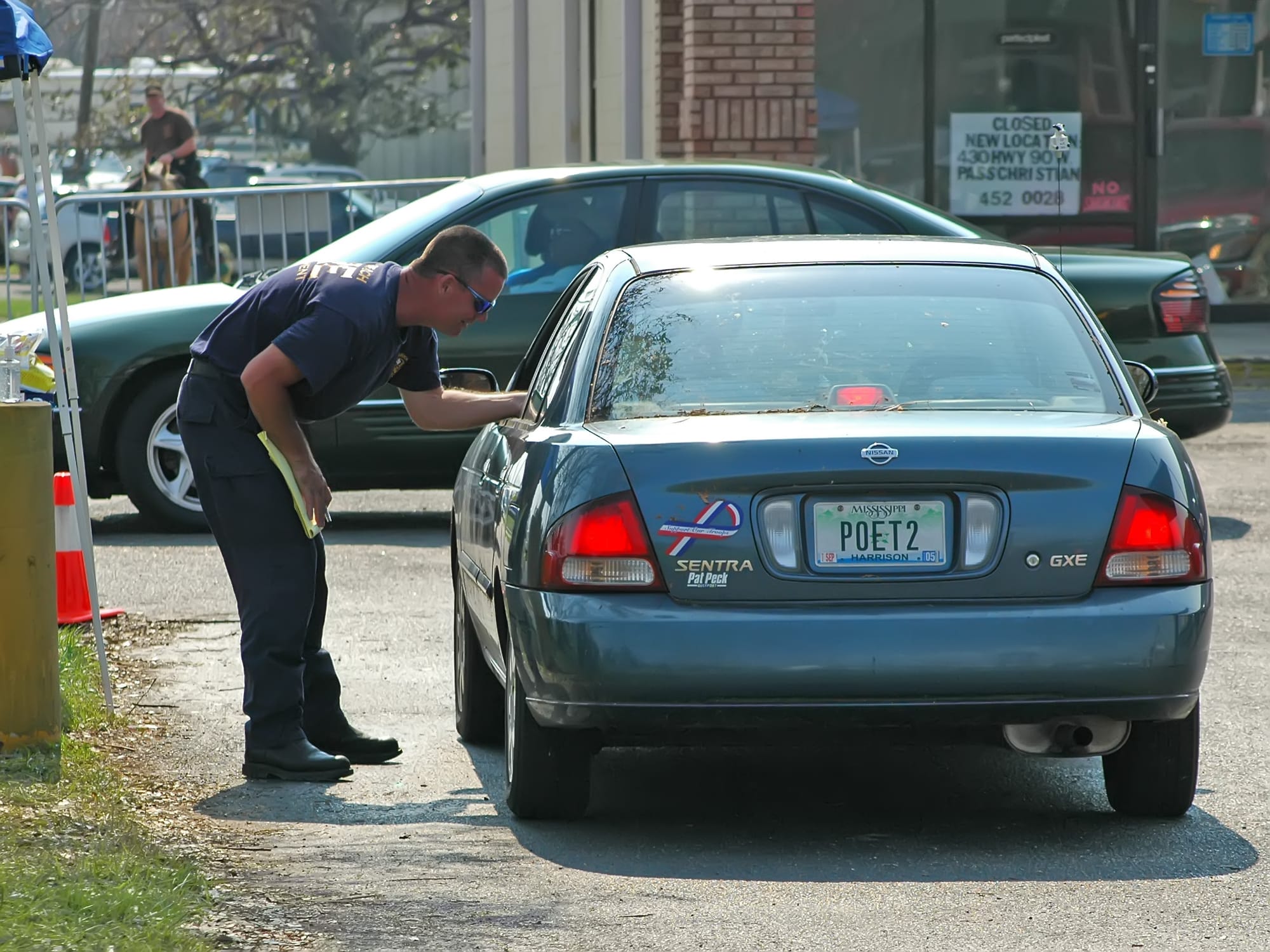
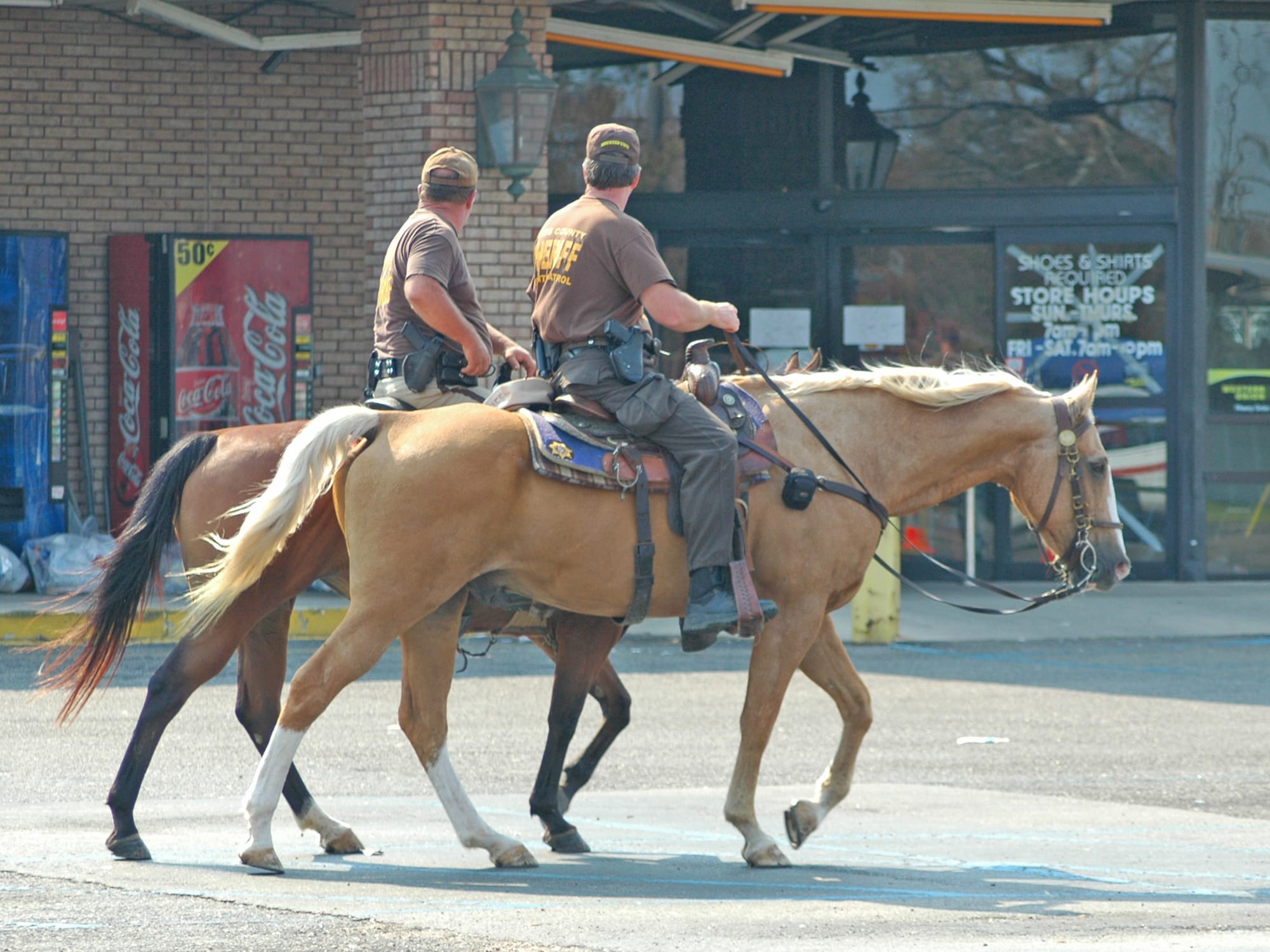
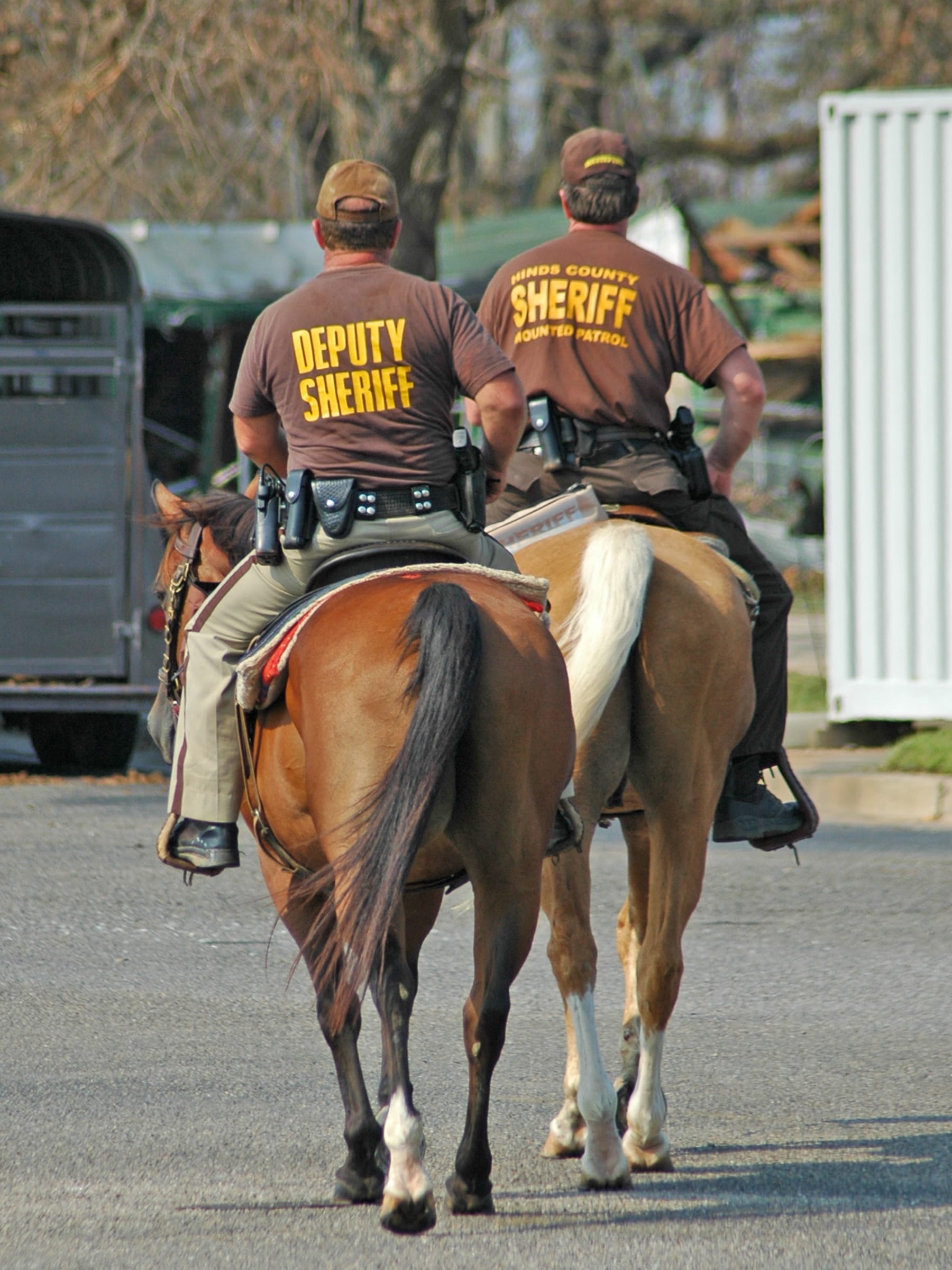
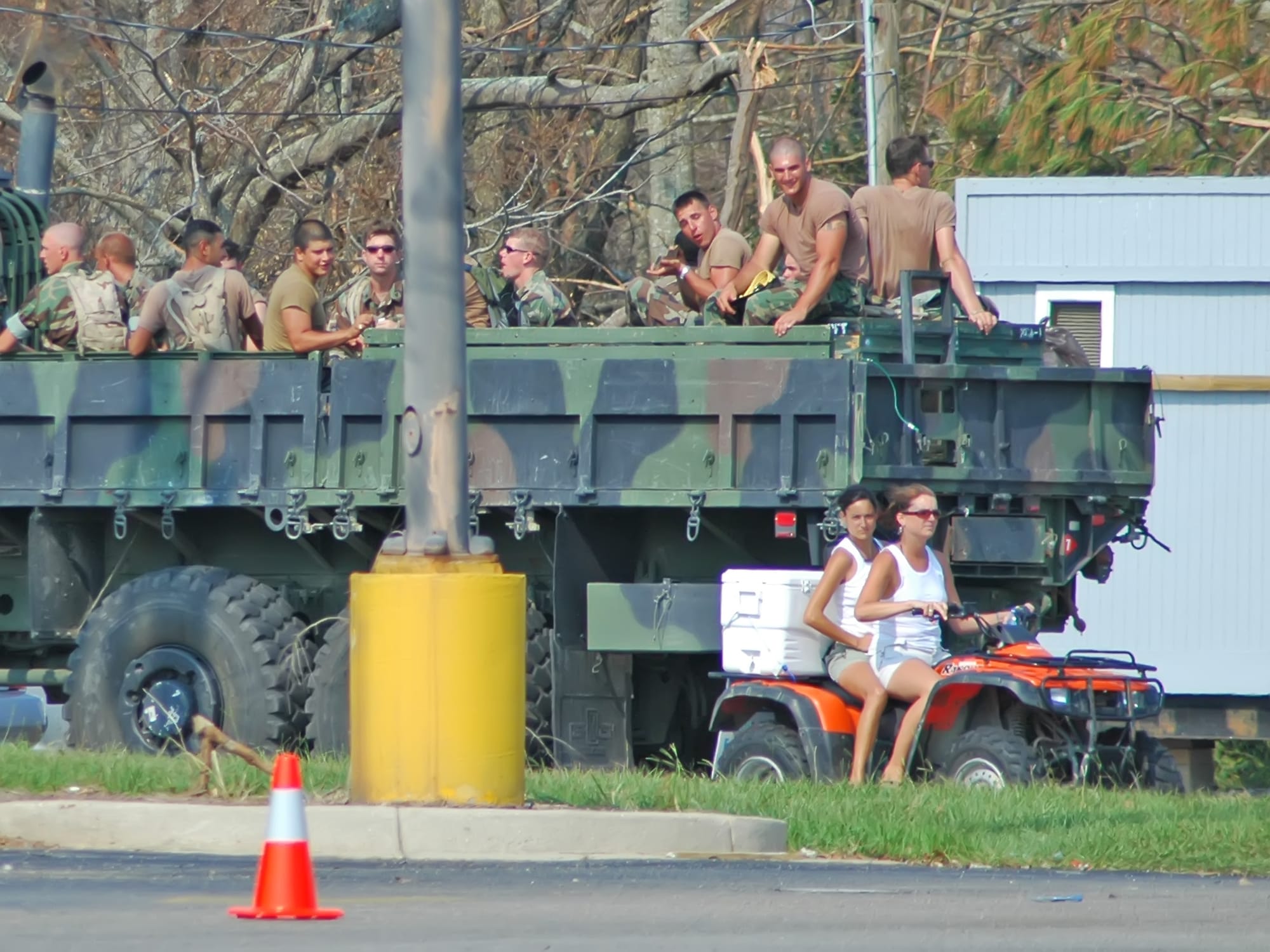
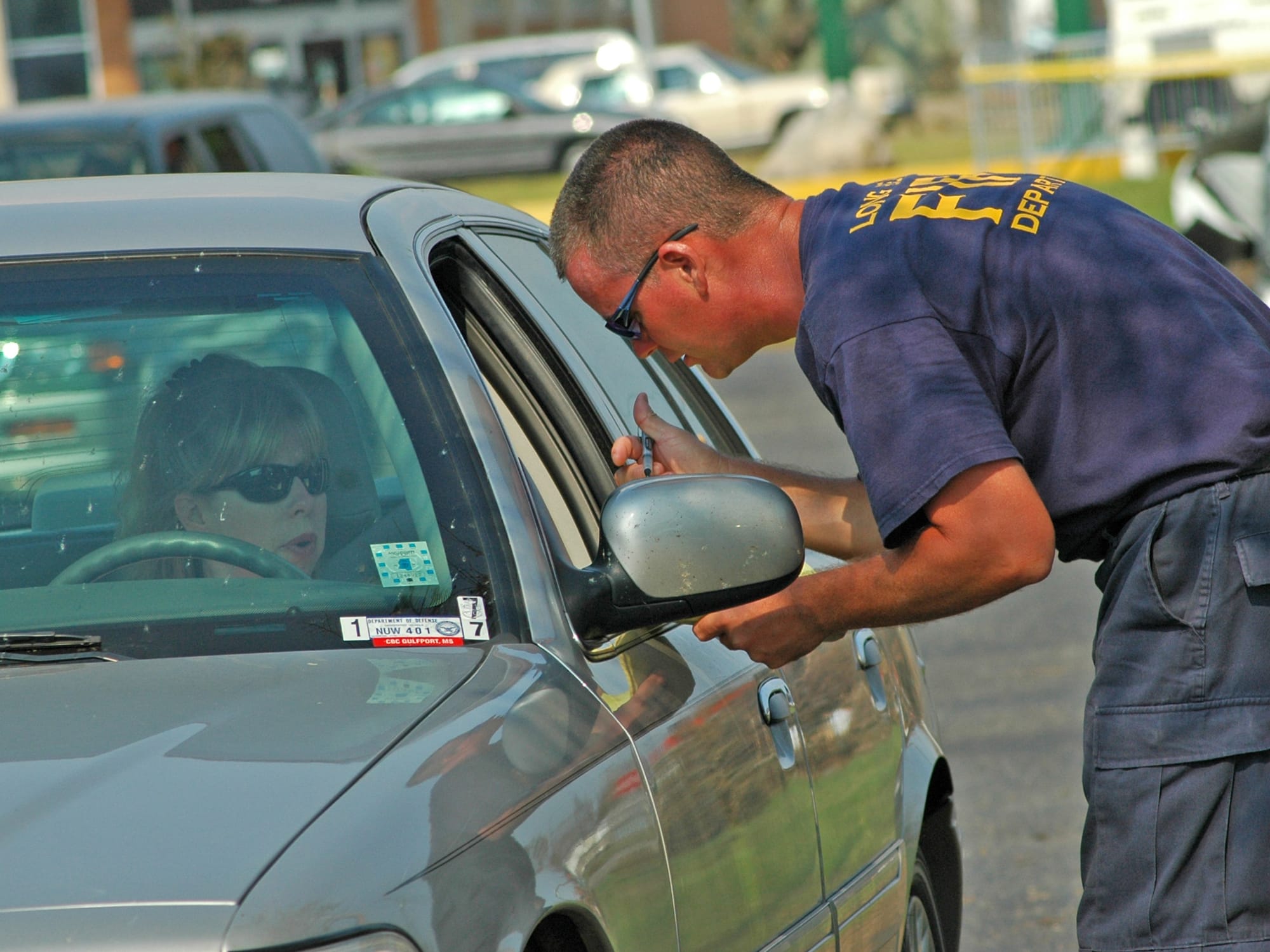
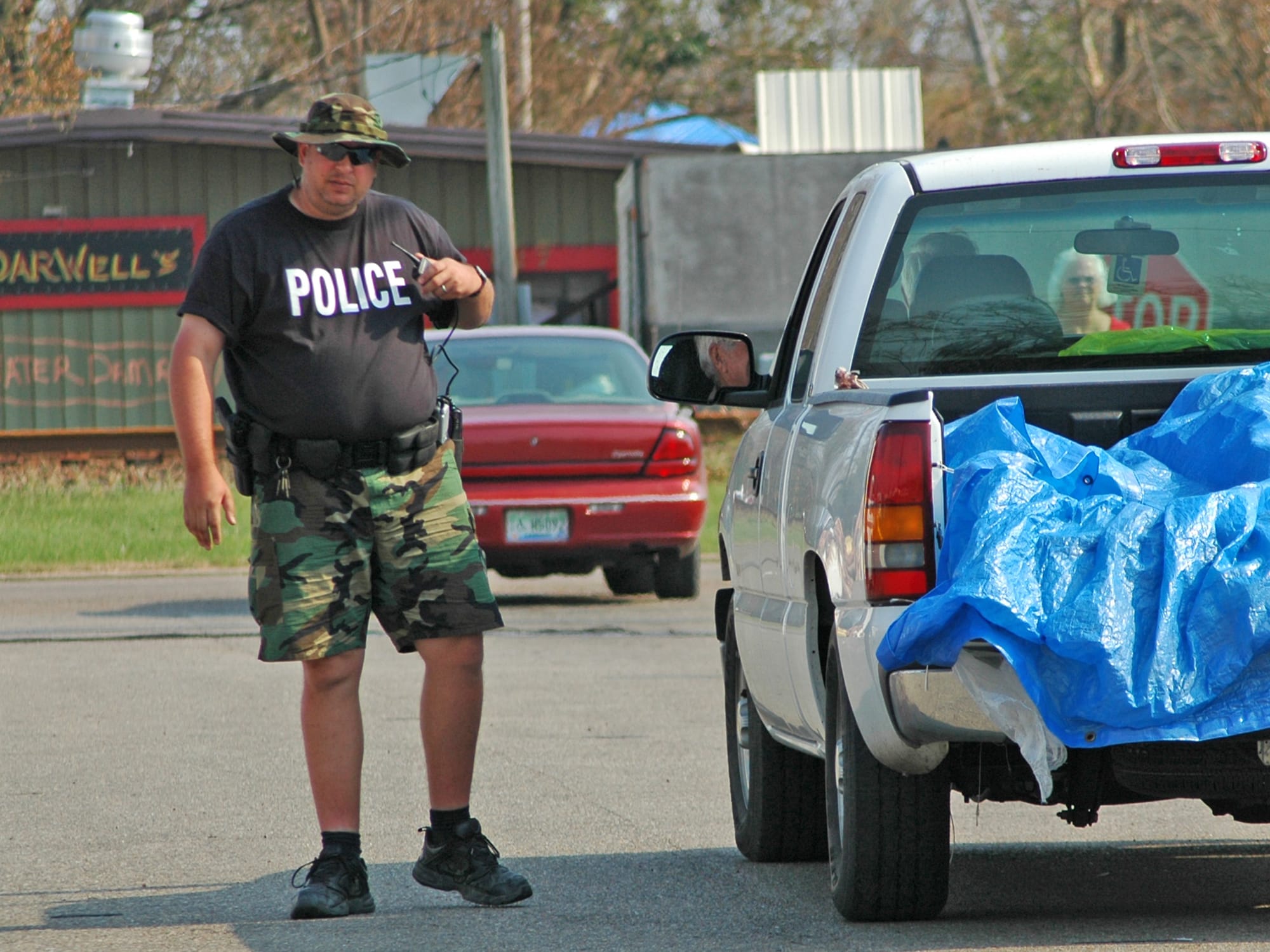
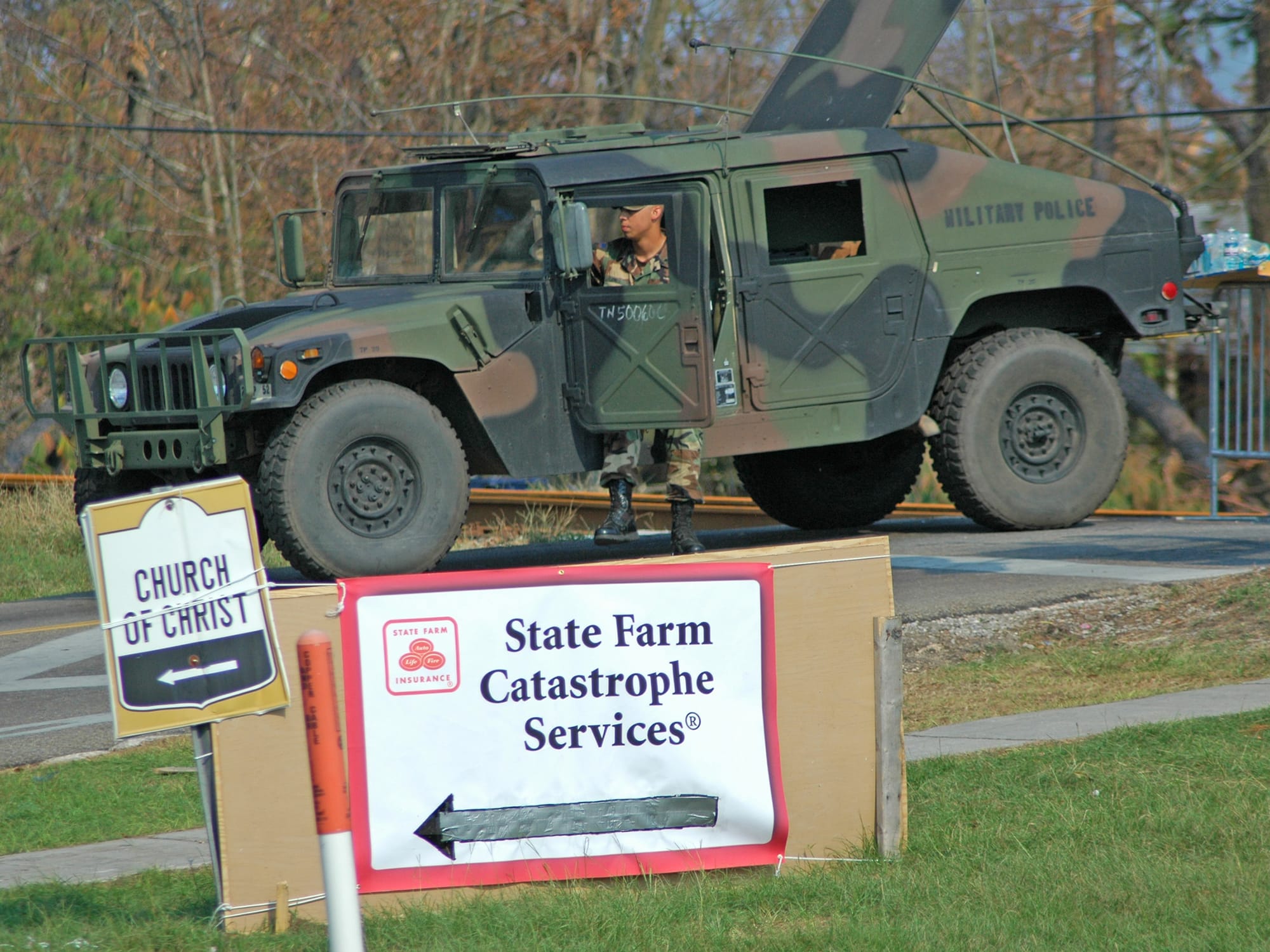
Security checkpoints everywhere, and first responders from the National Guard, military police, local police and sheriffs, and other organizations.
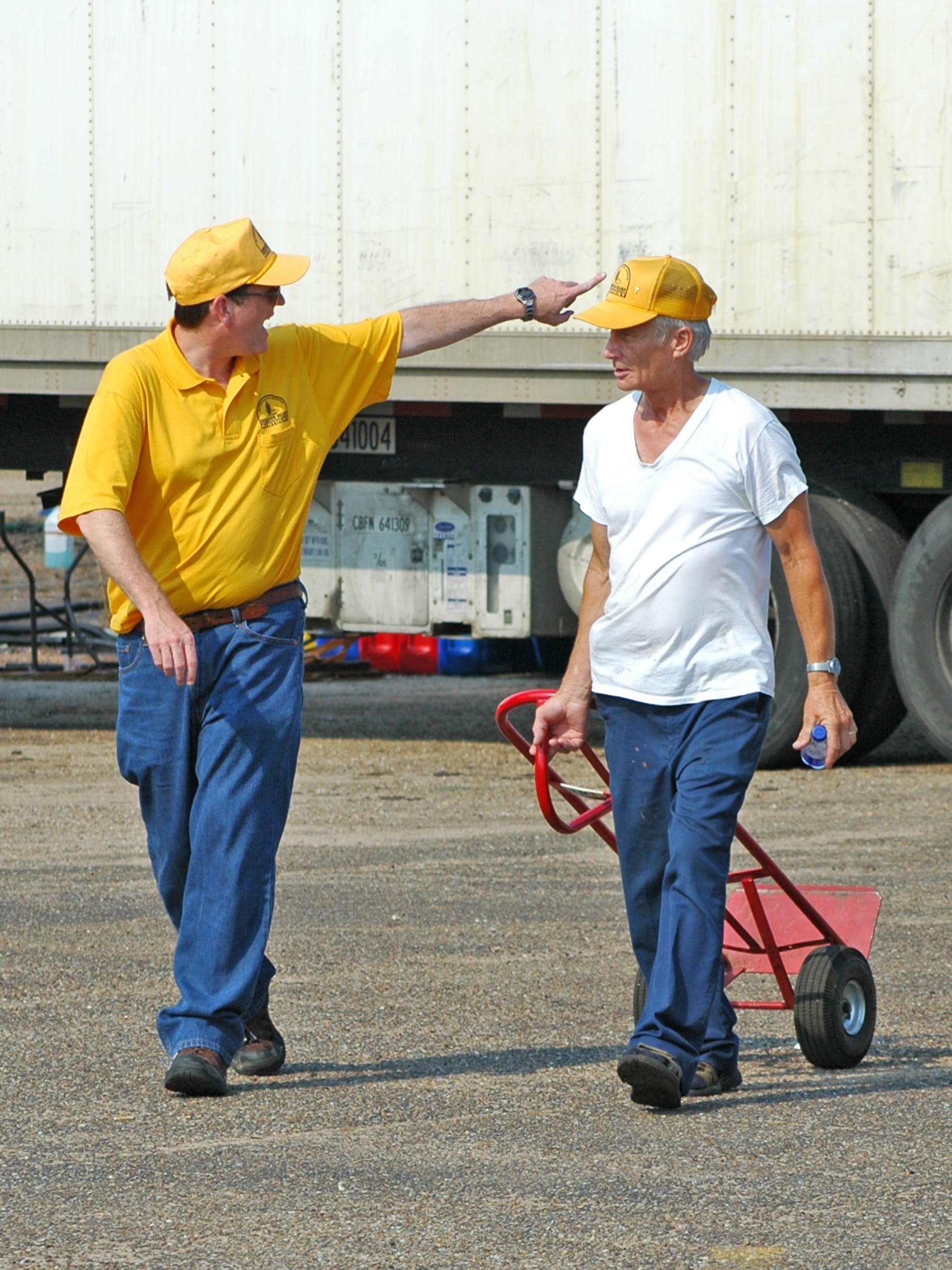
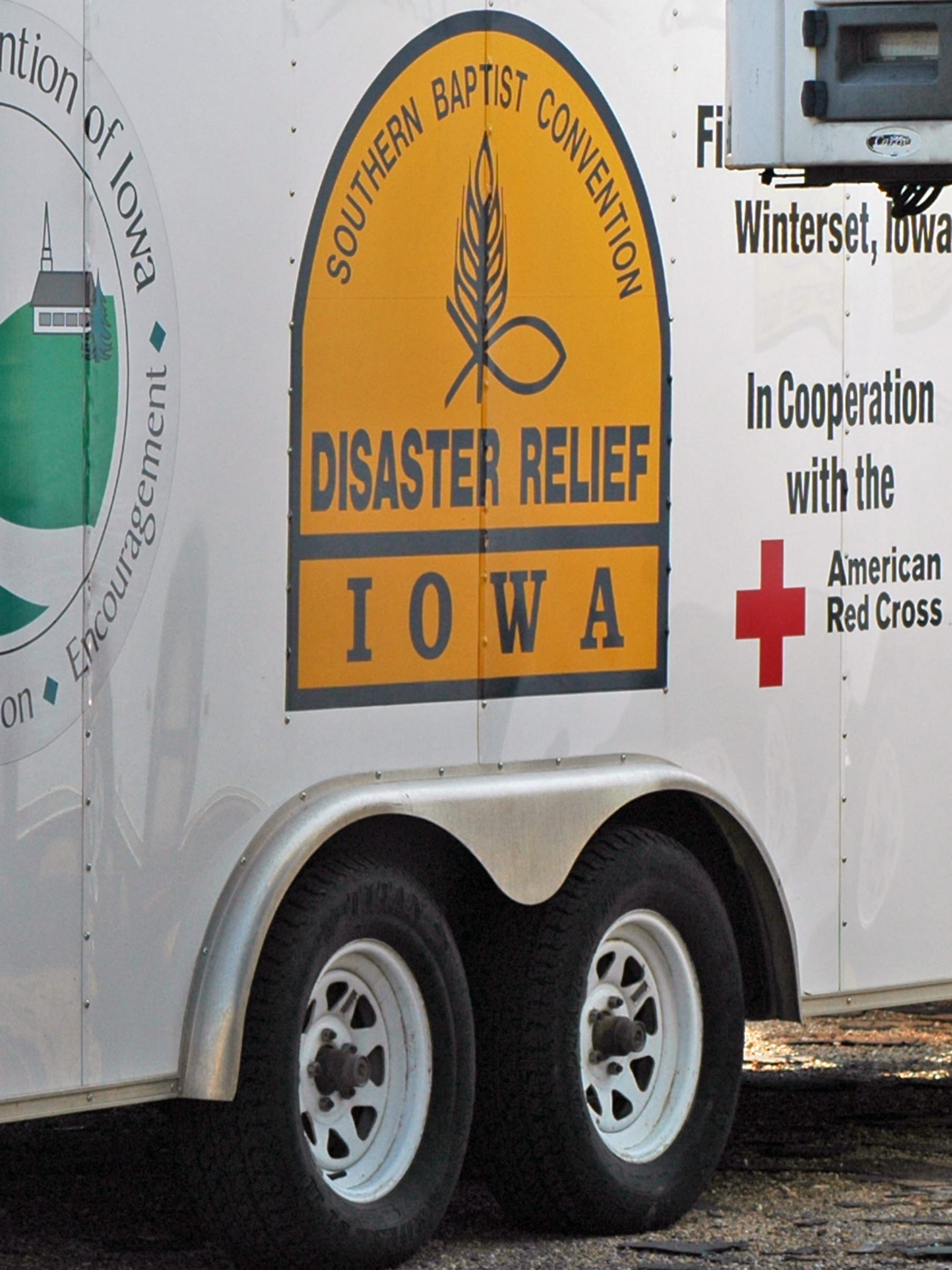
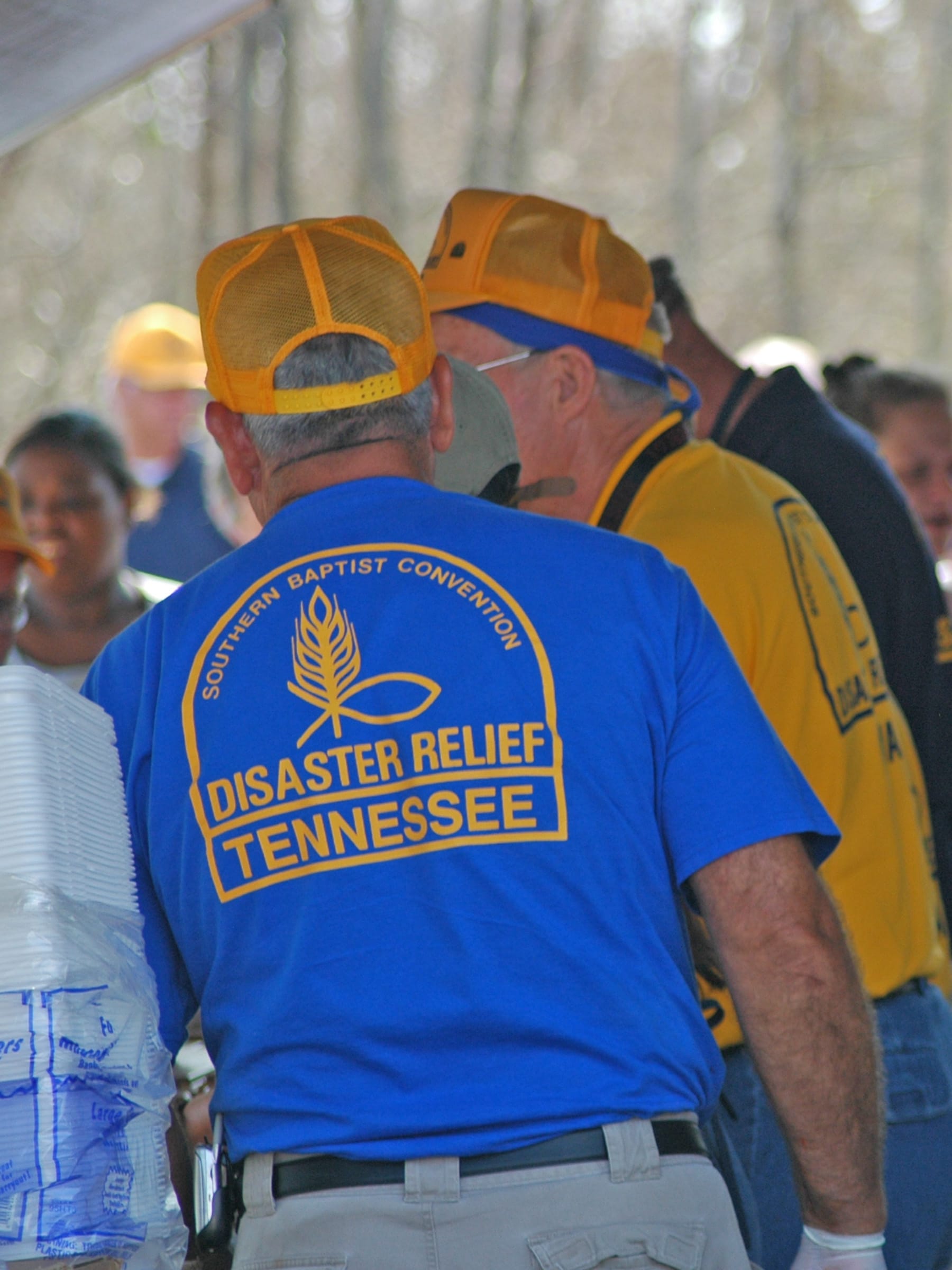
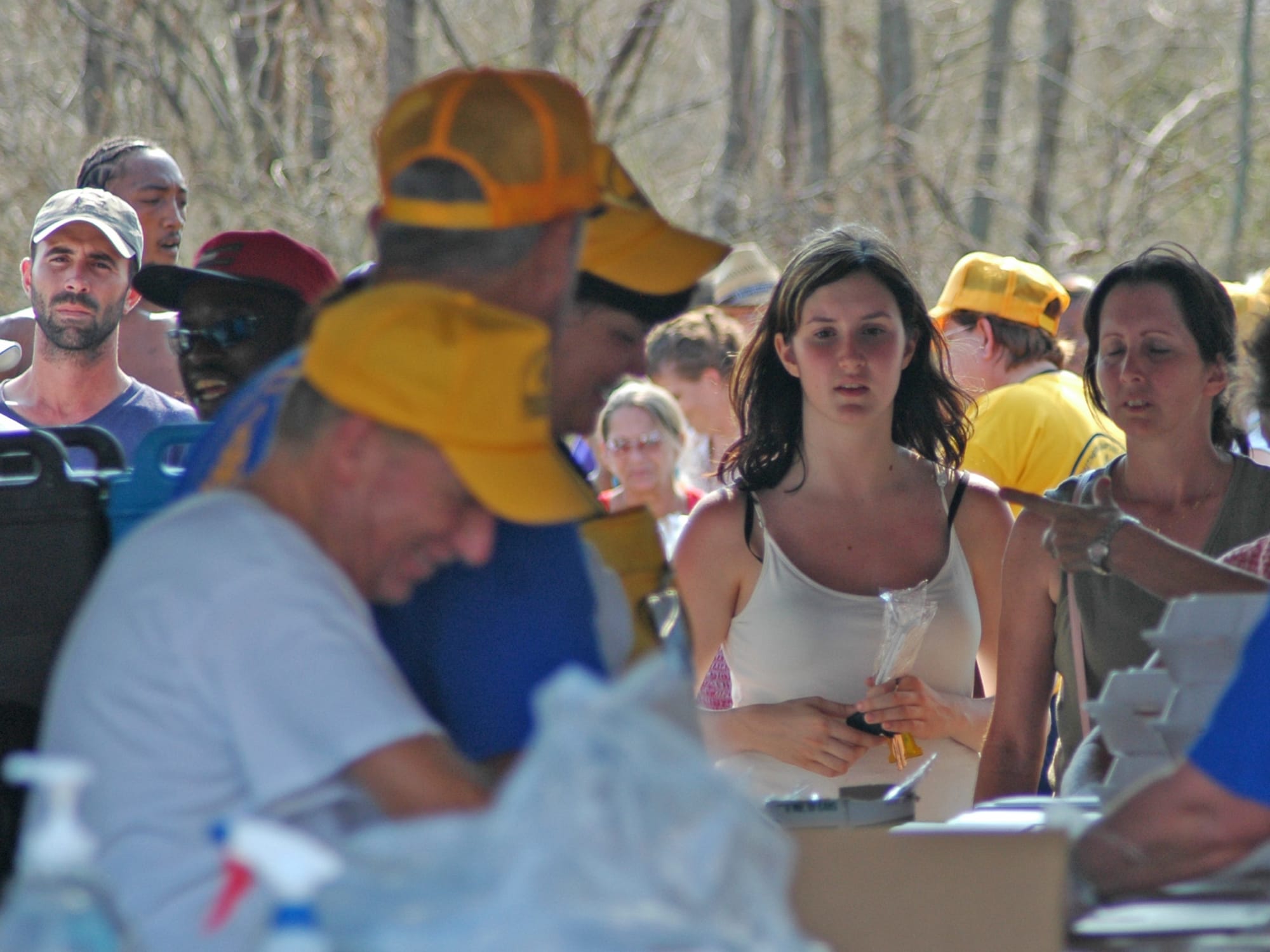
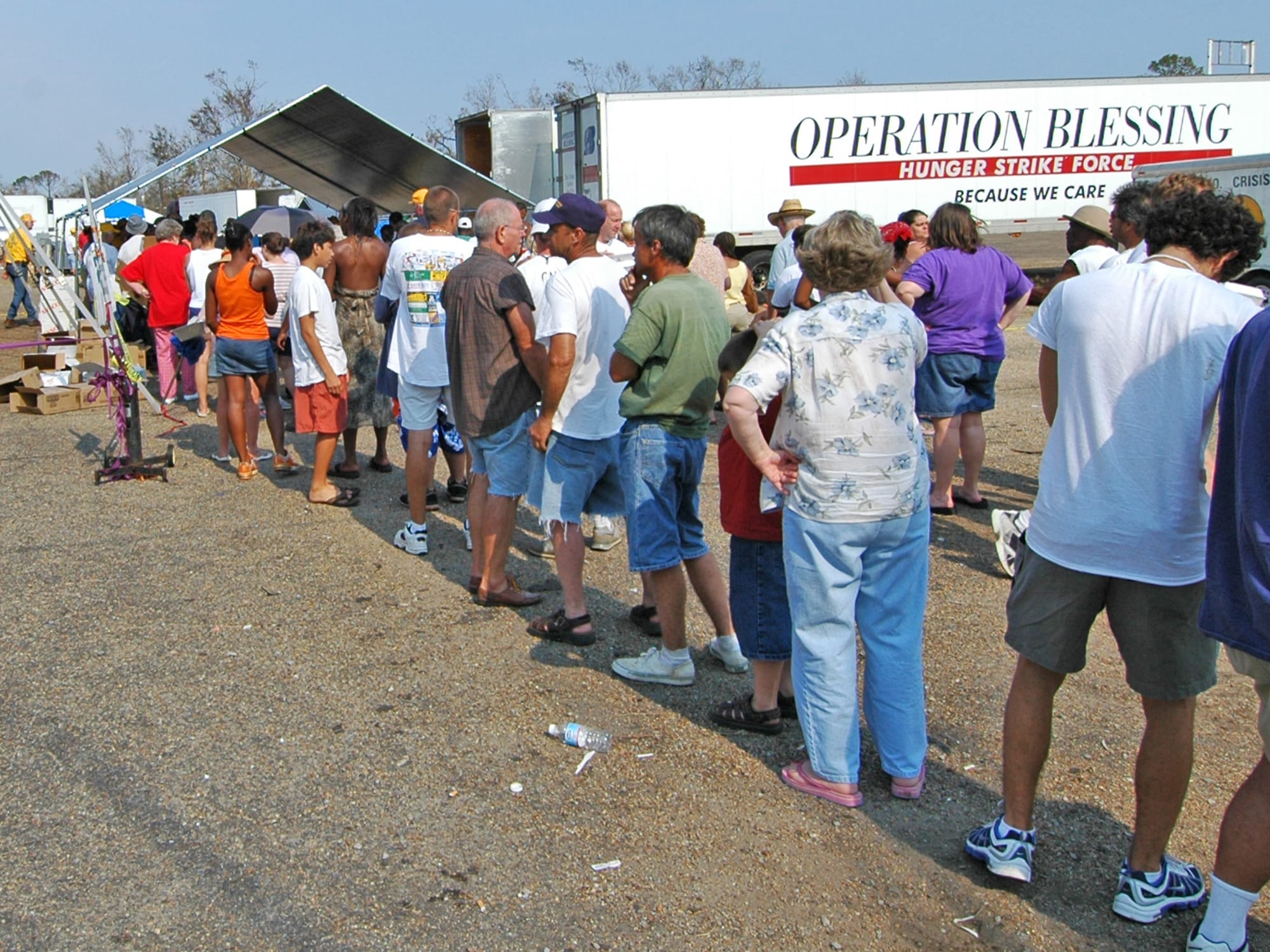
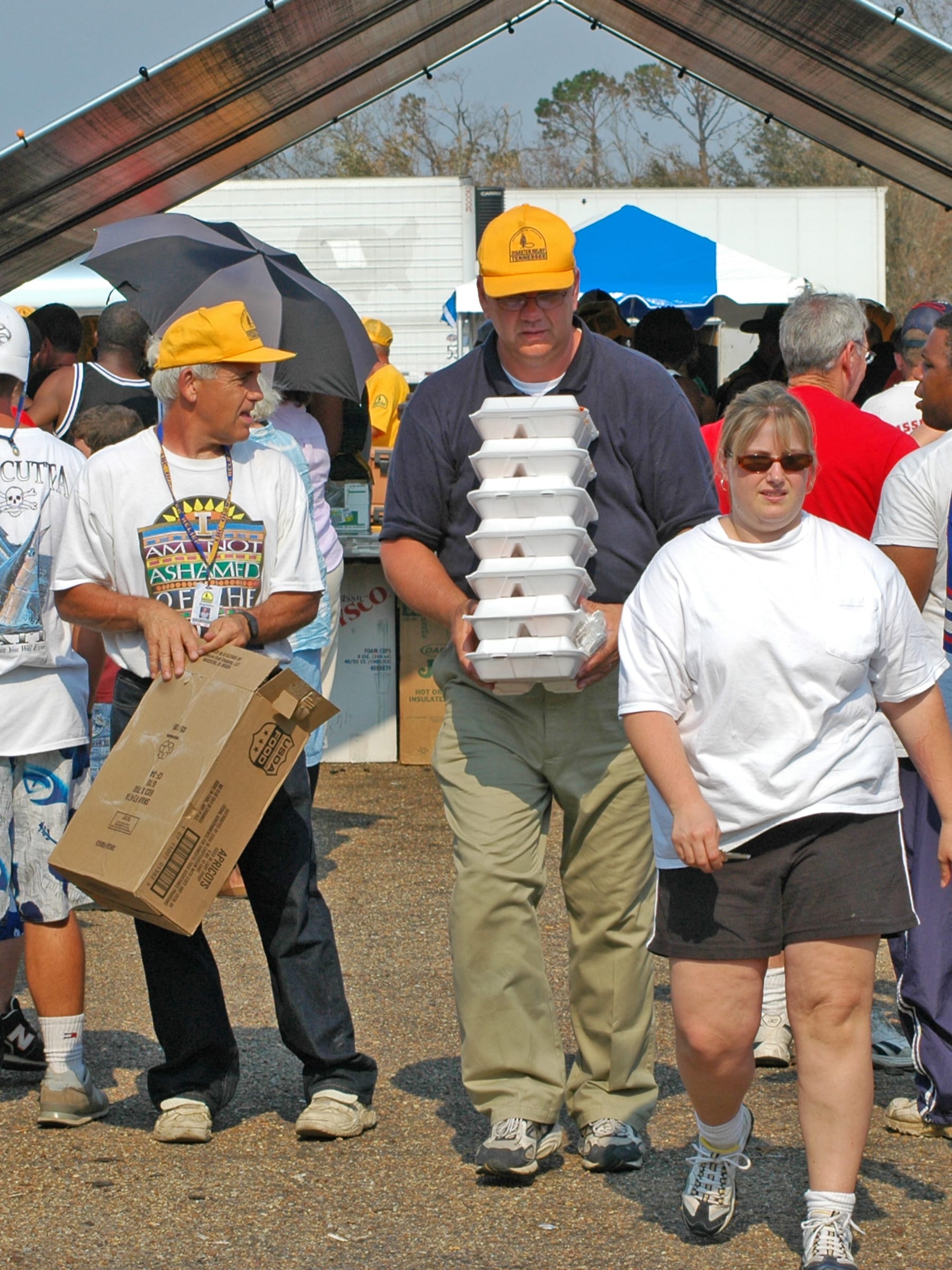
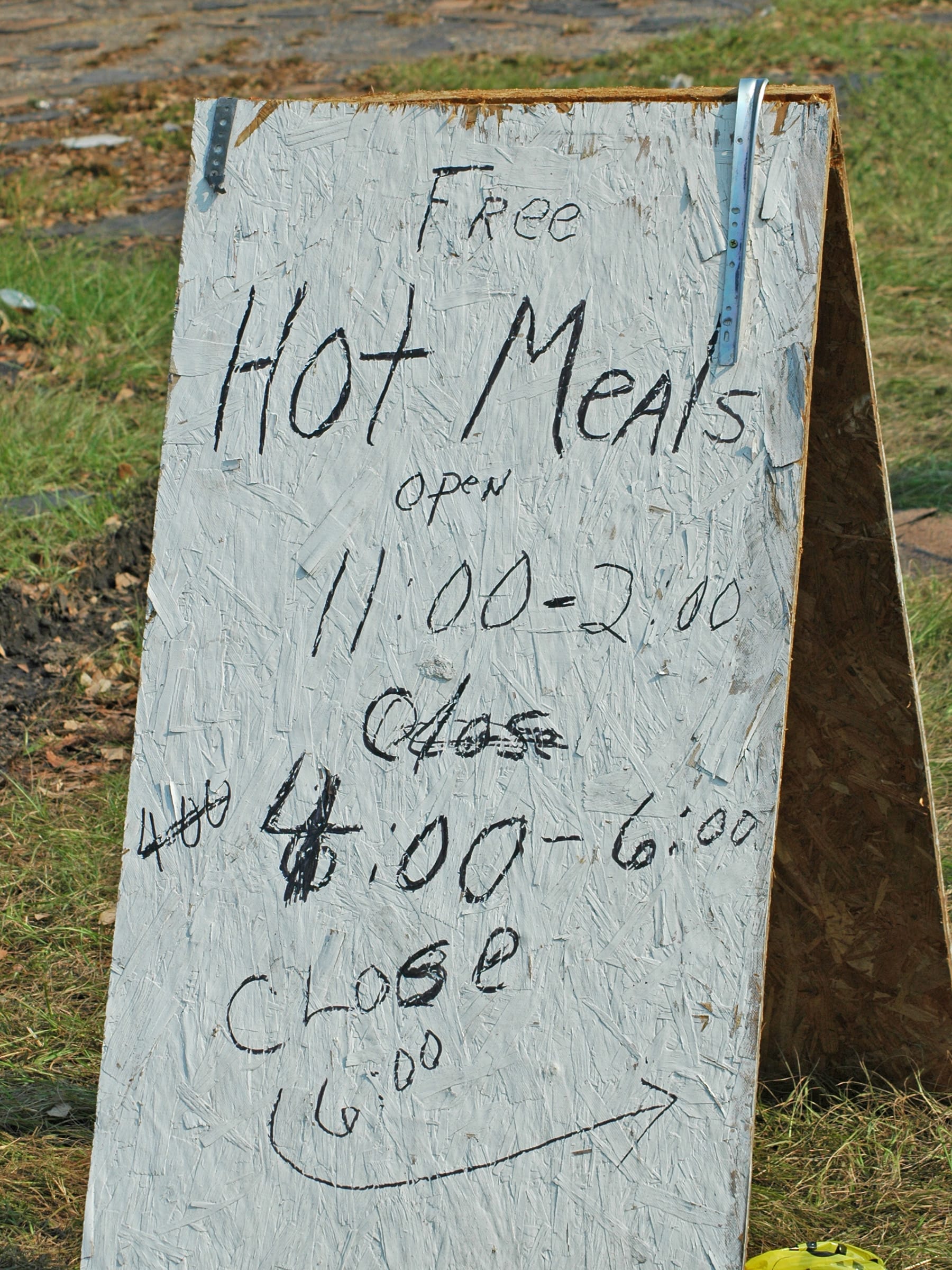
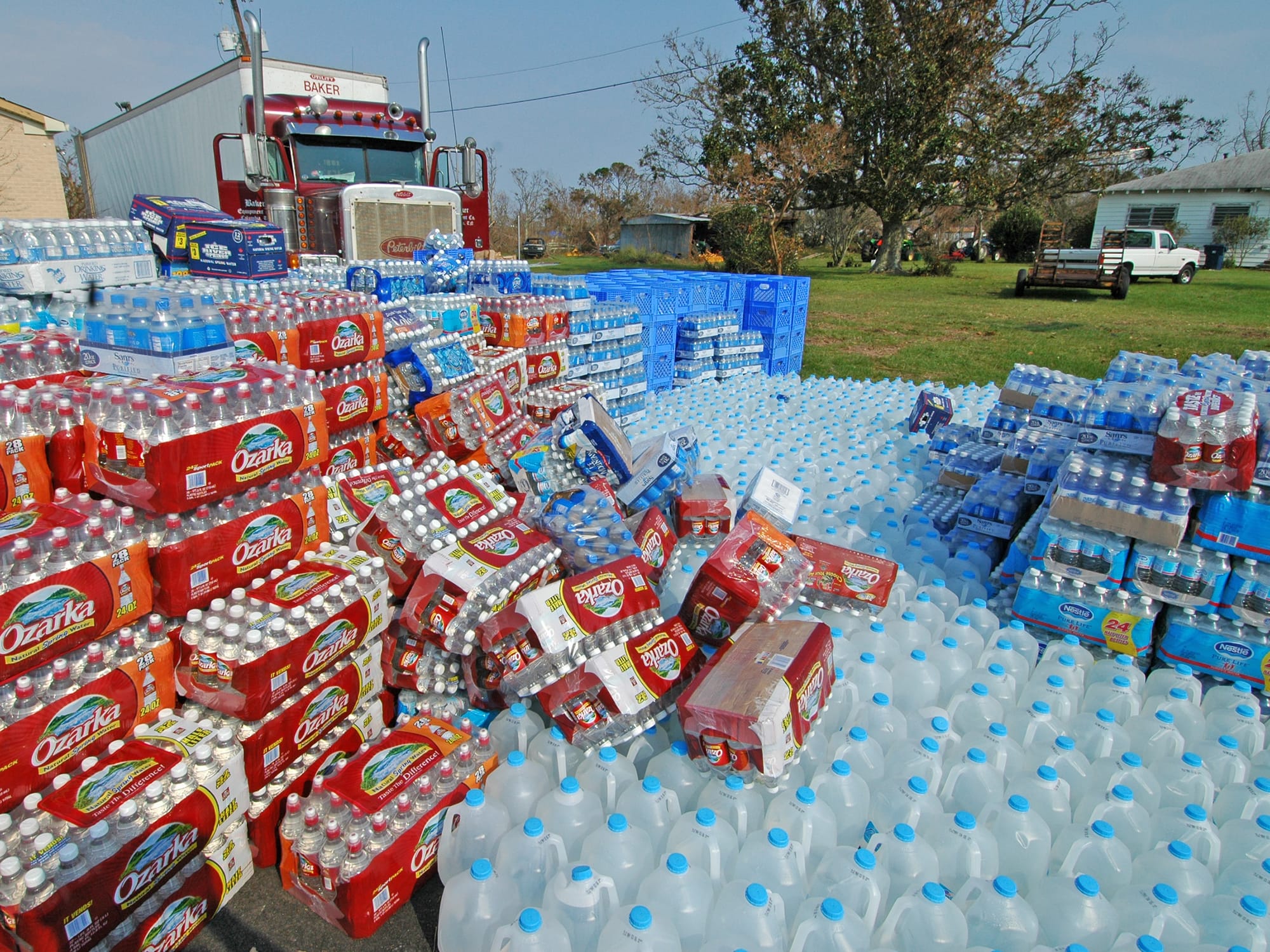
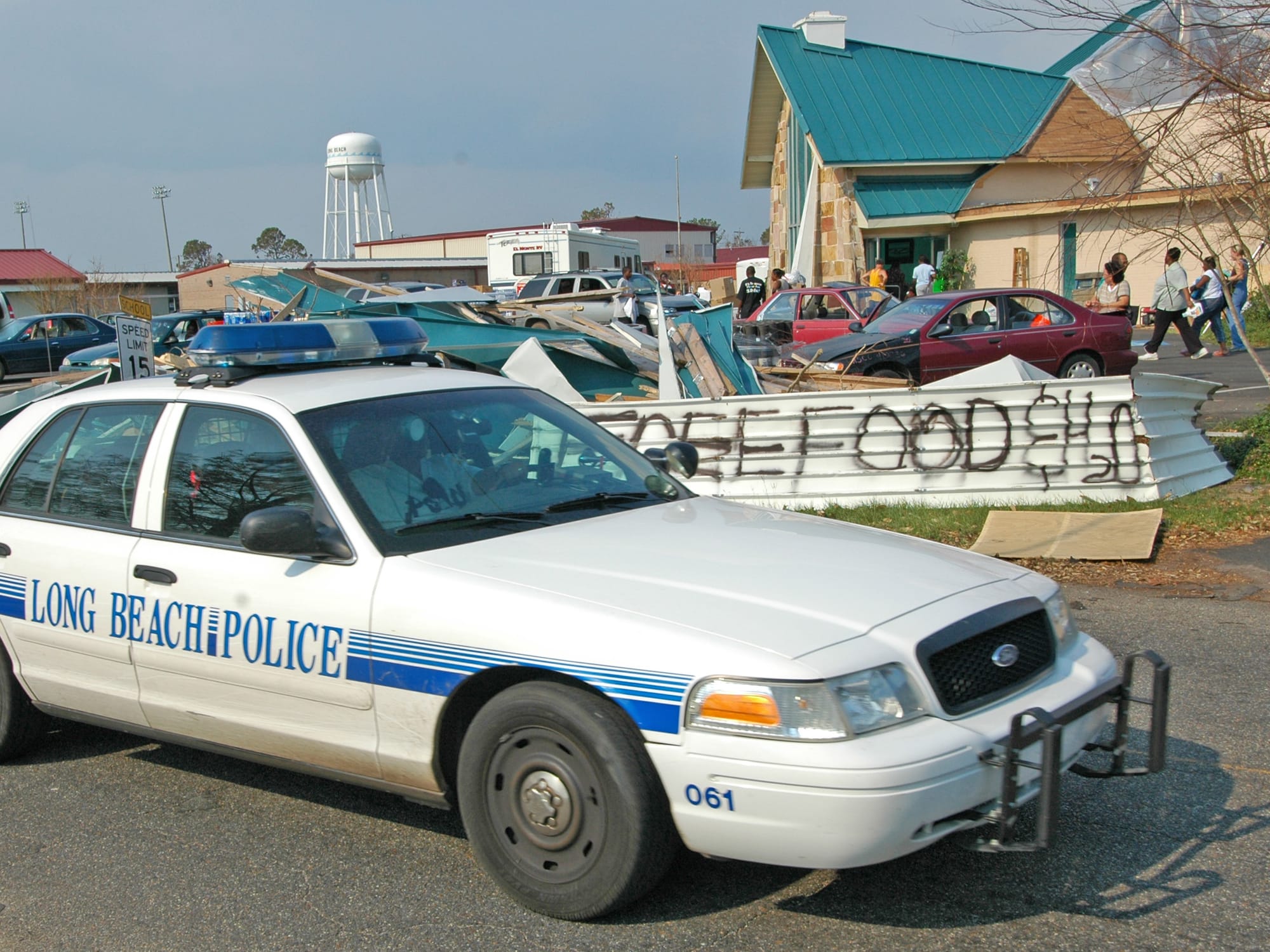
Free food and water was available in many locations.
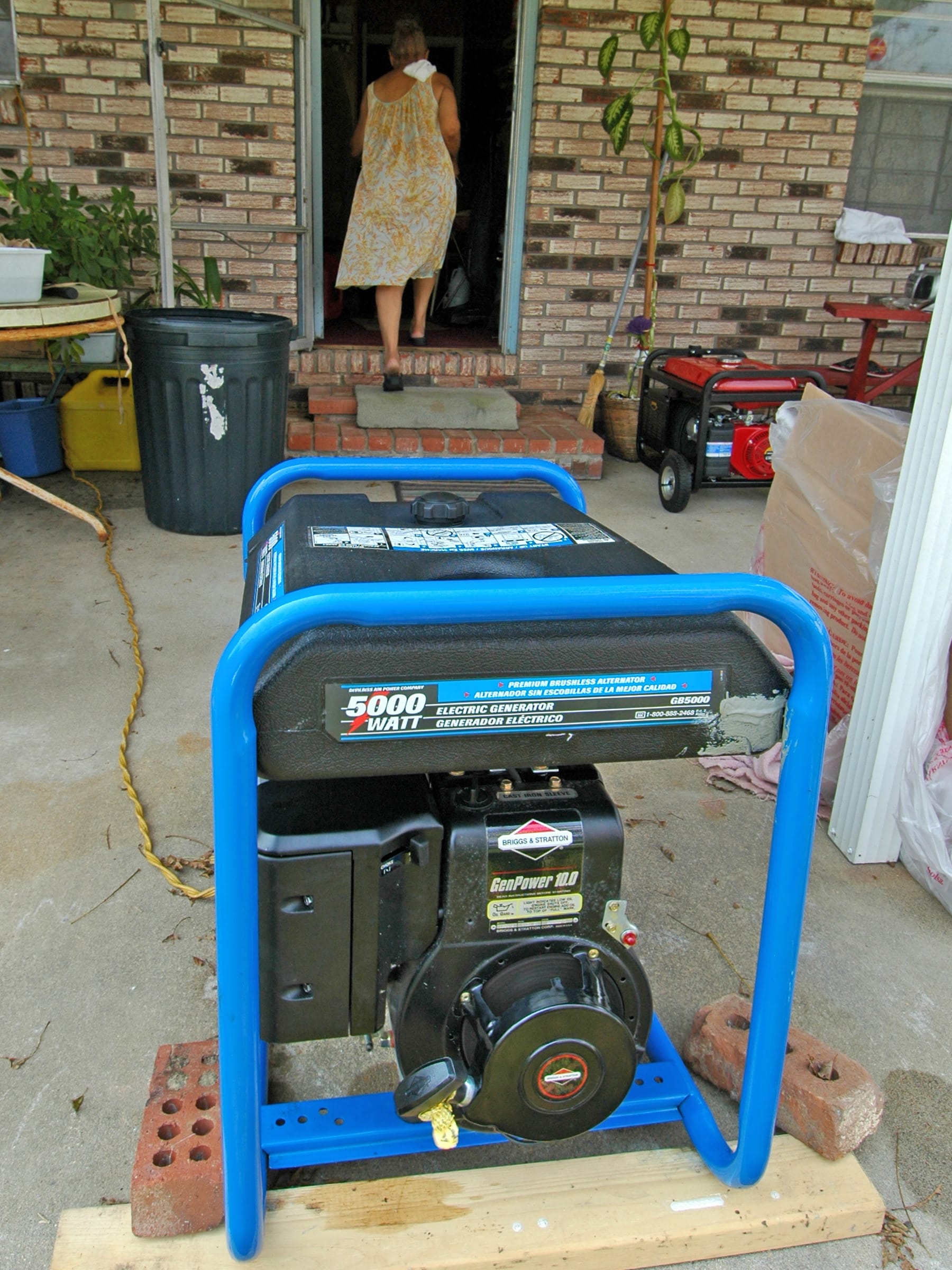
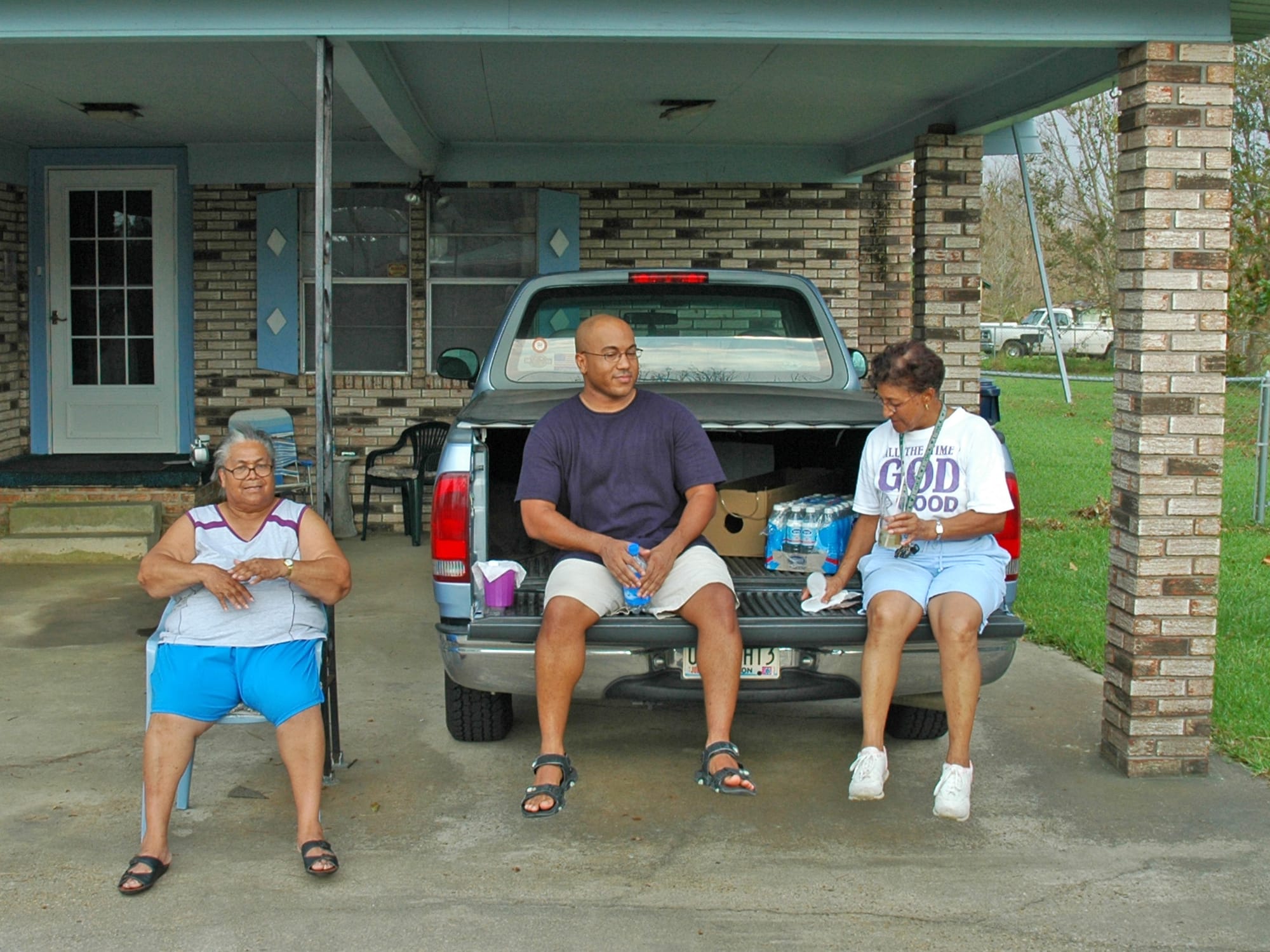
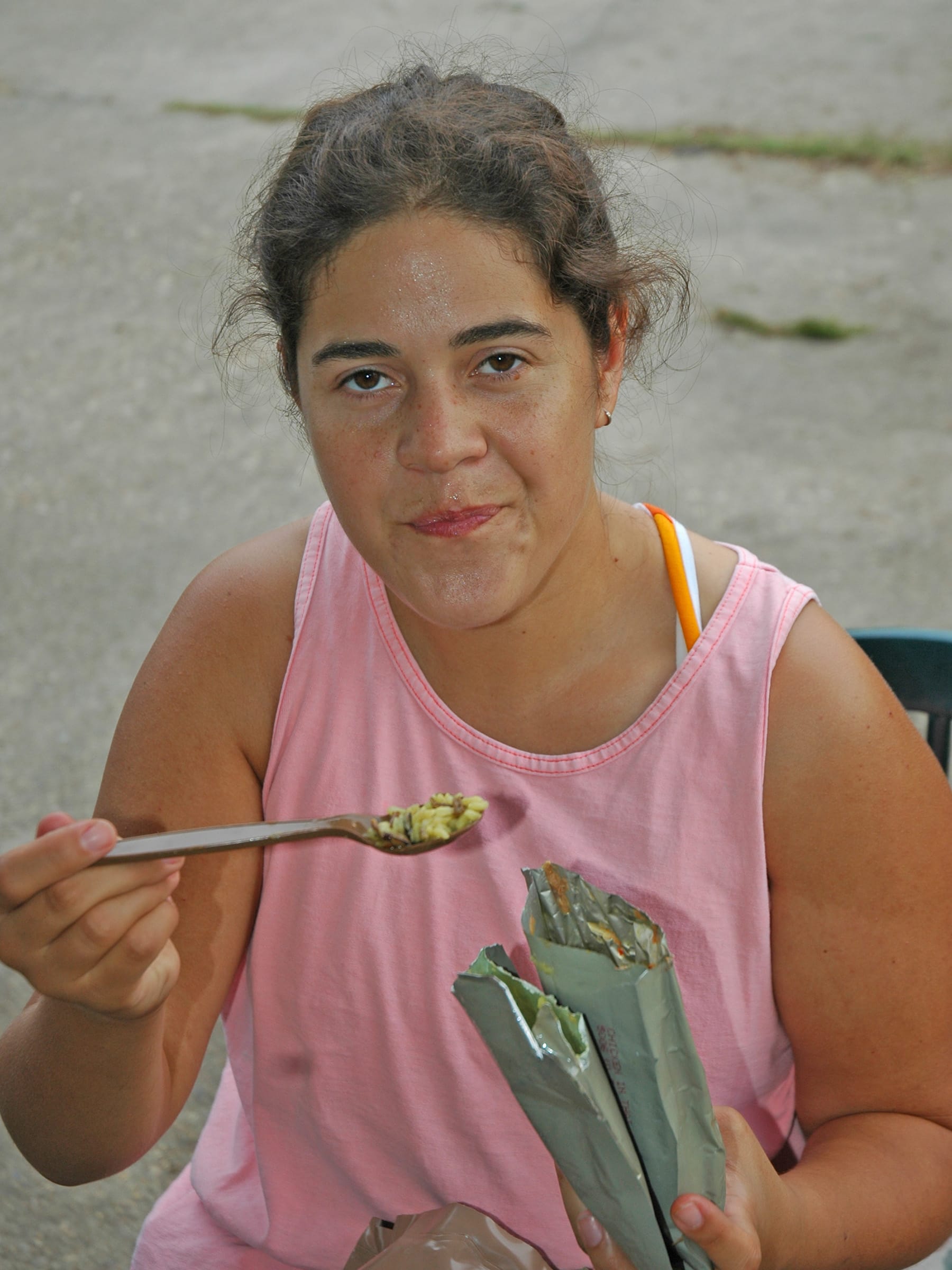
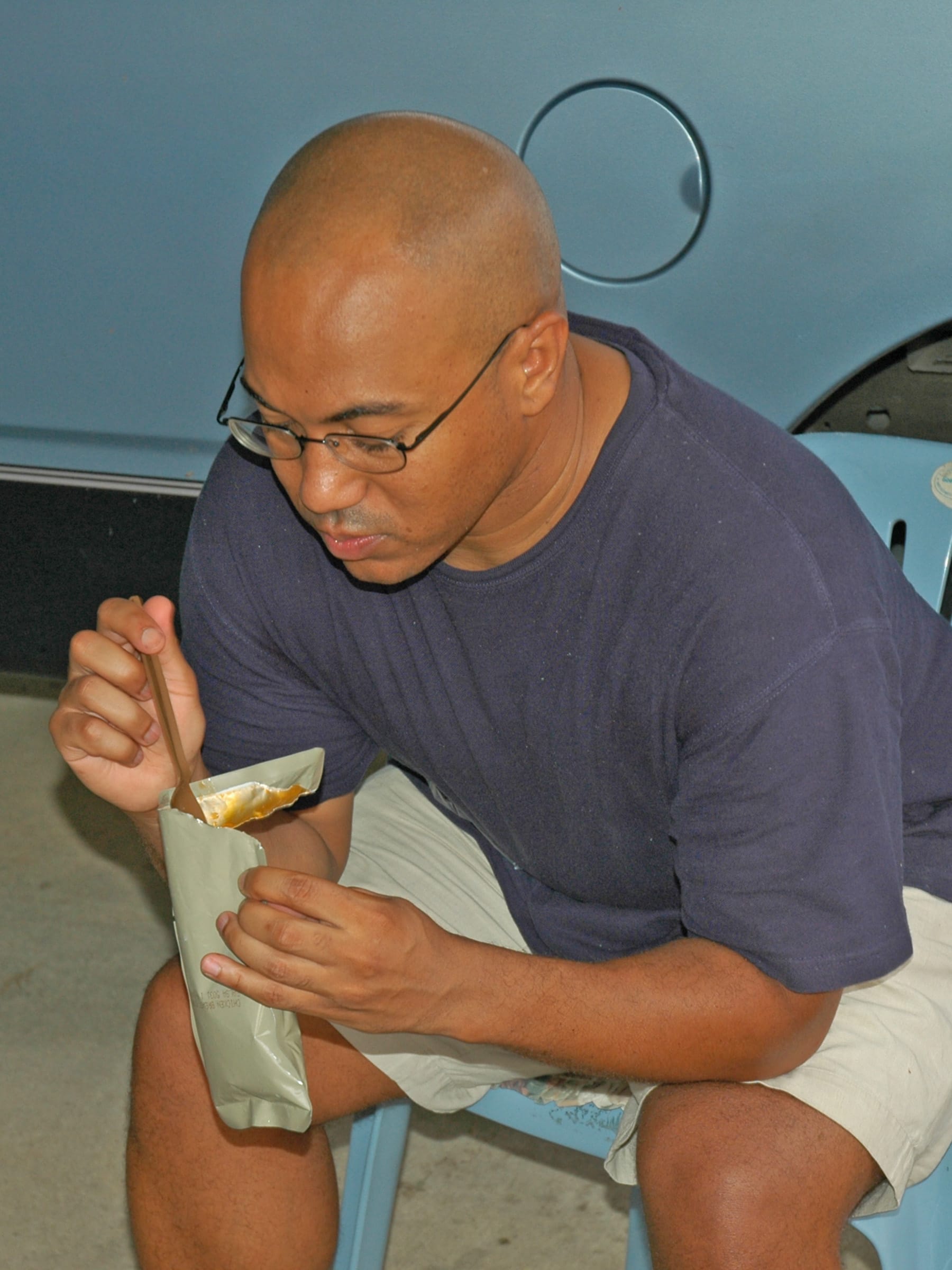
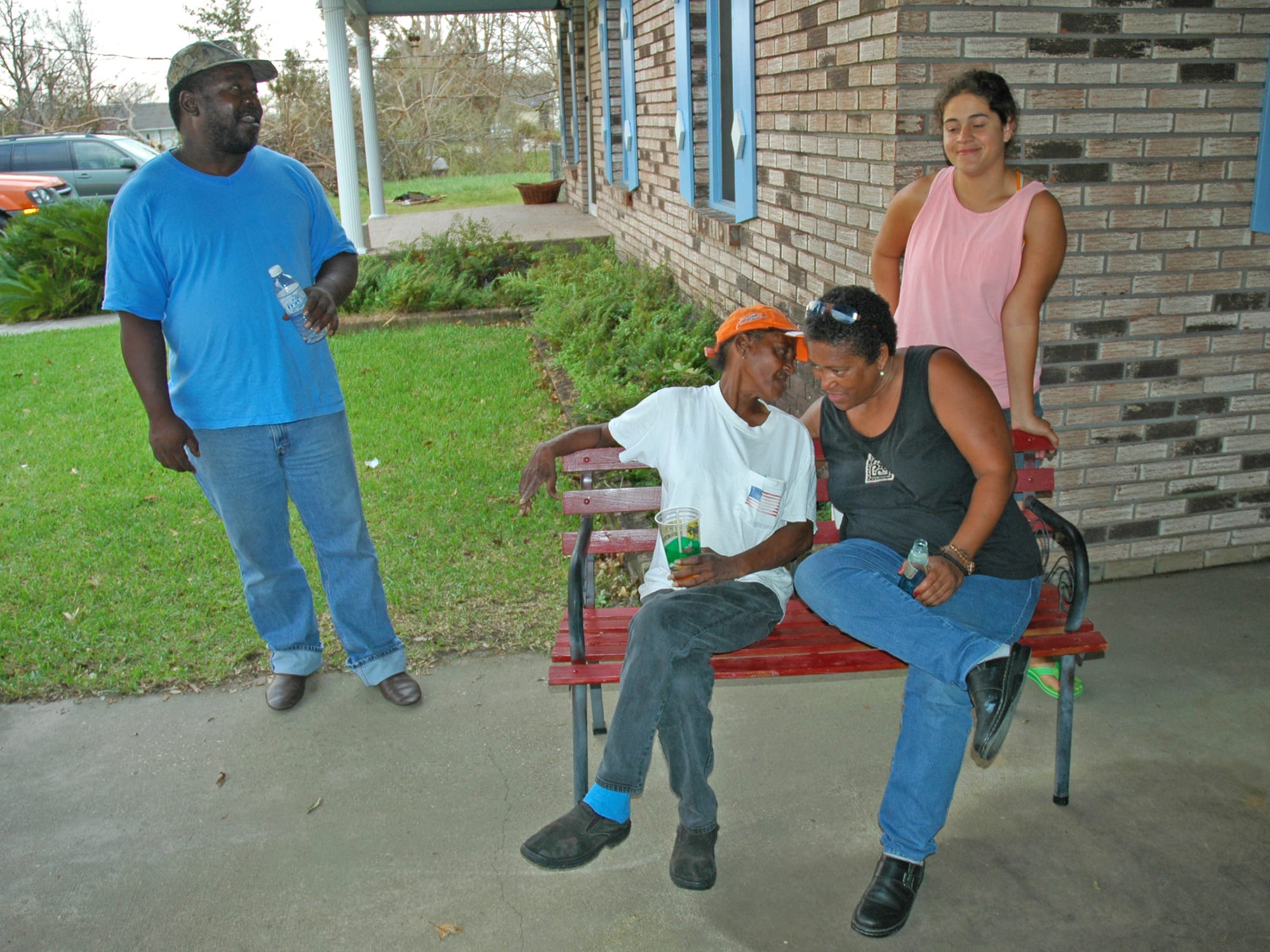
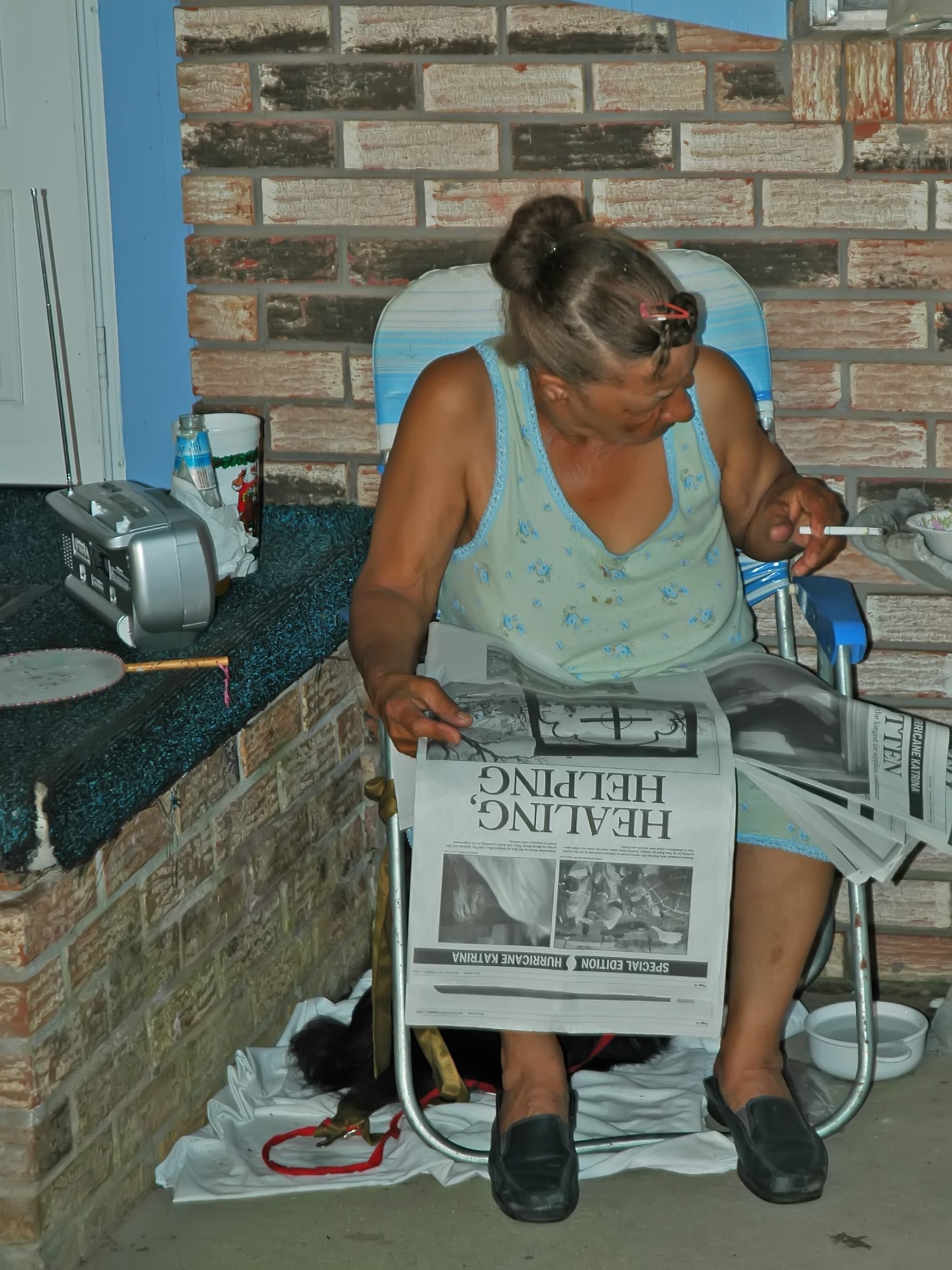
Hanging out at Melba's house: keeping the generator going to run the AC unit, eating MREs from a National Guard distribution center, and listening to Katrina news on a transistor radio.
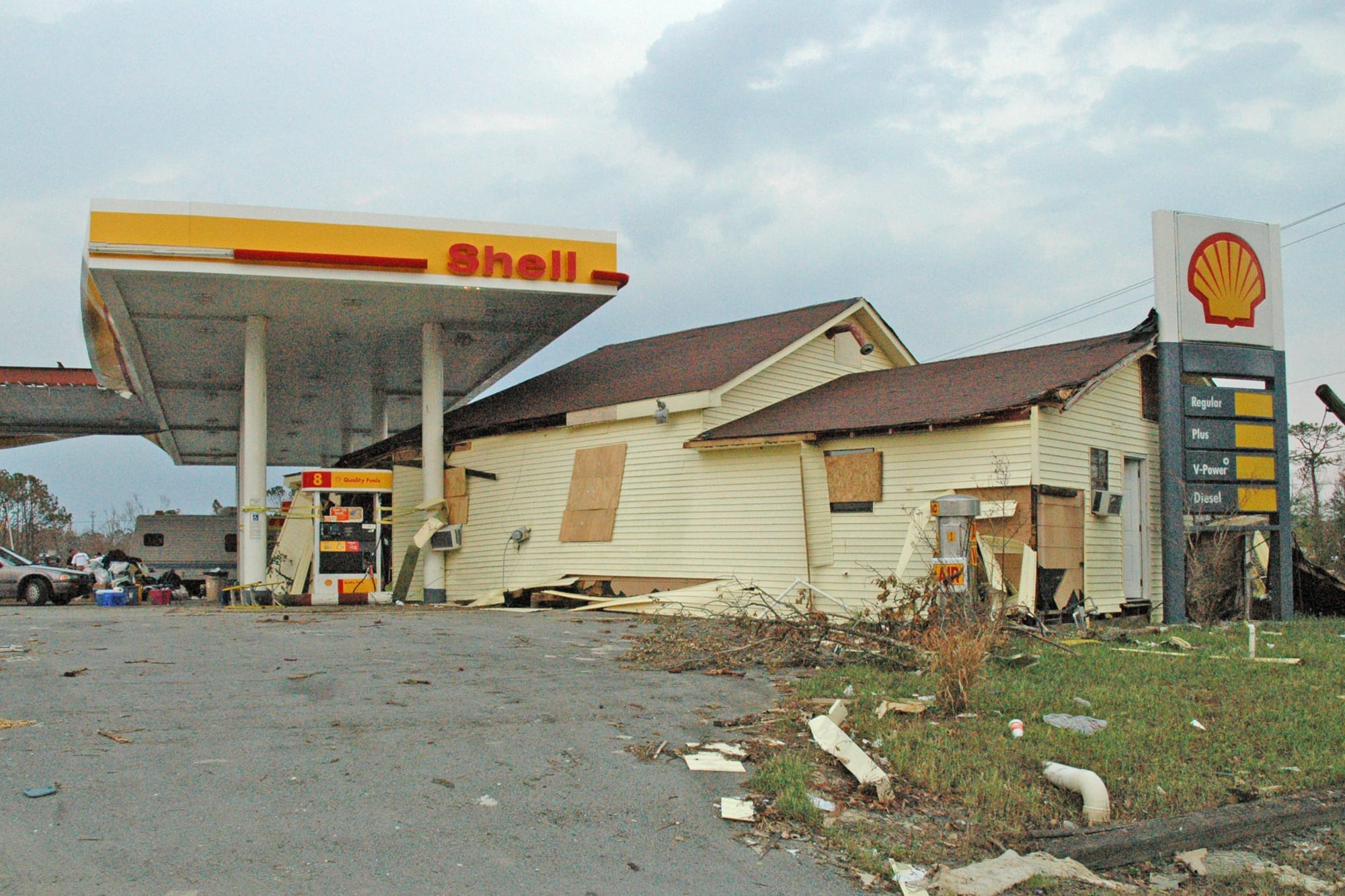
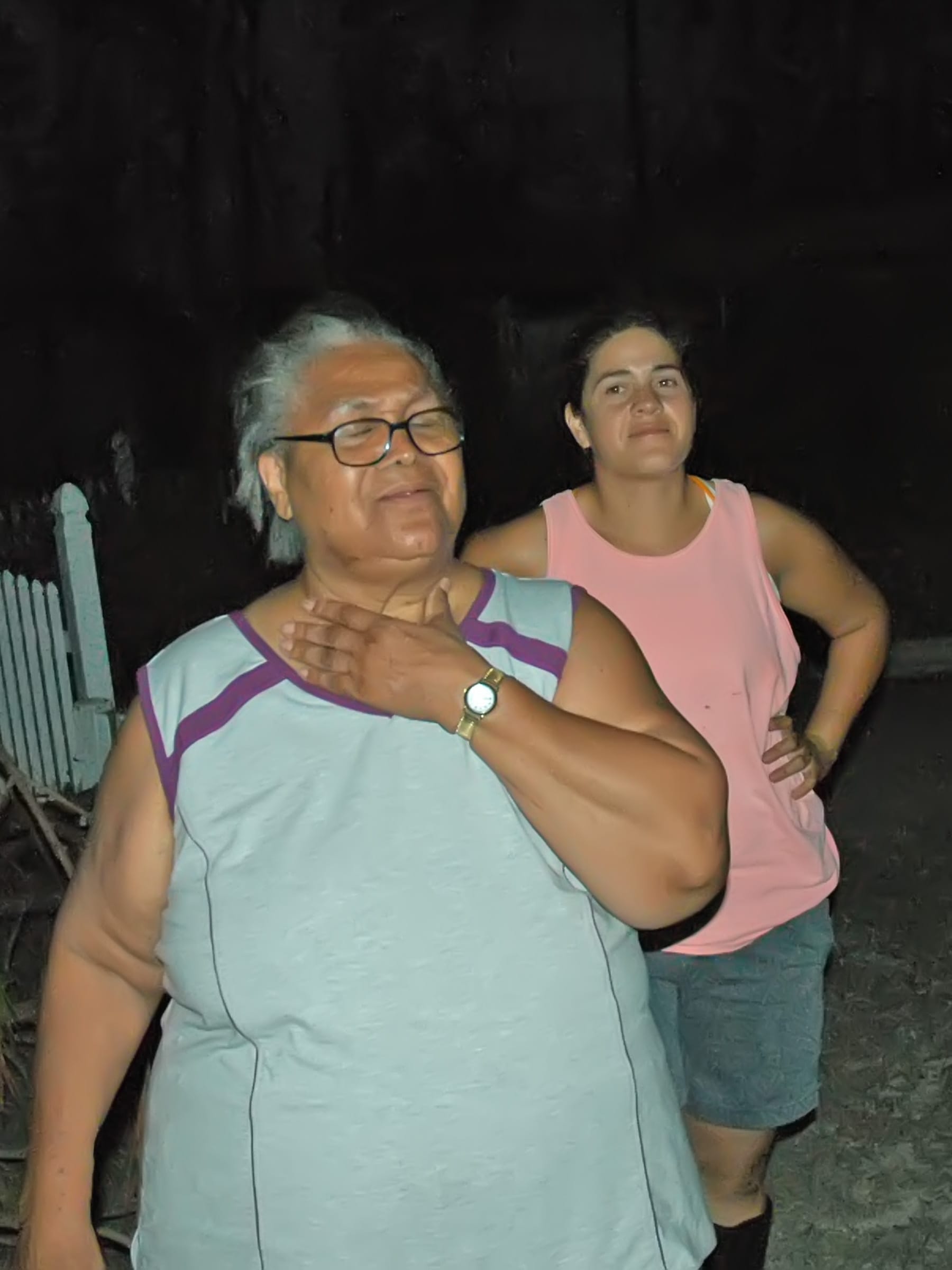
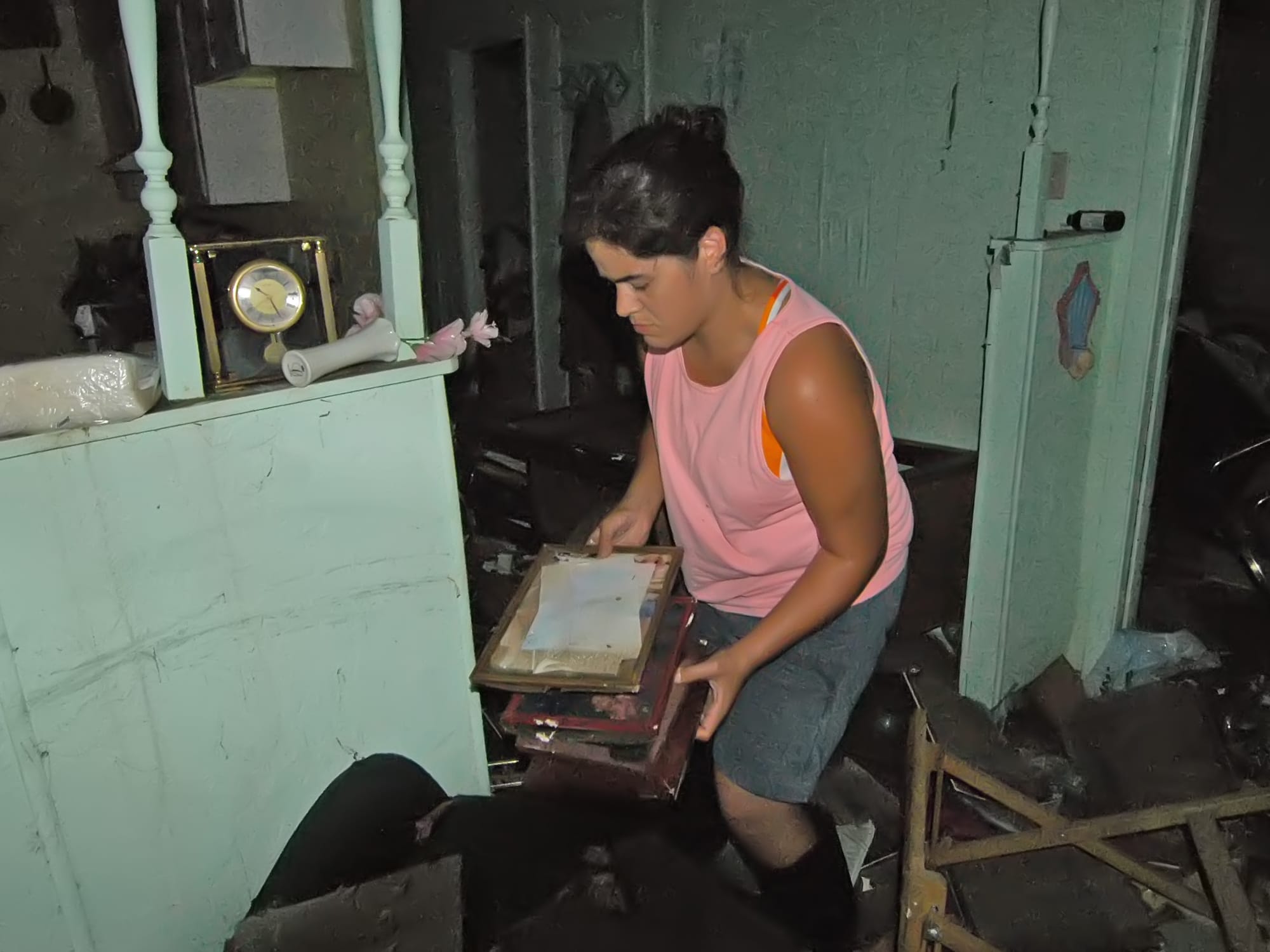
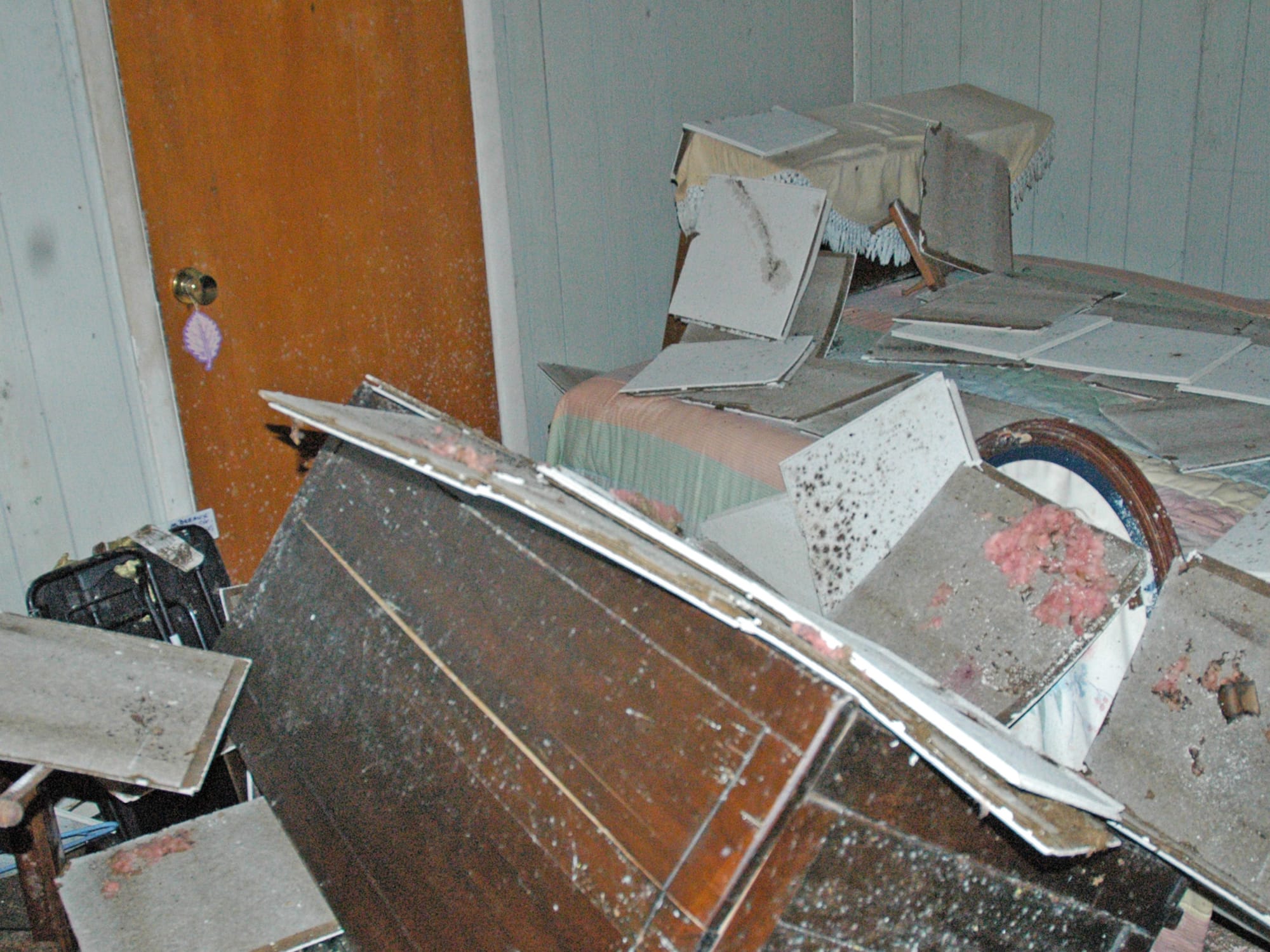
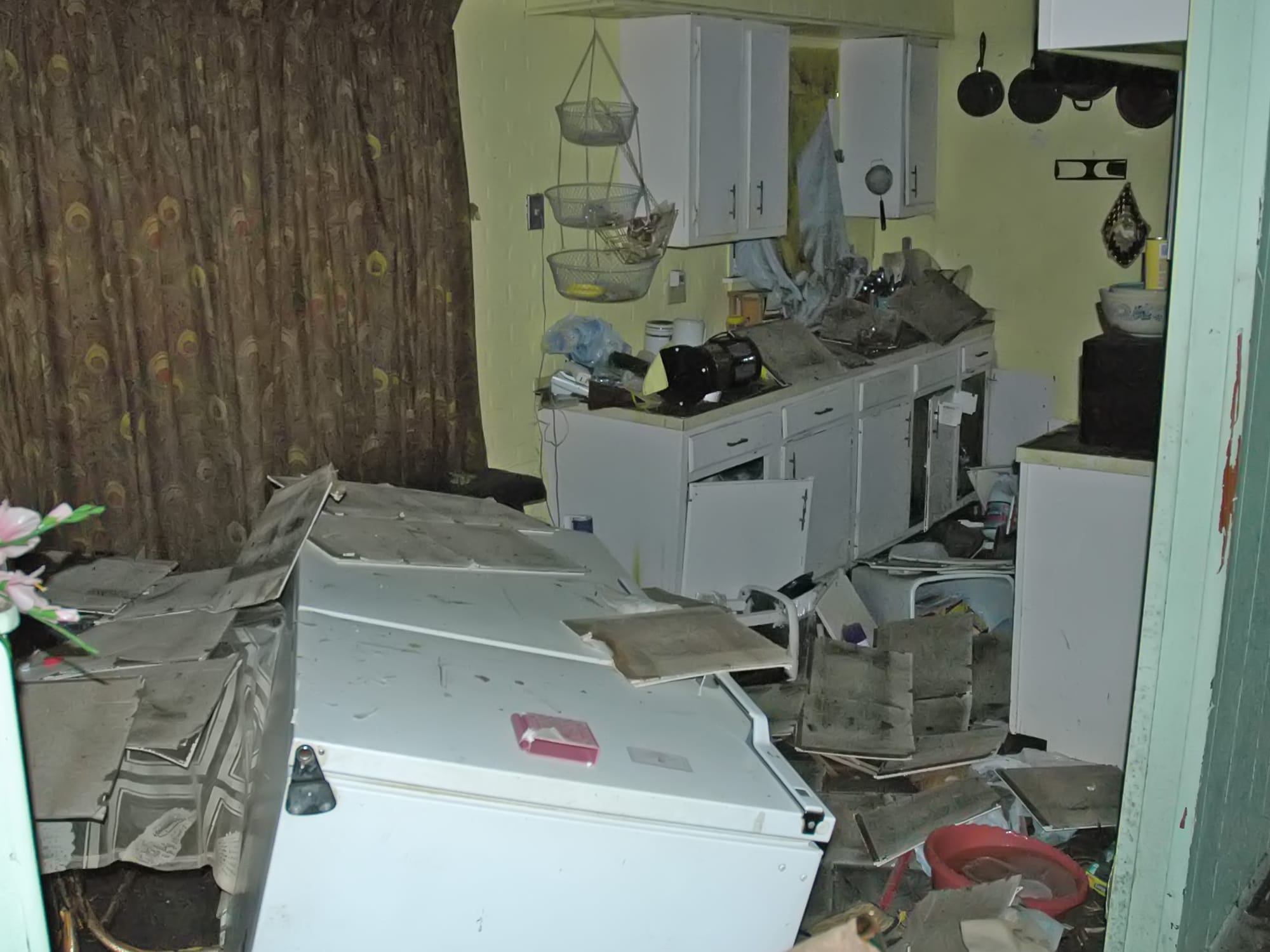
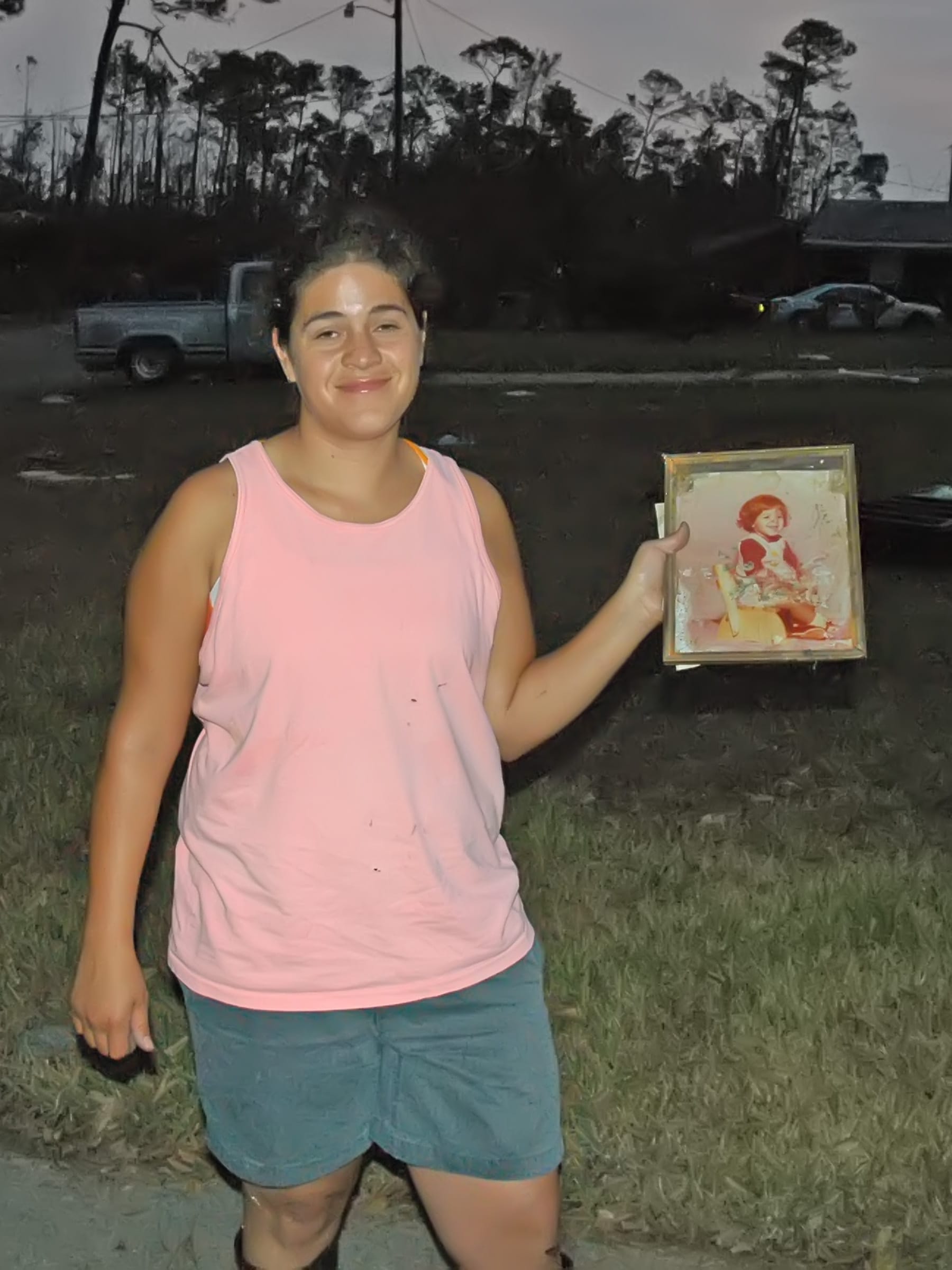
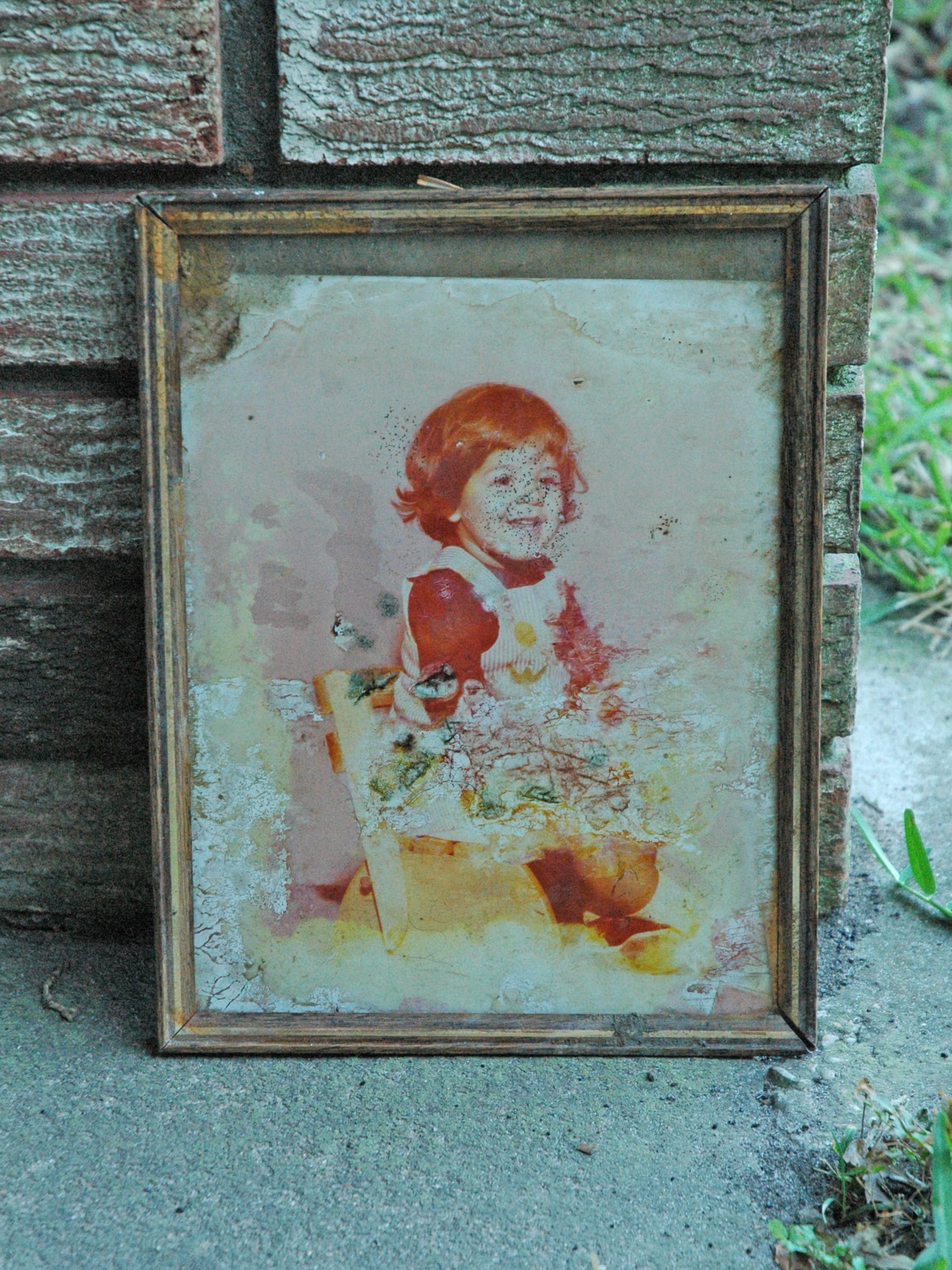
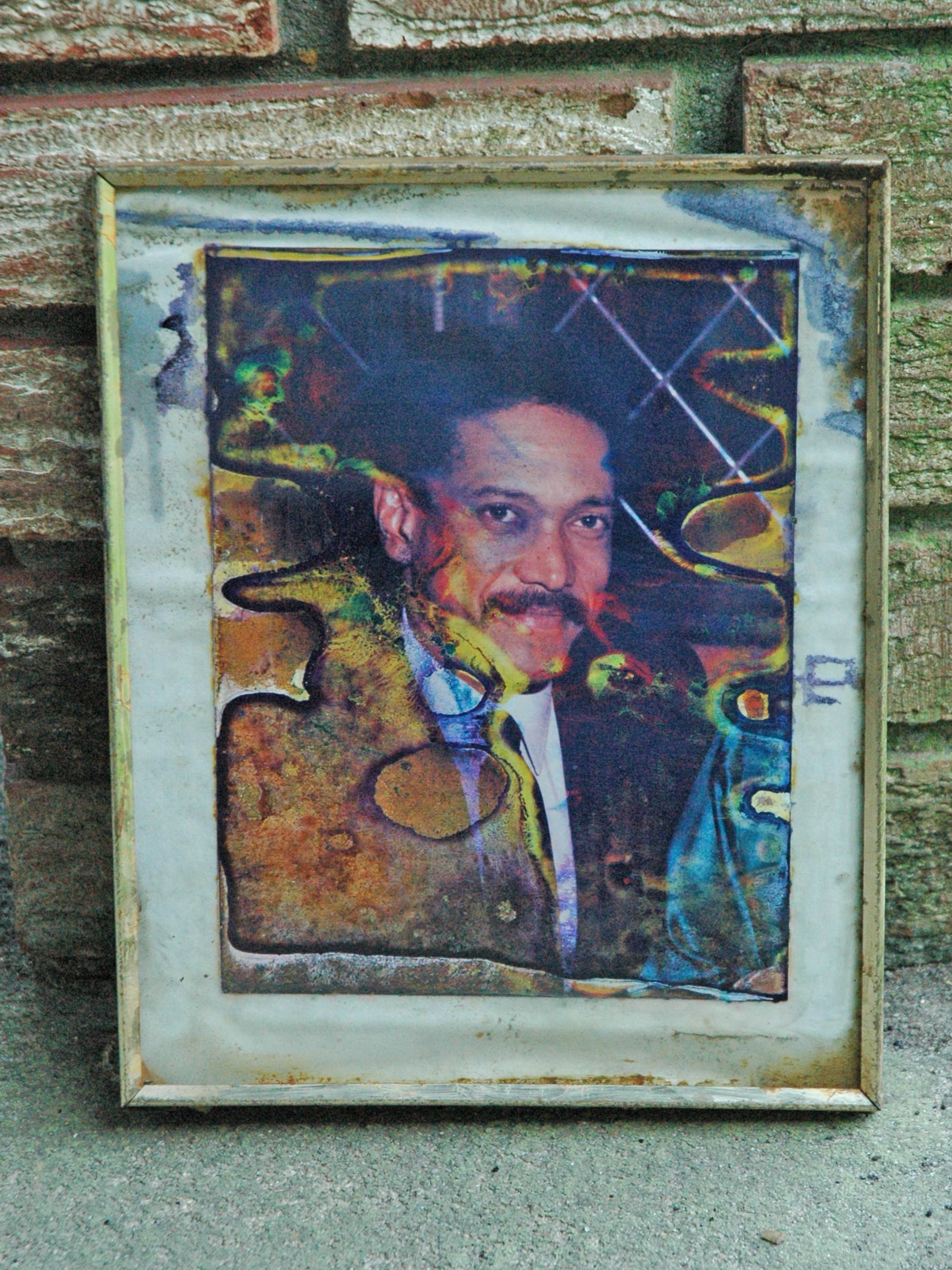
In the evening, we took Granny to see her house for the first time since the hurricane. Megan recovered pictures of herself and her father from the wreckage.
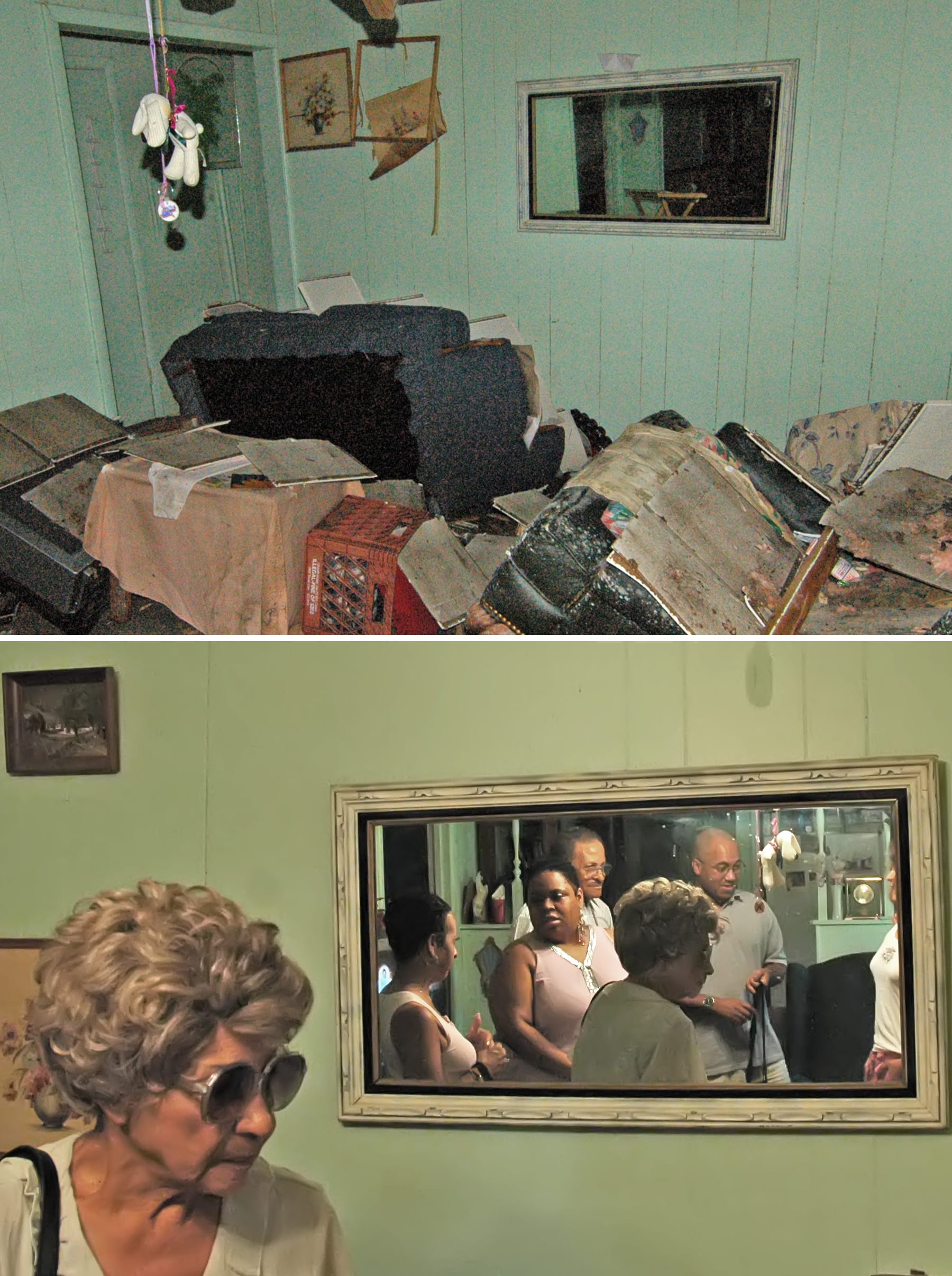
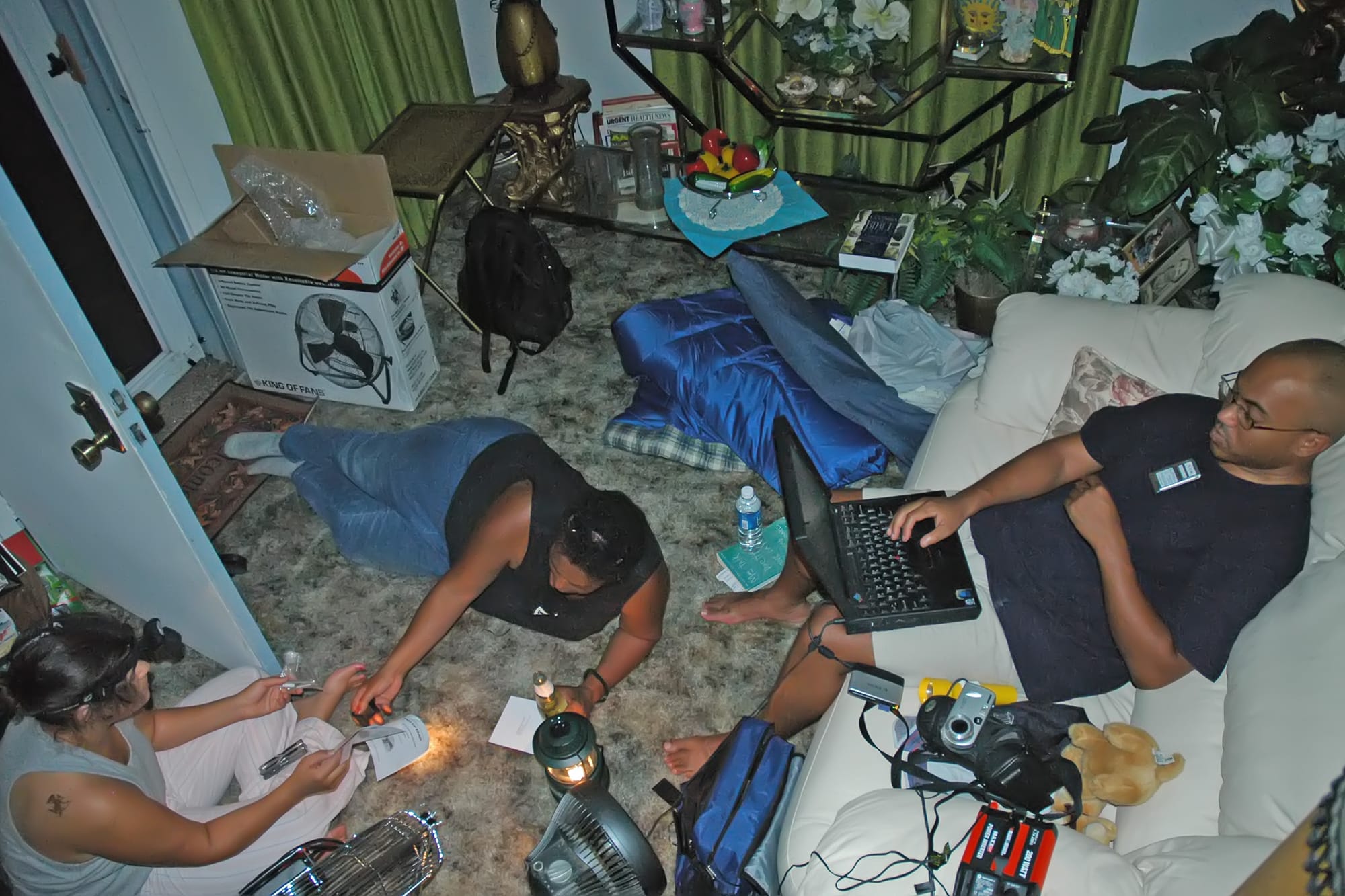
Tuesday 9/6/2005
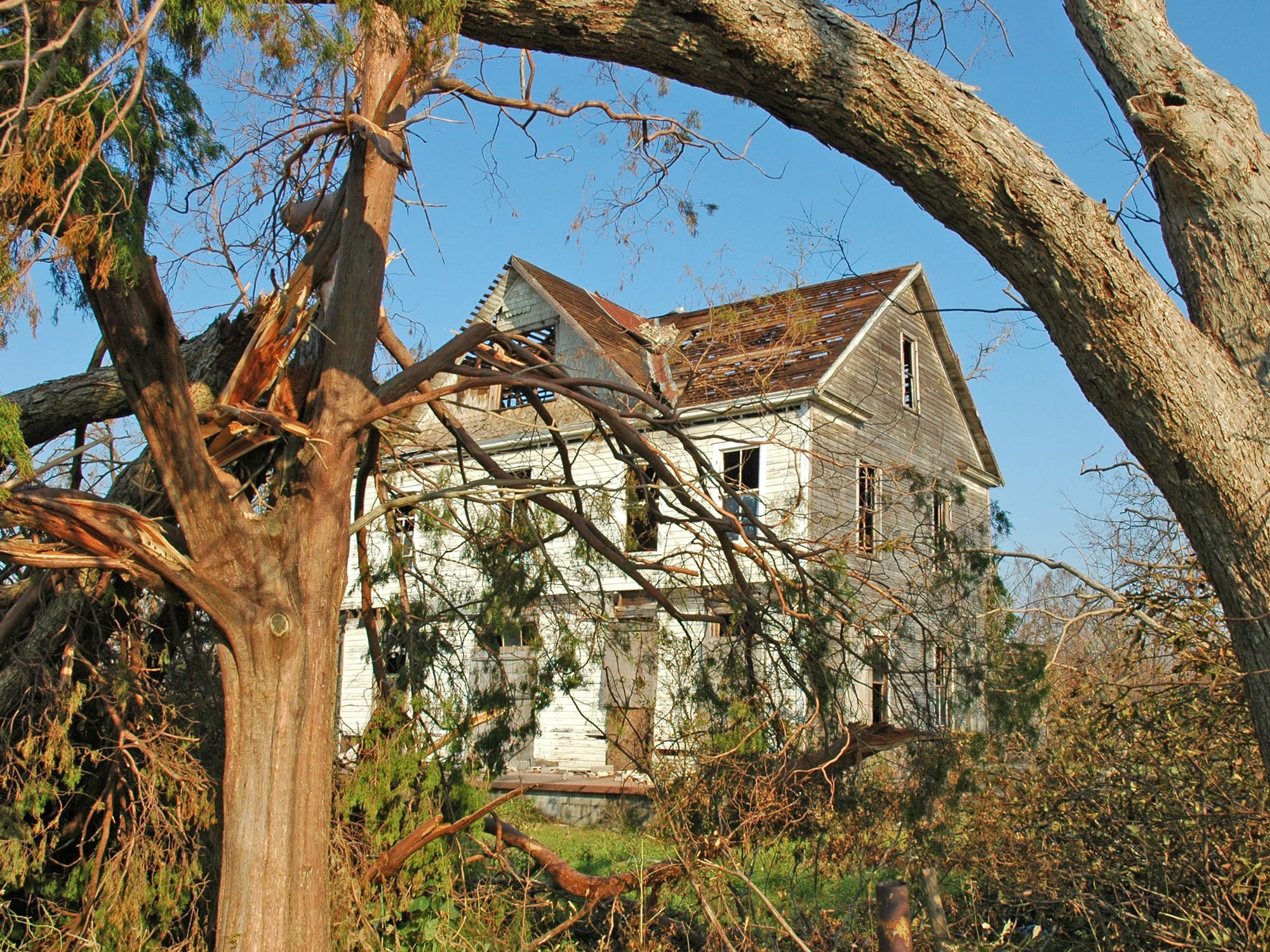
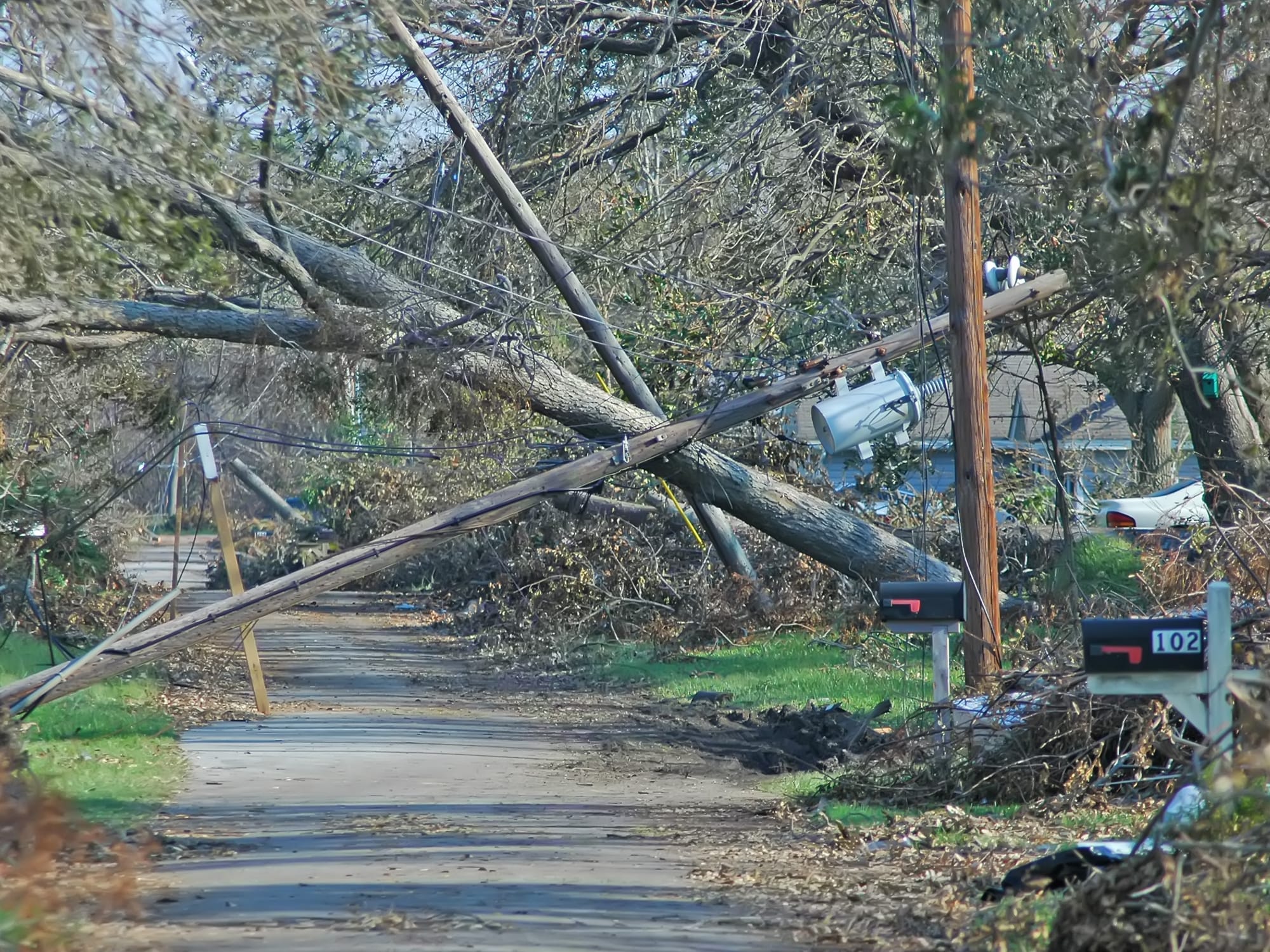
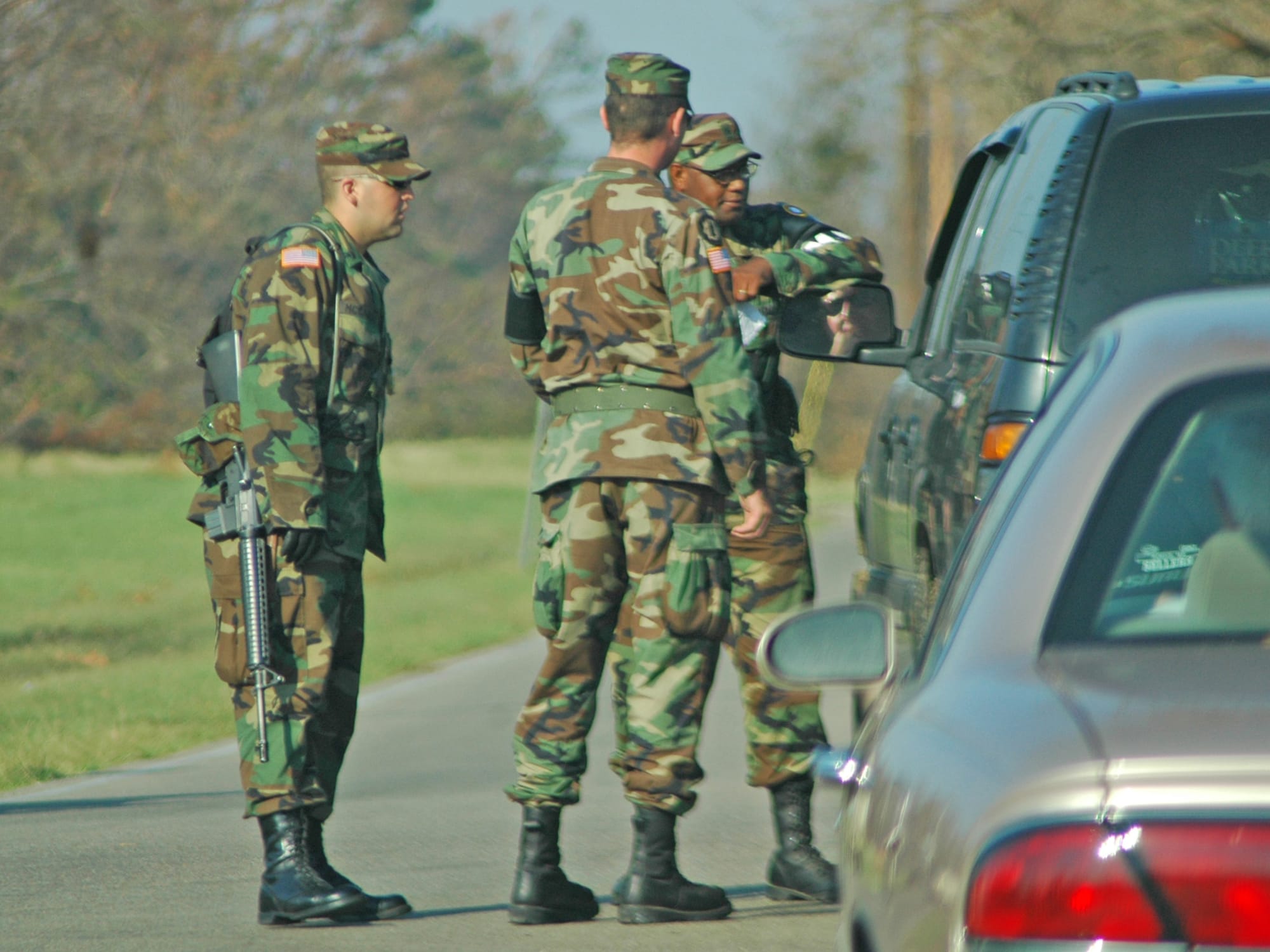
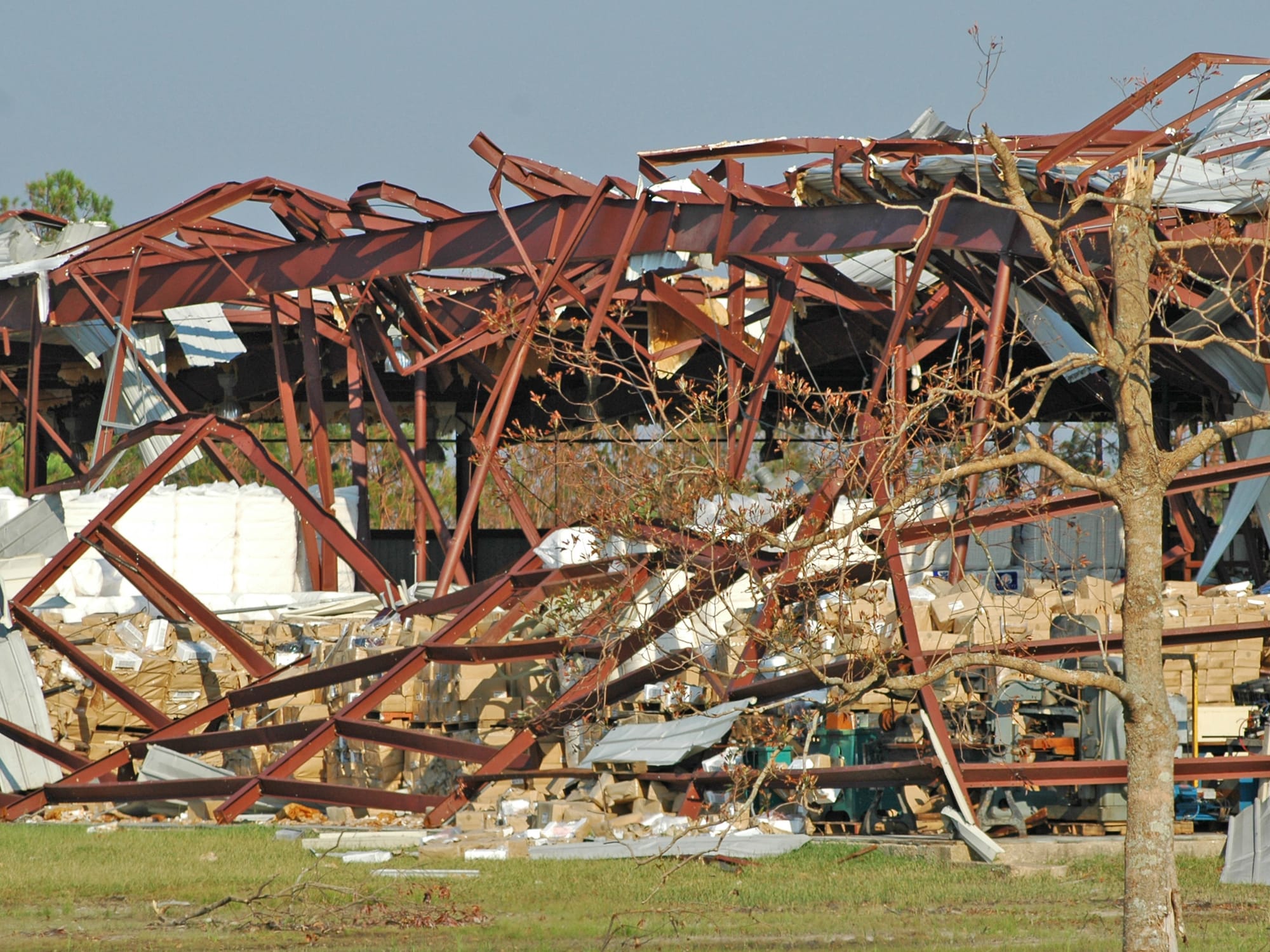
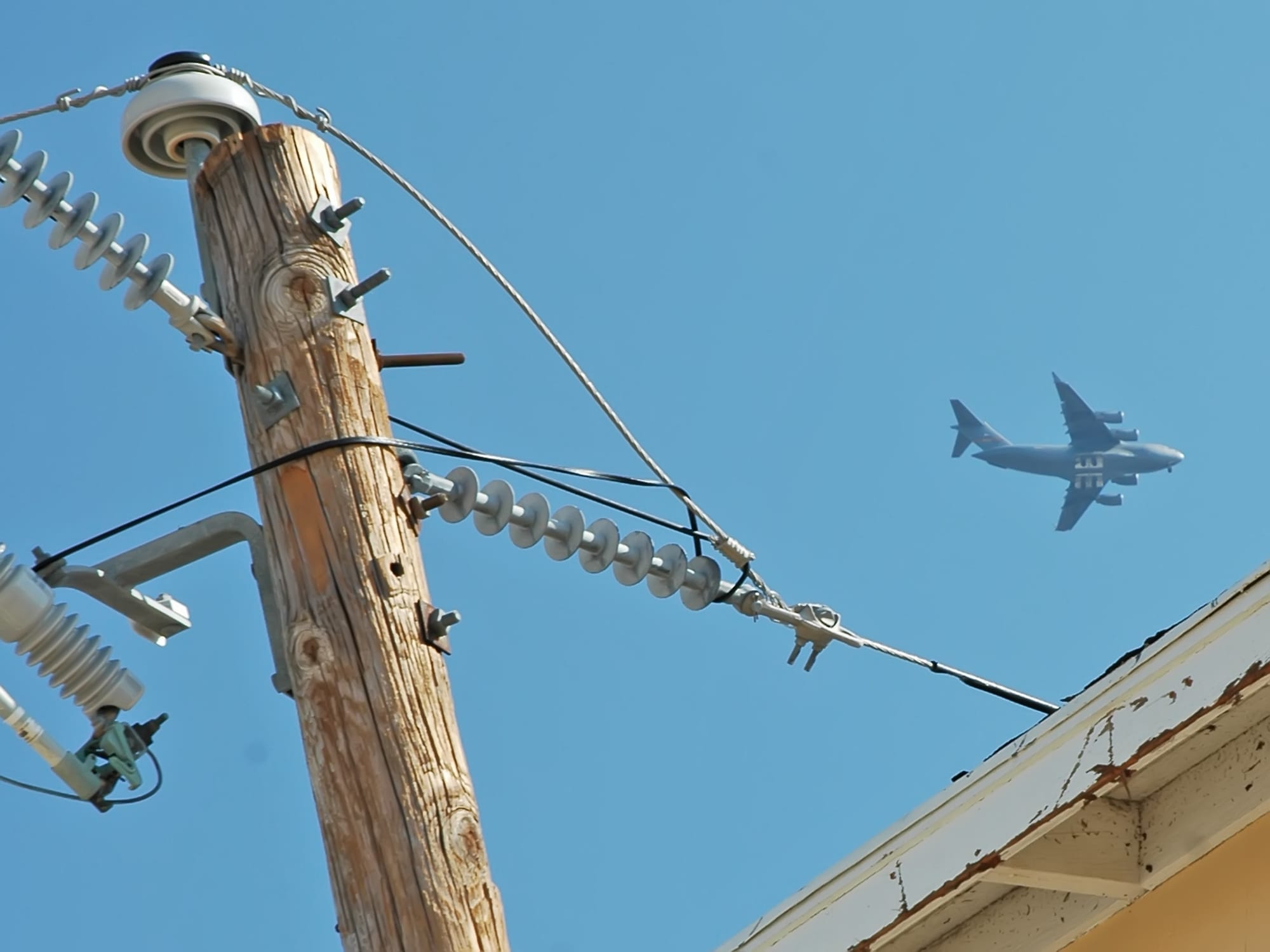
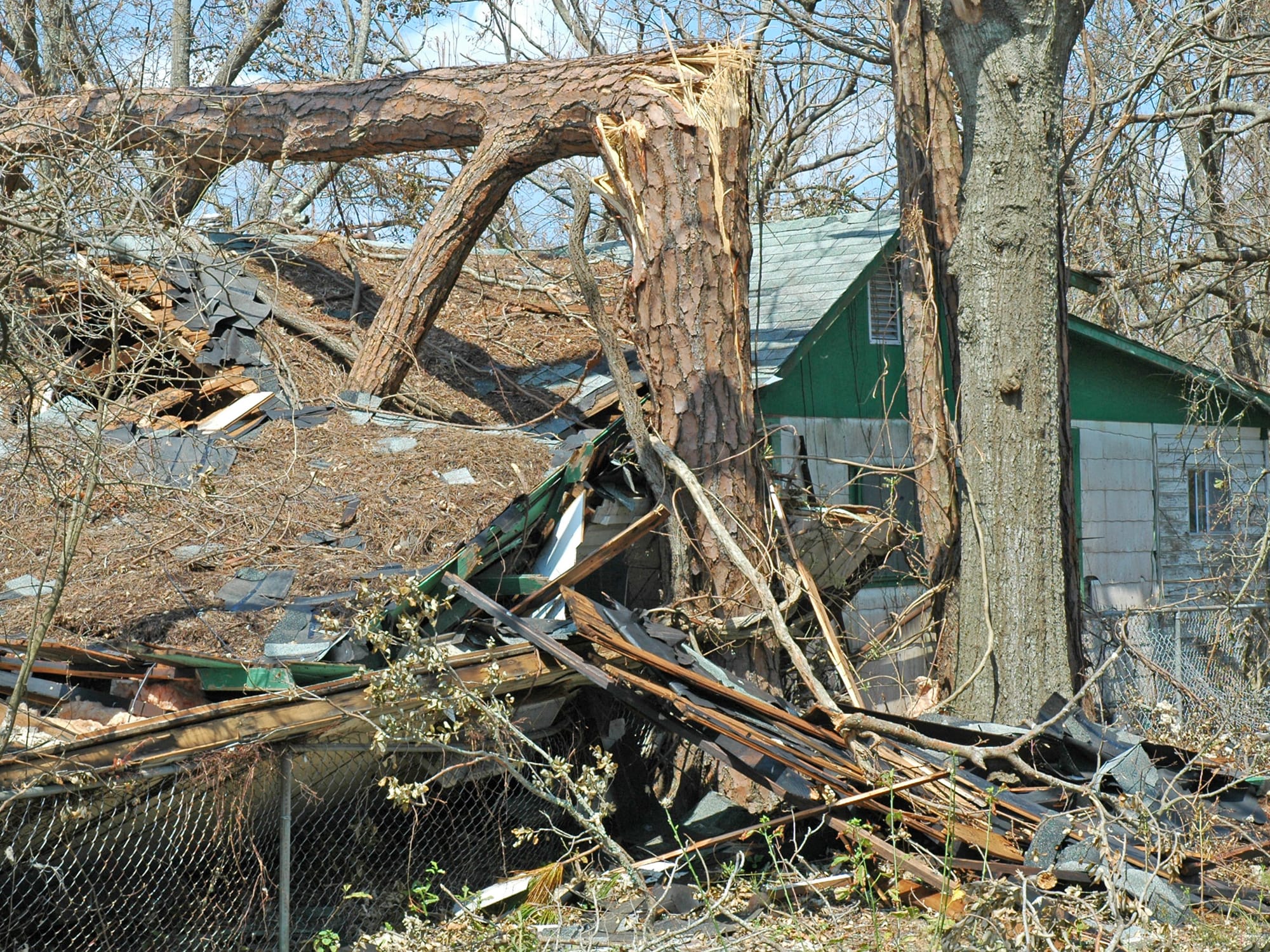
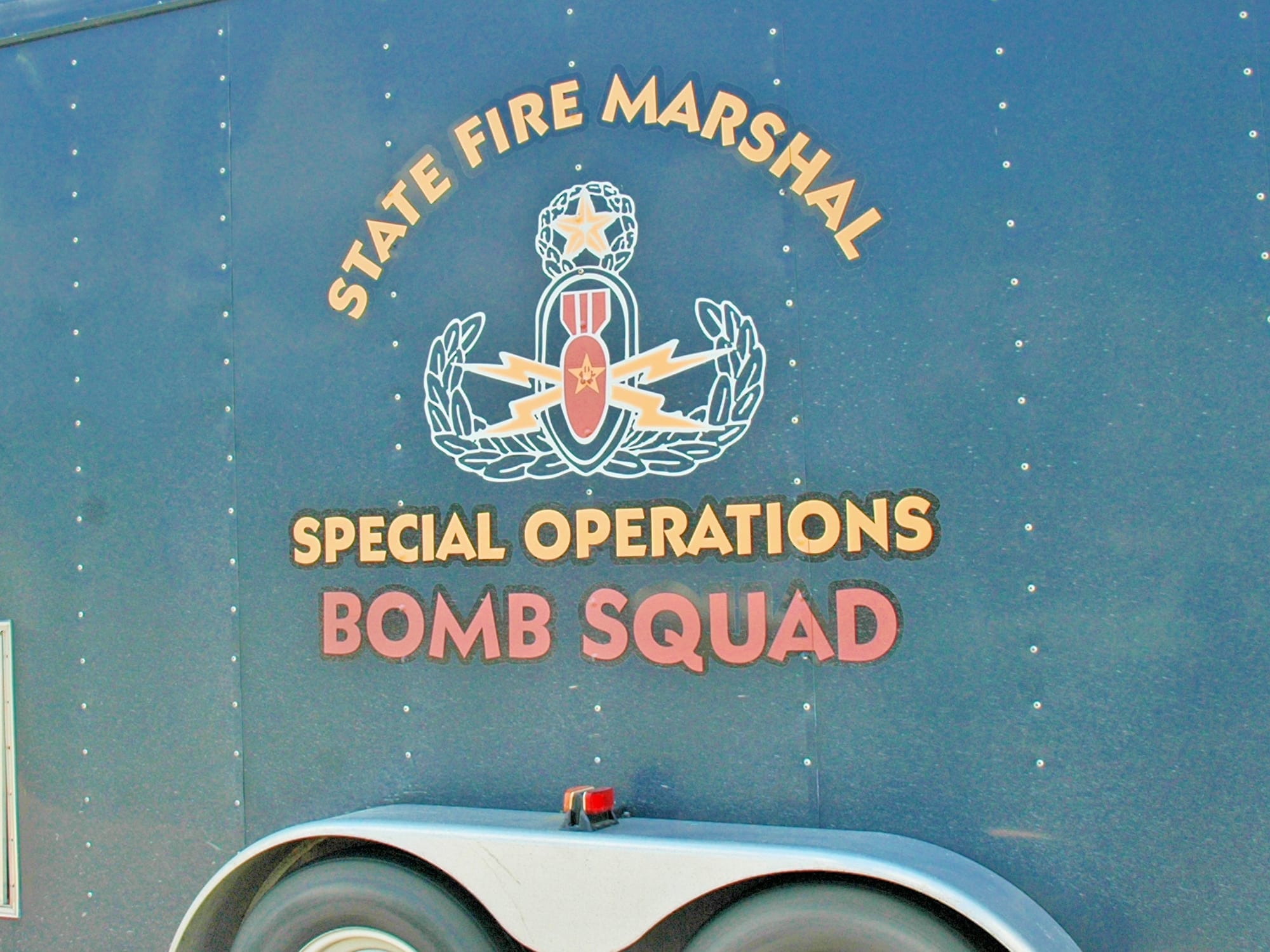
A morning drive around Gulfport.
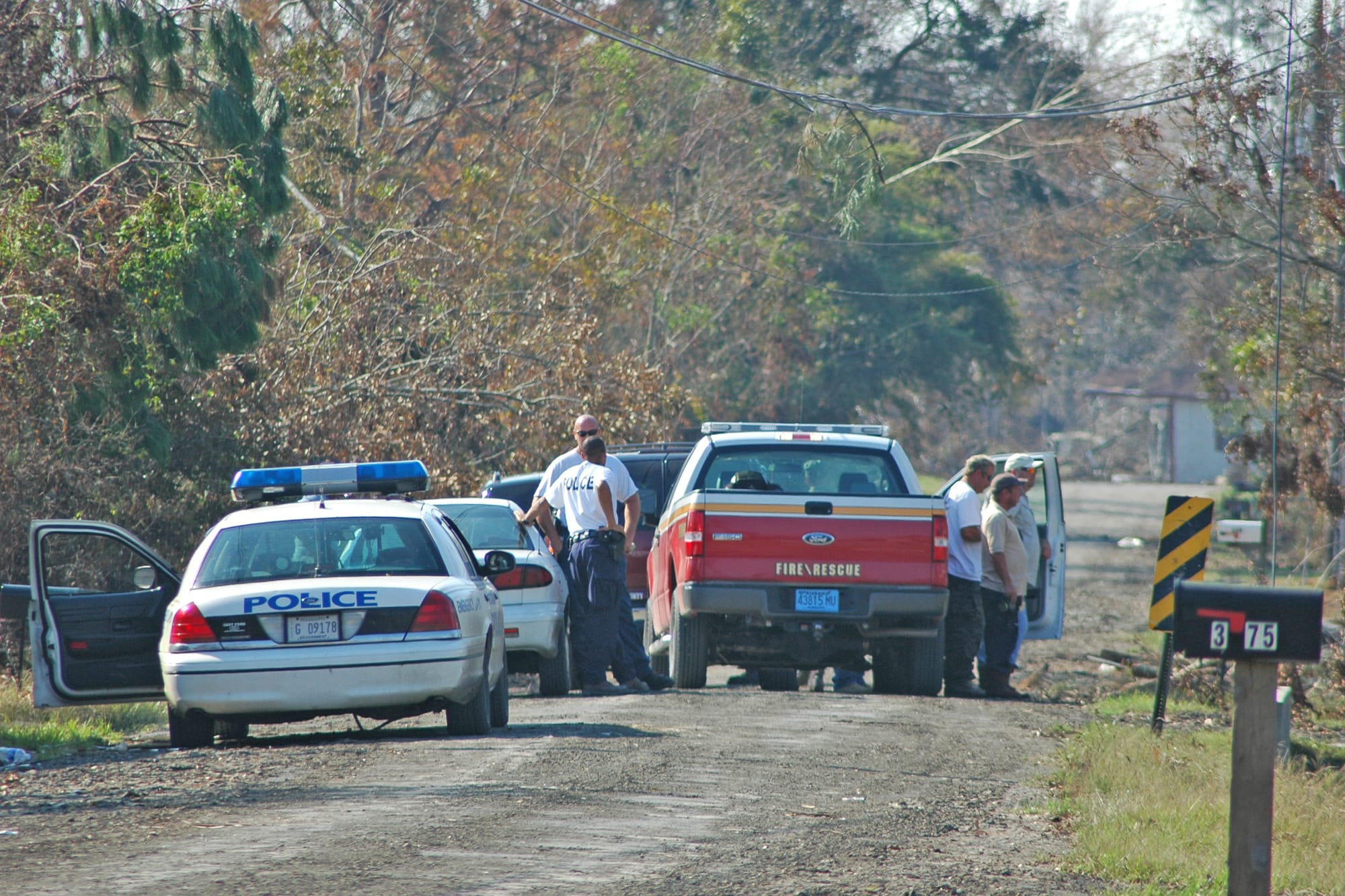
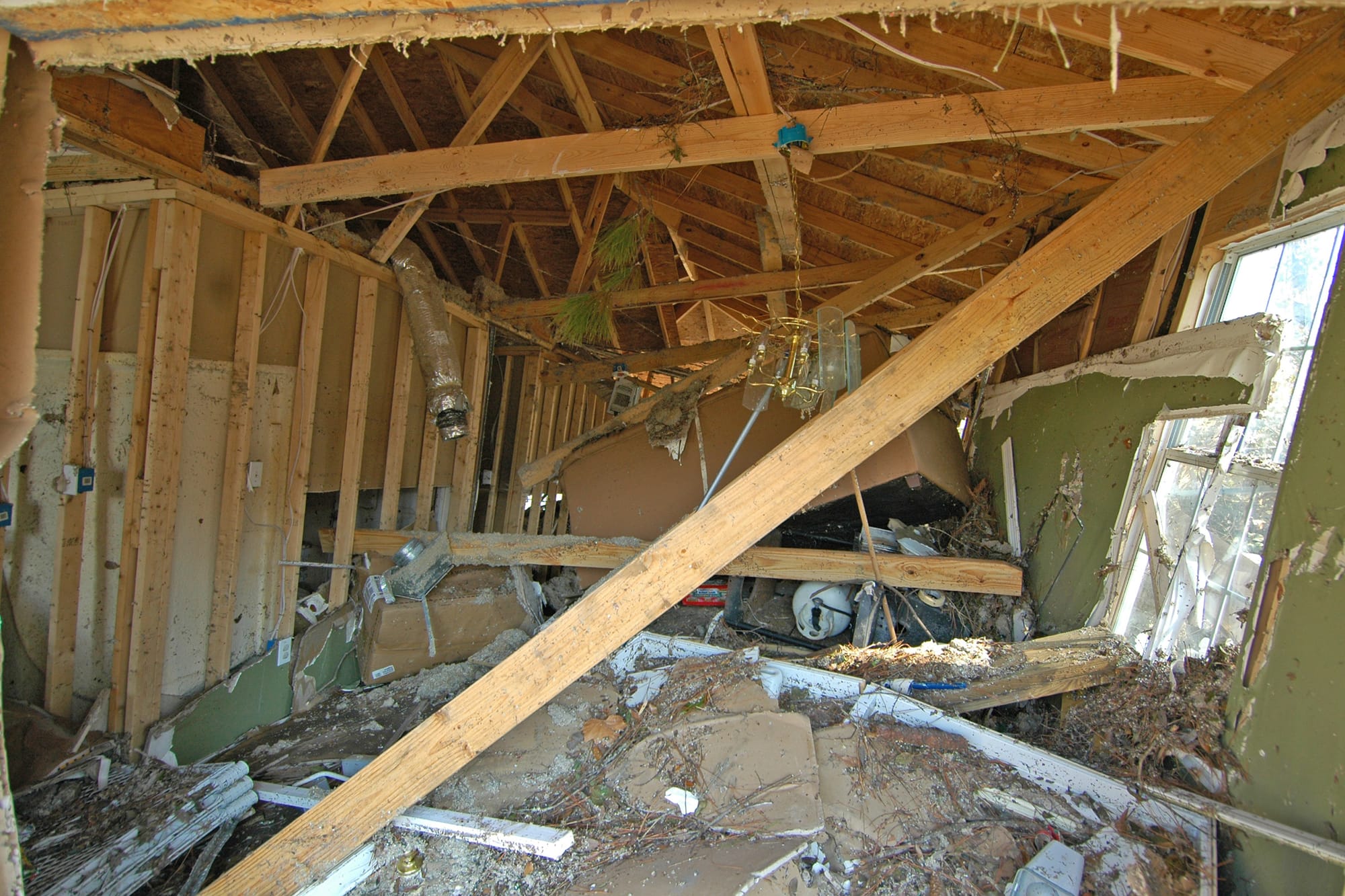
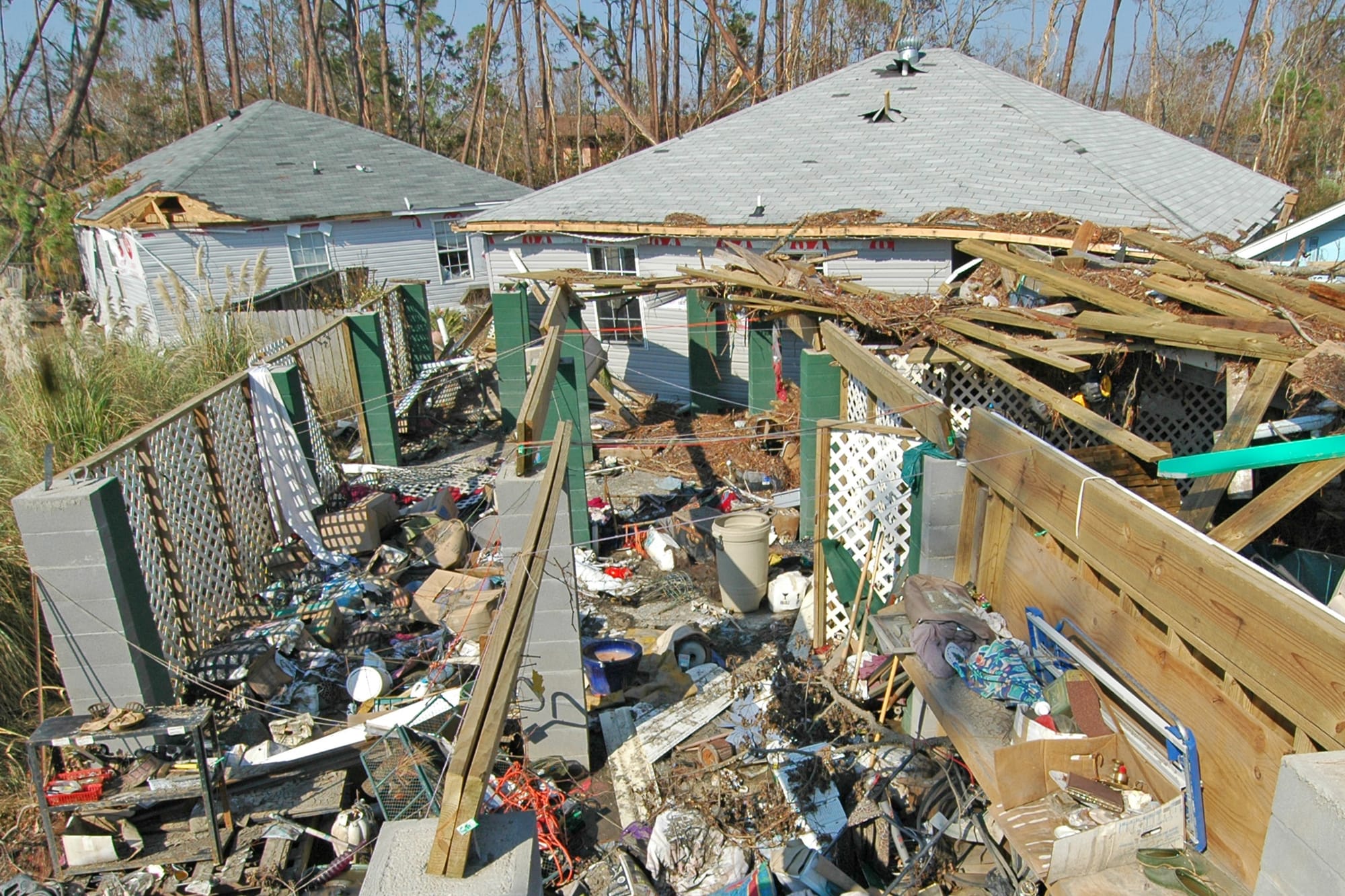
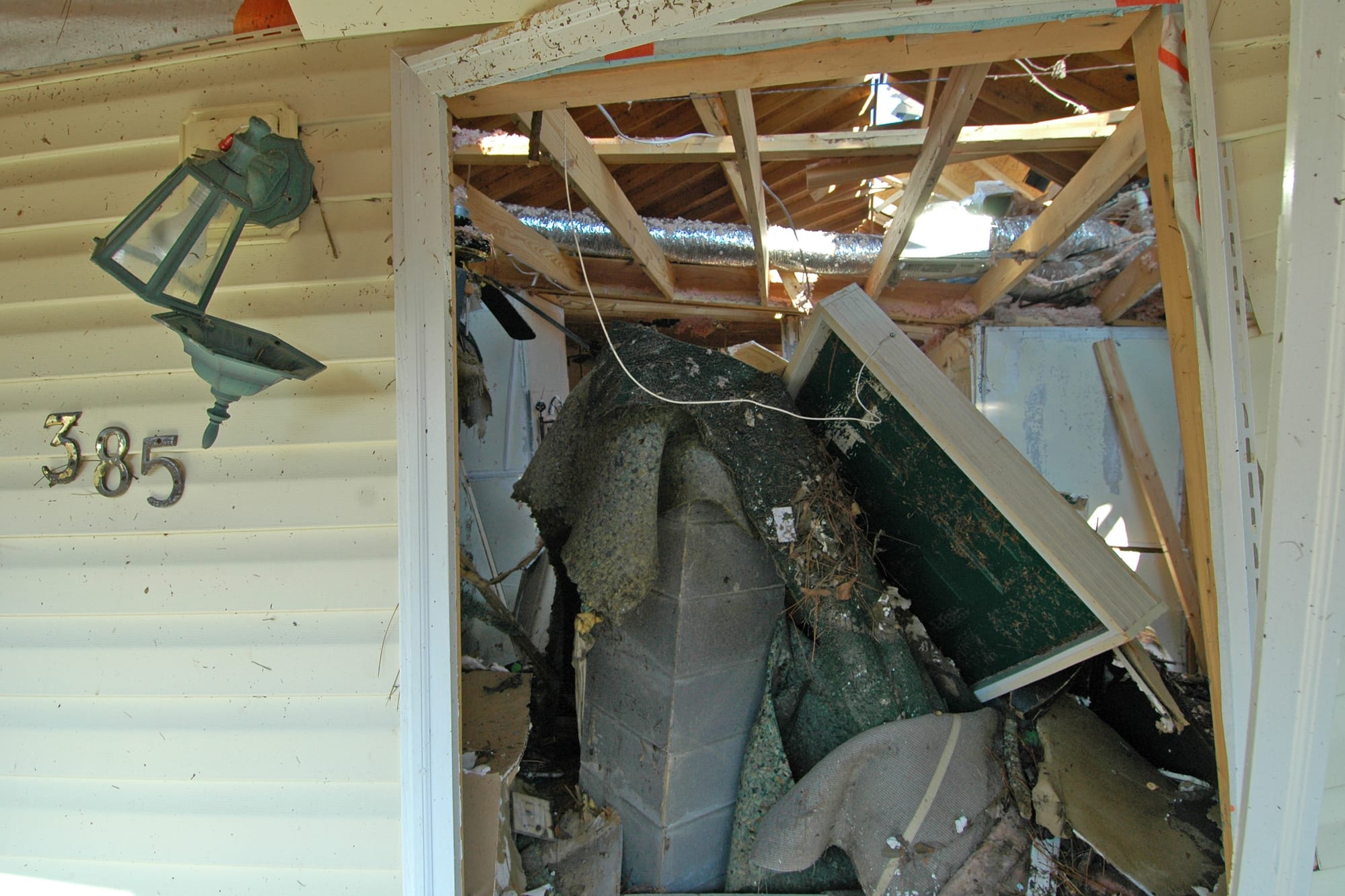
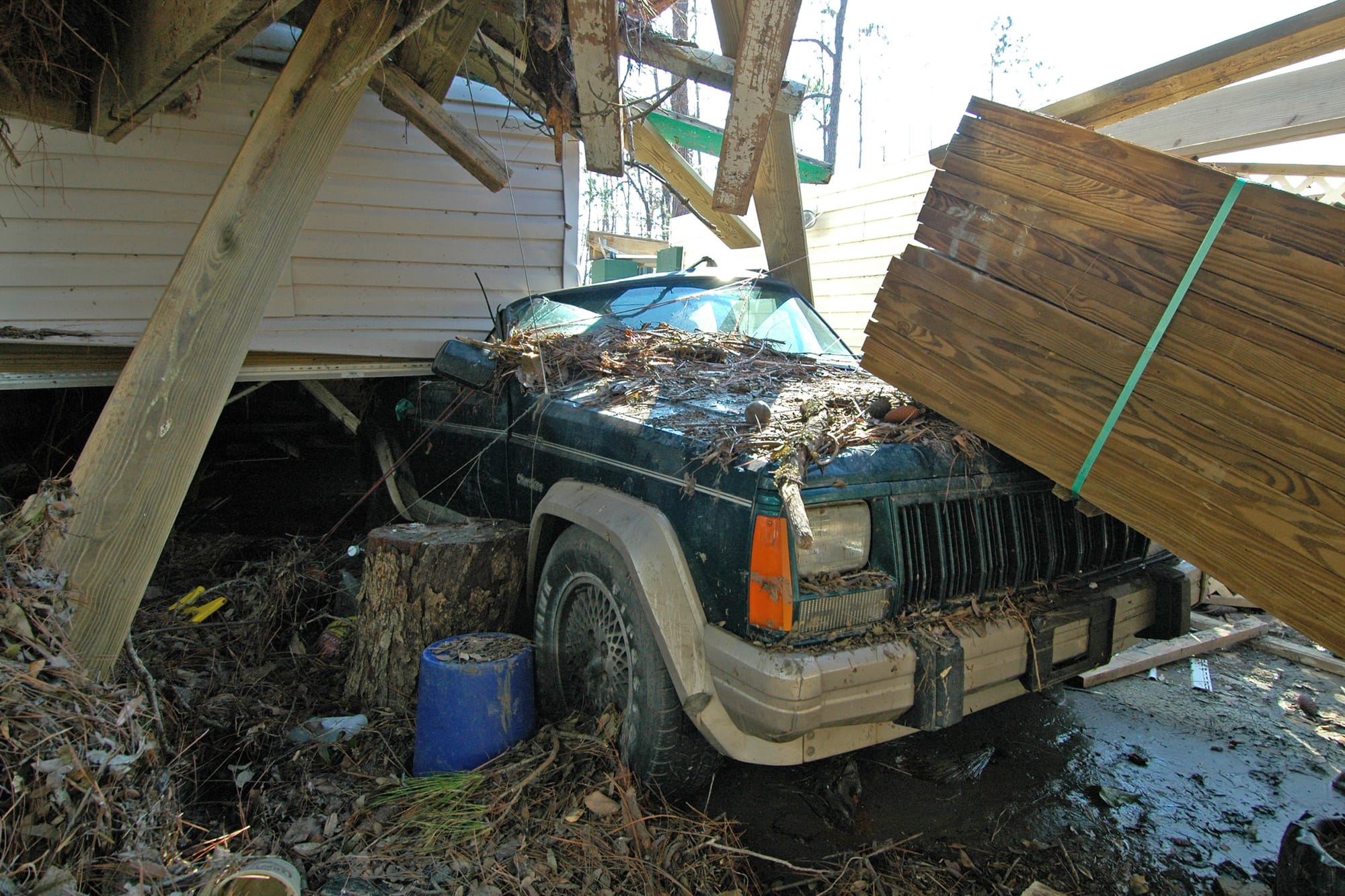
We returned to Marsha's house to recover a few items, and there was a group of police and others recovering a body from a house down the street.
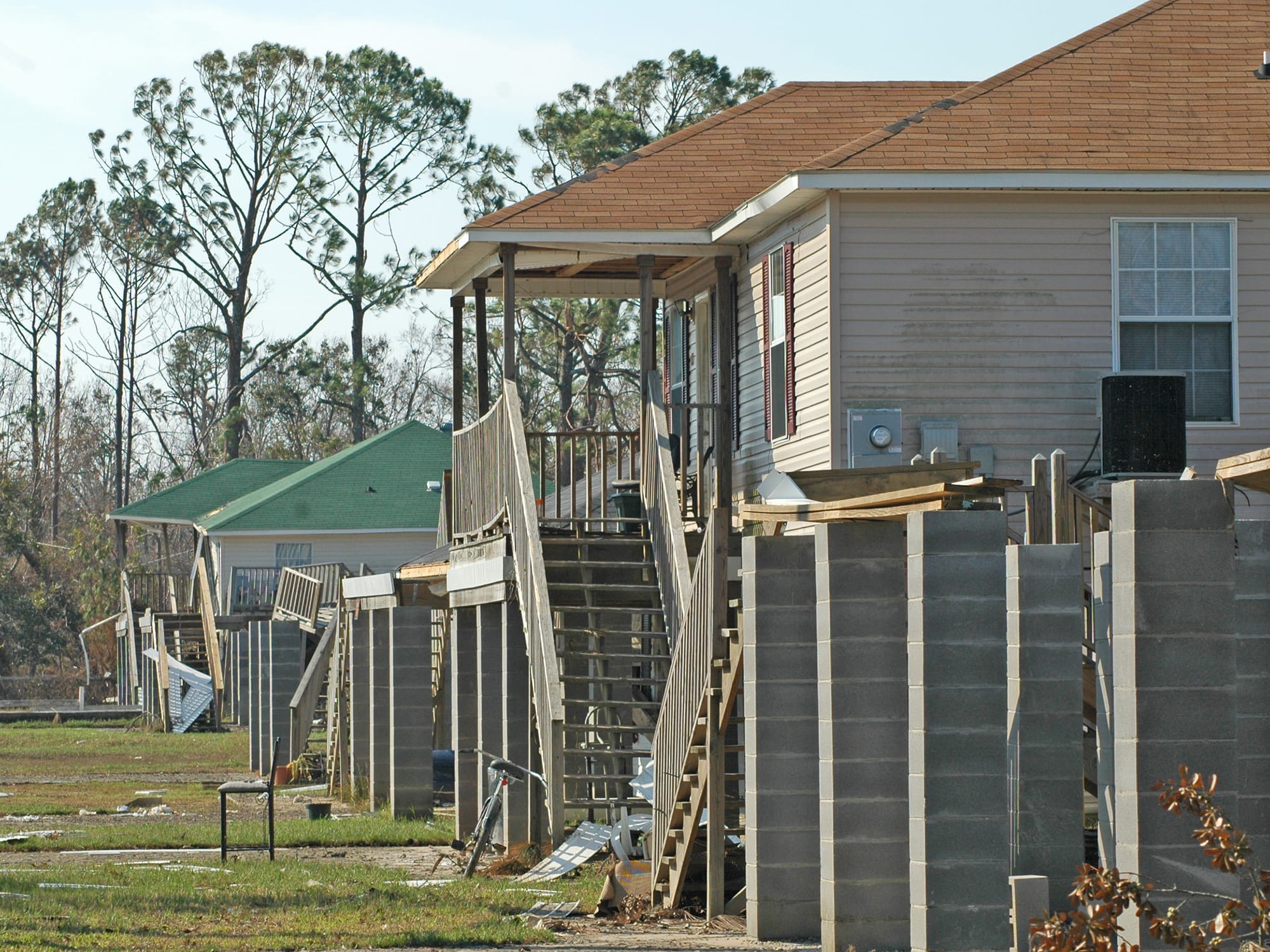
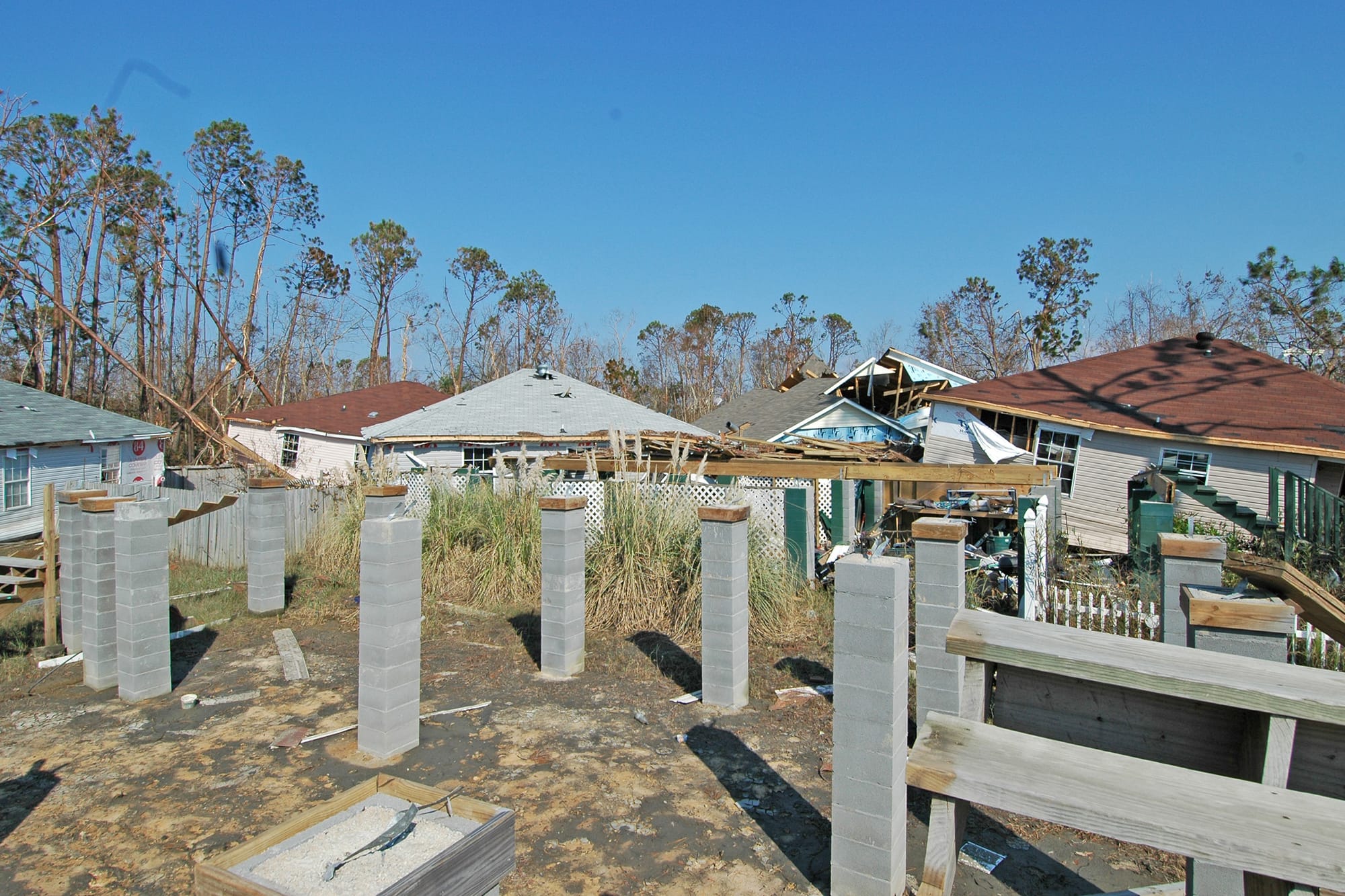
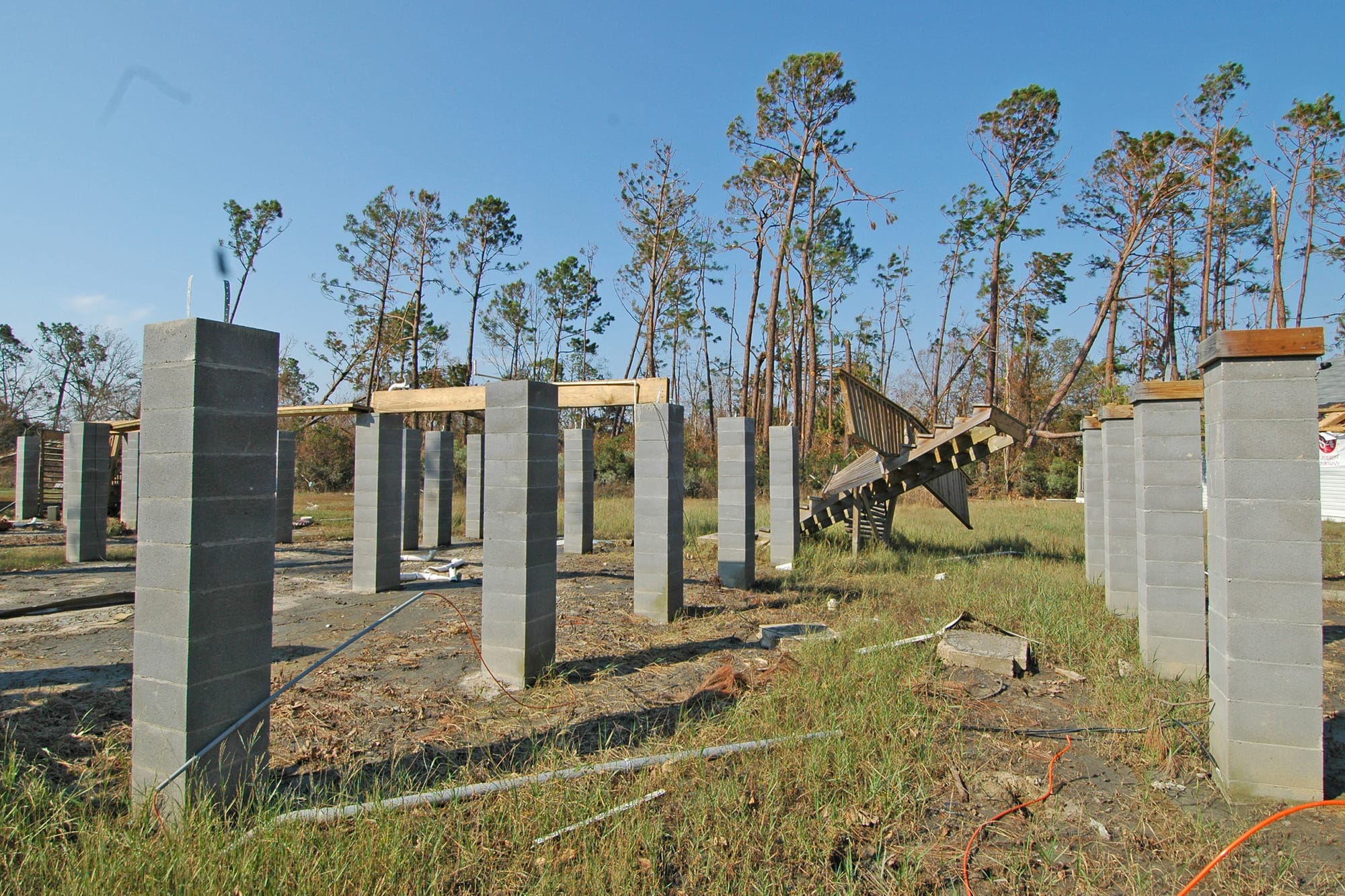
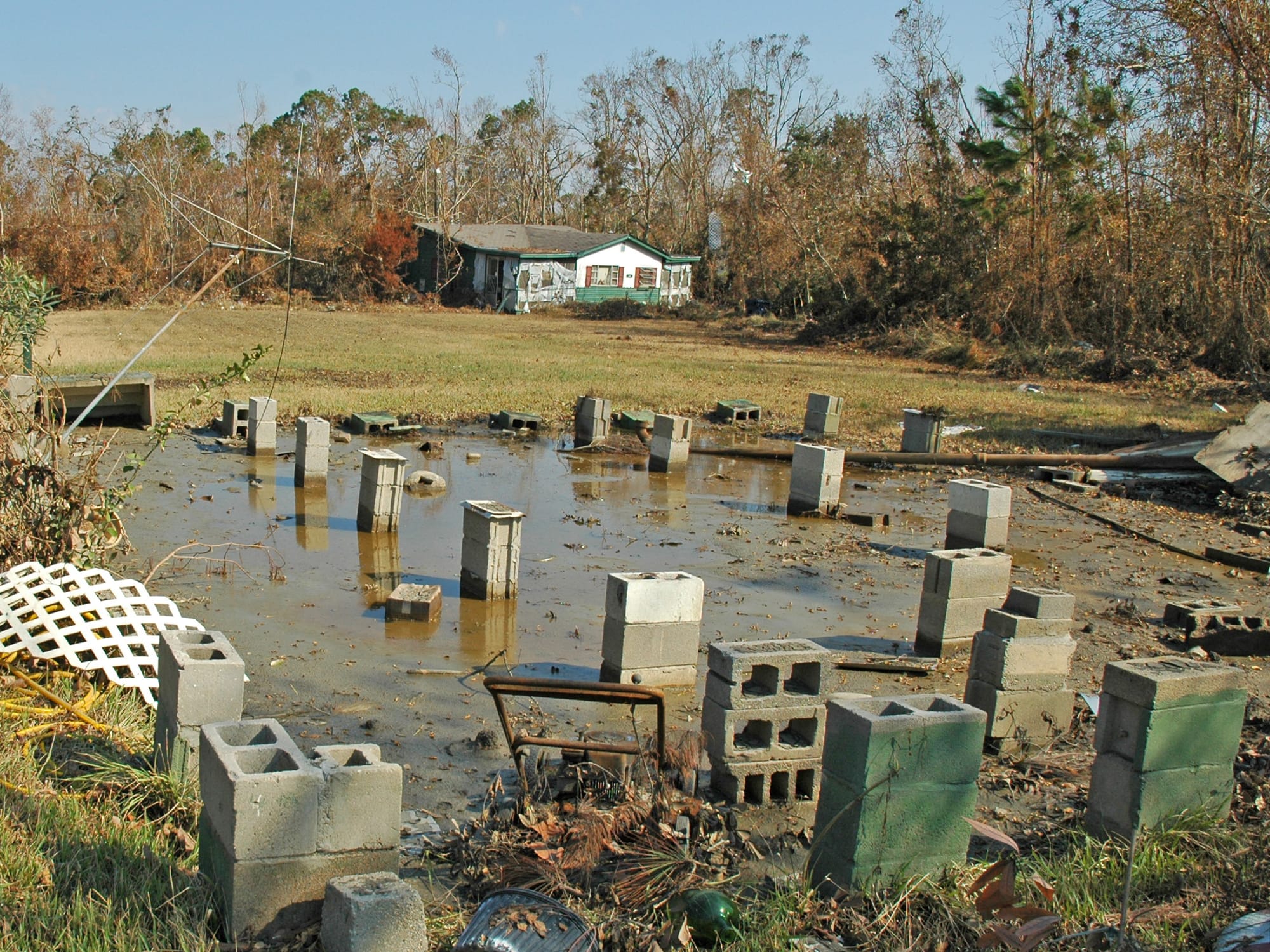
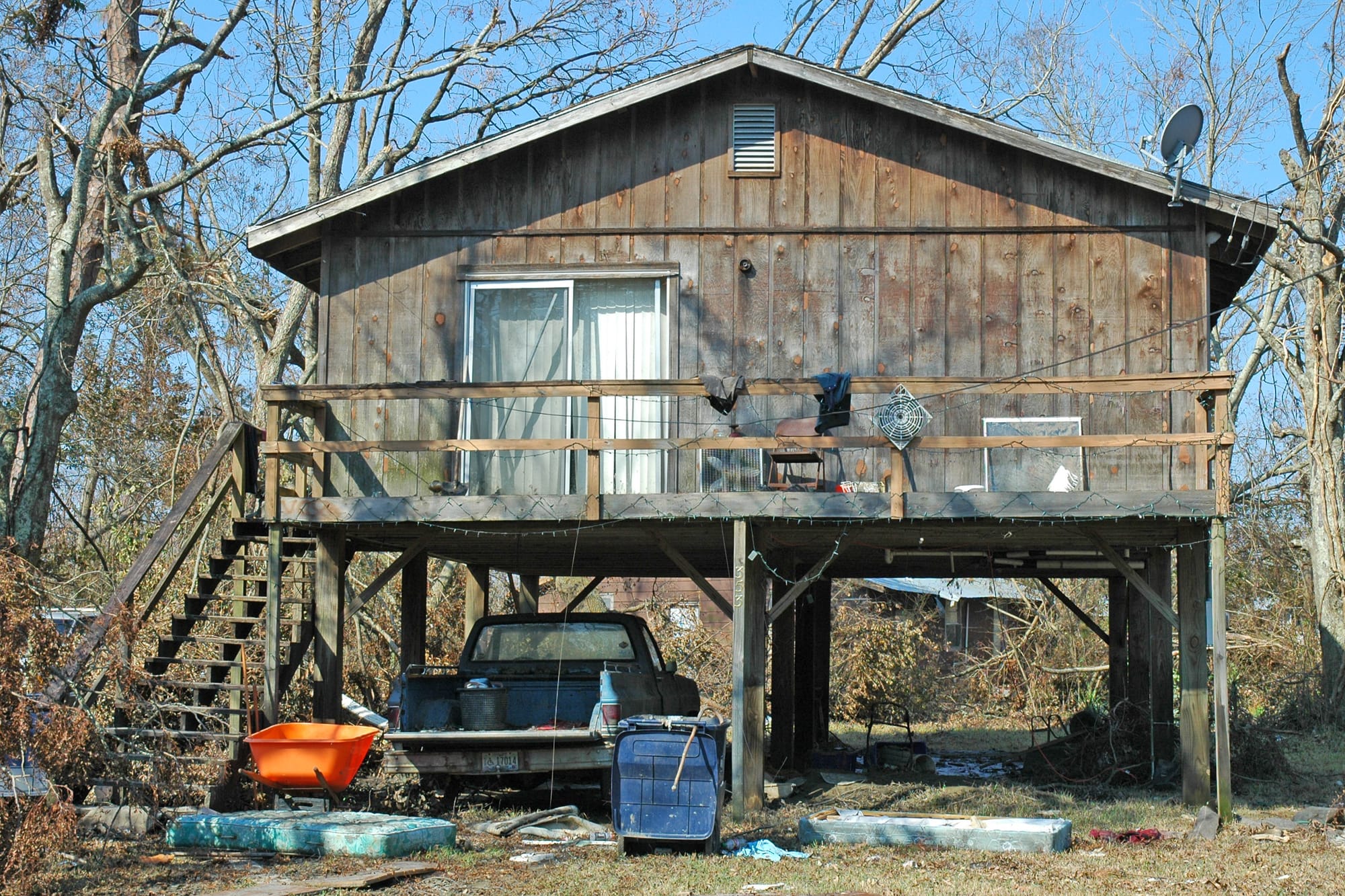
Most of the houses along Morton Avenue in Pass Christian were built on risers to allow storm surges to pass underneath, and that worked with varying degrees of success. The second to last photo is a house that was sitting on cinder blocks and was washed inland a hundred yards from where it had stood. The last photo shows the least damaged structure along that street - whoever built that one should be proud.
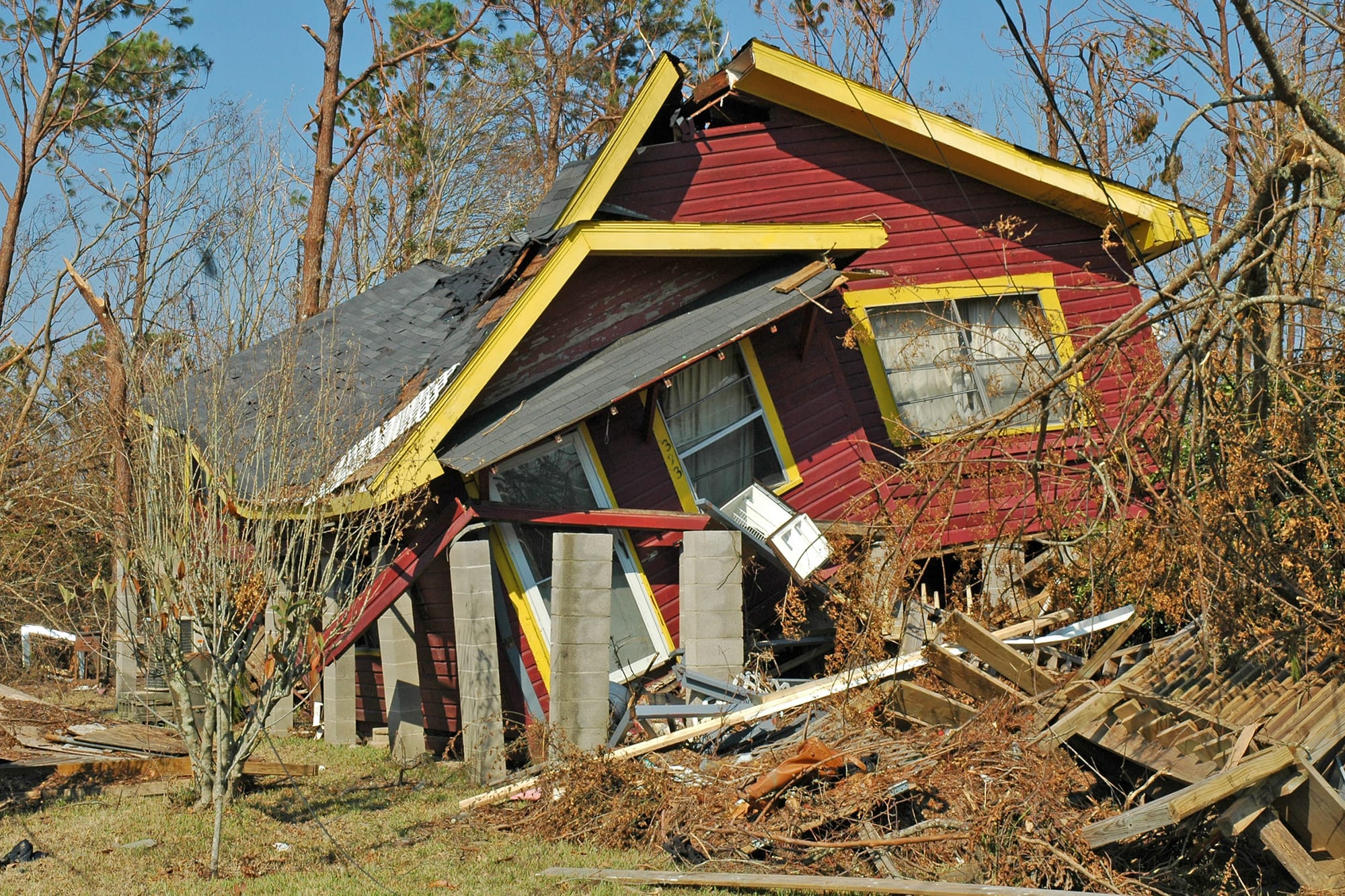
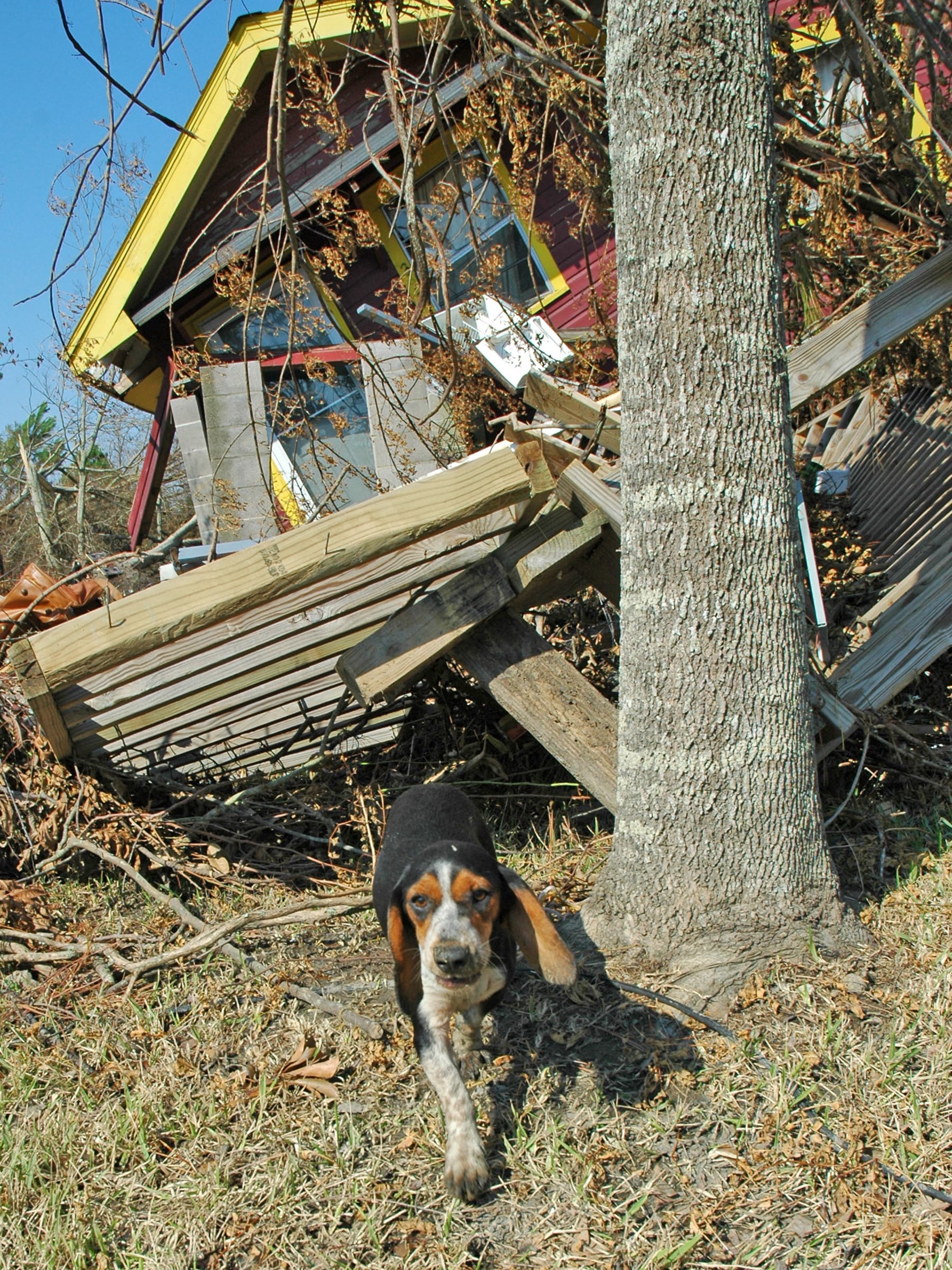
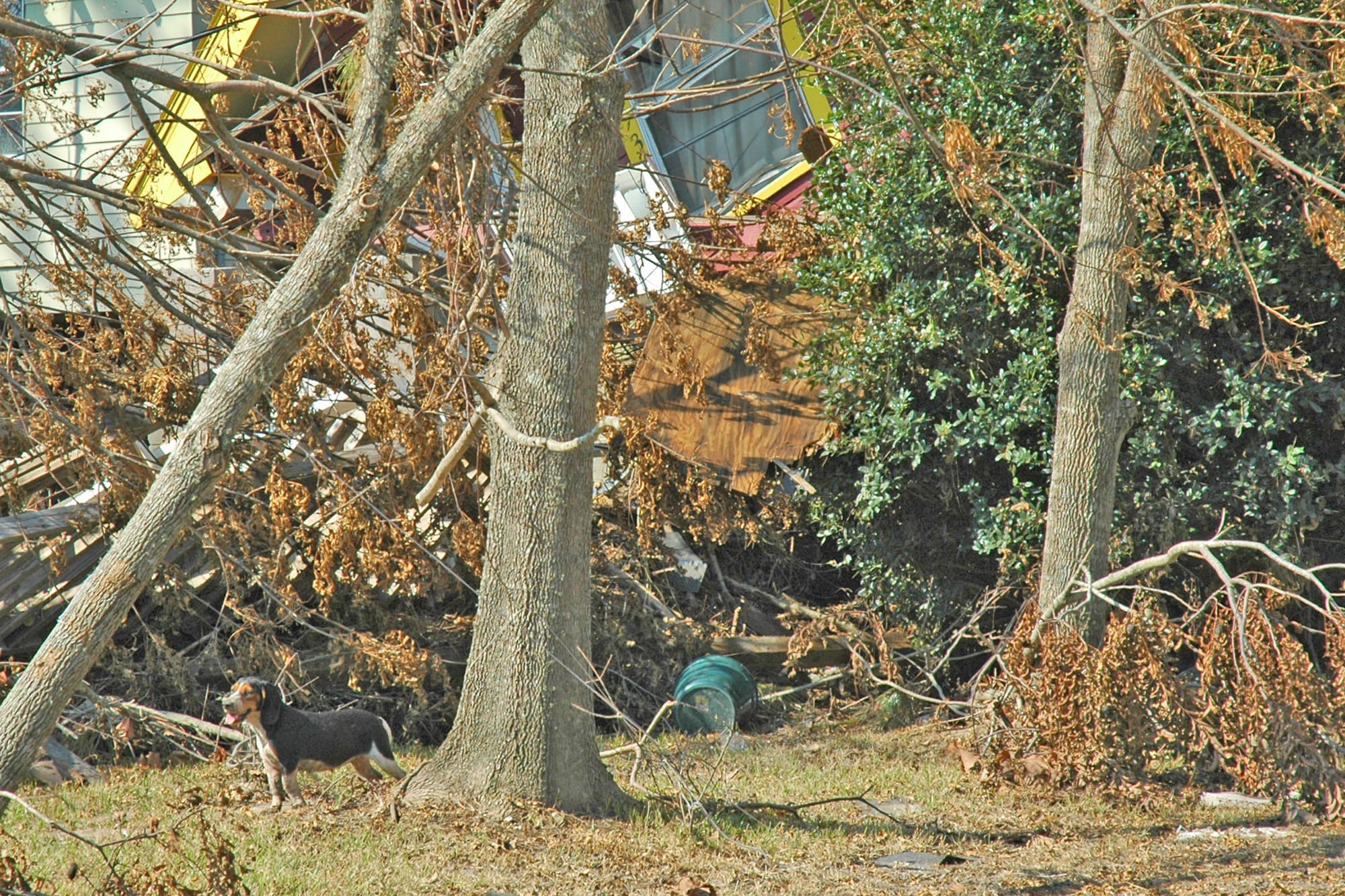
I stopped to photograph this house just north of Marsha's, and while I was standing there a female Beagle came out of the wreckage.
That dog had apparently been living in a den of sorts for the last few days. I tried to give her a Triscuit, but she wouldn't come near me so I threw it to her. She grabbed it and ran inside her den, where she quickly buried it. I left the rest of the box for her, and reported her location to the rescue workers up at North and Henderson, who said they'd have the animal rescue crew go pick her up.
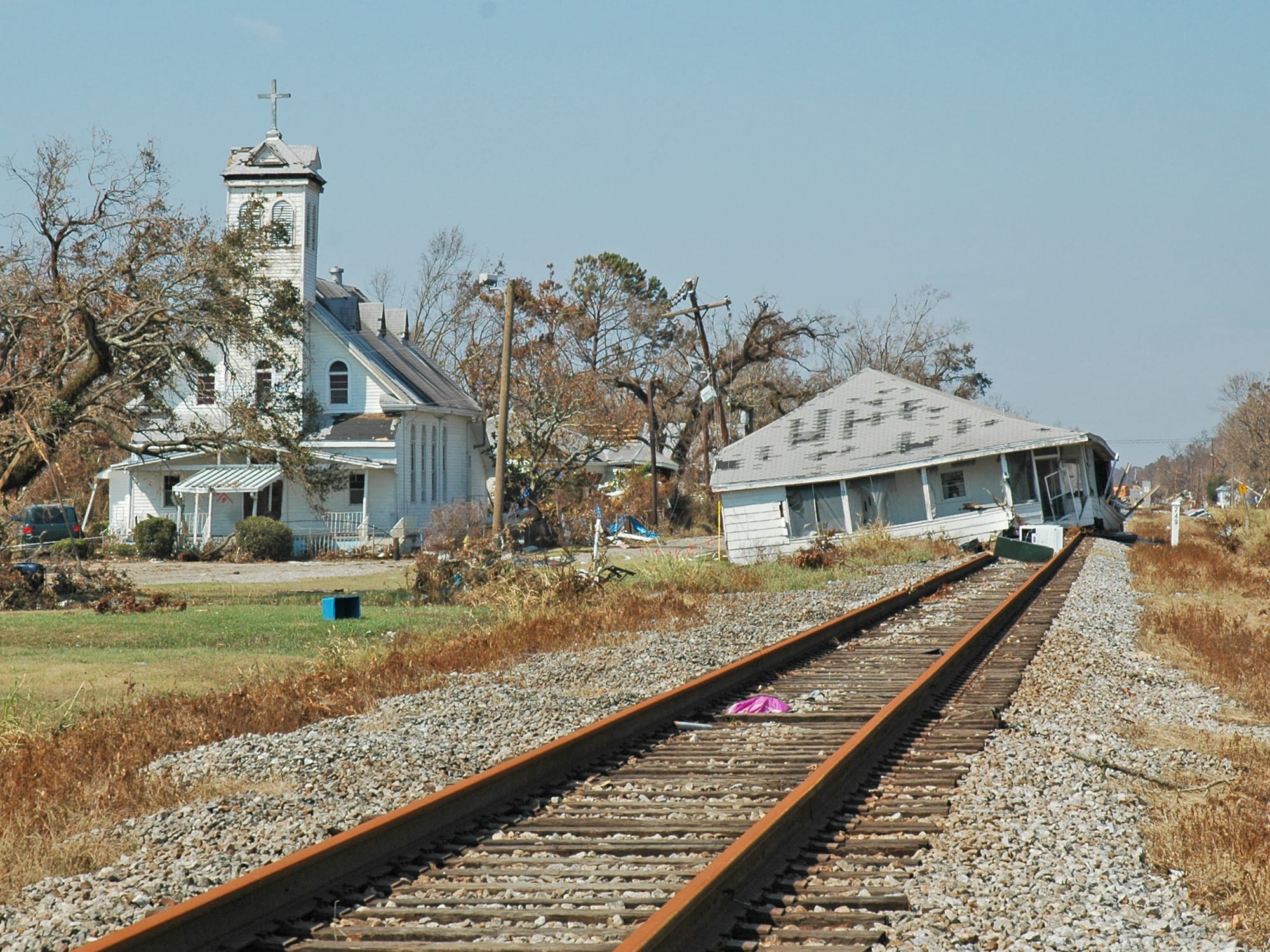
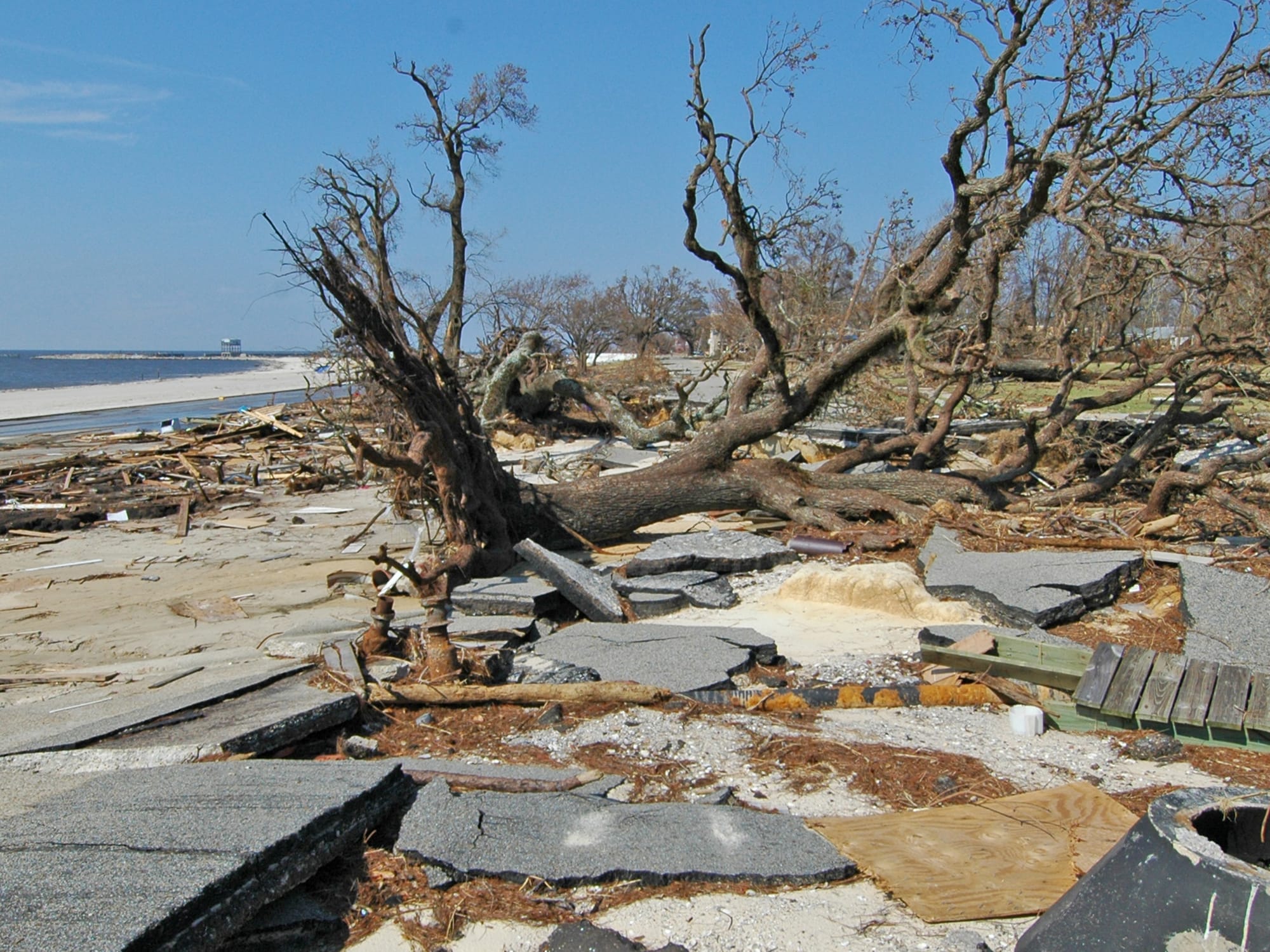
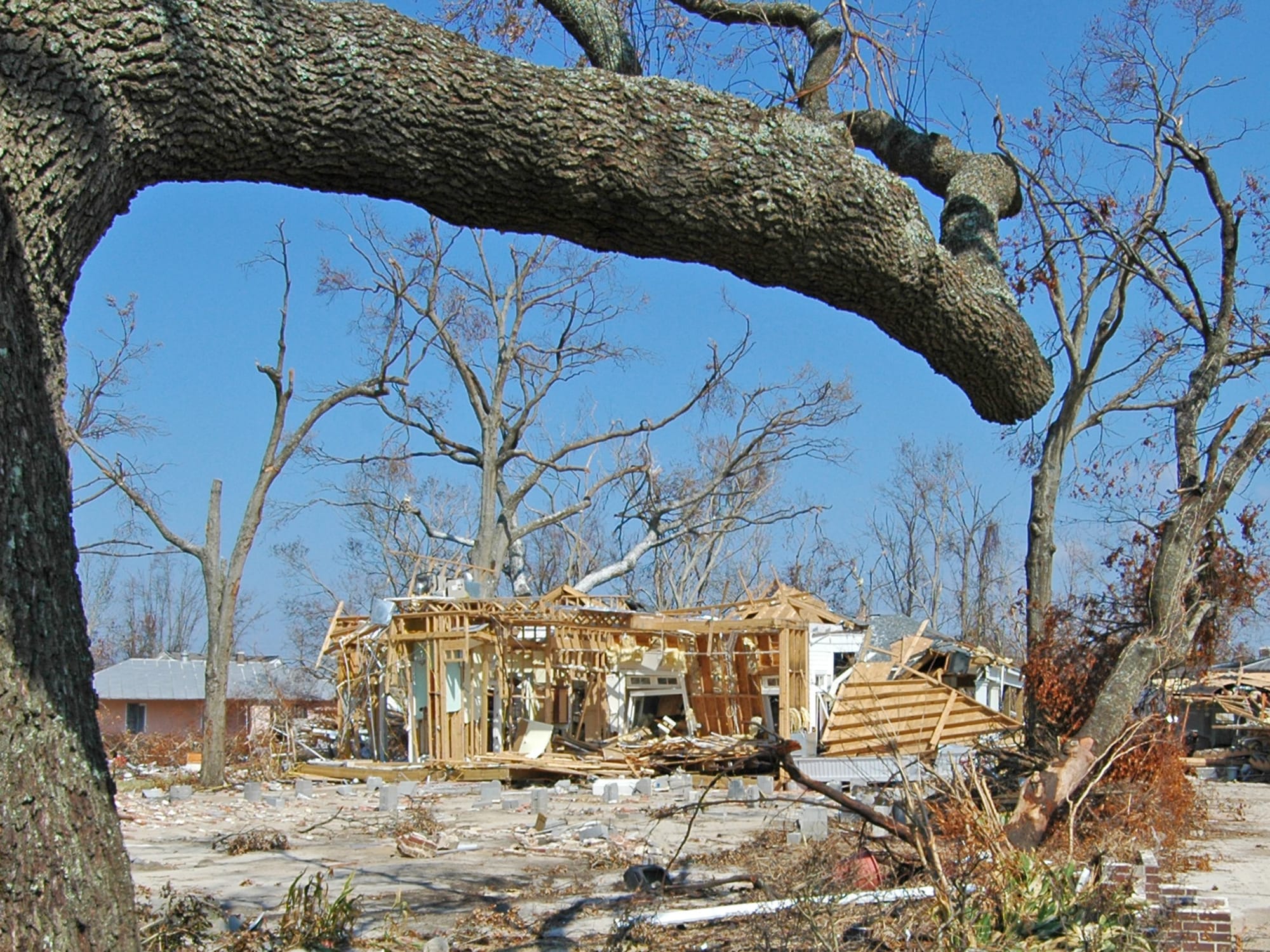
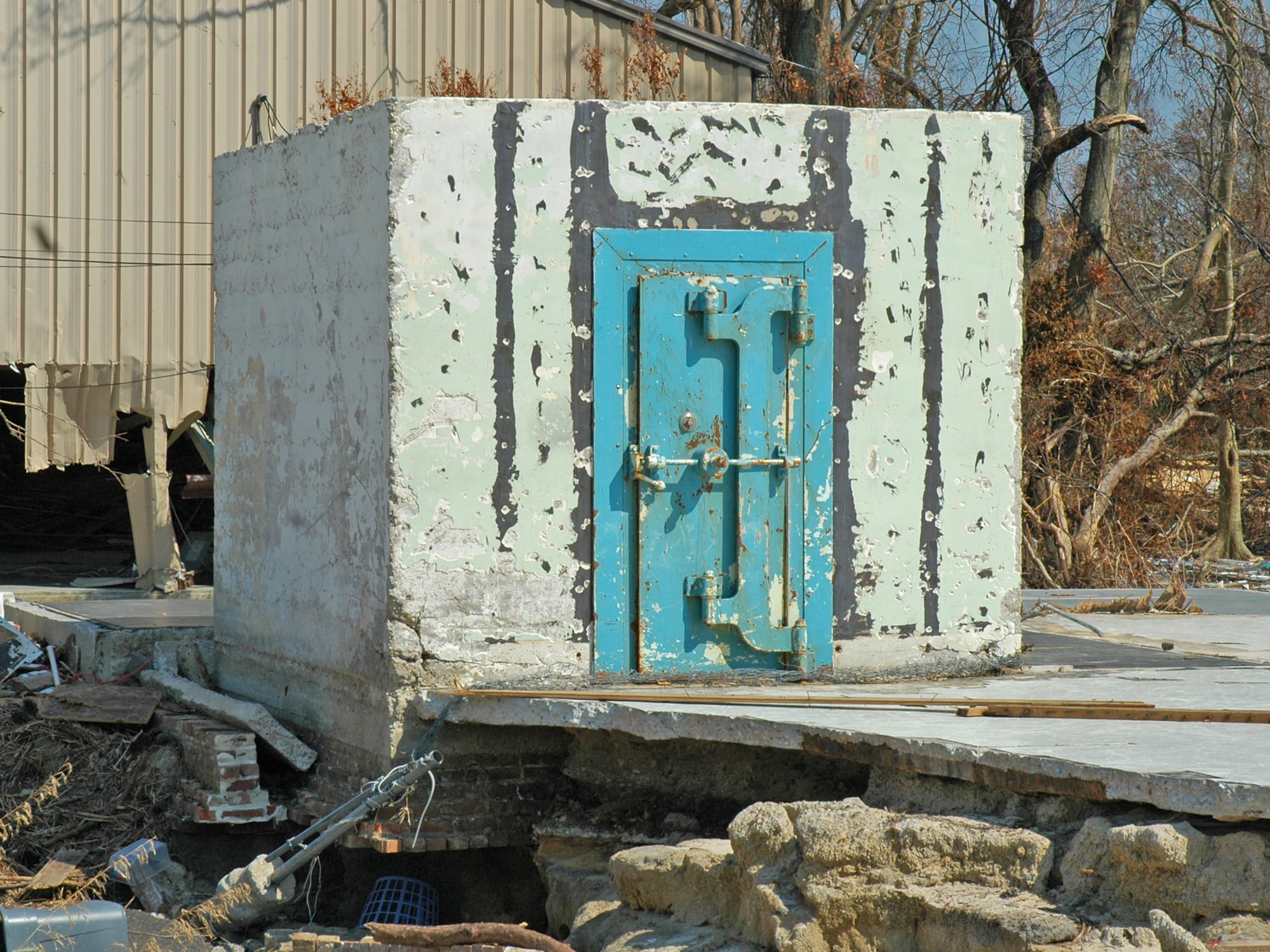
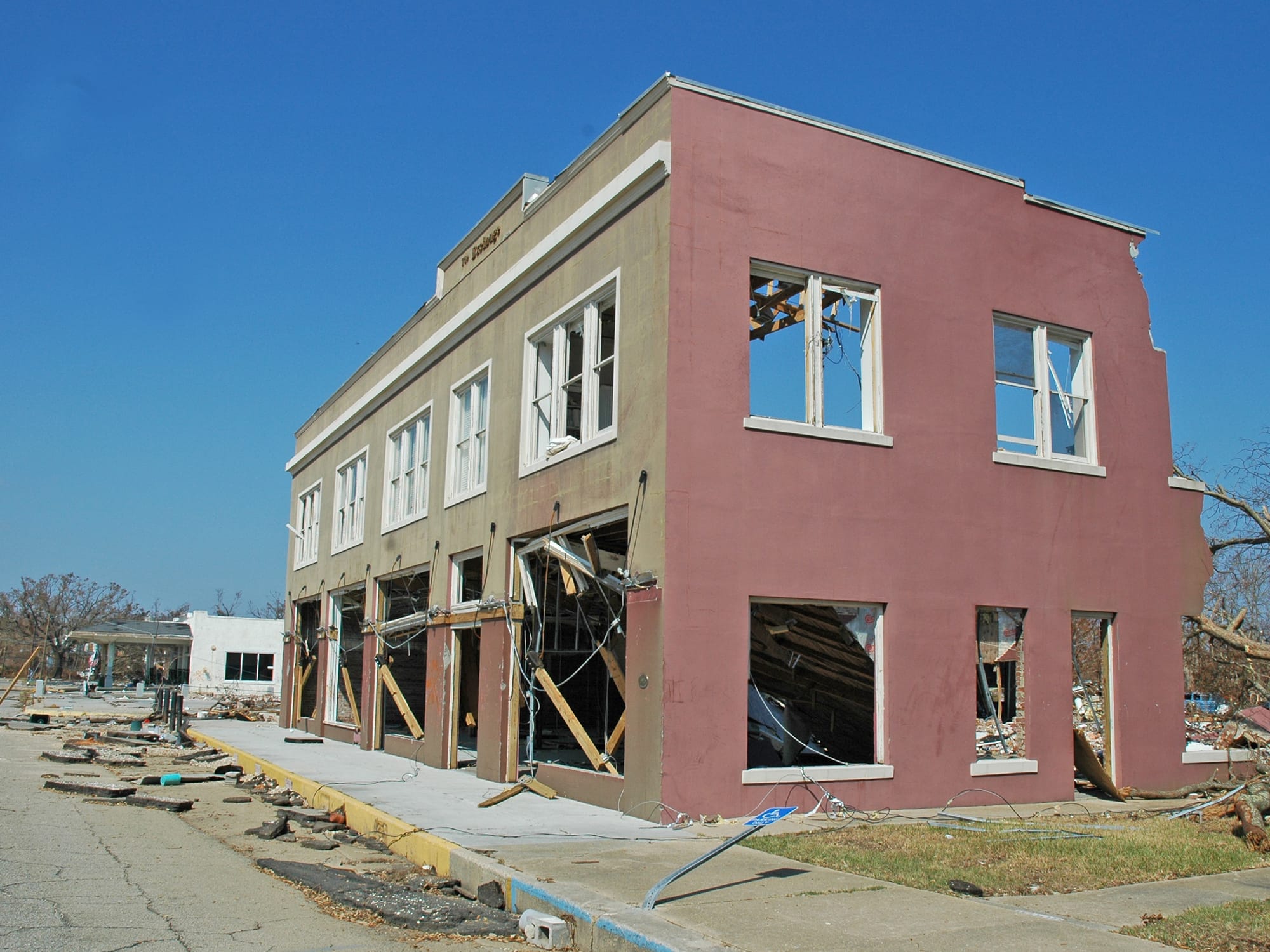
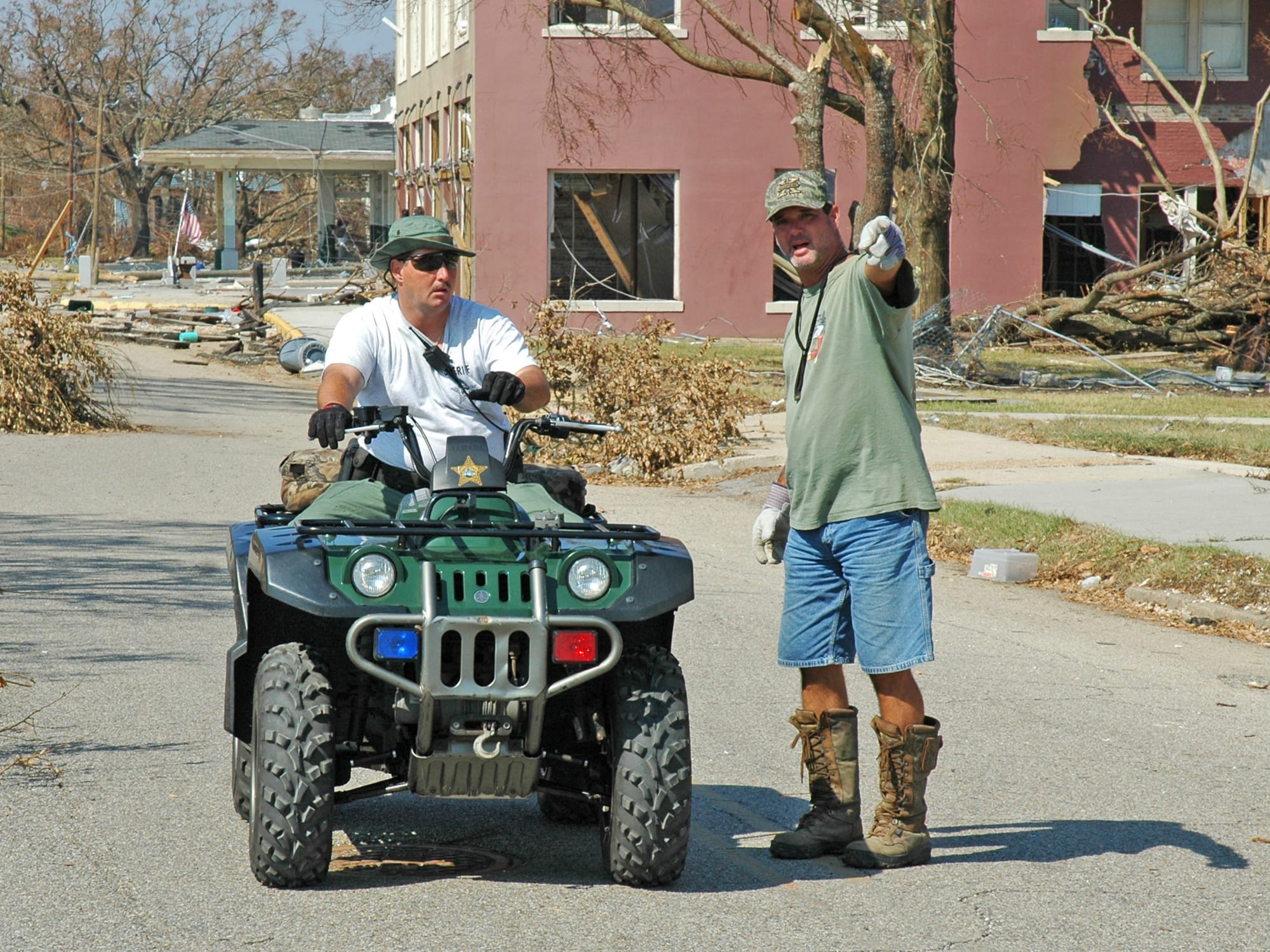
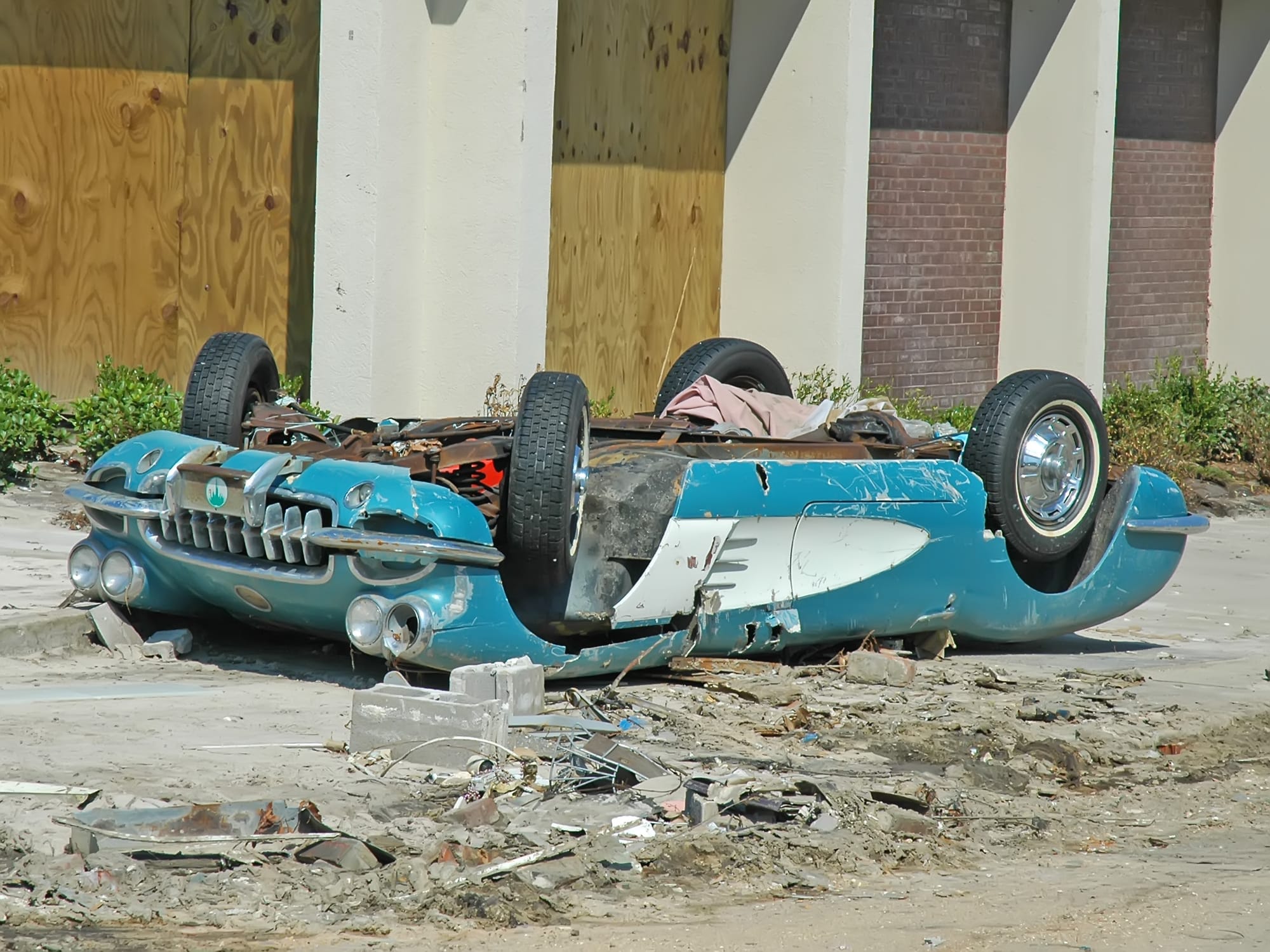
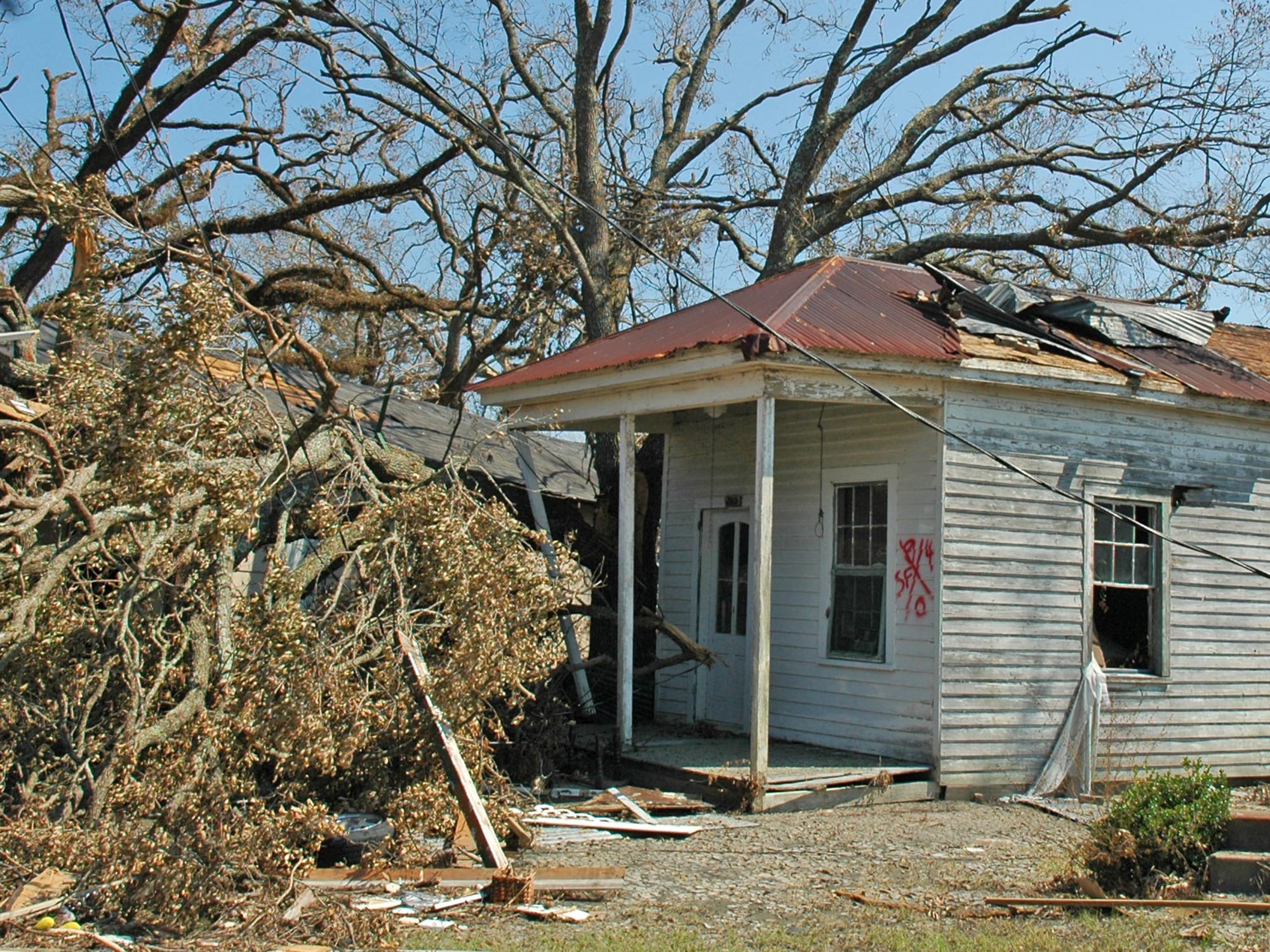
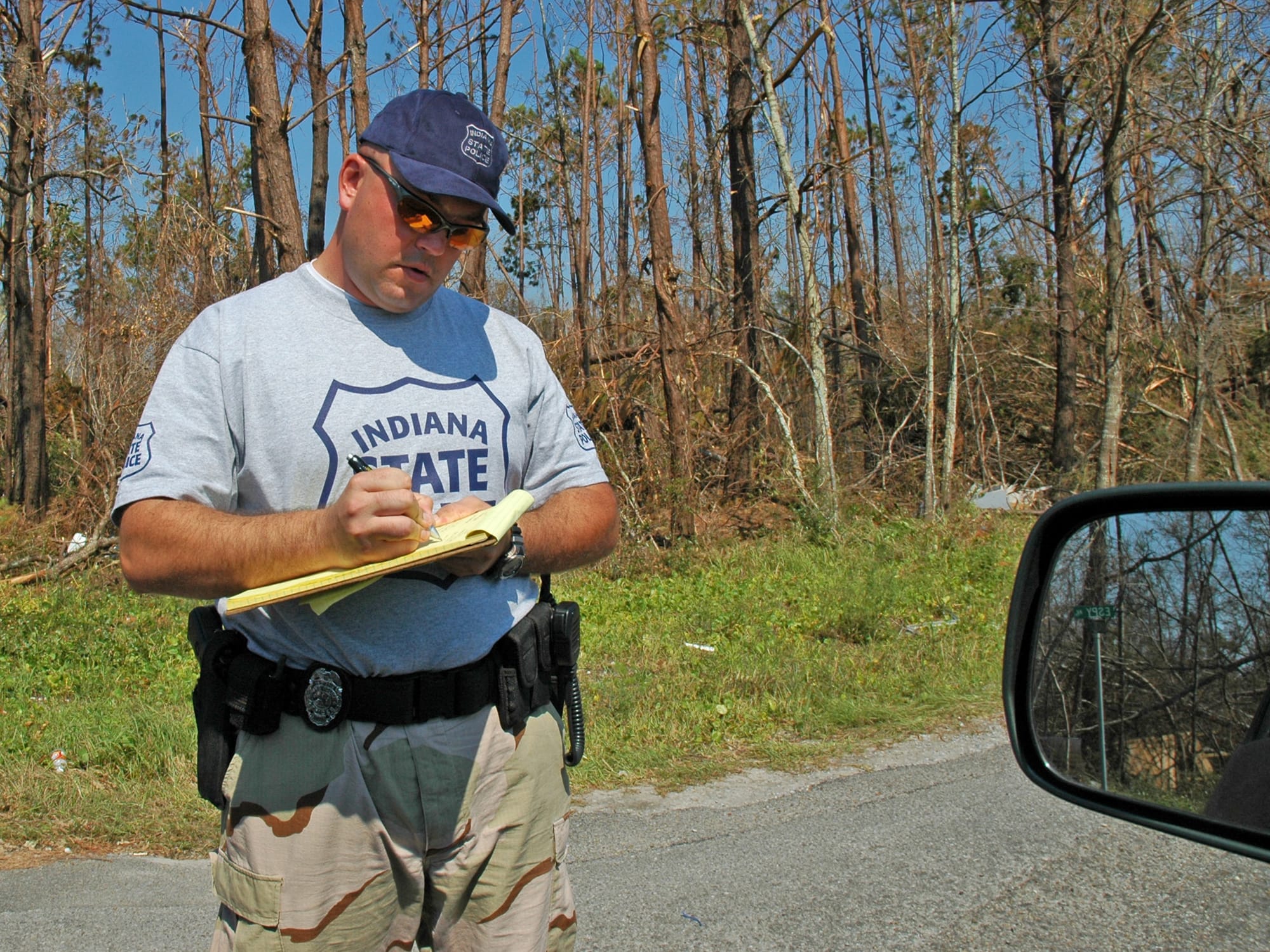
Photos from a drive through Pass Christian, Mississippi
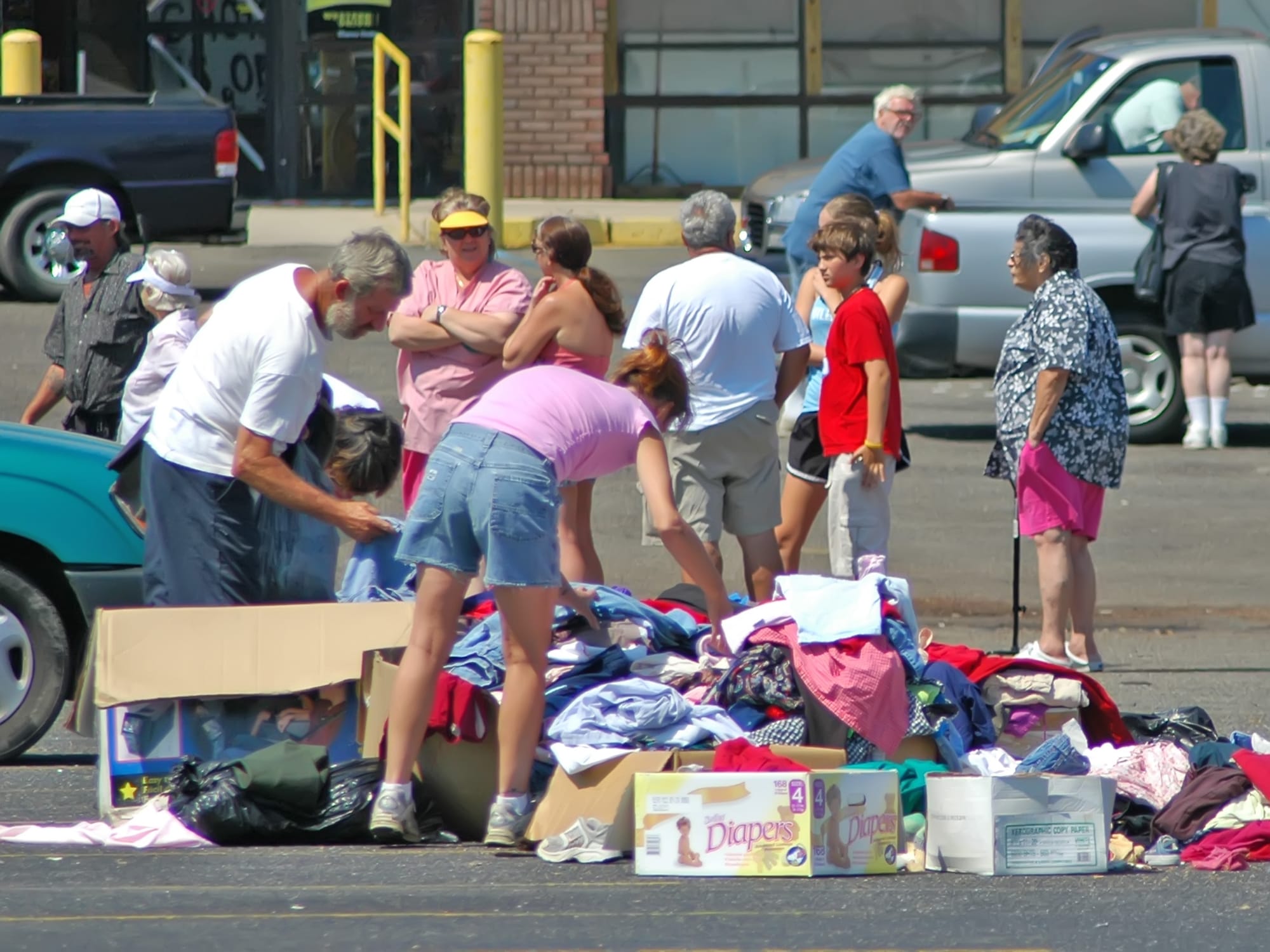
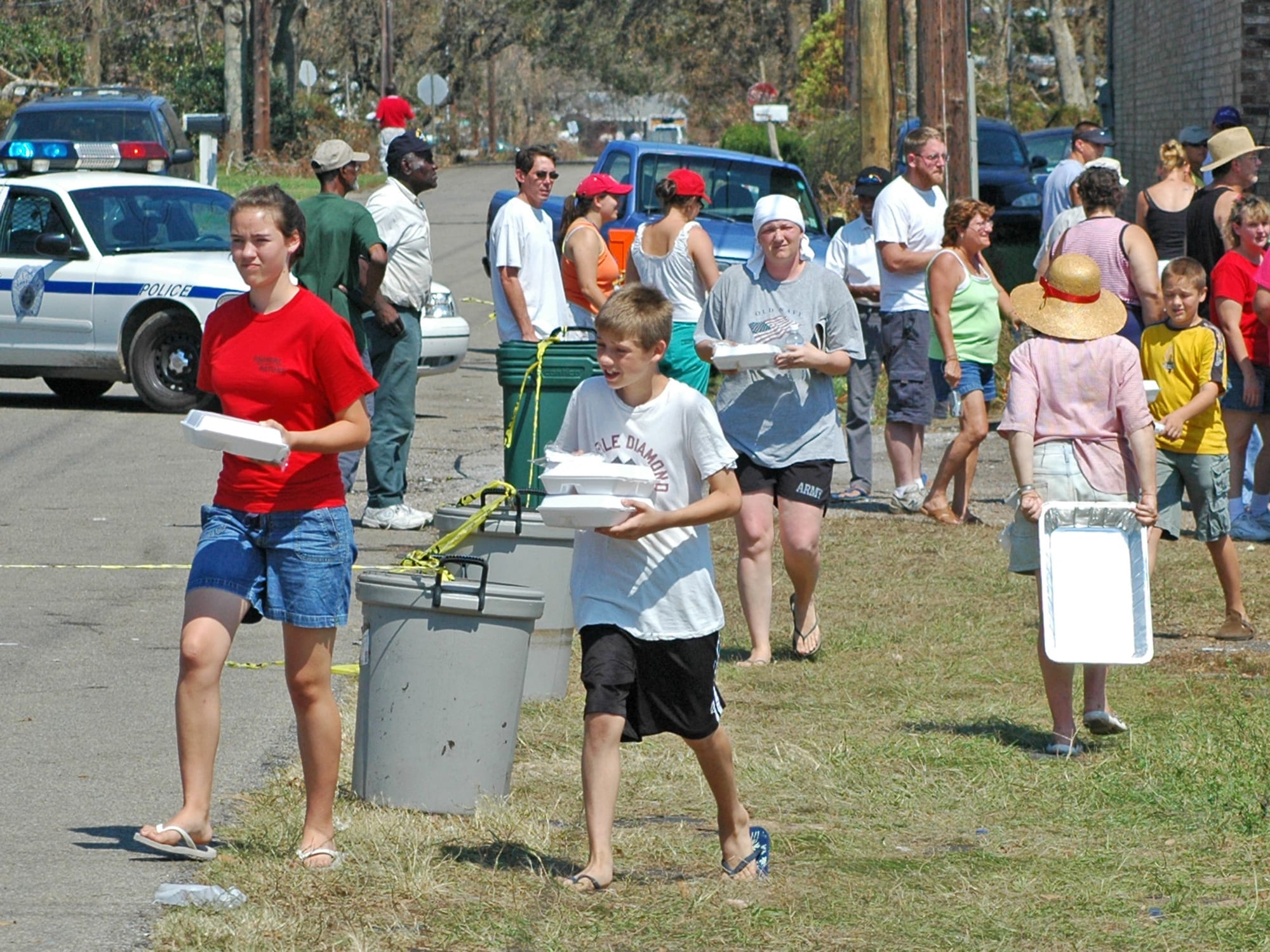
Free clothes and free food.
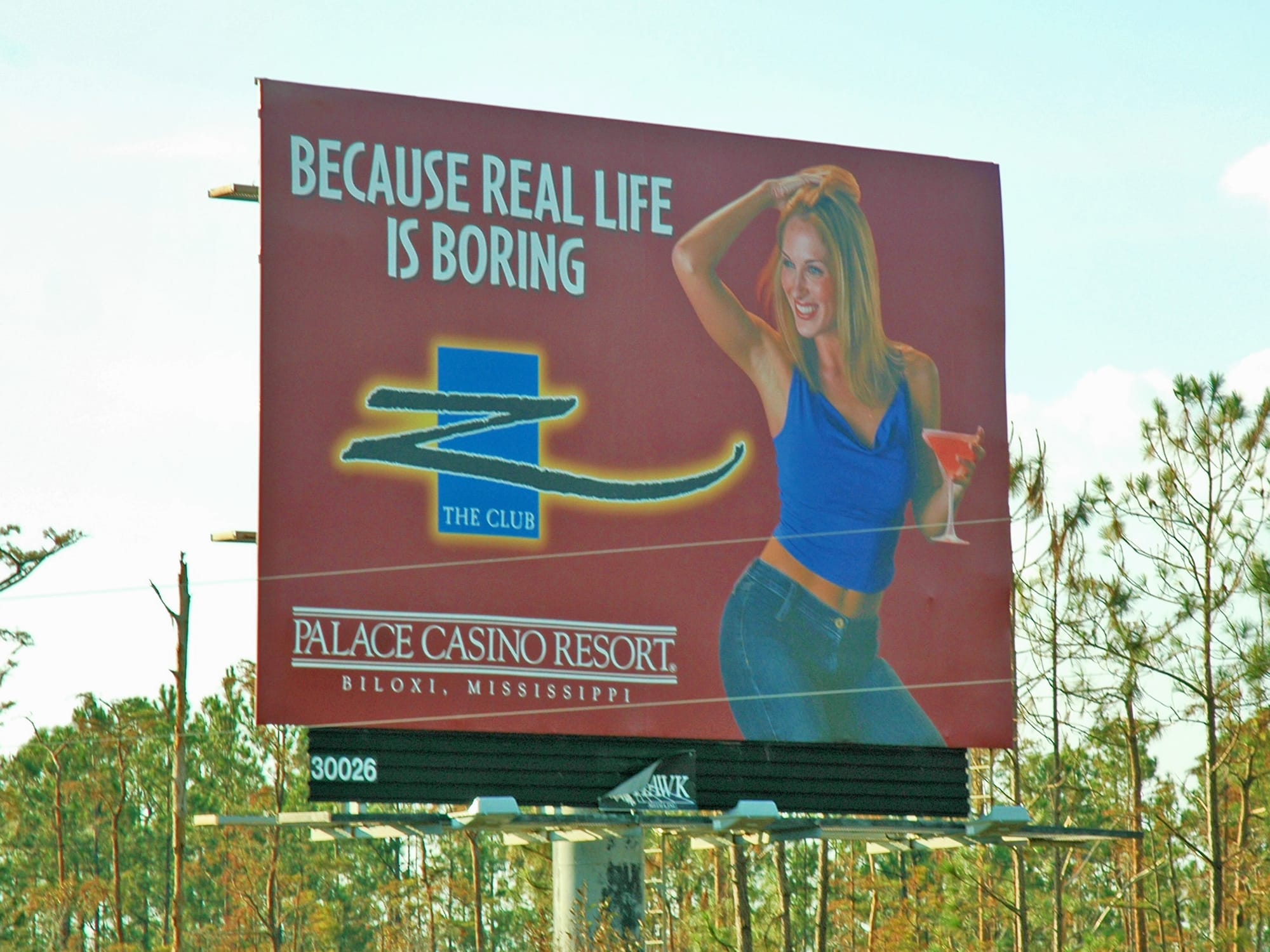
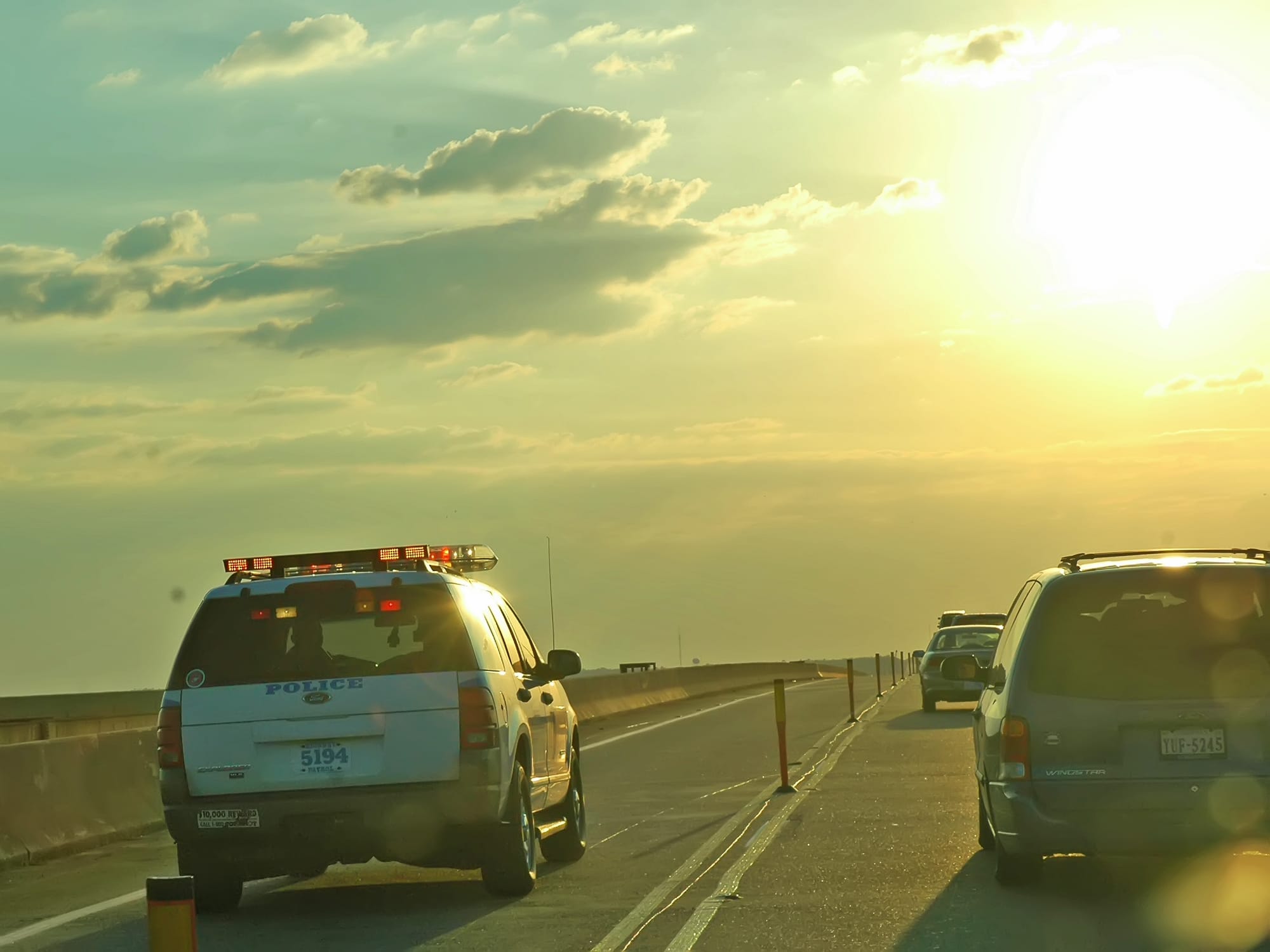
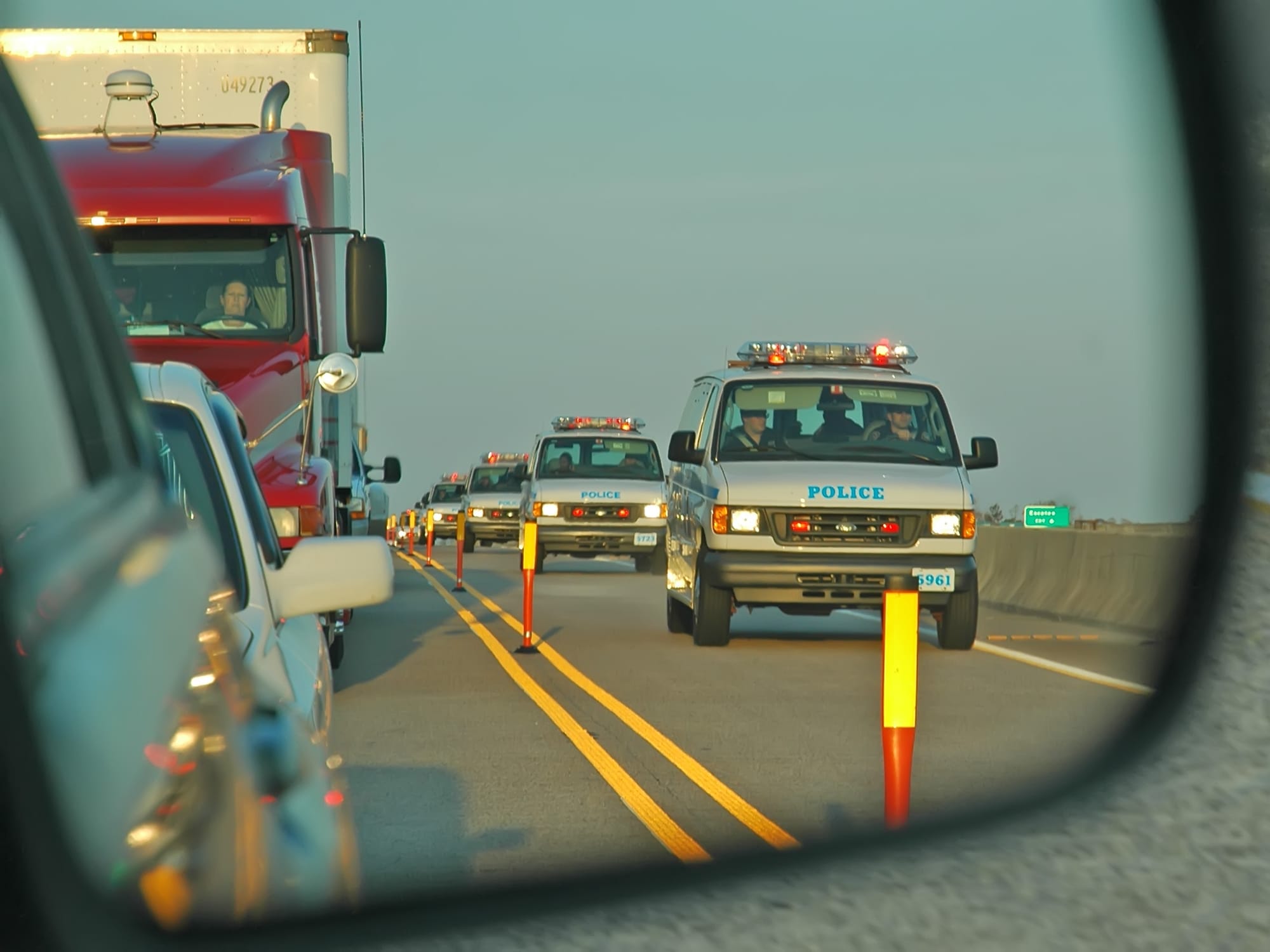
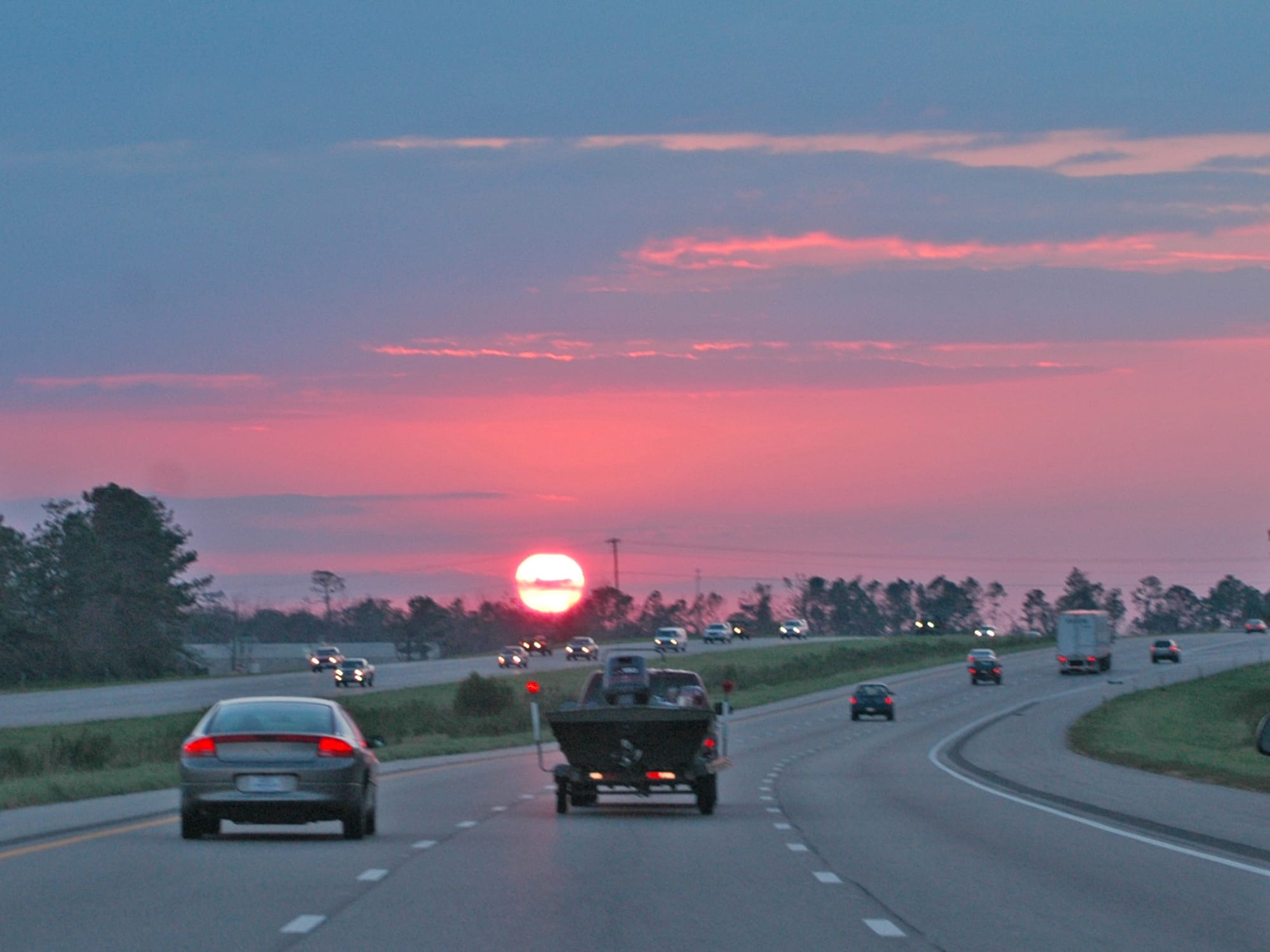
Photos from a quick trip over to Mobile for some things.
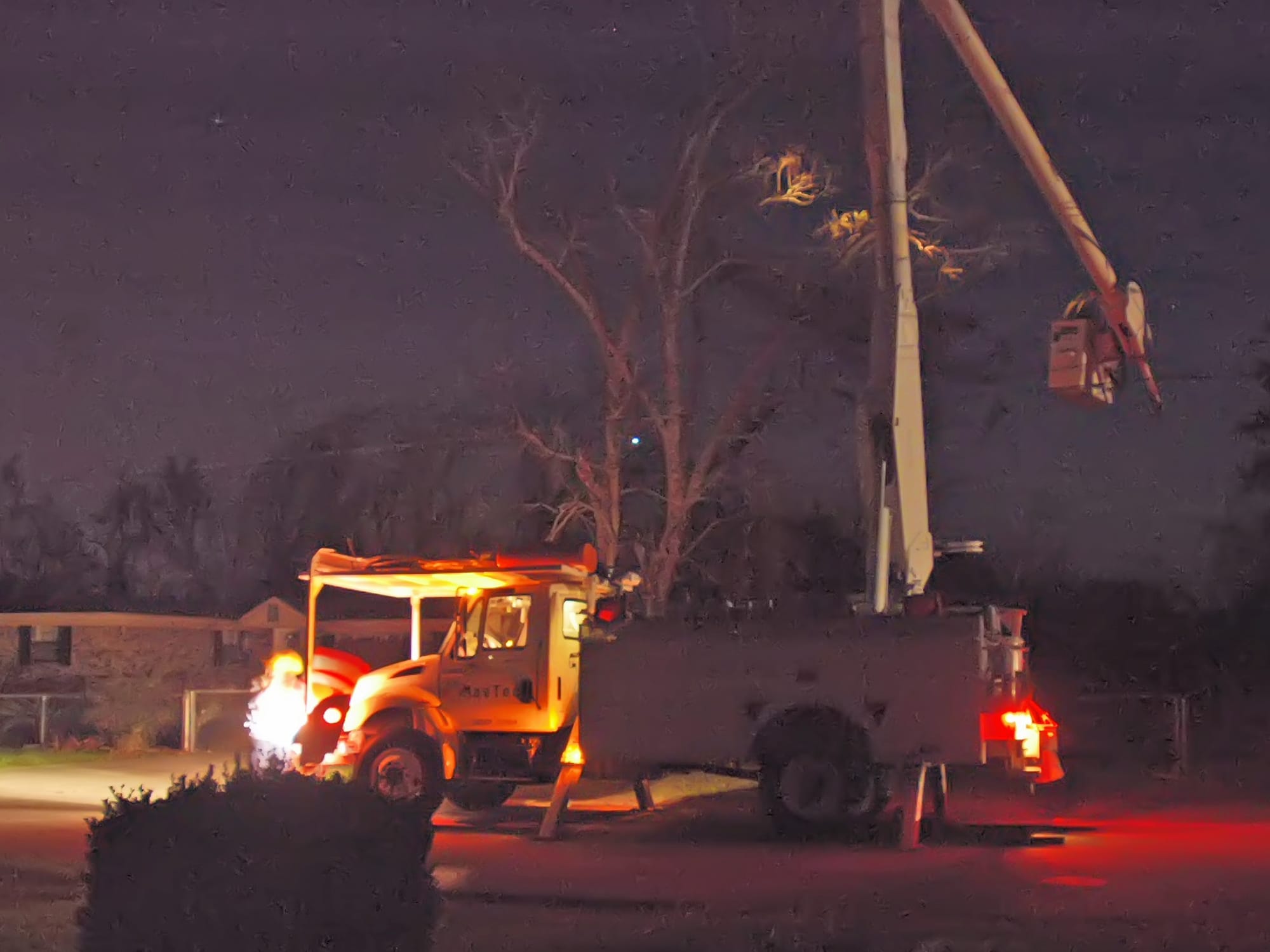
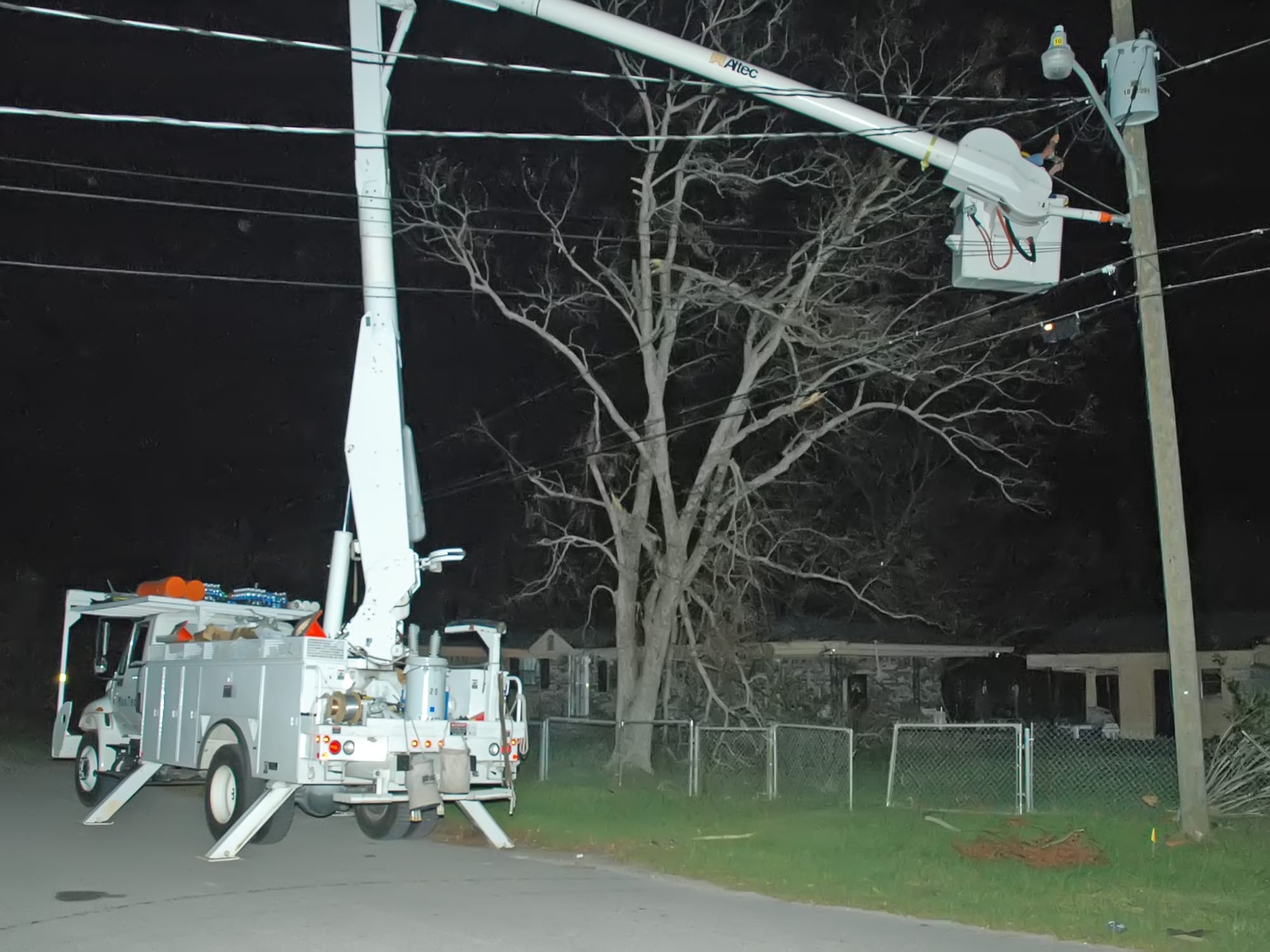
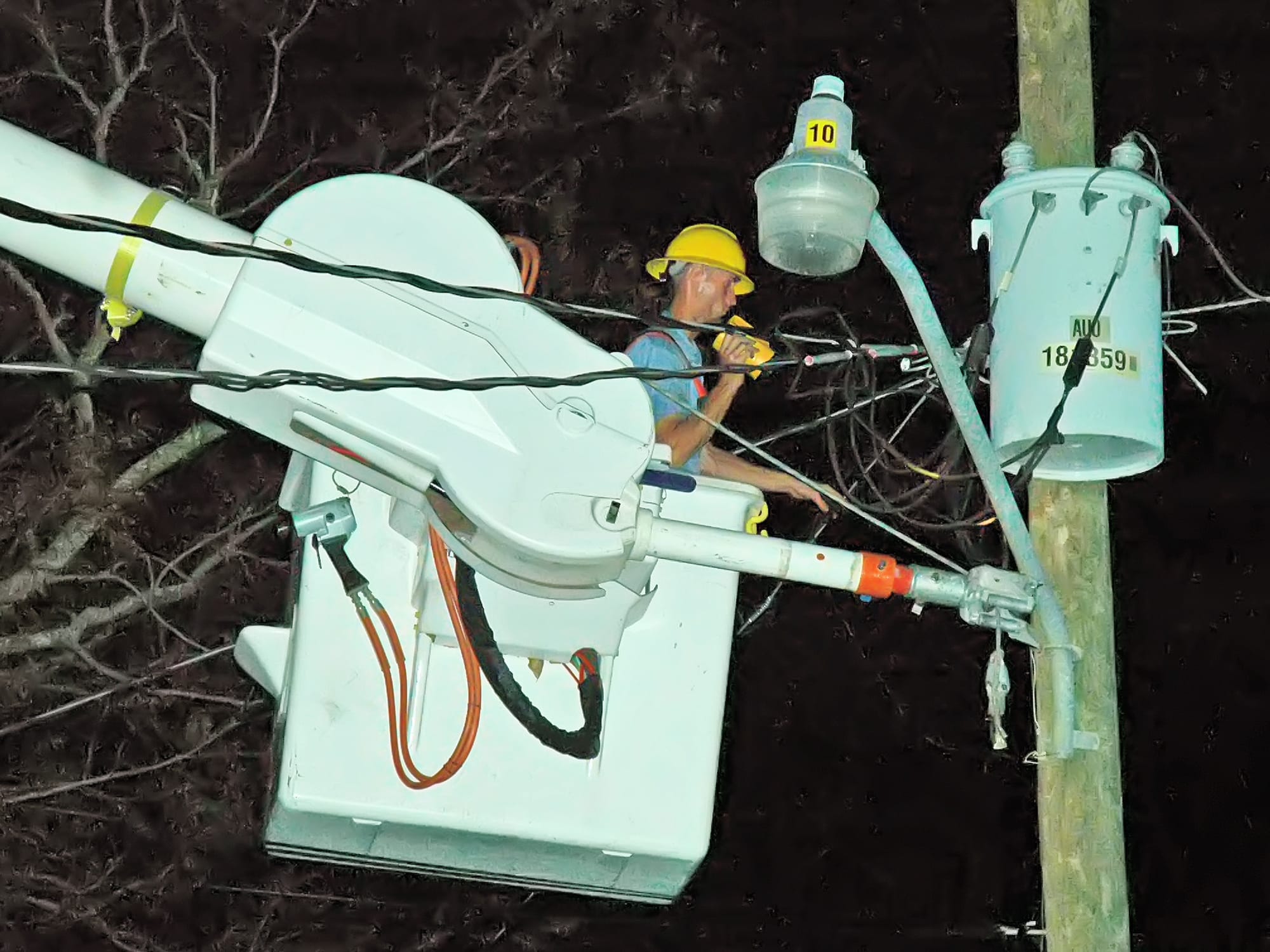
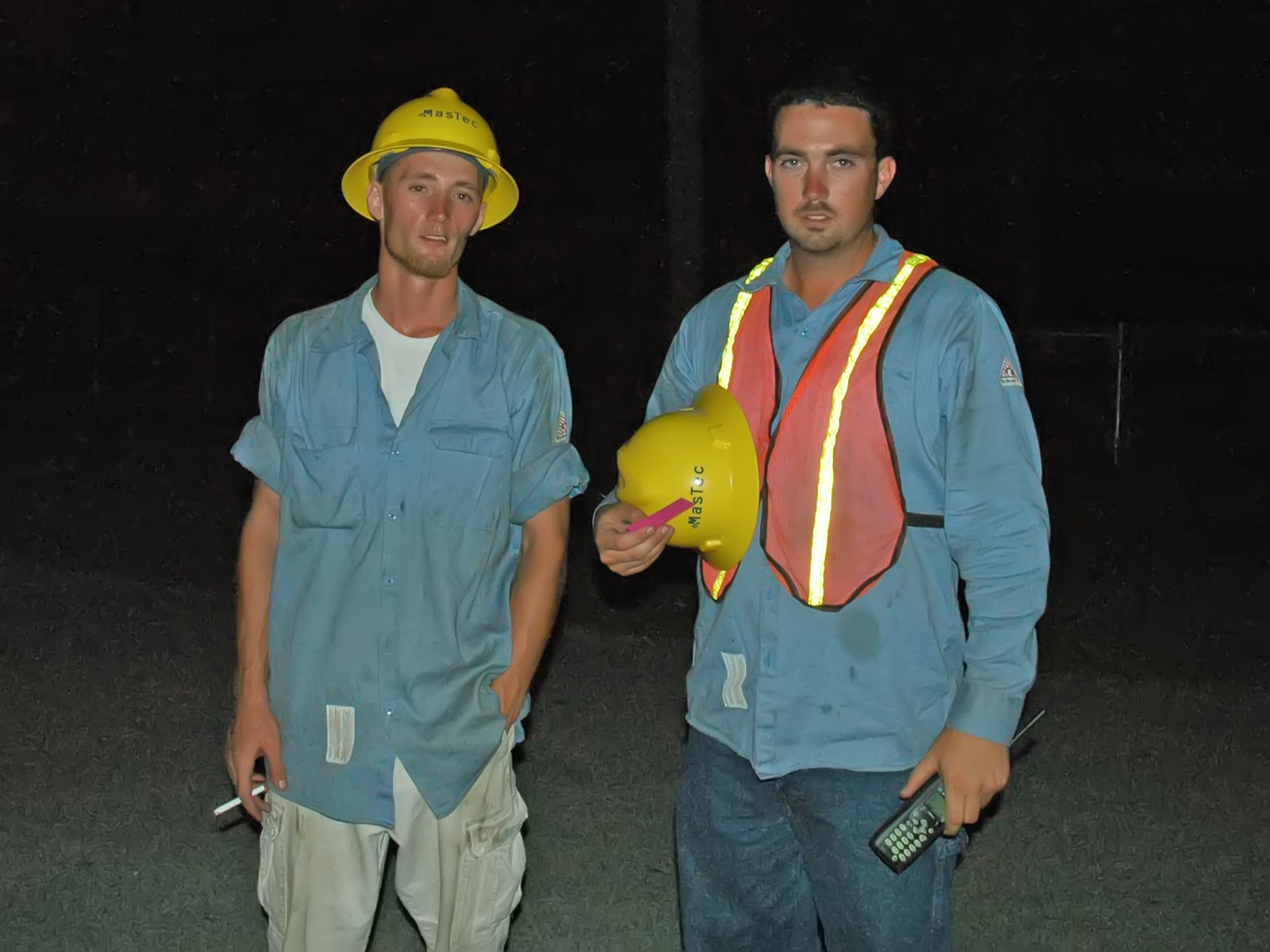
`When we got back to Melba's house, these guys were working on restoring power to the neighborhood.
They worked late and got the job done that night, ending our power outage. They were from Georgia, and I talked to them about their experience.
These guys were among the hundreds of power workers who had been called in from surrounding states to help restore power to the 200,000 Mississippi residents who were without power after Katrina. They were sleeping in a big tent camp over at Ocean Springs, and standard work hours for all of them those first few days were 6AM to 10PM. I photographed dozens of power workers, and never saw anyone standing around or screwing off - the ones that weren't working hard were usually exhausted and asleep, laying in their vehicles or on the ground.
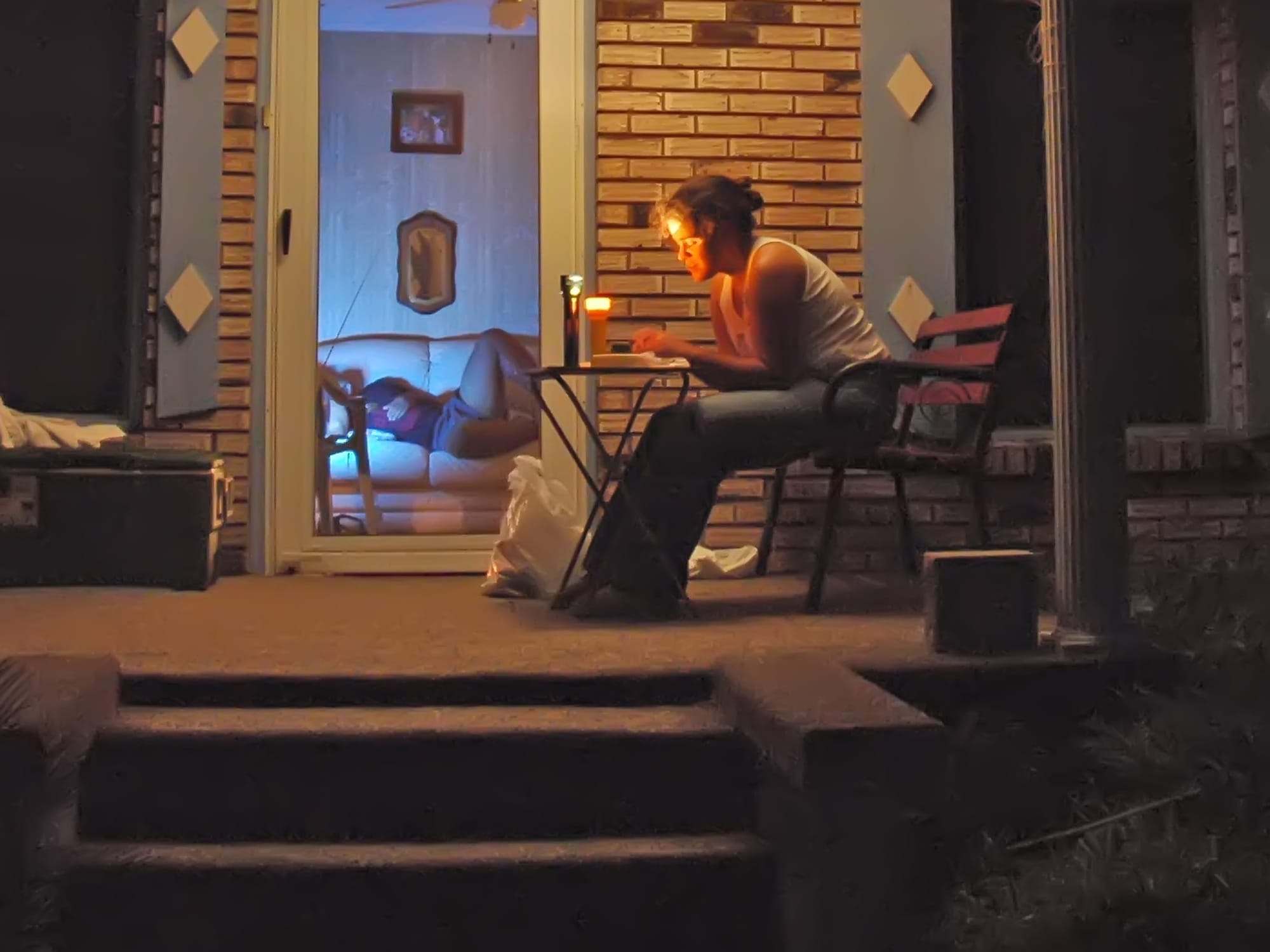
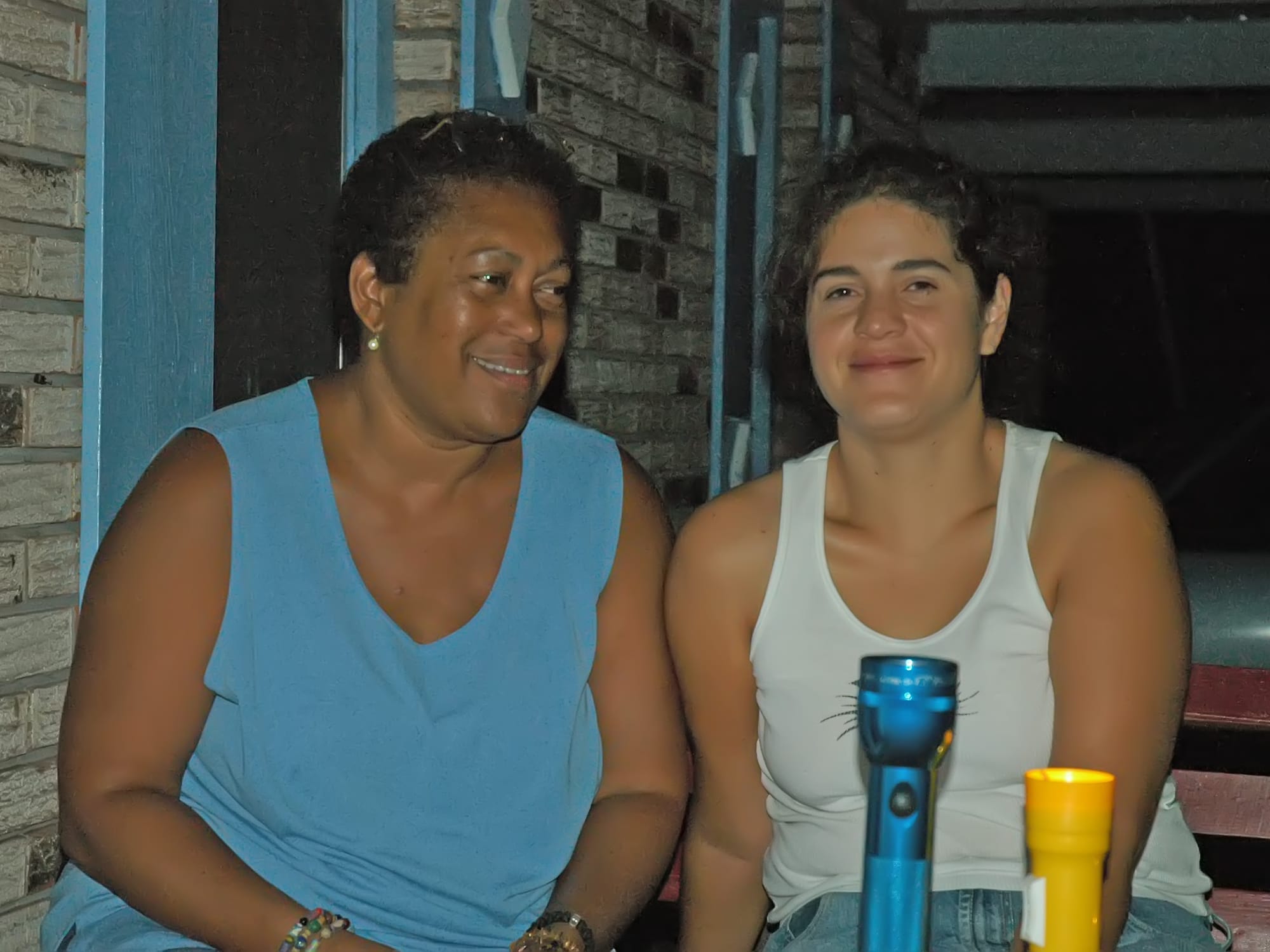
Hanging out on the front porch with Megan and Marsha.
Wednesday 9/7/2005
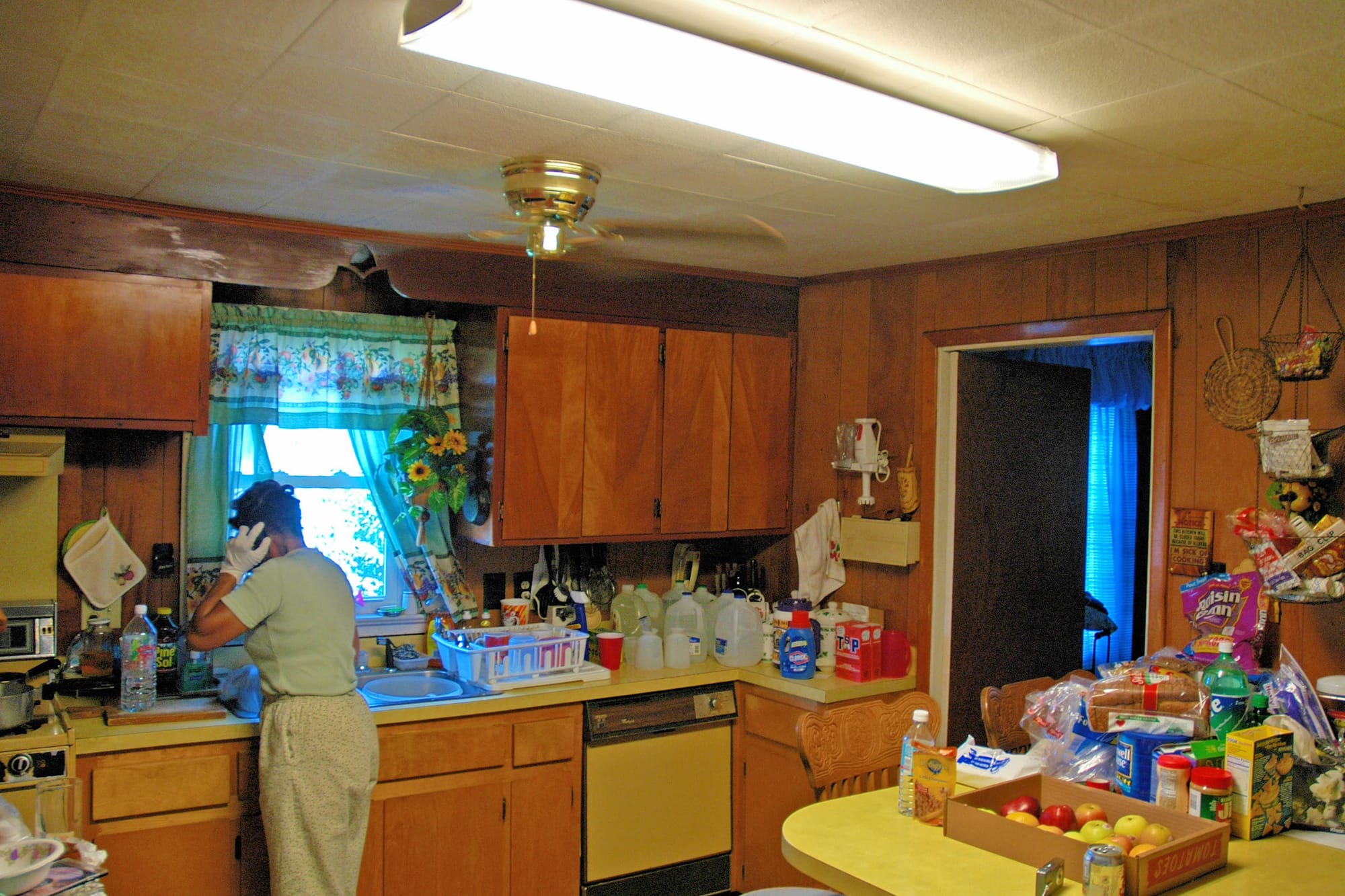
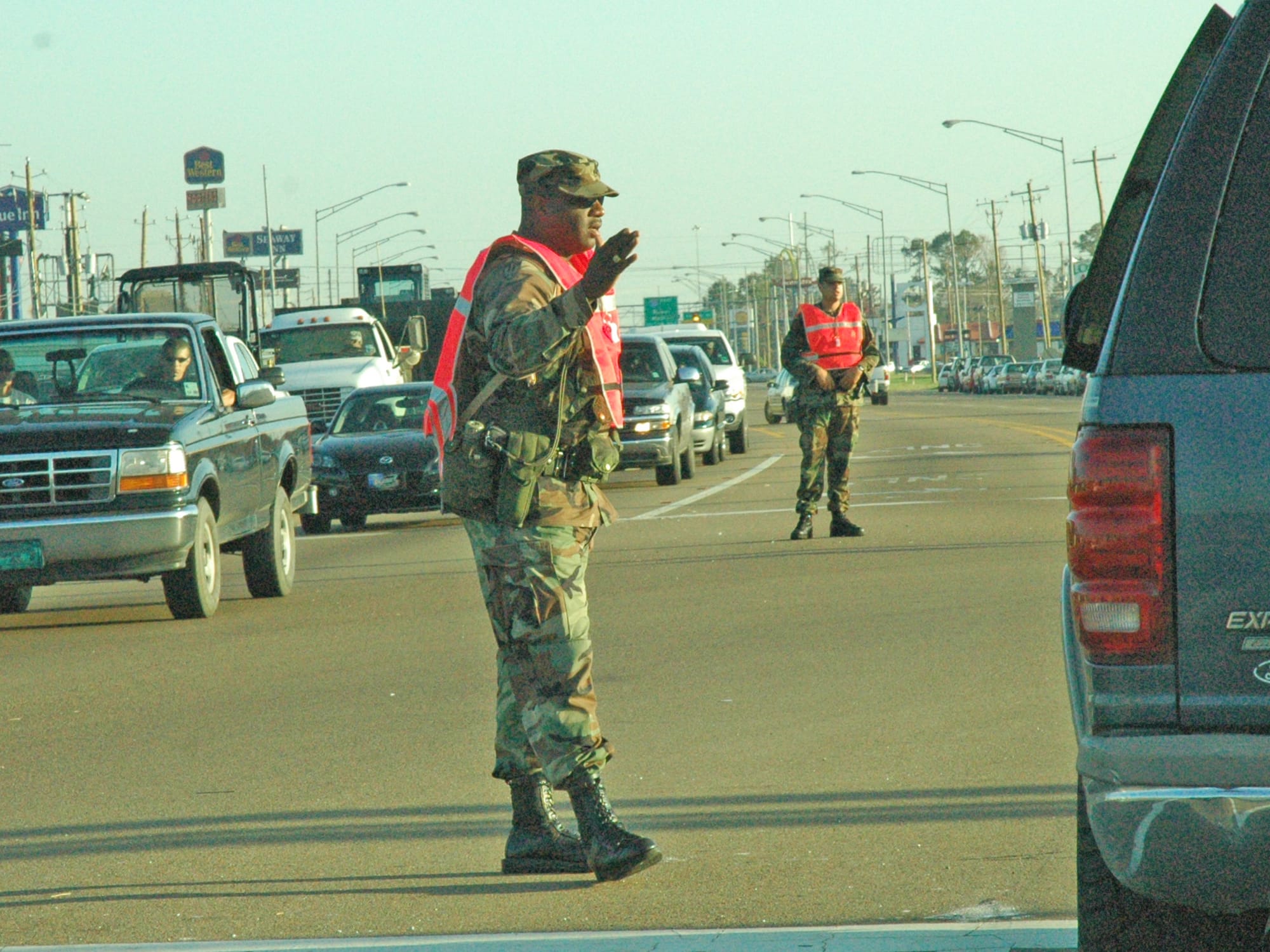
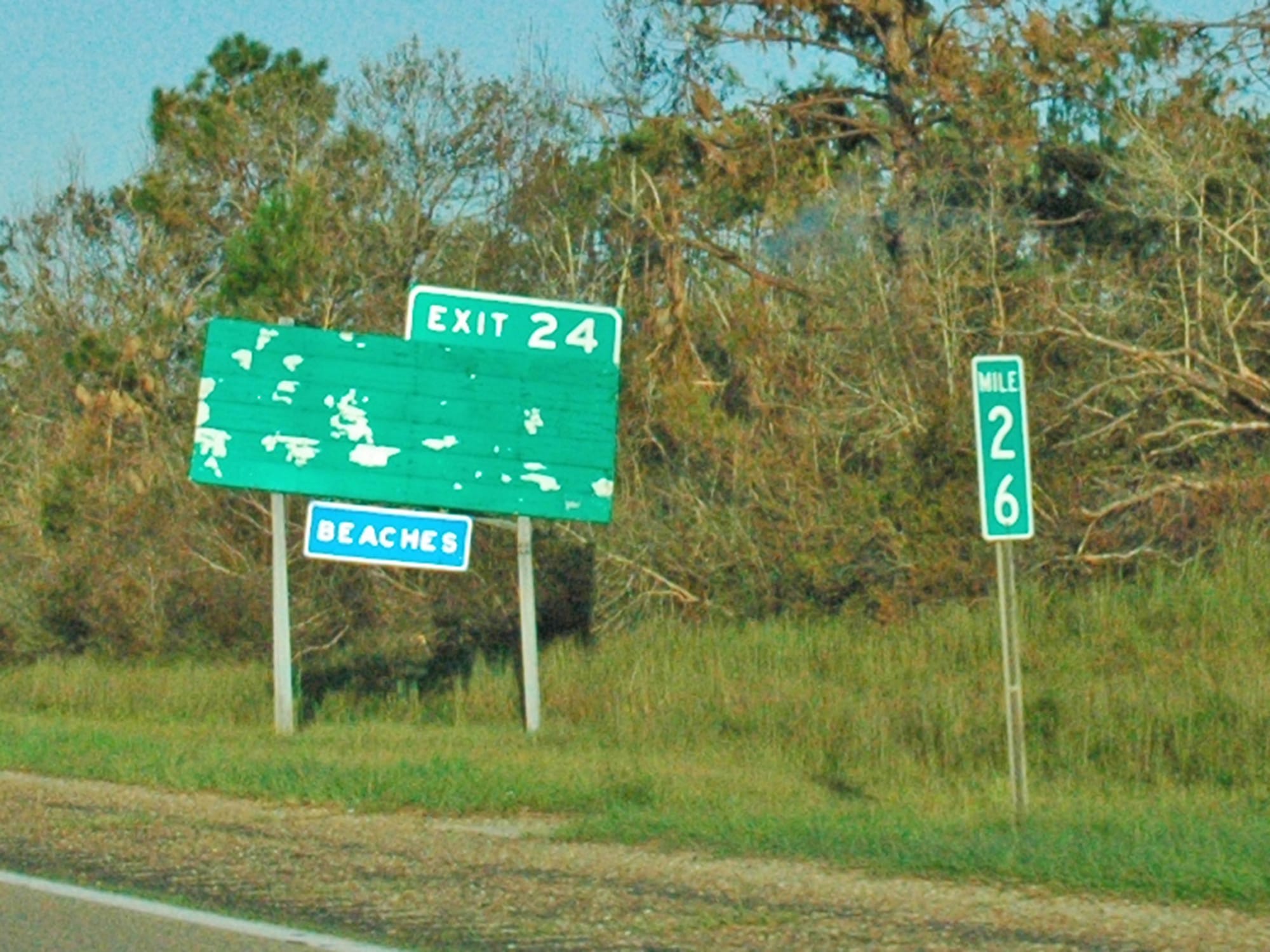
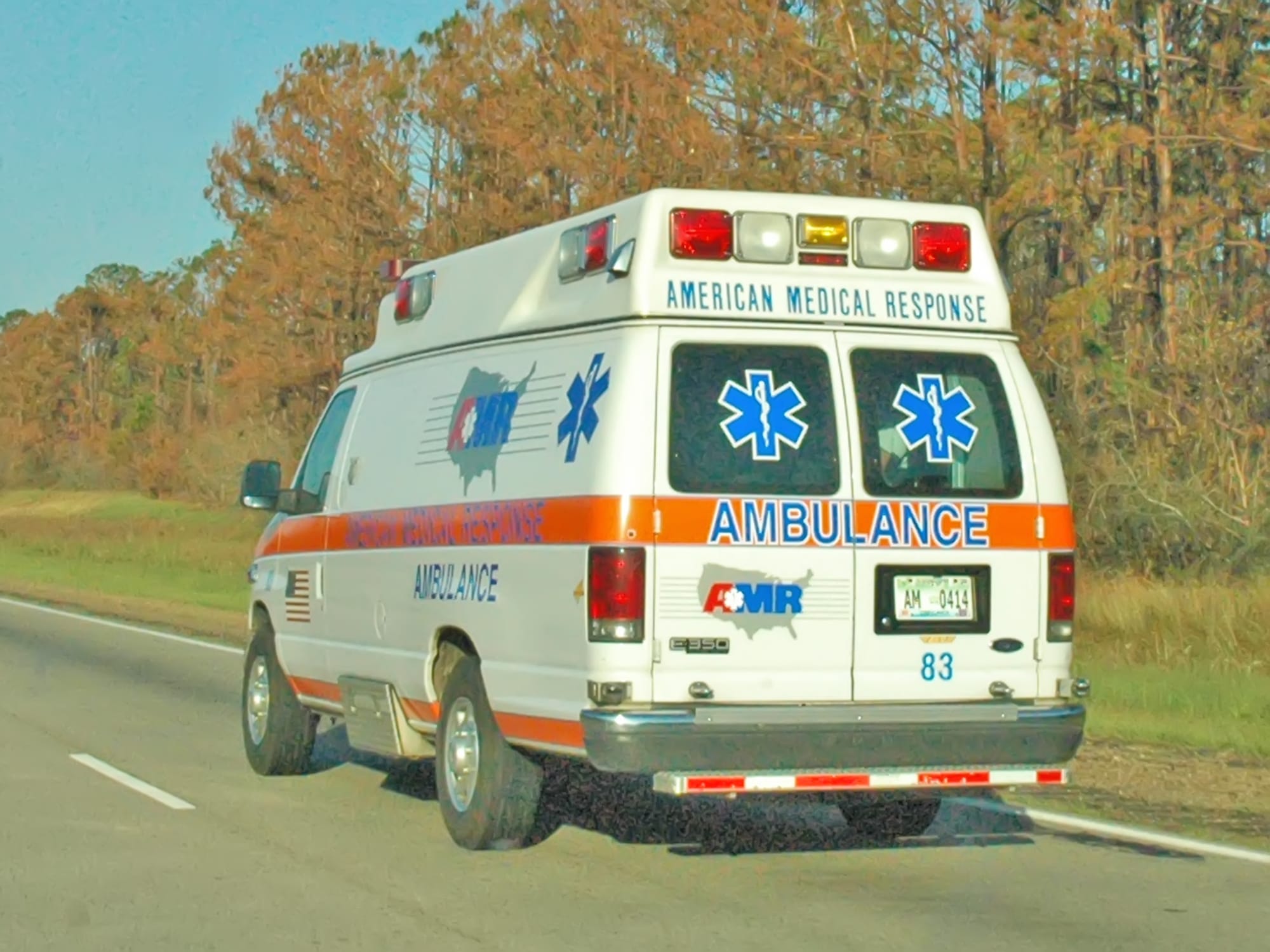
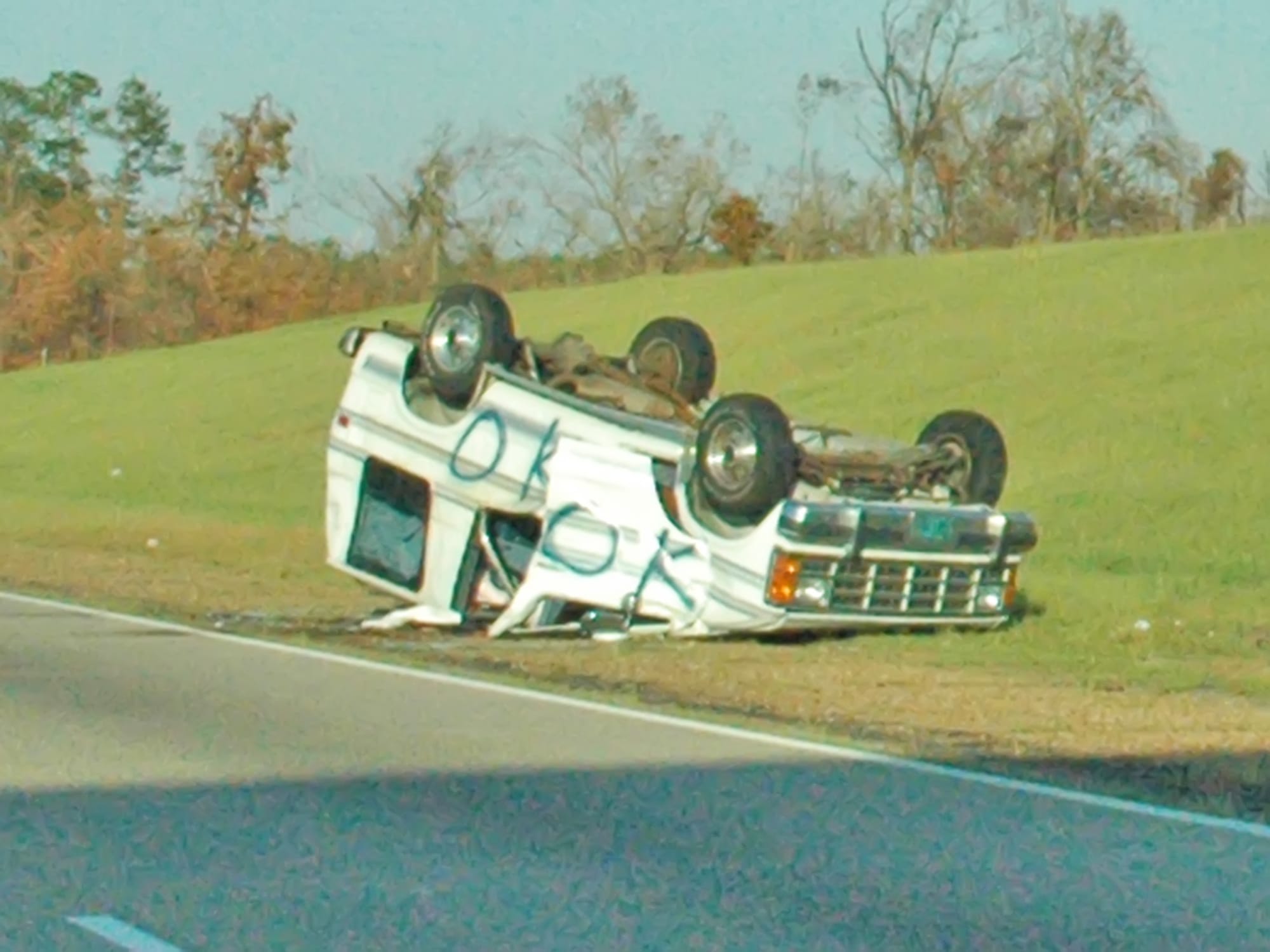
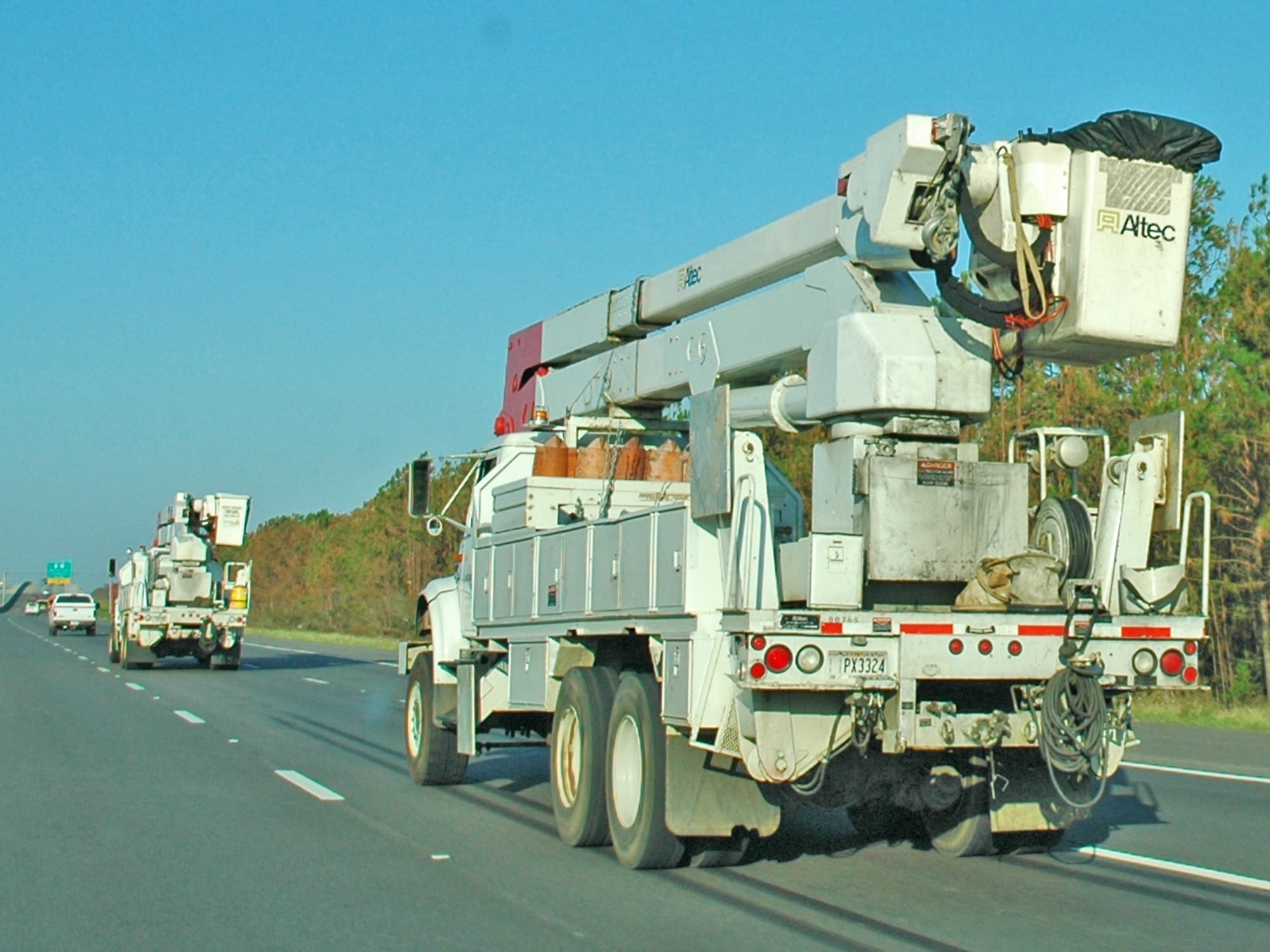
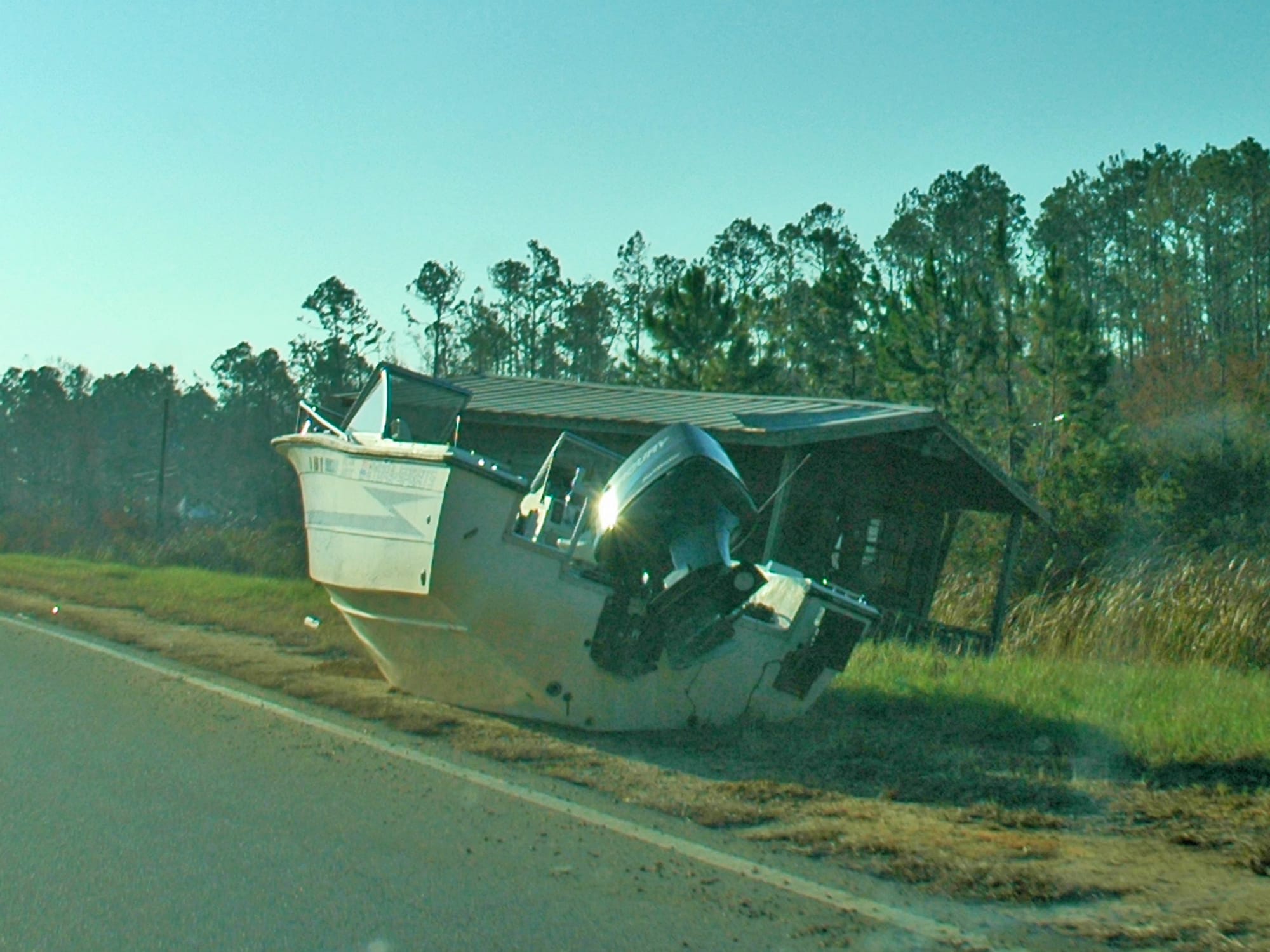
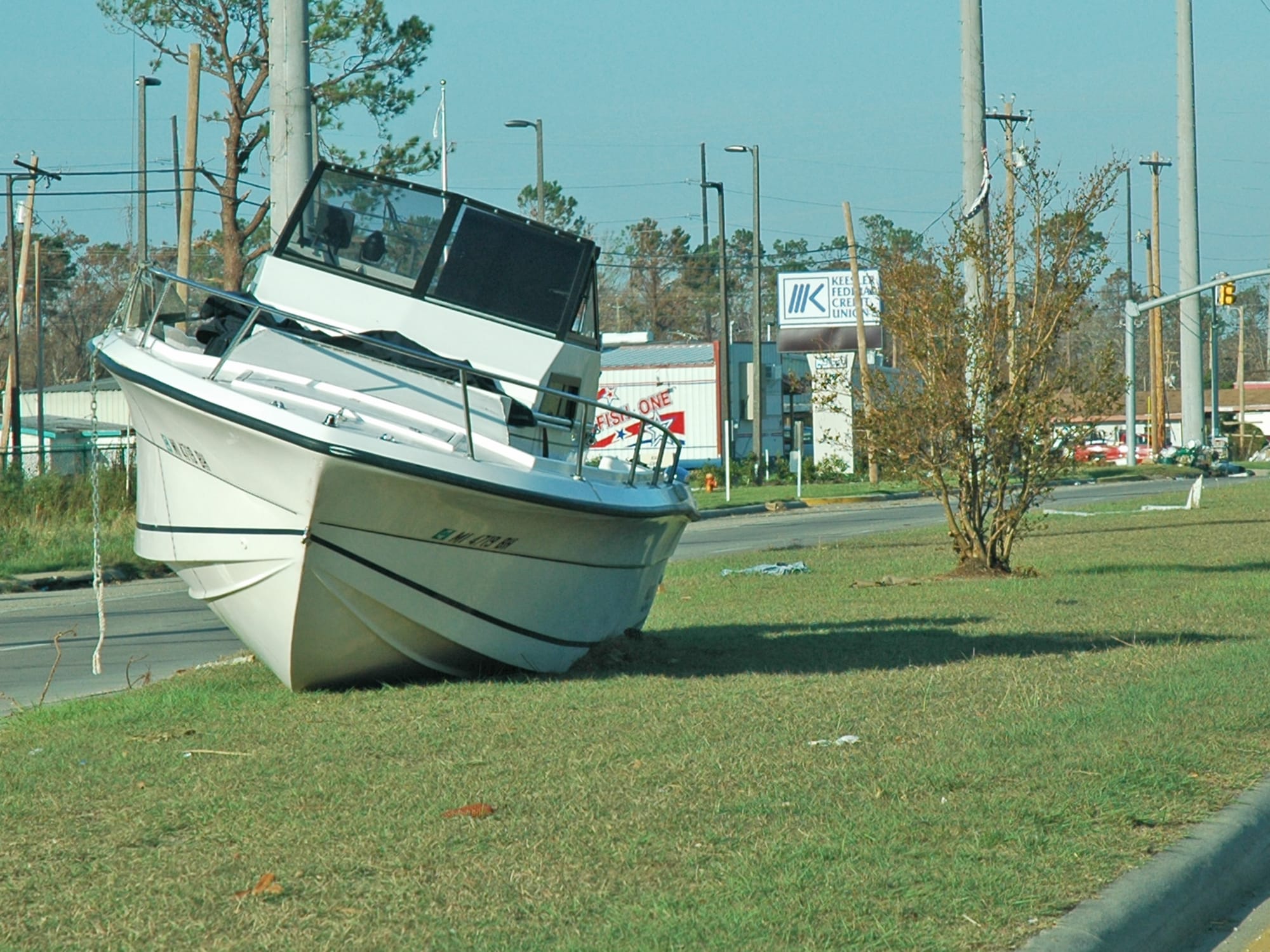
Today was the day we would take Aunt Gloria back to her apartment in Waveland for the first time. These photos are from the driver over from Gulfport on I-10. The Bay St. Louis Bridge on US Highway 90 was washed out, so we had to take the interstate.
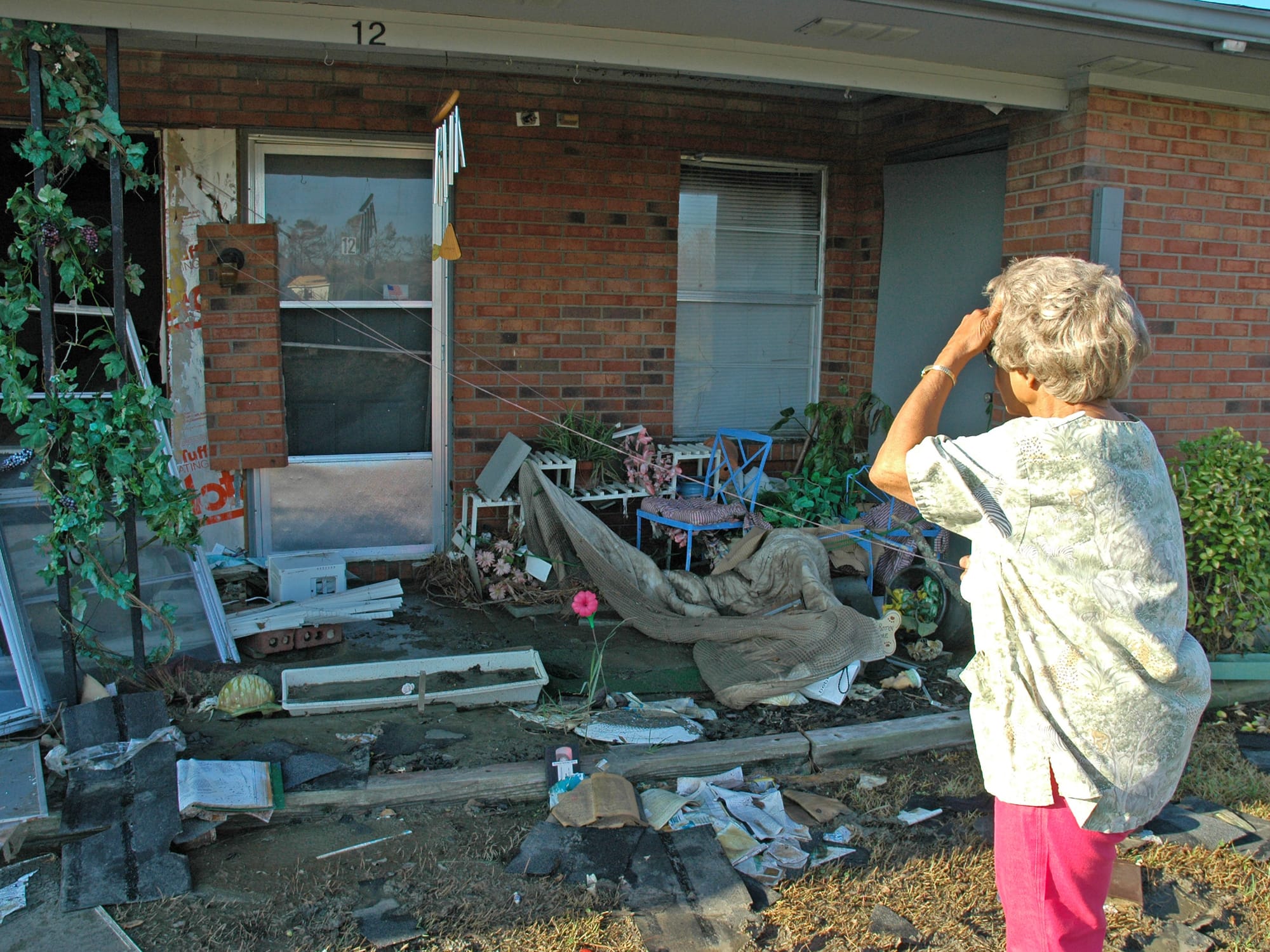
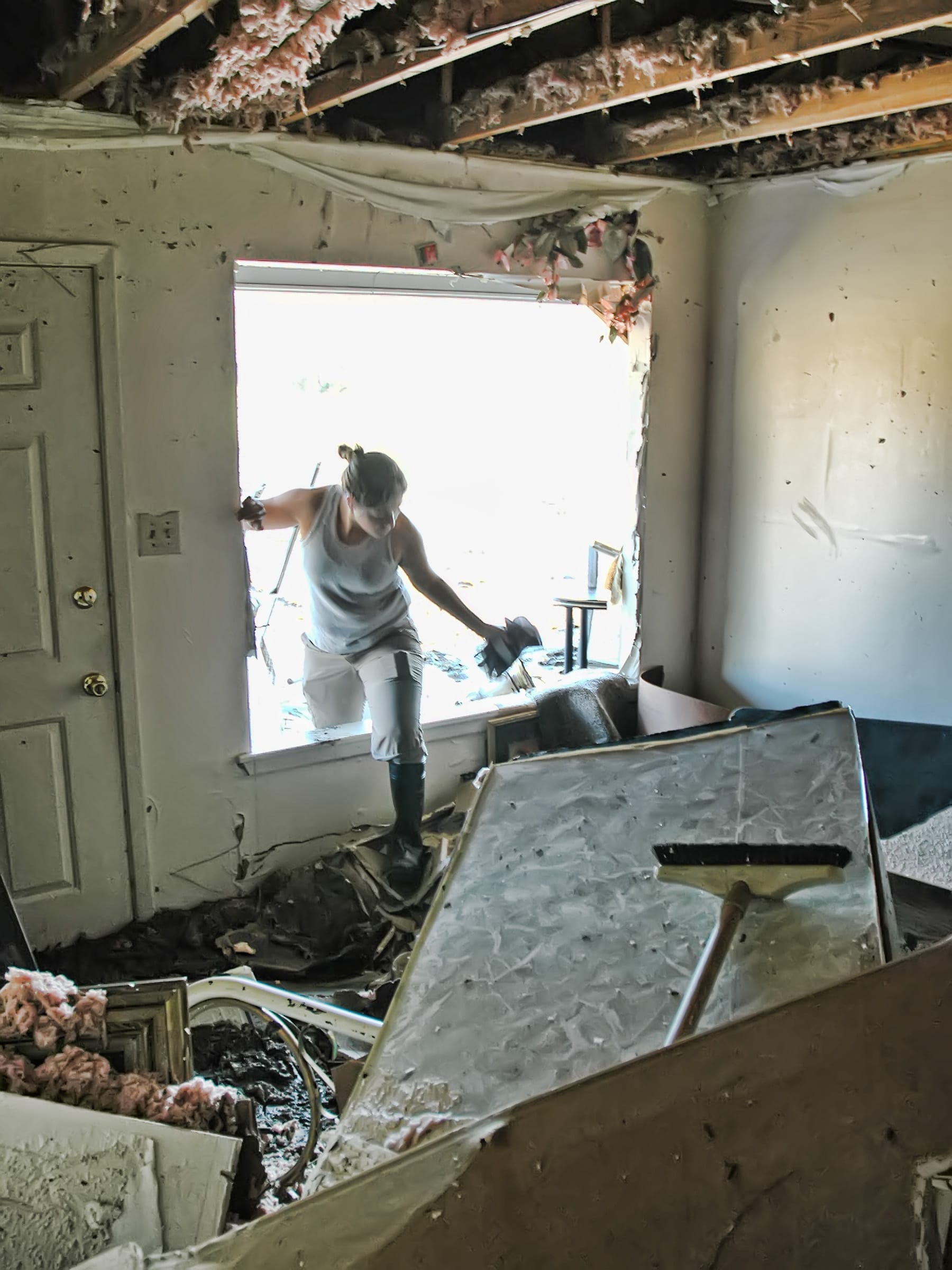
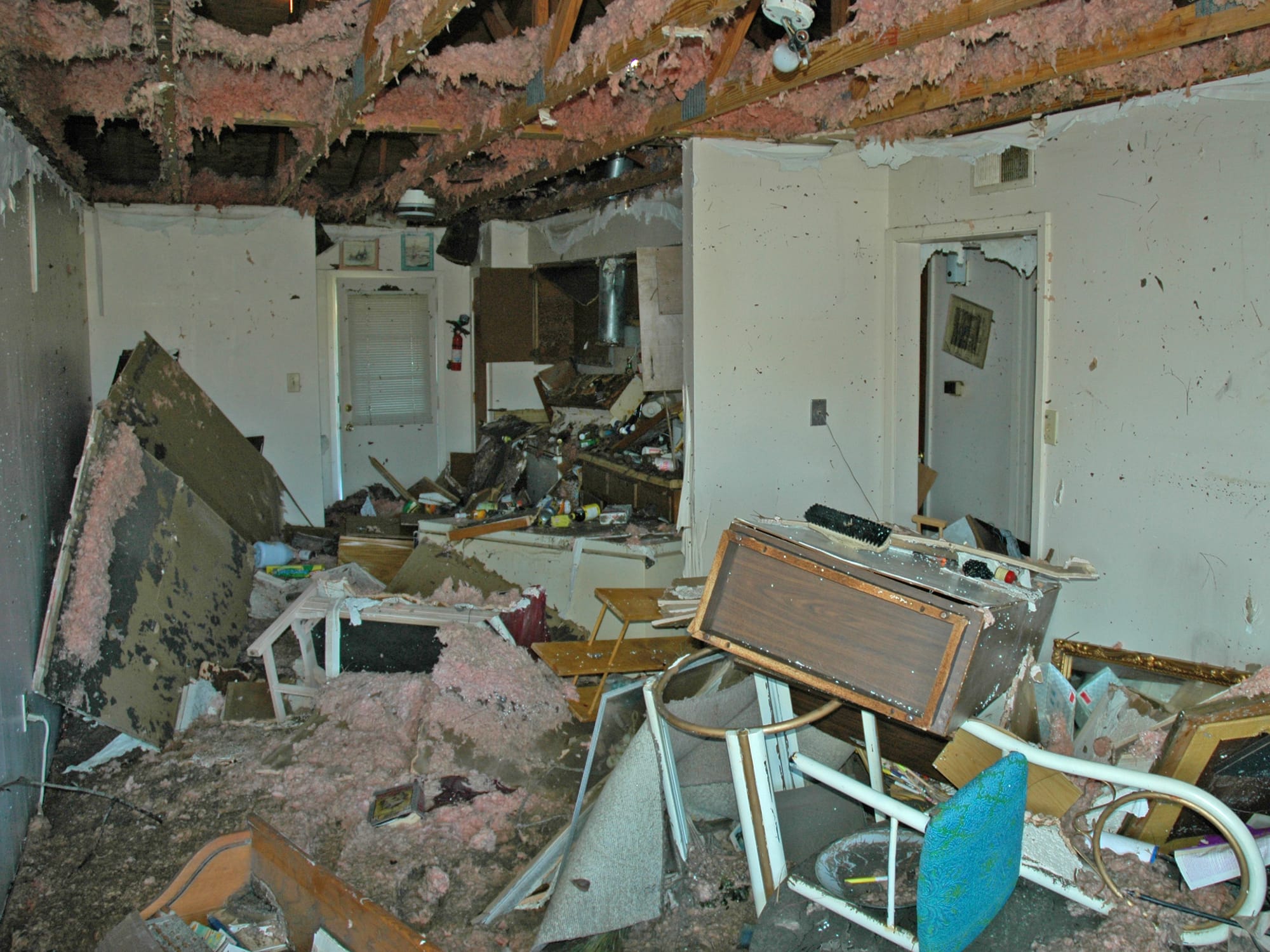
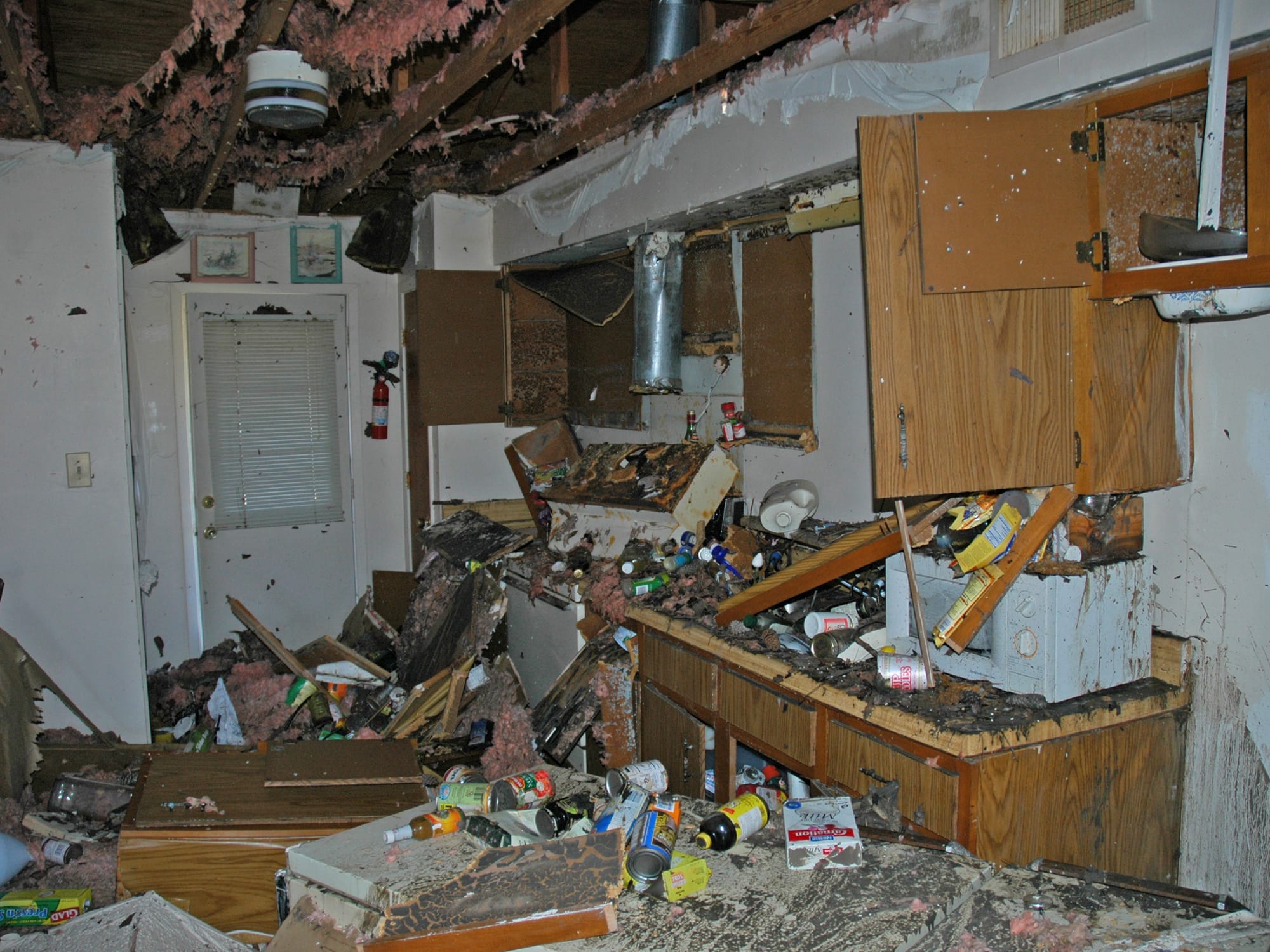
Gloria's first look at her apartment after Katrina.
The Waveland and Bay St. Louis area was where the eye of the hurricane came ashore, and the storm surge was so deep that it completely covered Gloria's single story apartment. You could tell that the water surged through more violently than over in Pass Christian at Granny's house, because everything was smashed up, with broken glass everywhere.
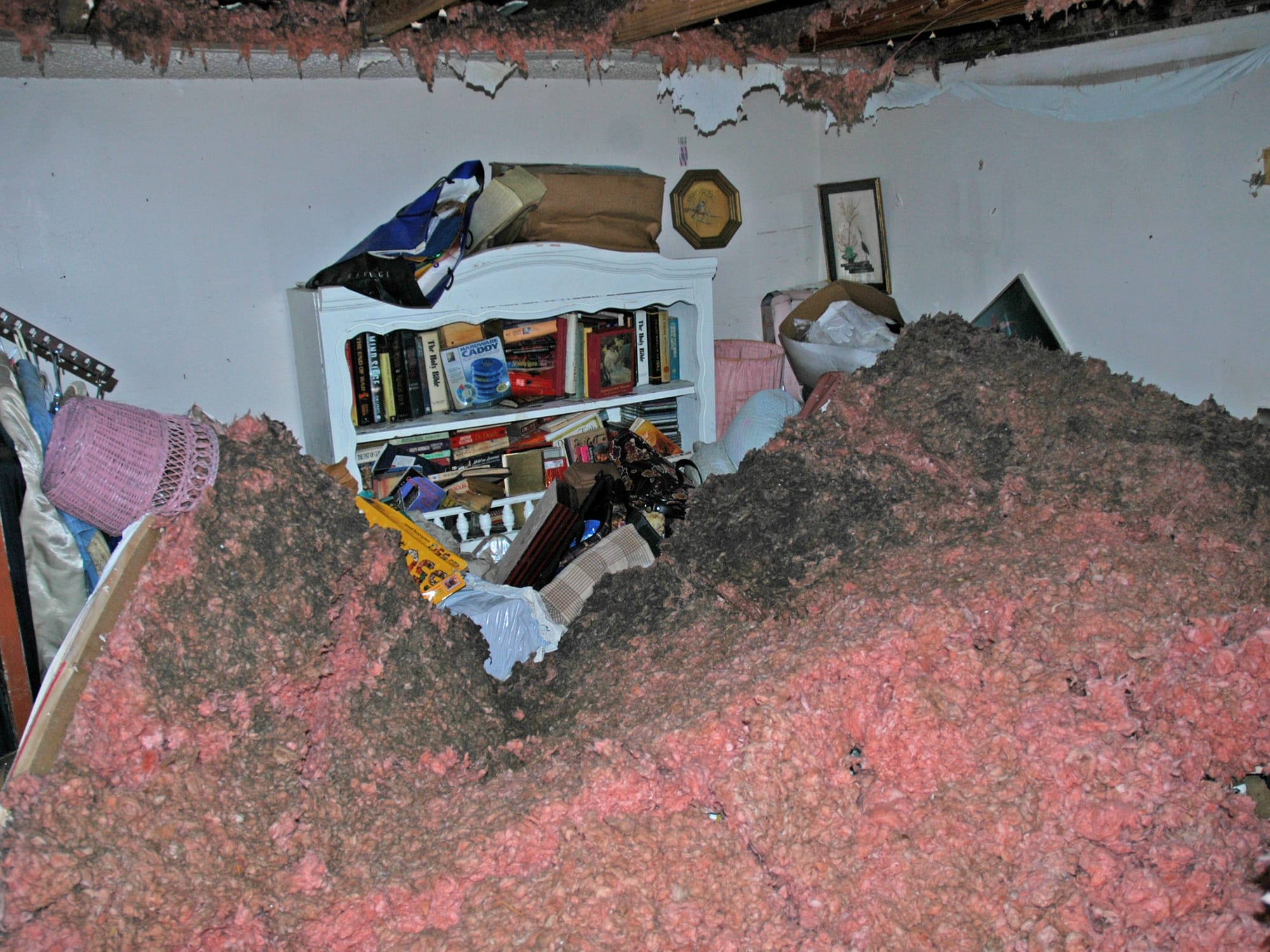
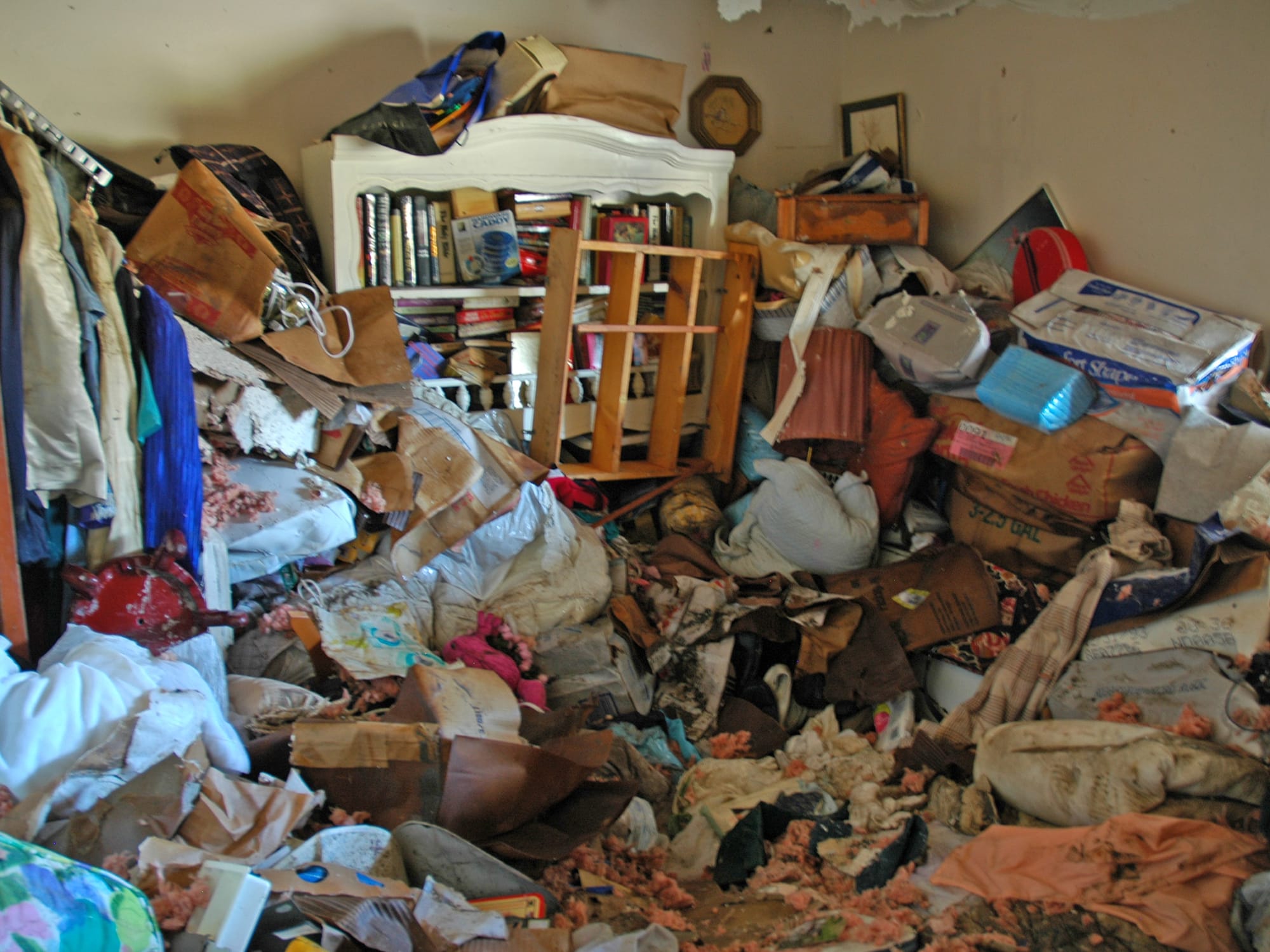
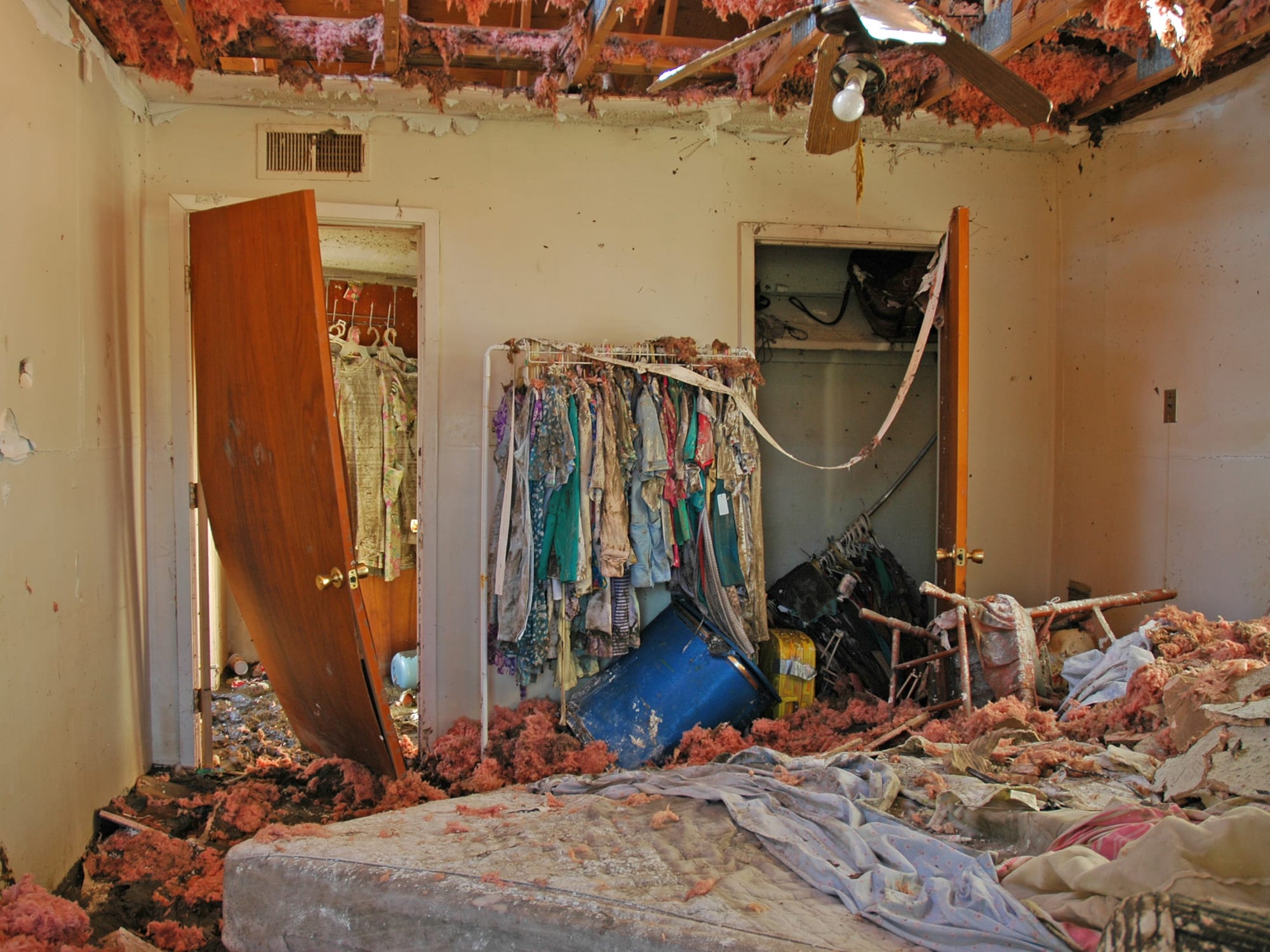
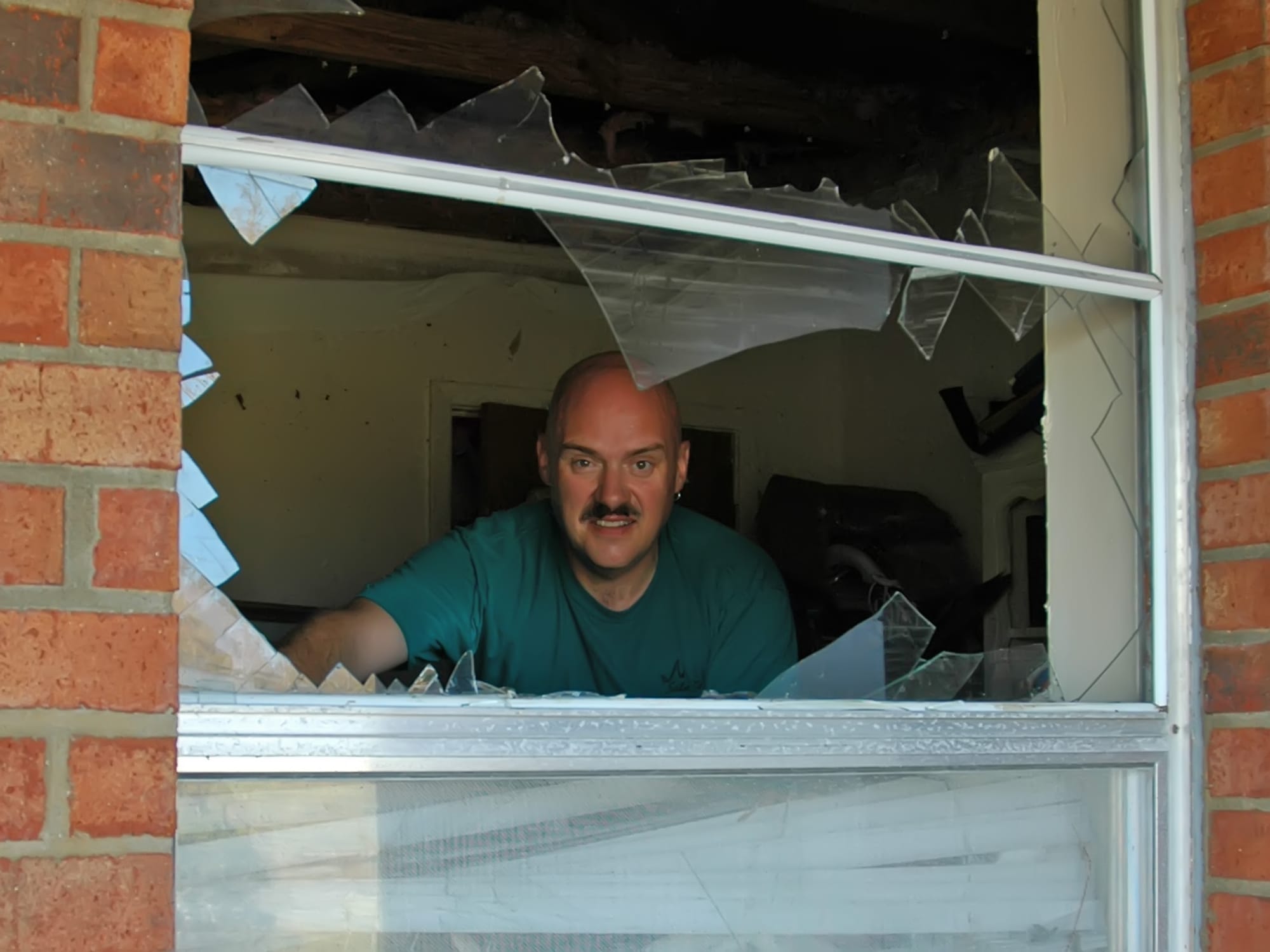
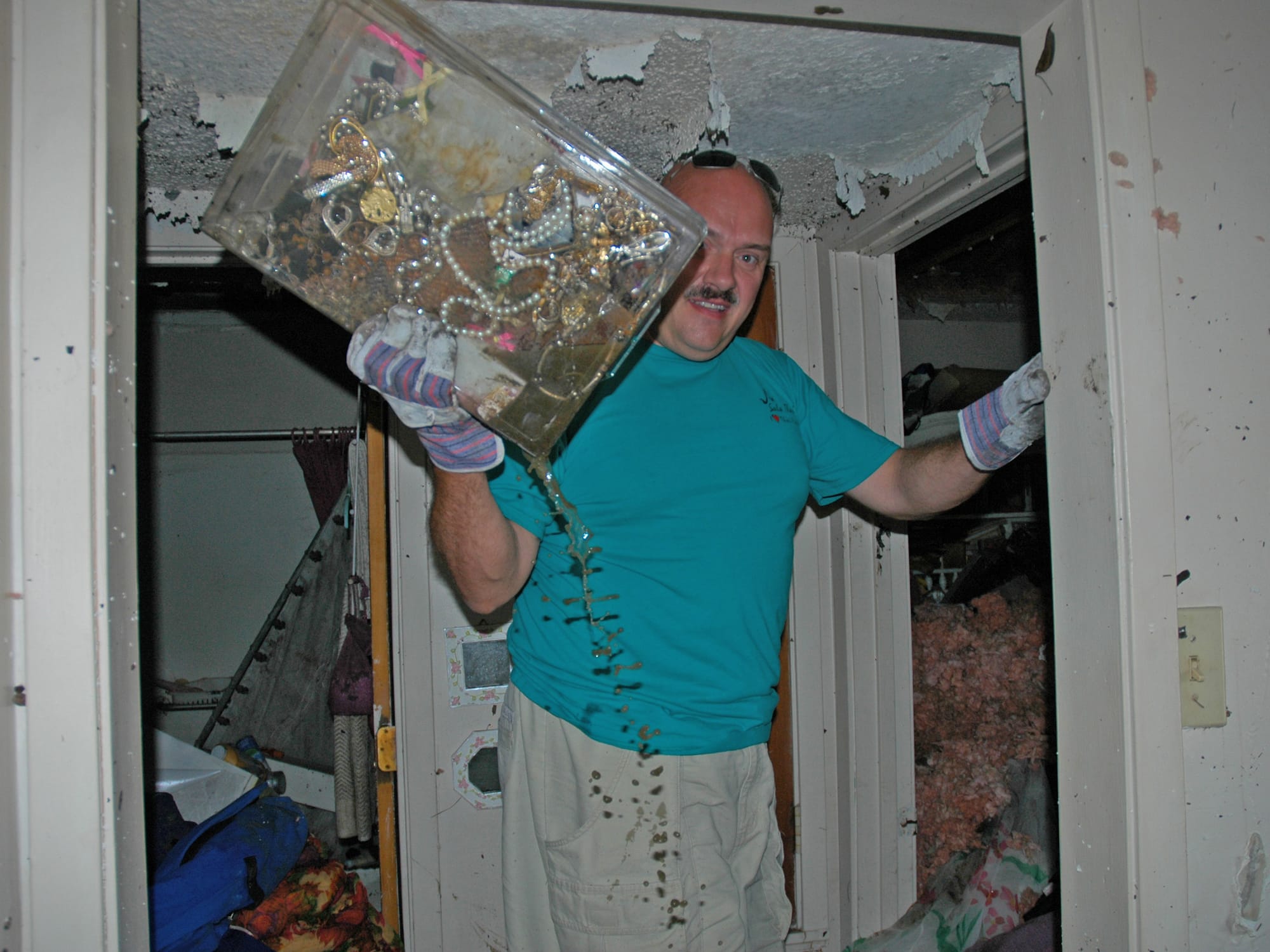
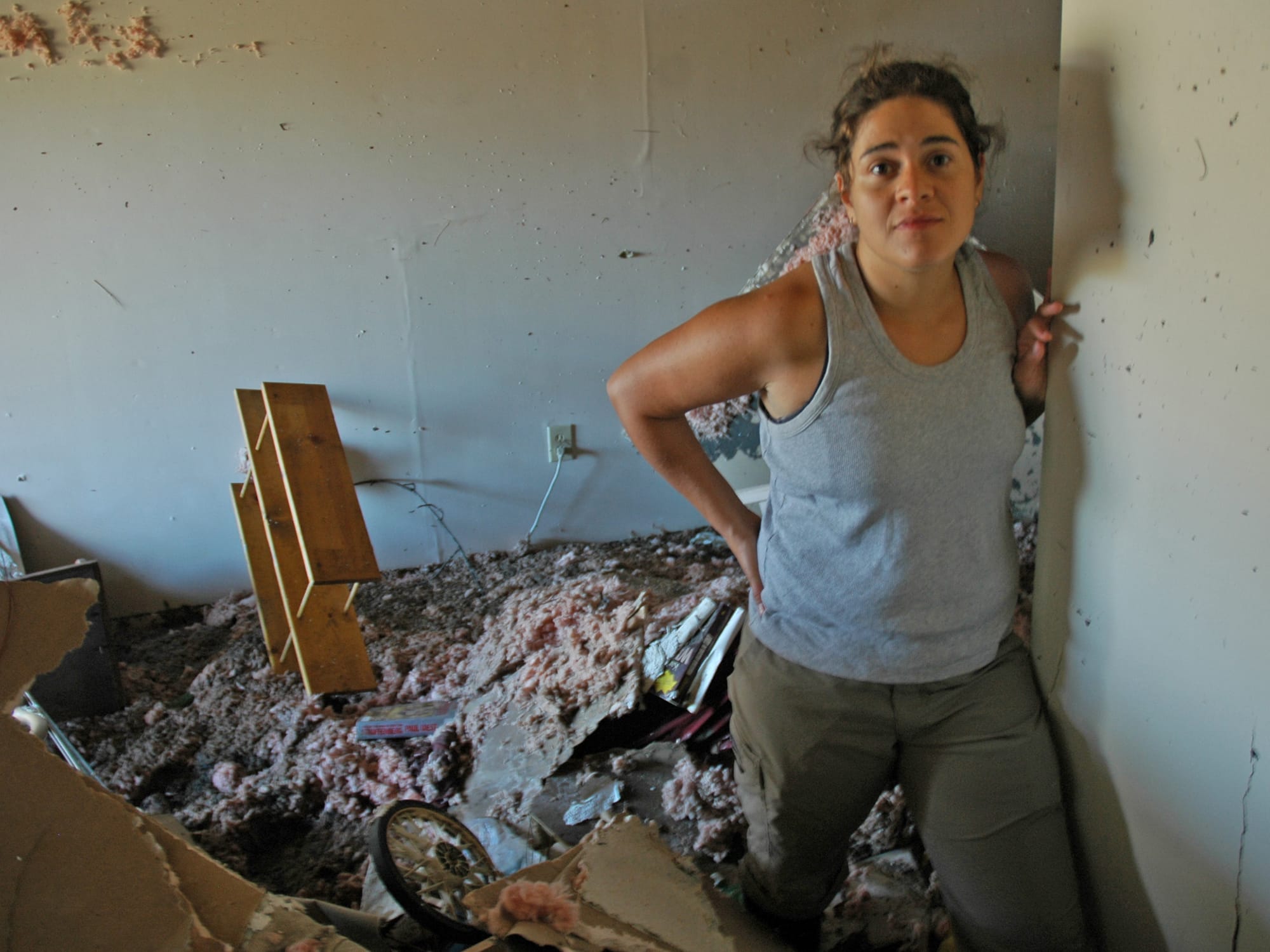
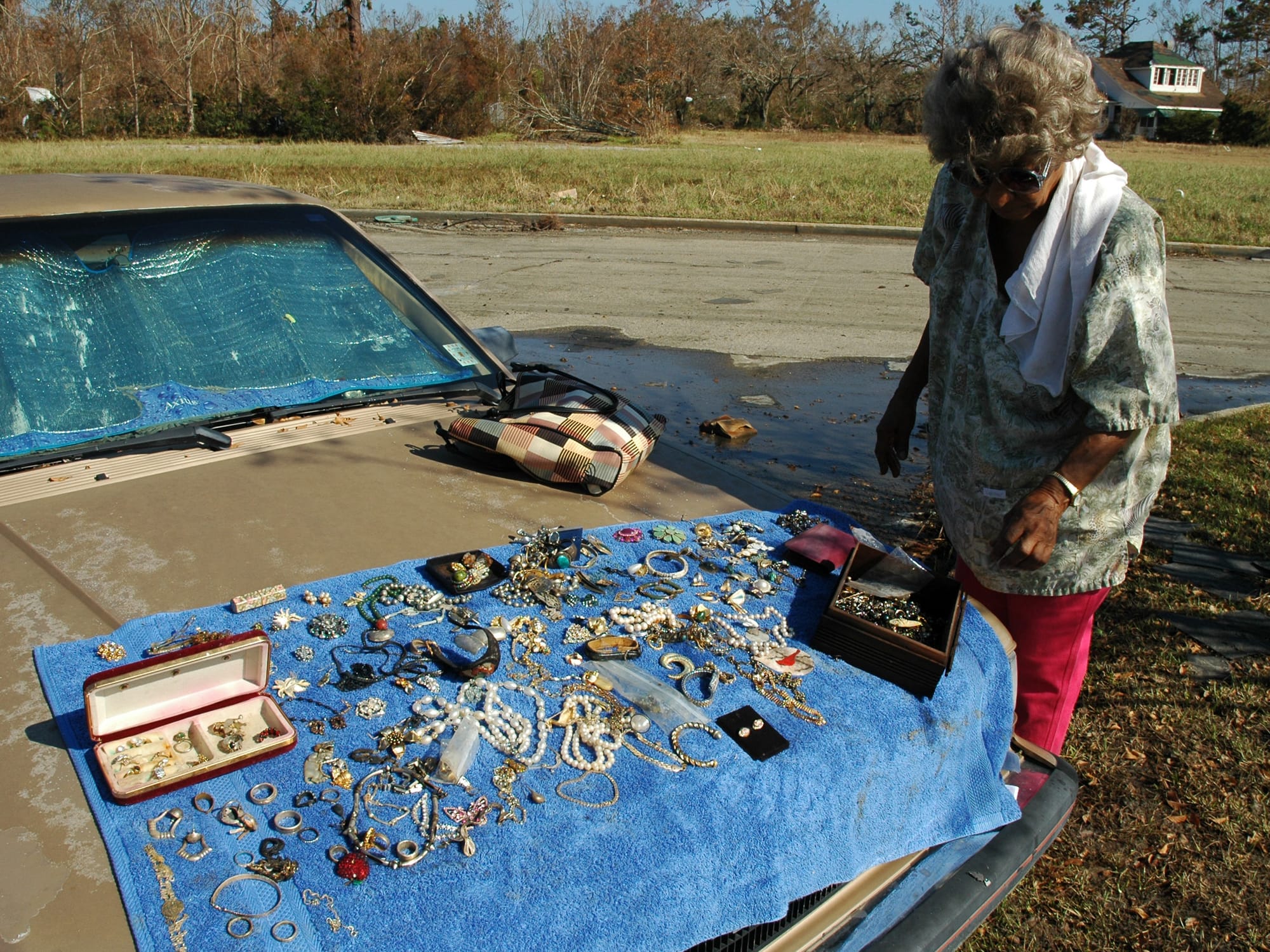
Recovering some things from Gloria's apartment.
After the storm surge receded, Gloria's wet ceilings and insulation had collapsed on top of everything. It took a long time to dig through the mess, and it was hot, humid, and smelly inside, so we smashed out the windows to get some fresh air.
The first two photos above show Gloria's bedroom before and after two hours of clearing soggy insulation and other debris. We eventually recovered a box of jewelry, and Gloria sorted out the items she wanted to keep.
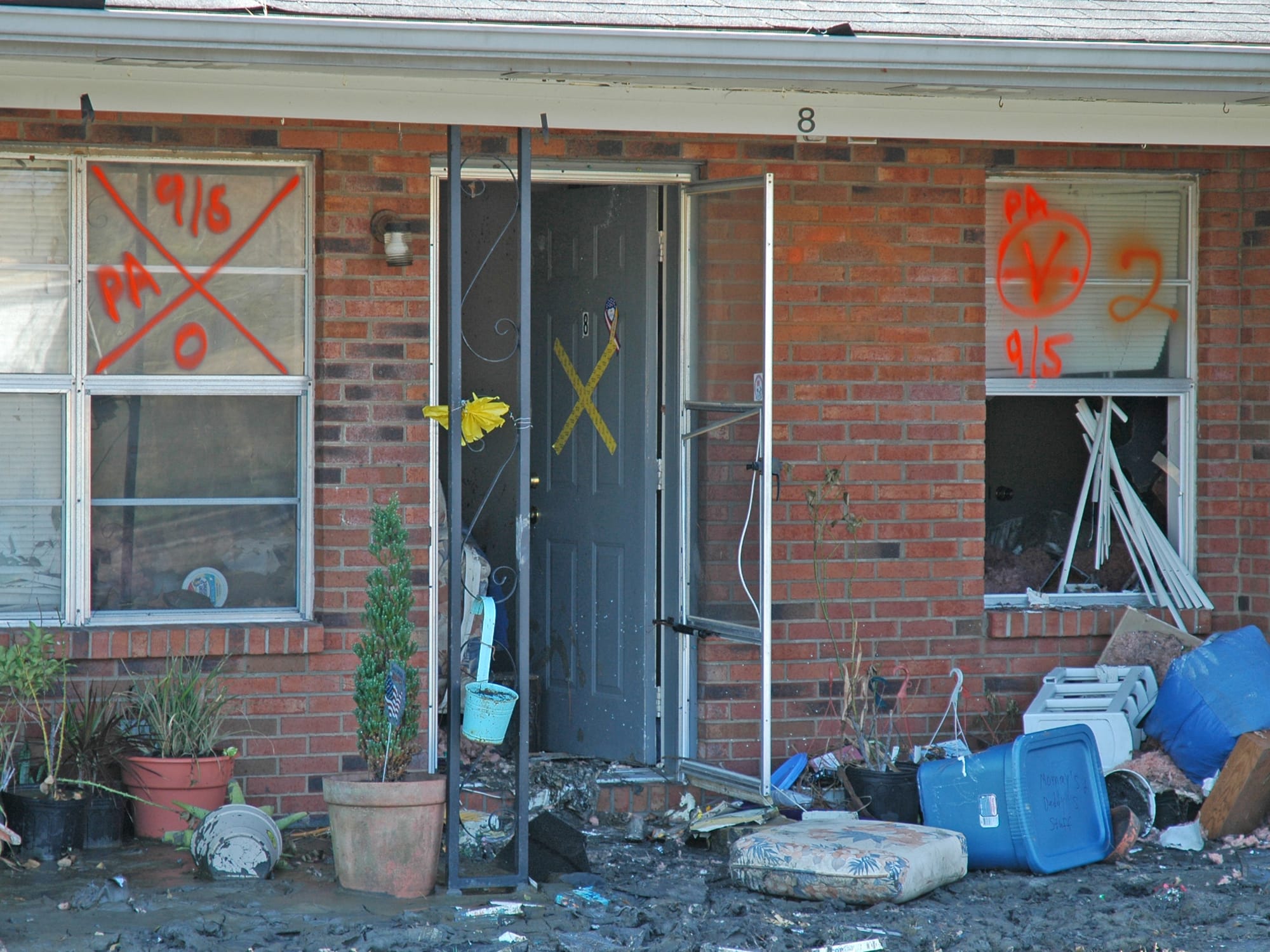
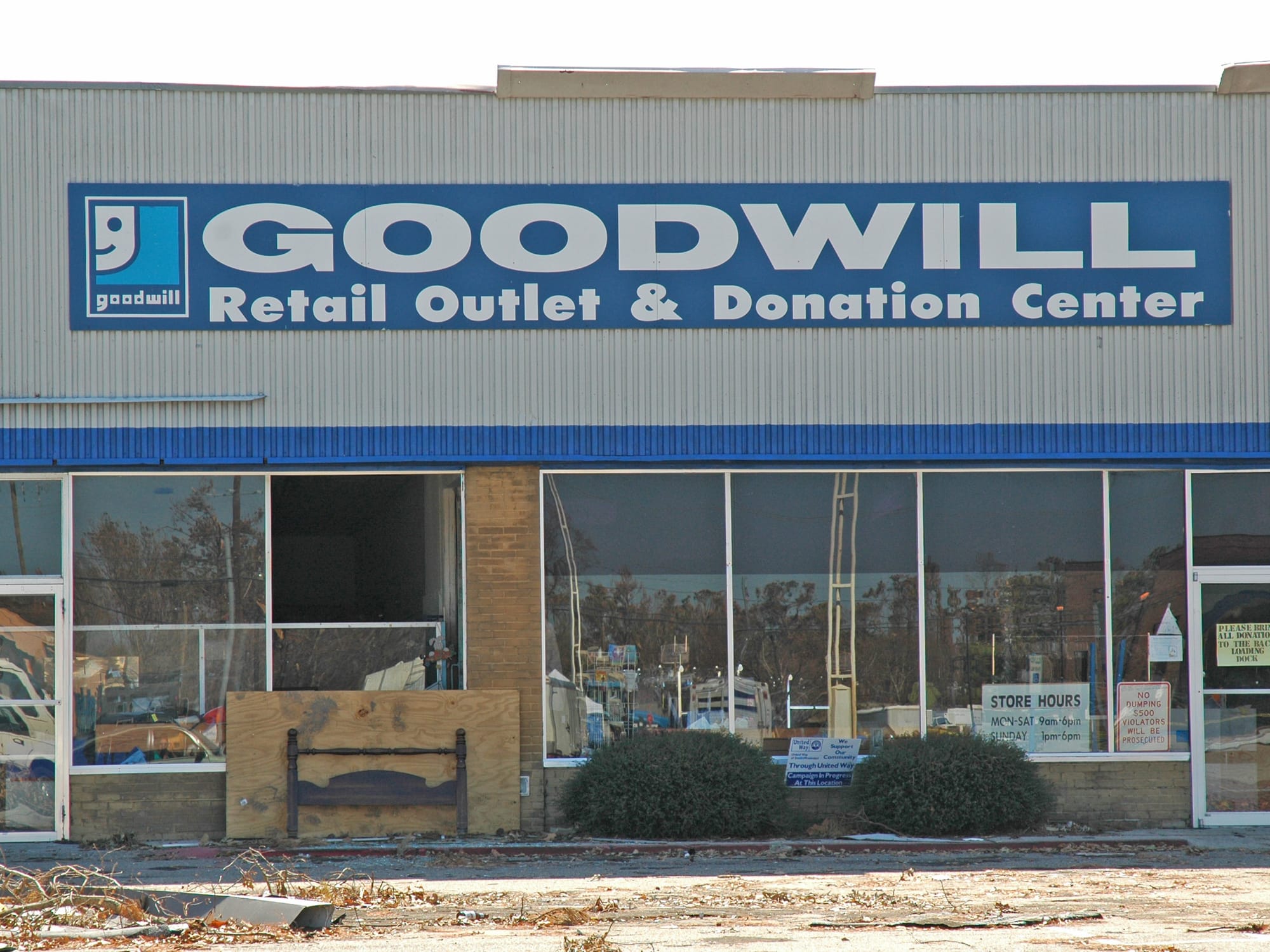
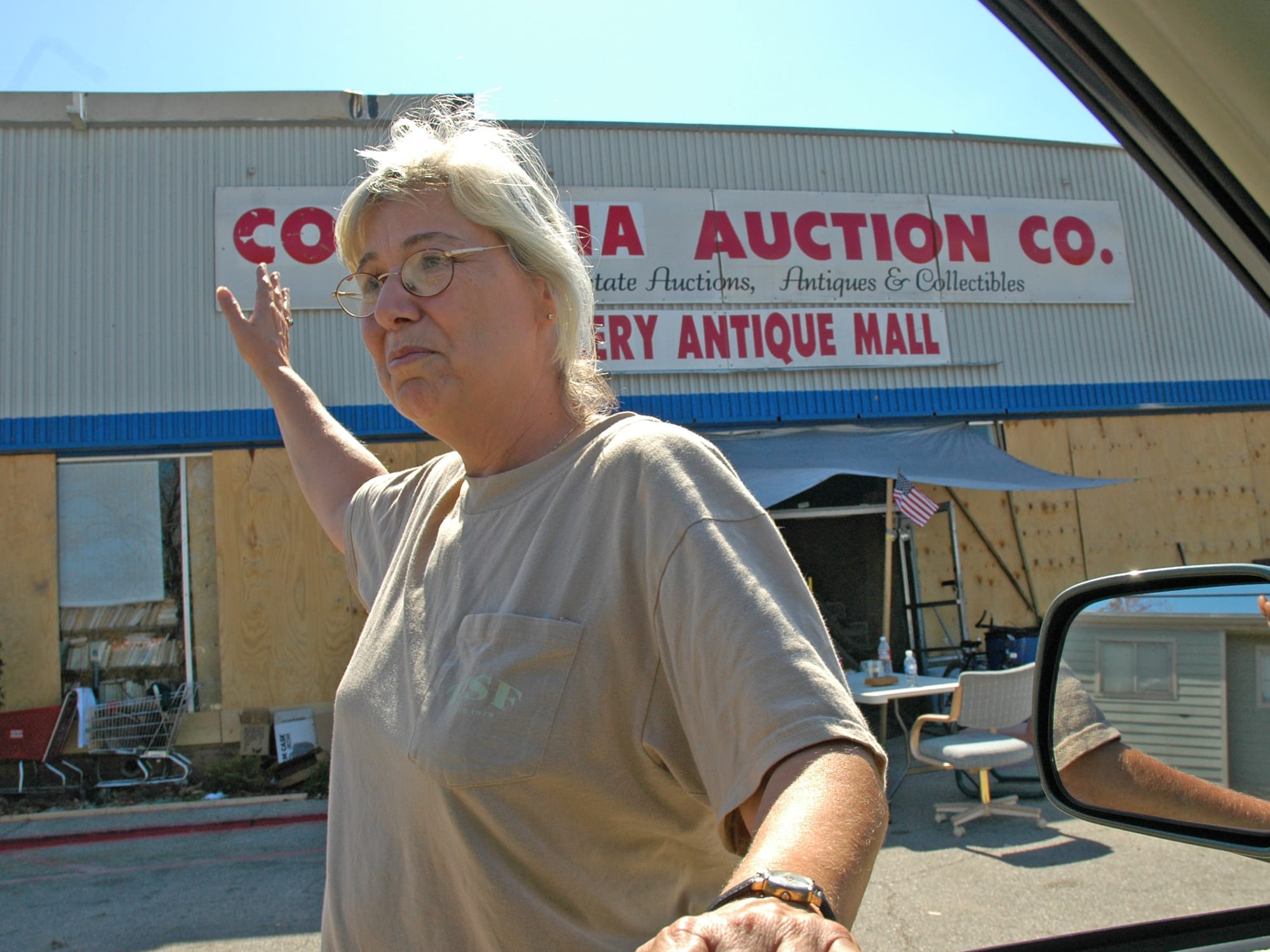
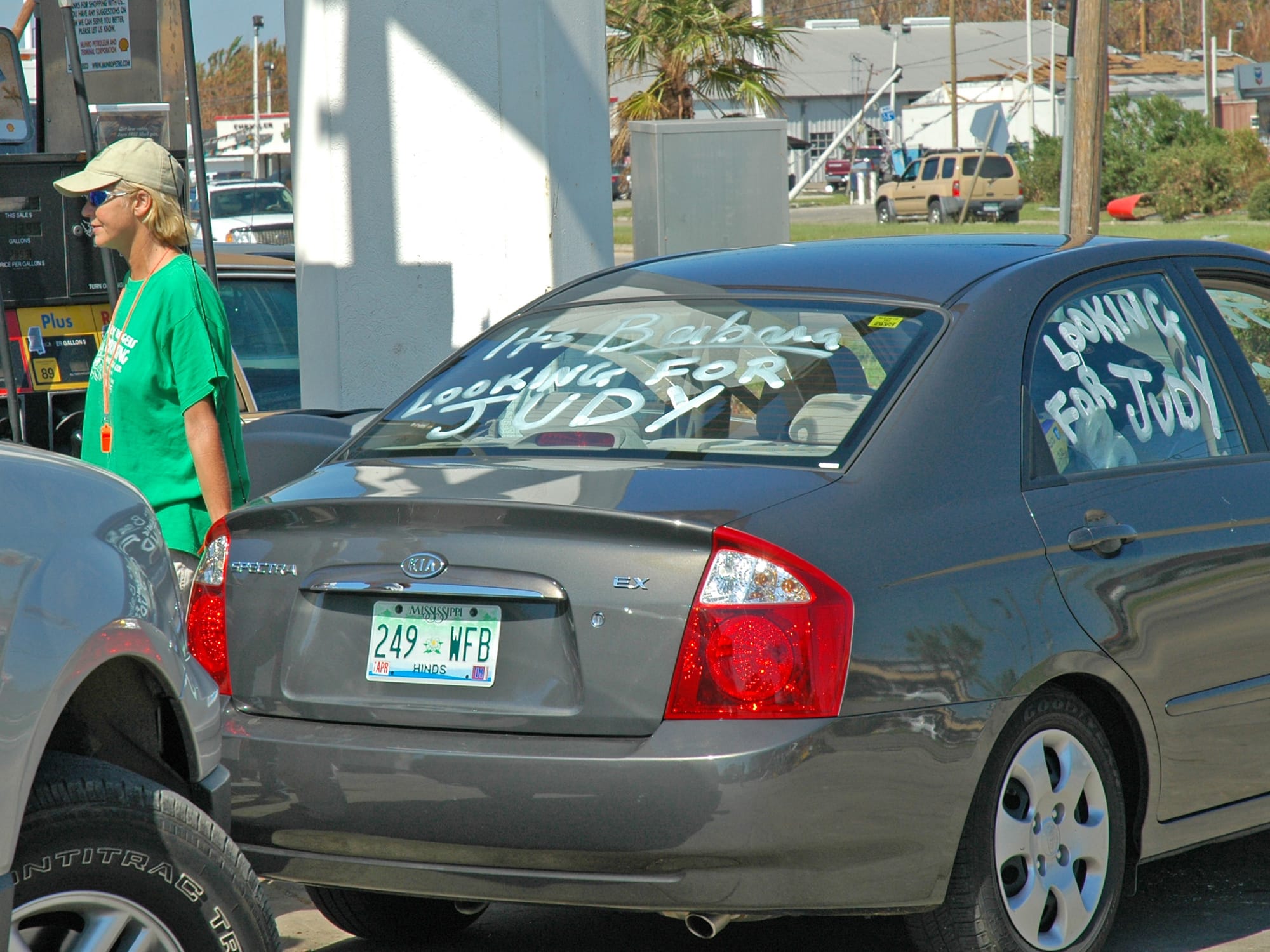
Everywhere we went, people told us their stories of Katrina.
When the wind subsided as the eye of the hurricane passed through, the woman in the beige shirt above made it to the building behind her (next door to the Goodwill where Gloria worked) with her husband and brother. Although this spot is nearly a mile from the shore, the storm surge was two feet deep when it flowed through the building, and the windows all blew out from the high winds, but they survived.
The woman in the green shirt above was searching for a friend who had been missing since the hurricane.
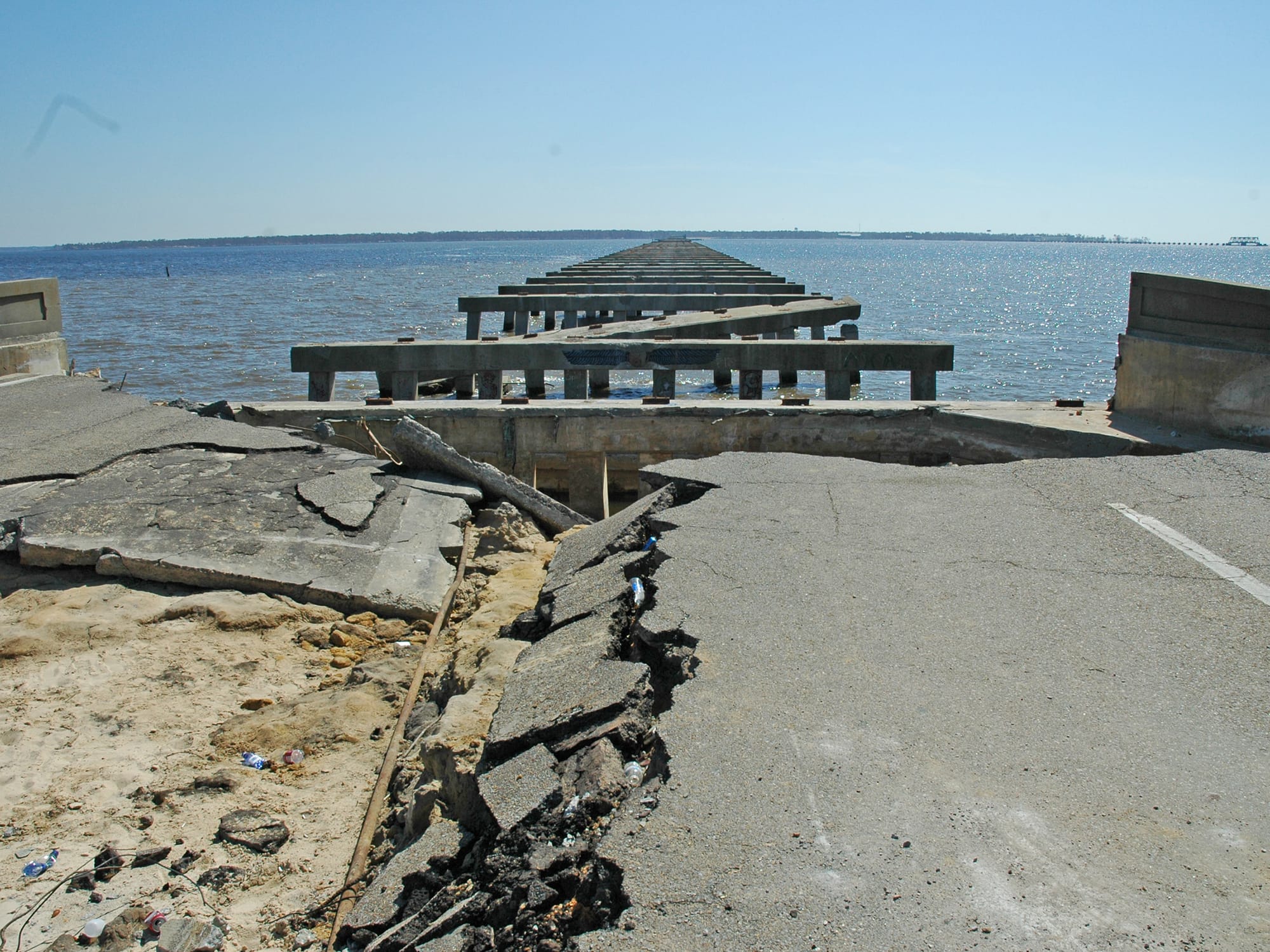
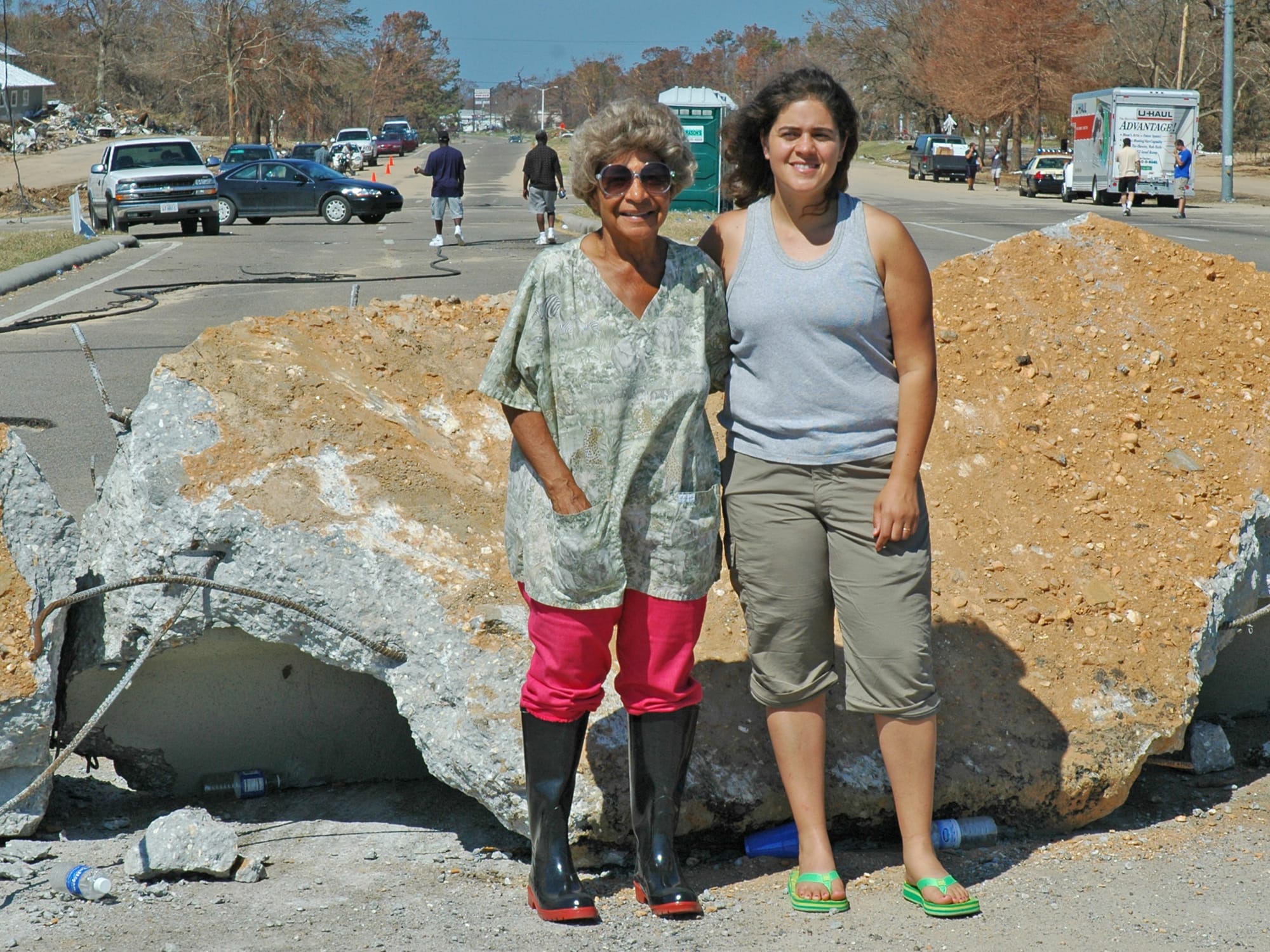
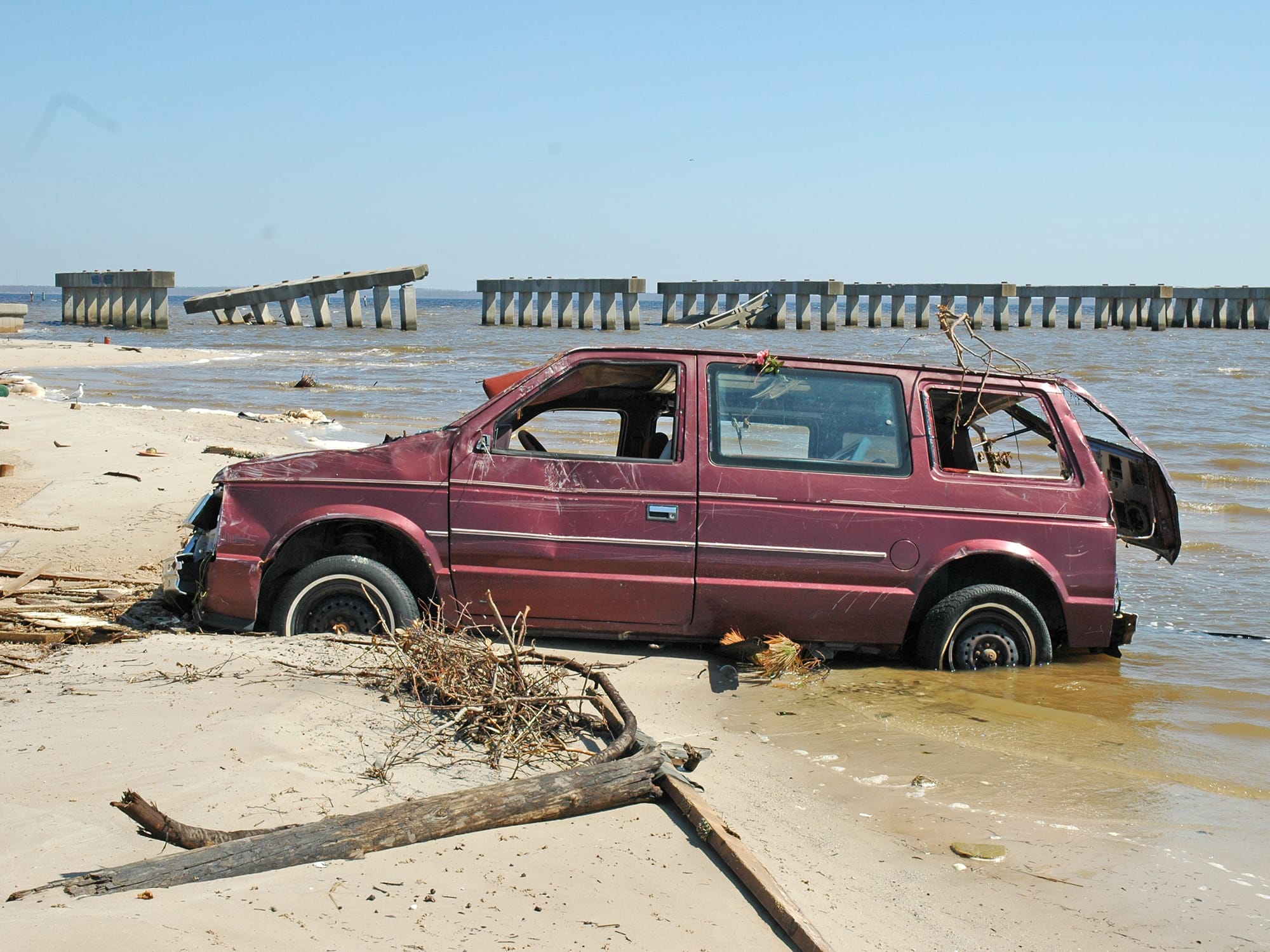
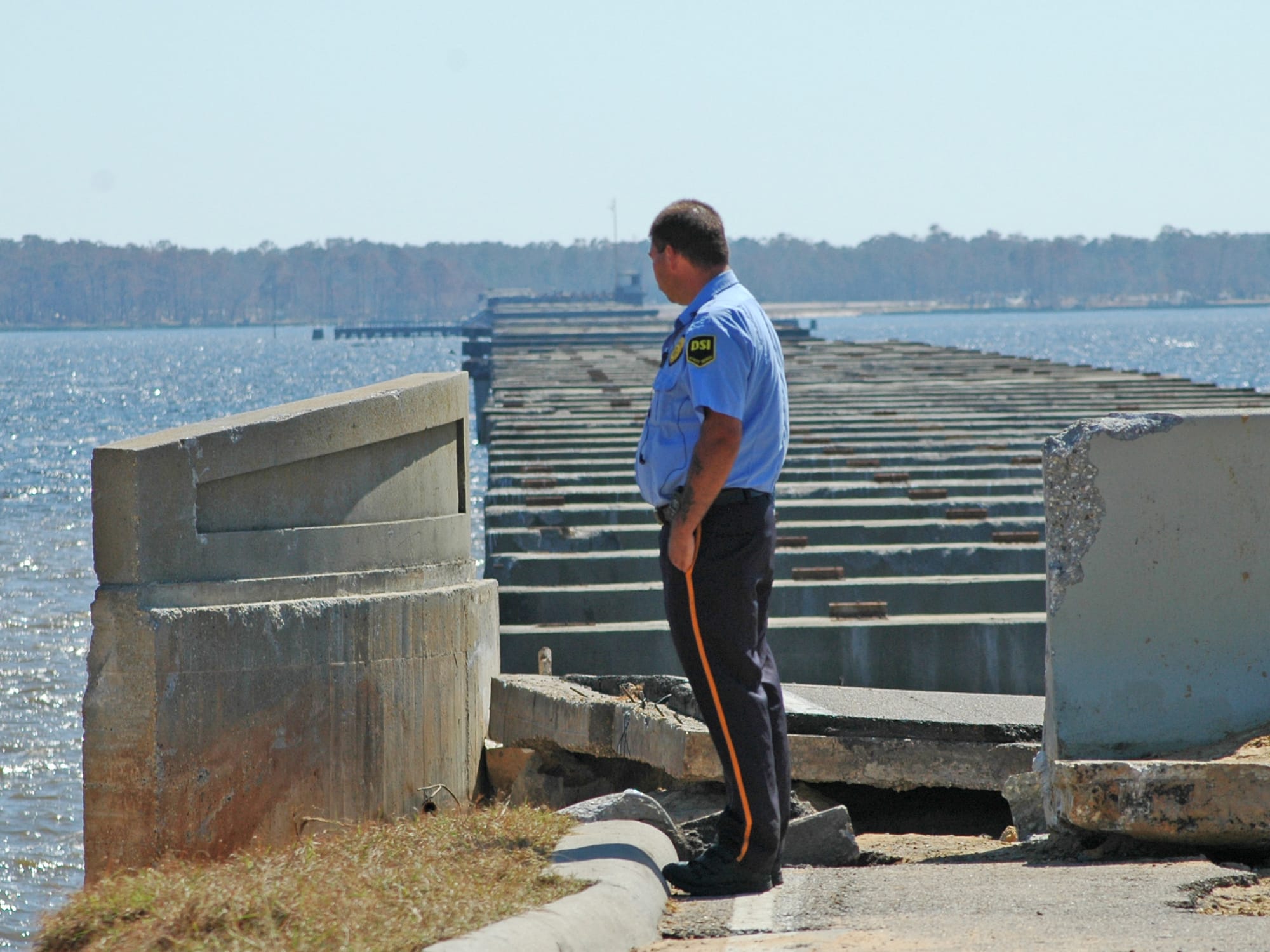
The Bay St. Louis Bridge, the main thoroughfare between Waveland and Pass Christian, was destroyed by Katrina. Gloria and Megan are standing in front of one of the boulders that had been put in place to prevent vehicles from driving toward it.
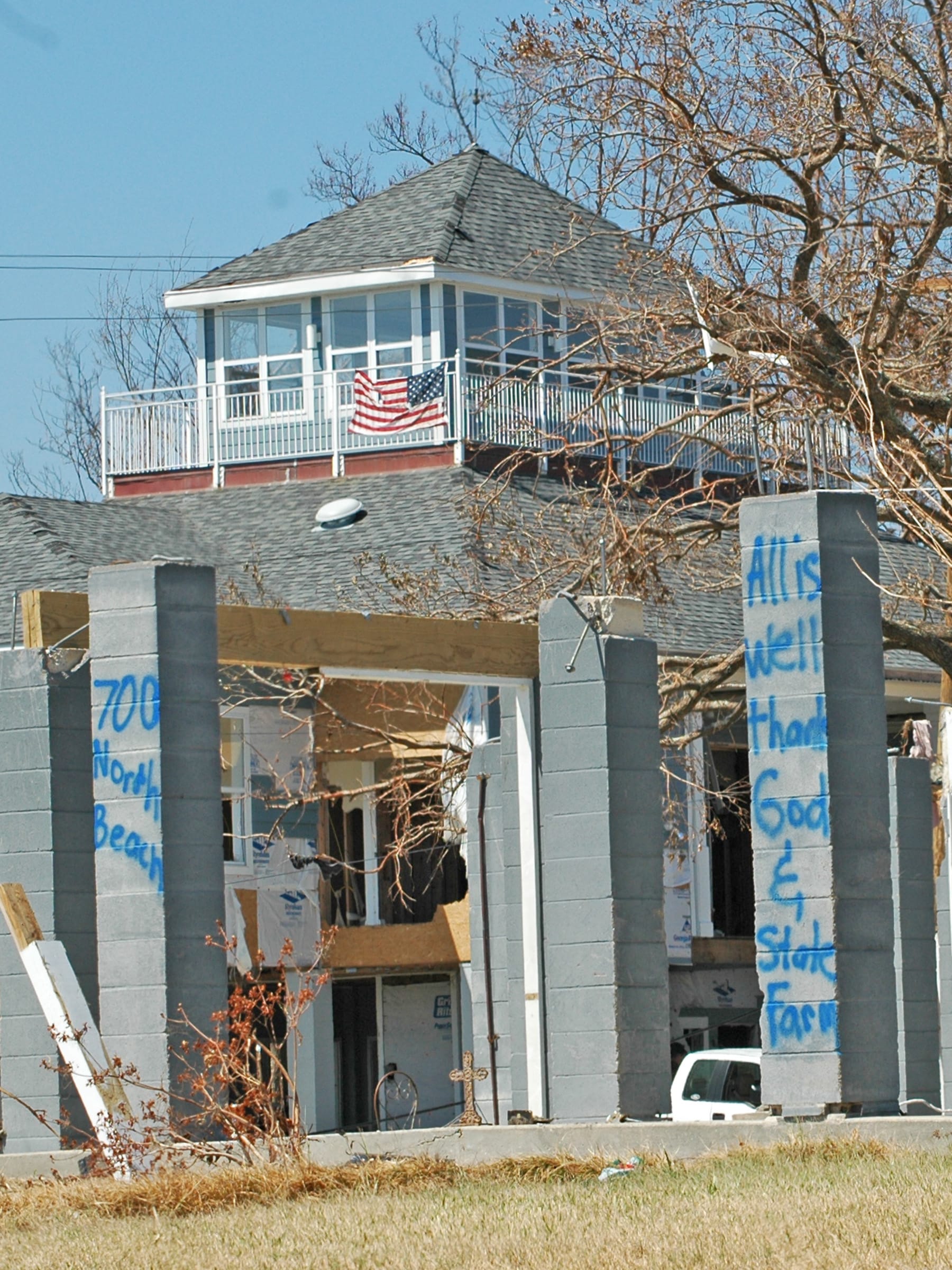
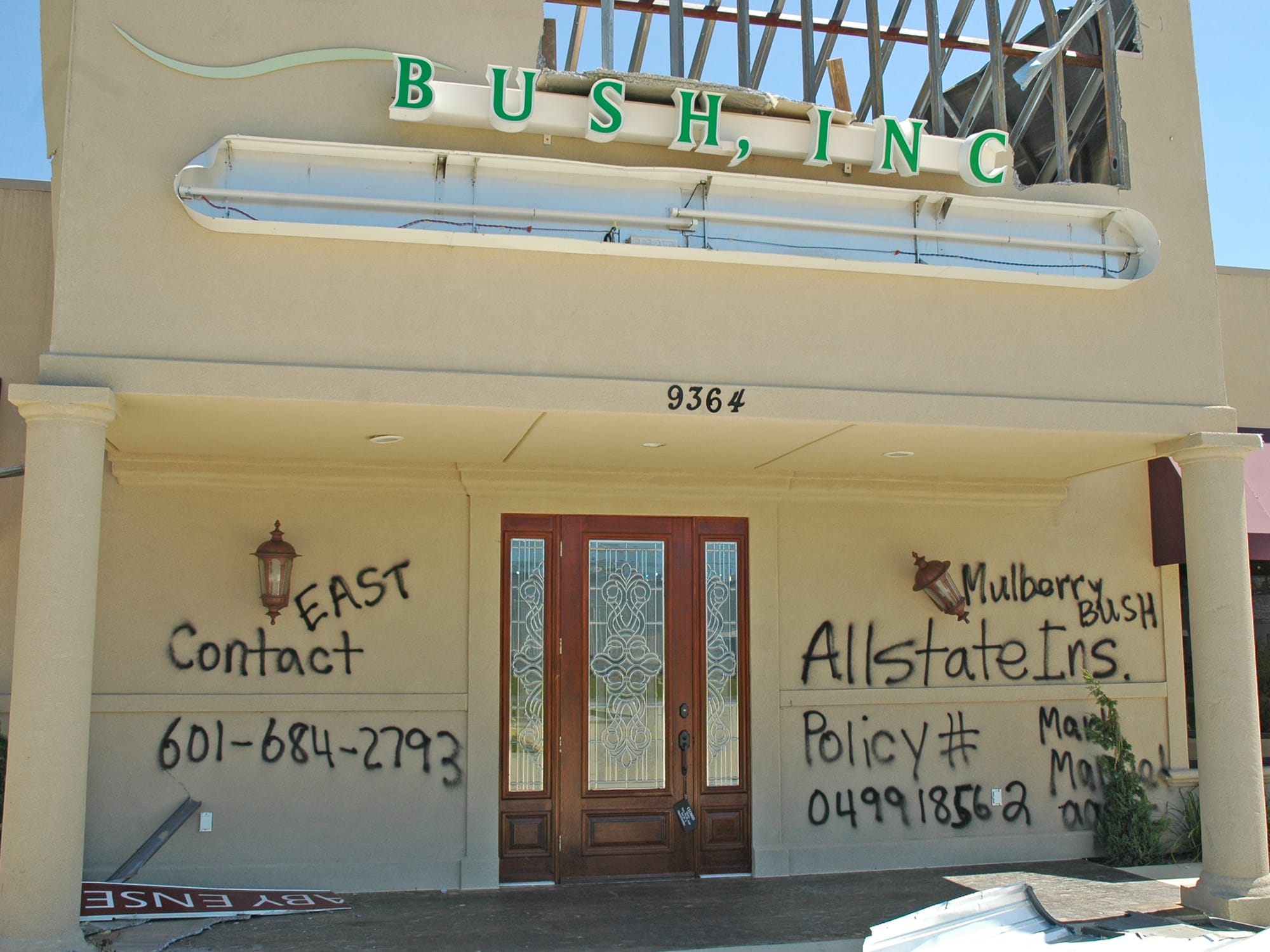
People spray painted messages to their insurance companies on their homes.
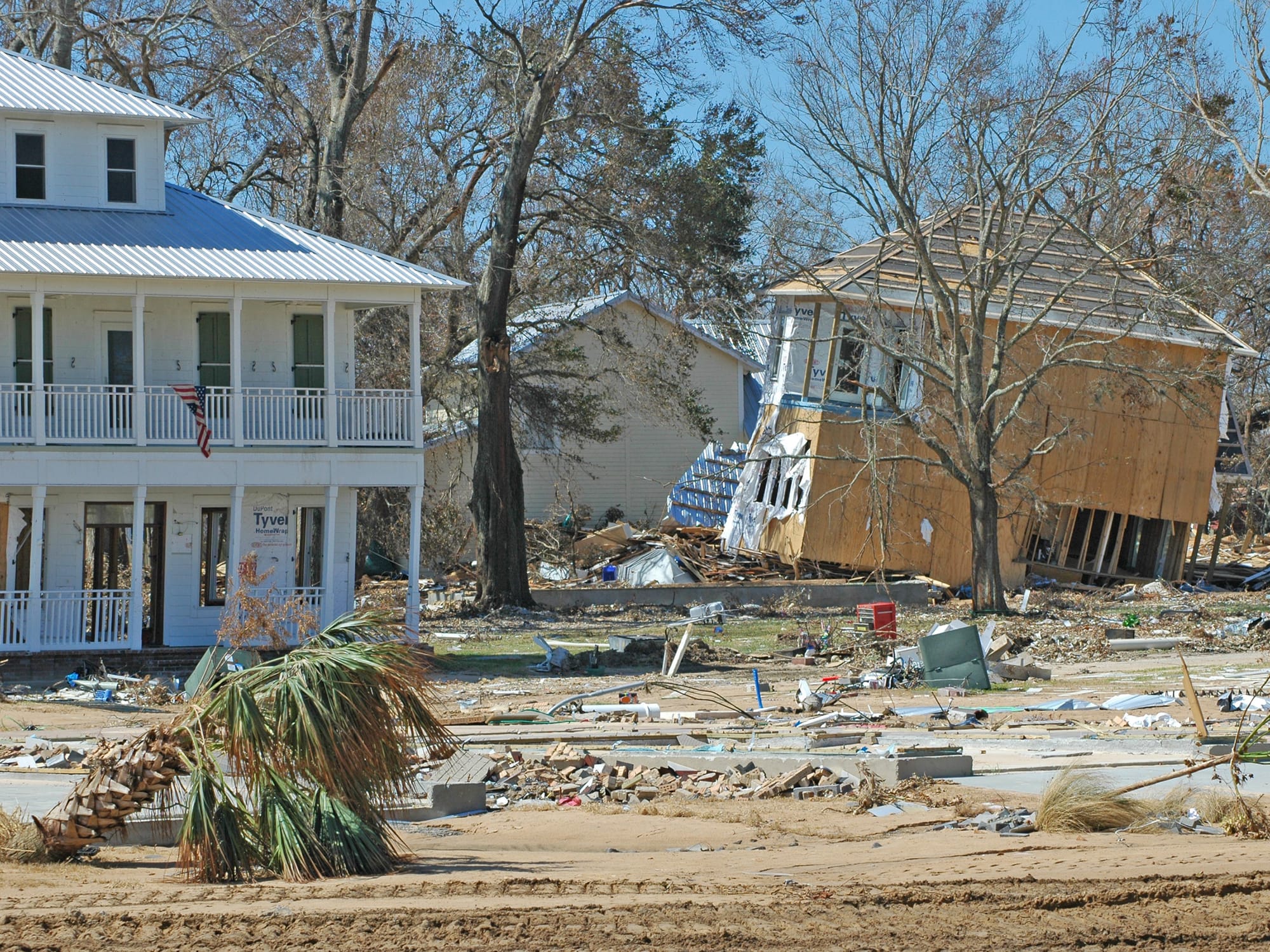
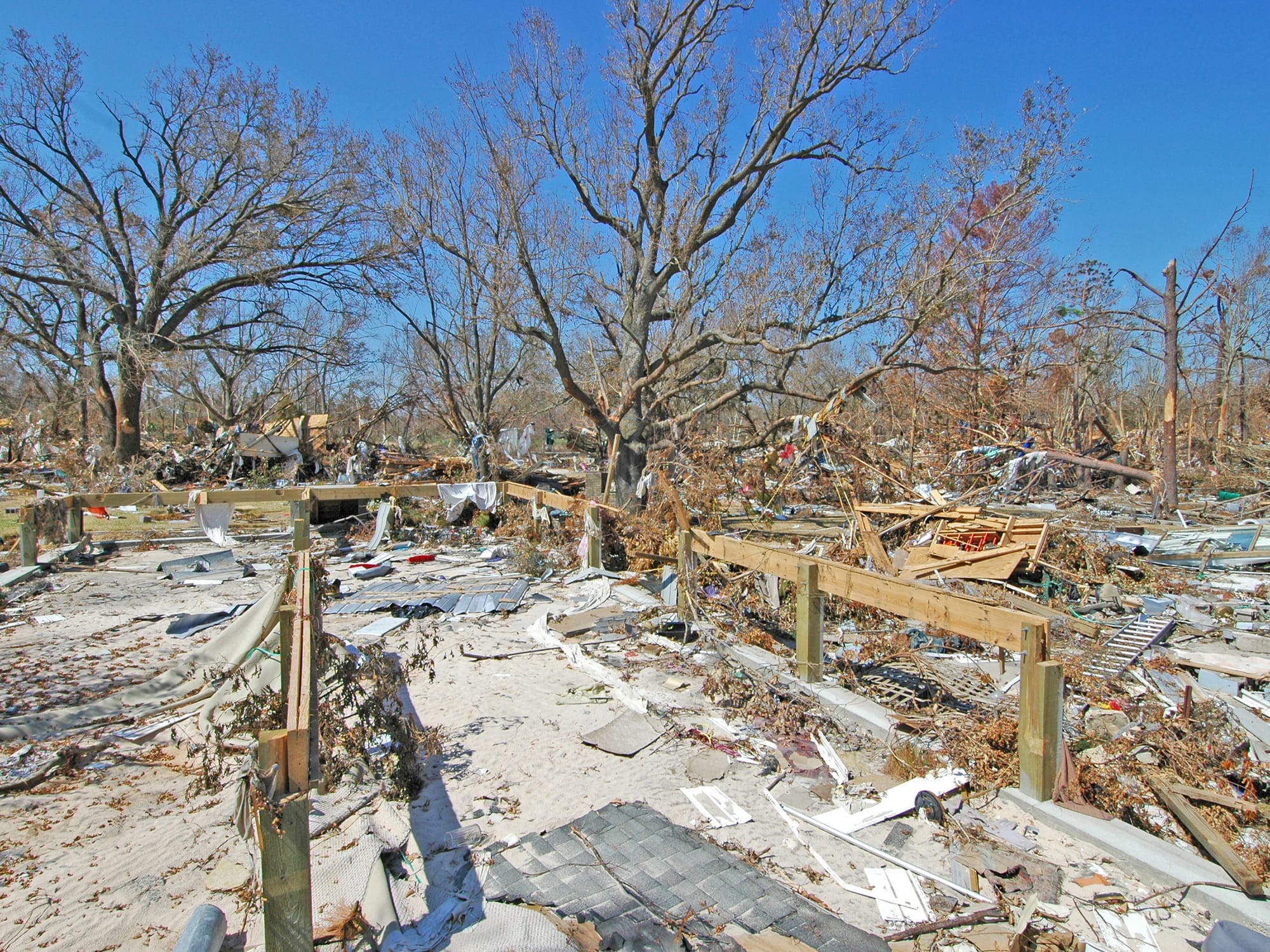
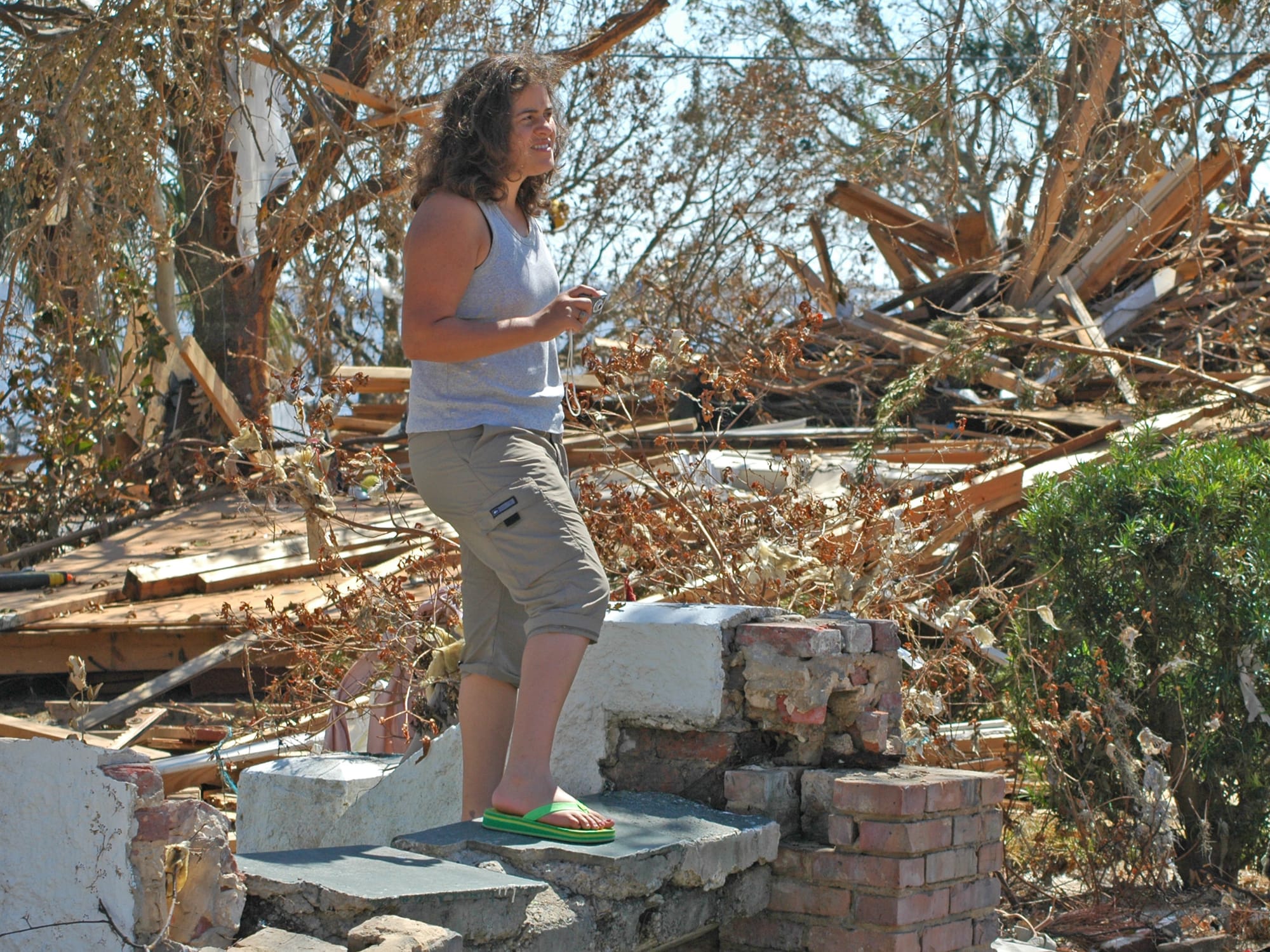
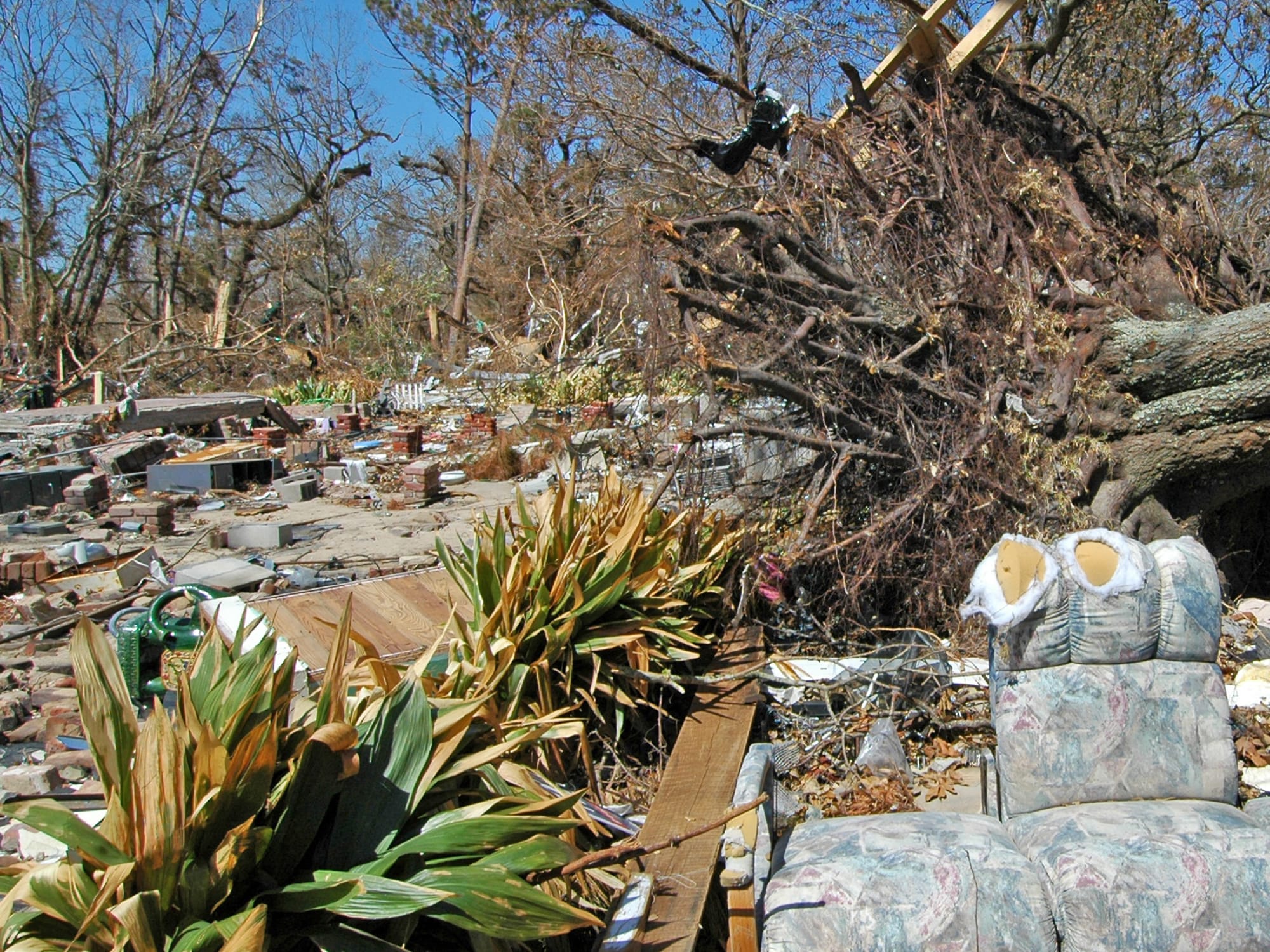
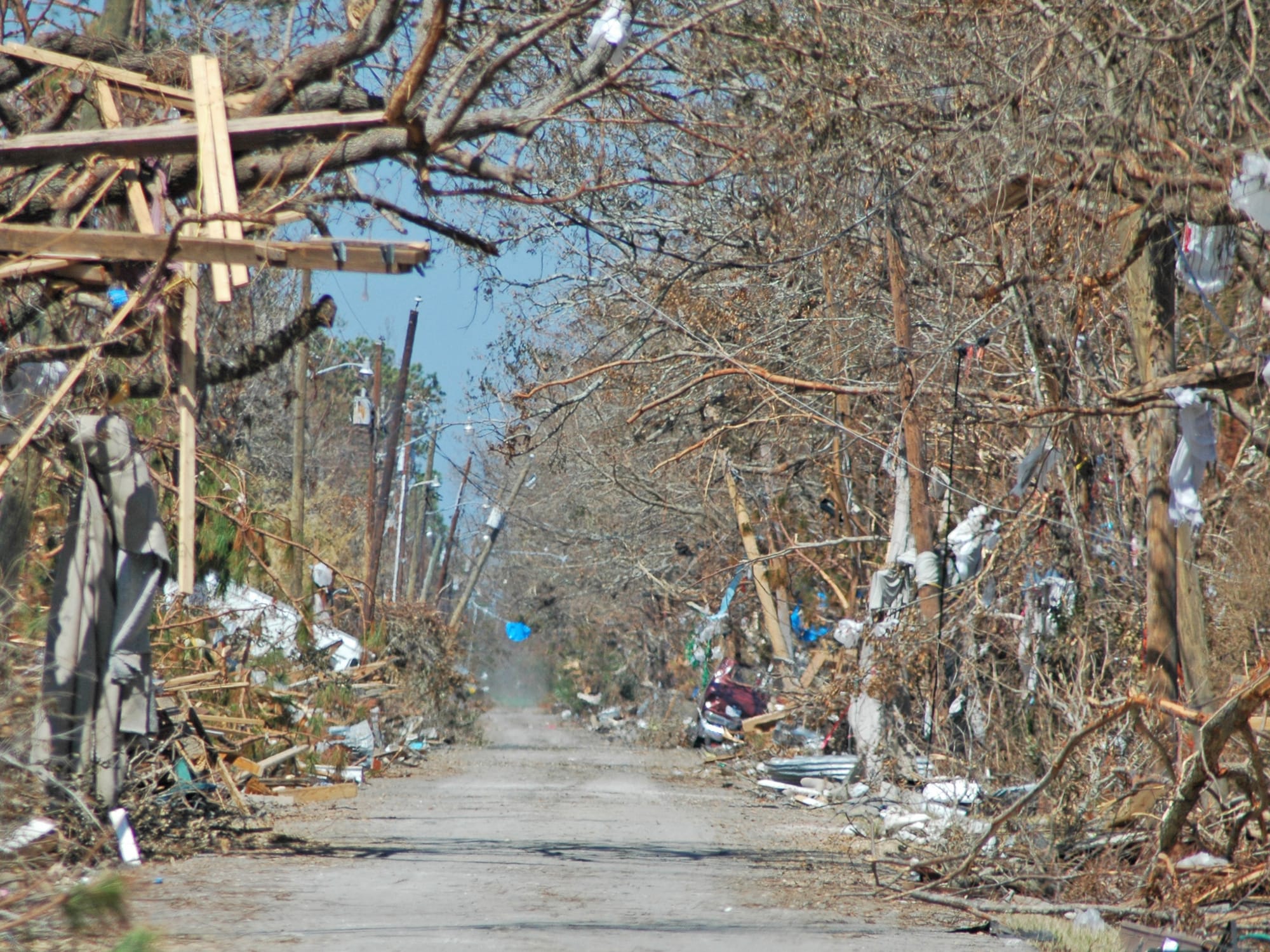
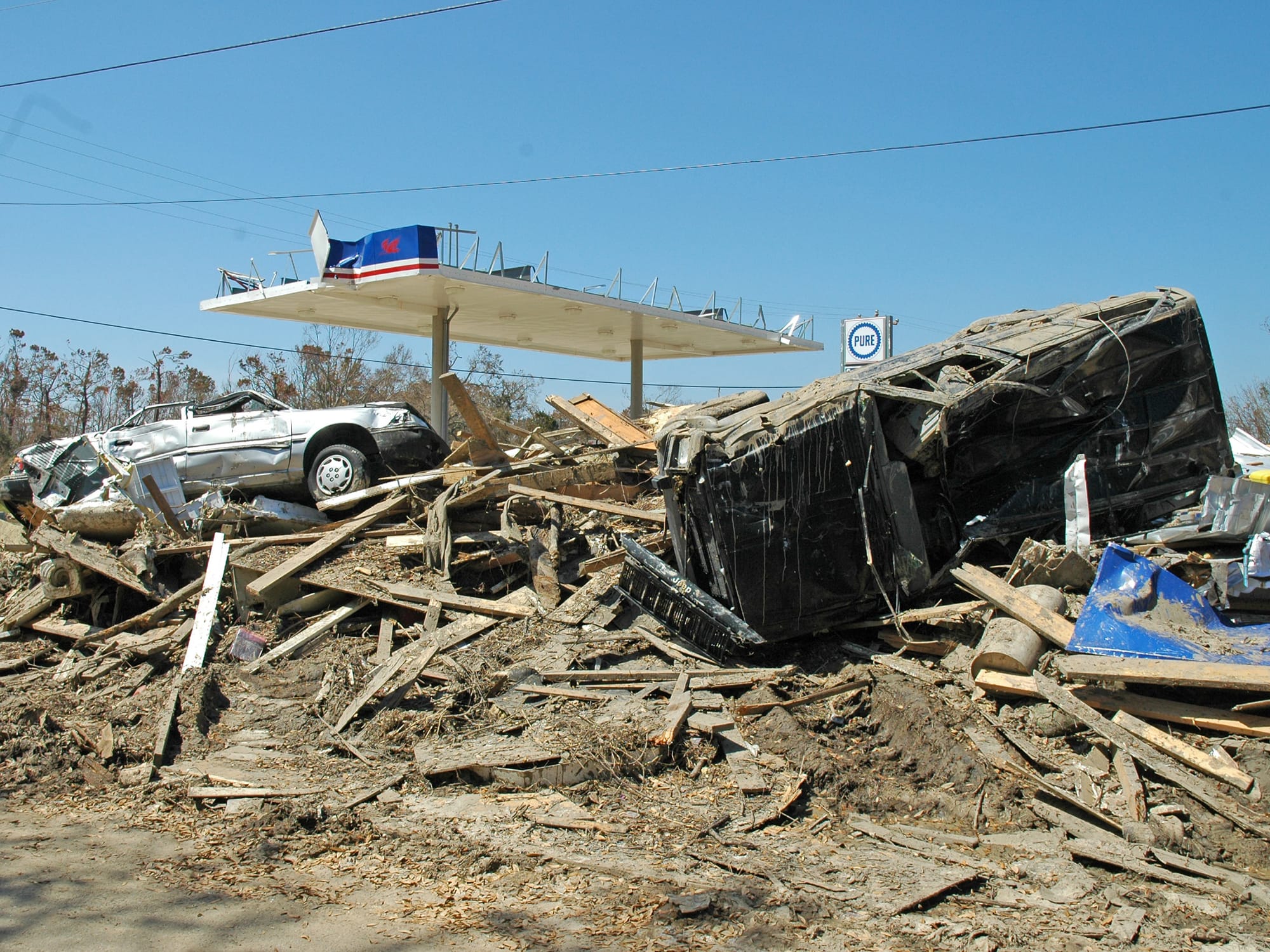
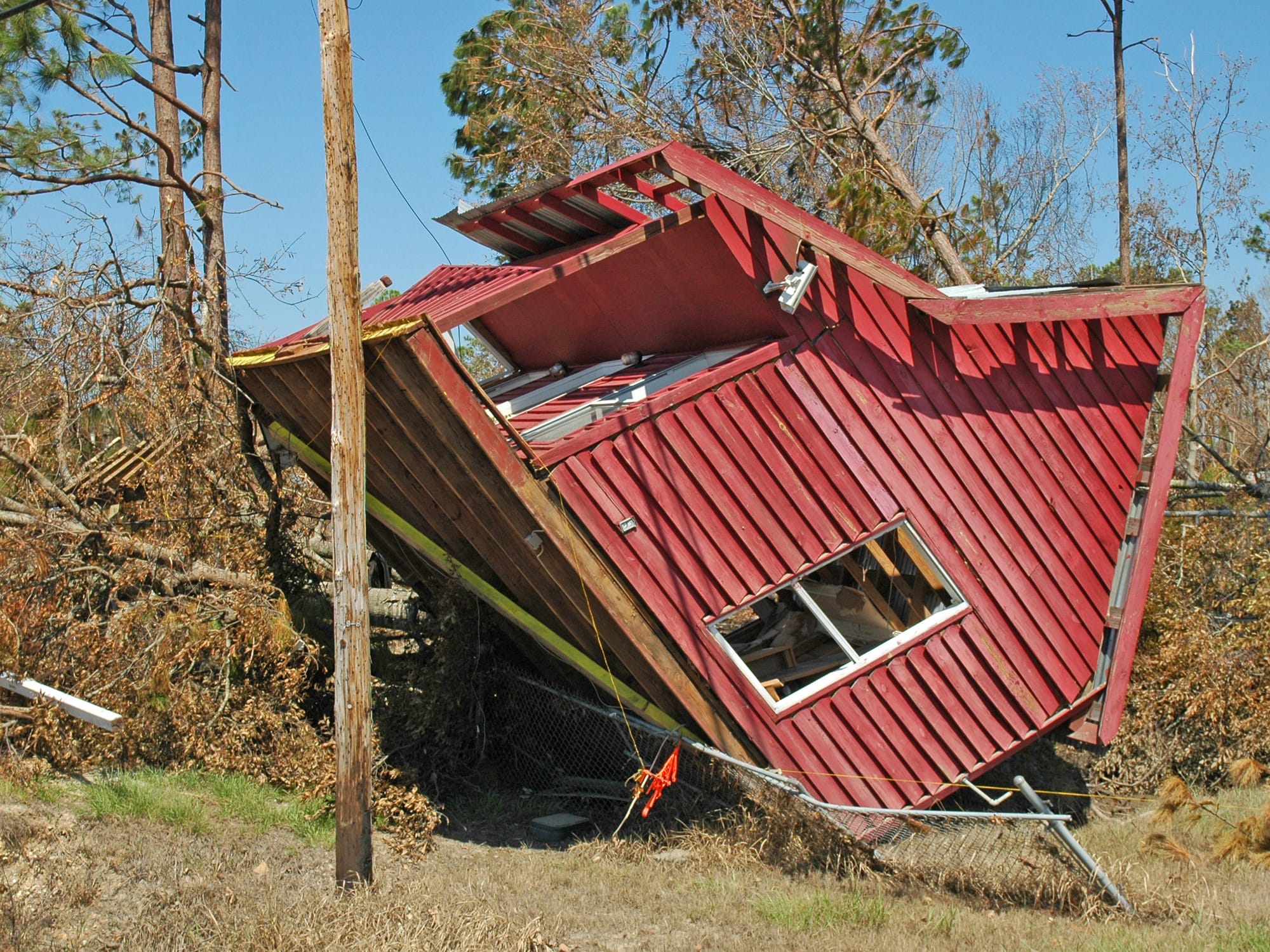
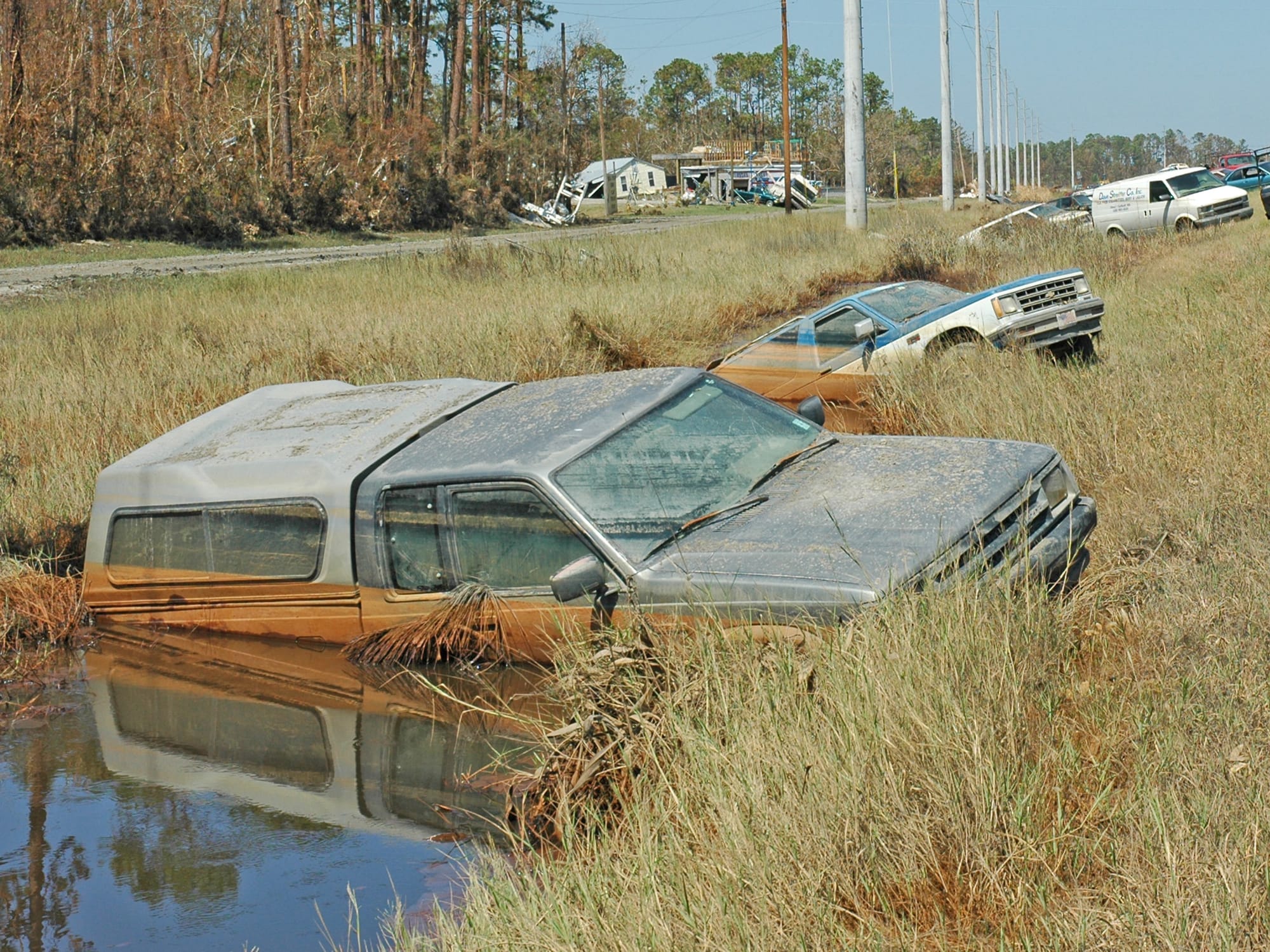
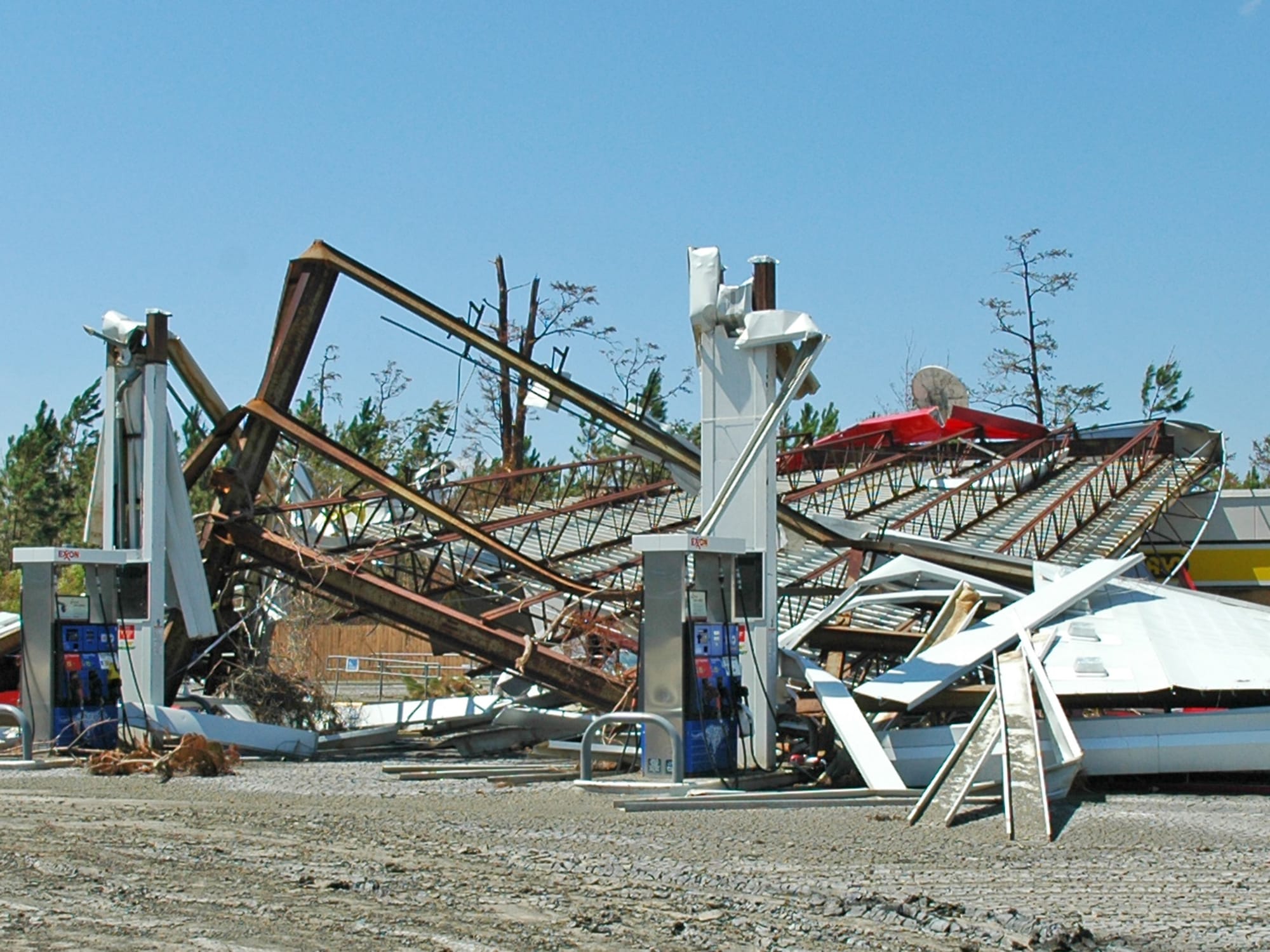
A few photos from our drive back out of the Waveland/Bay St. Louis area.
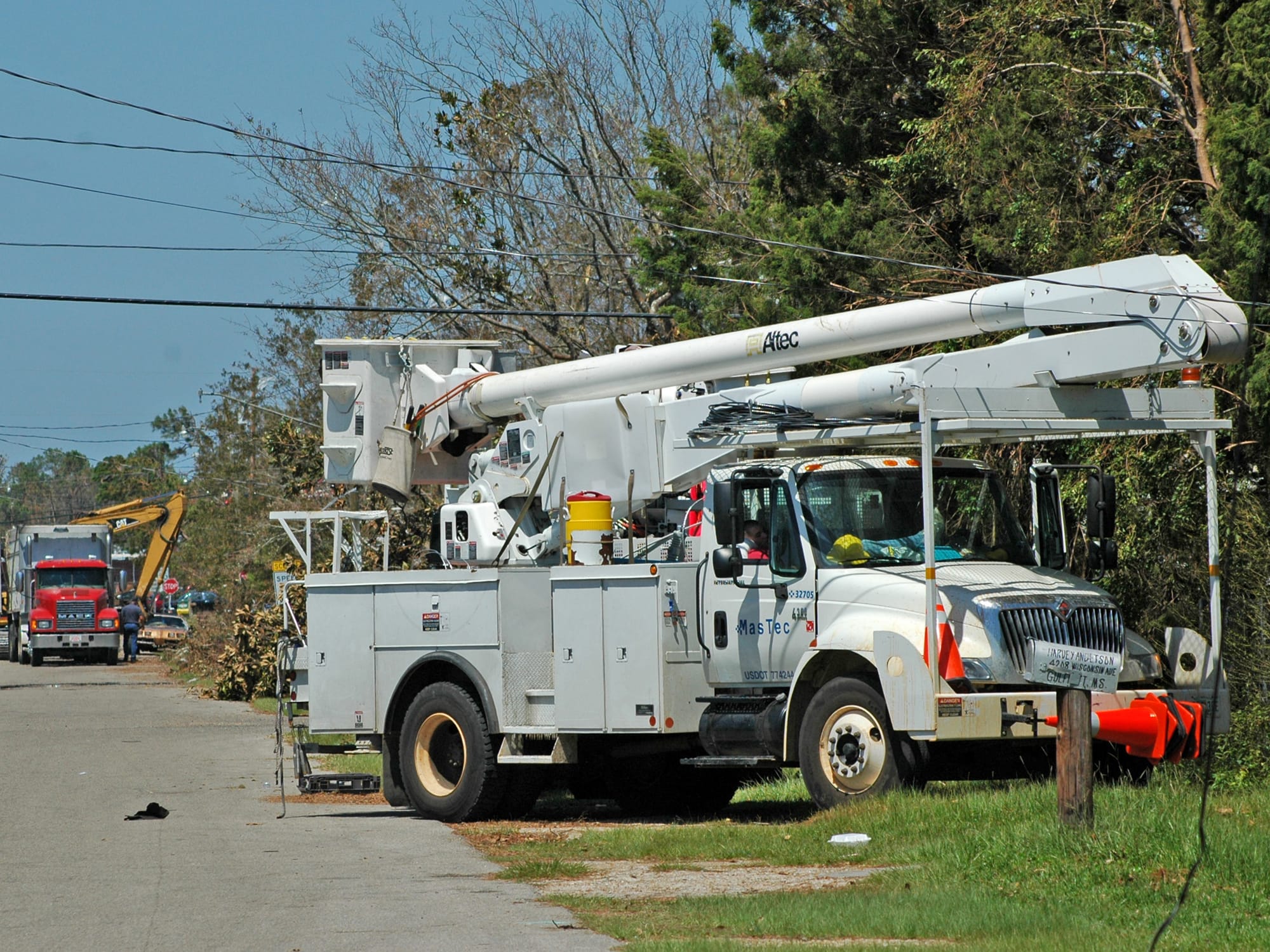

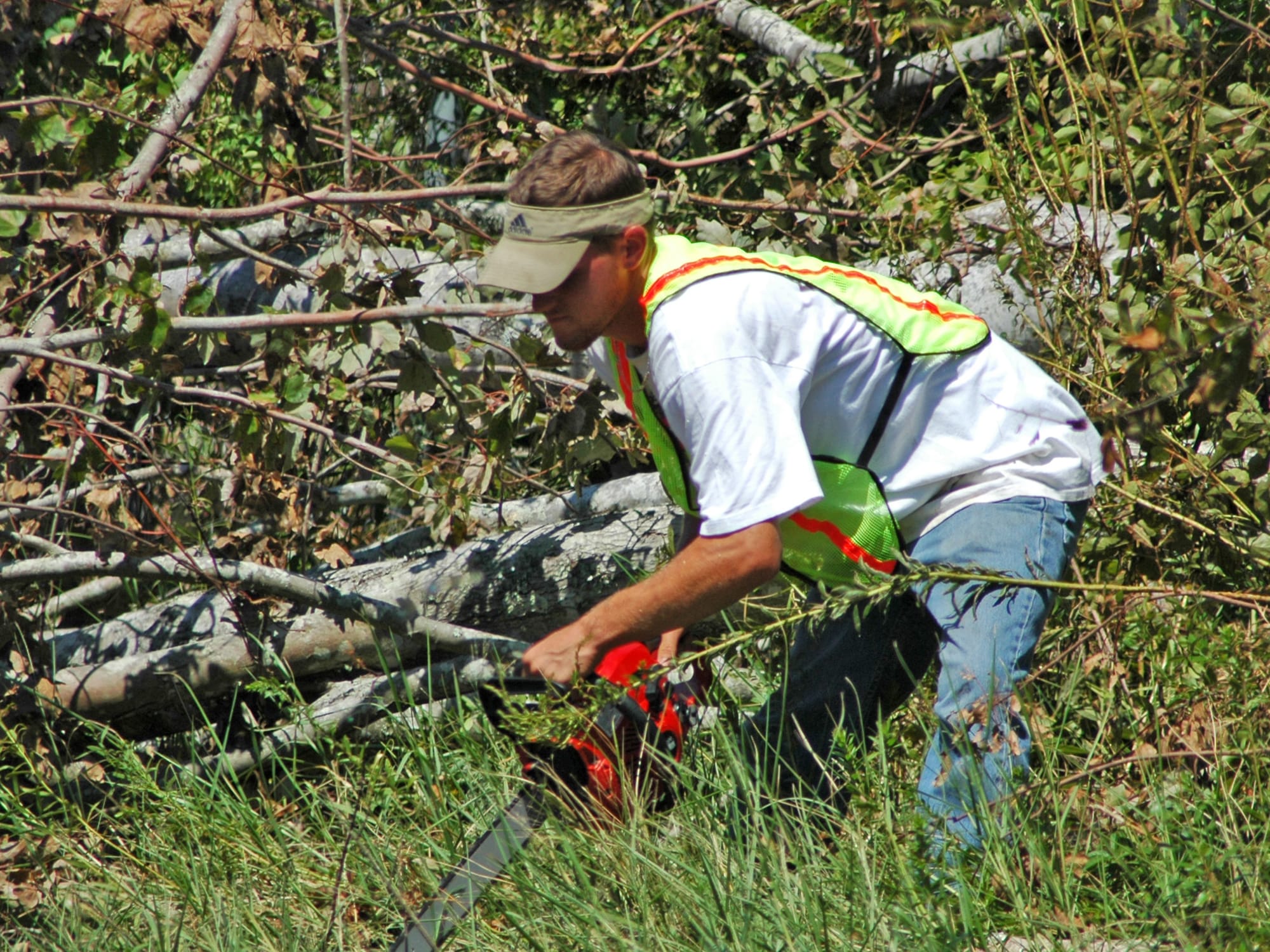
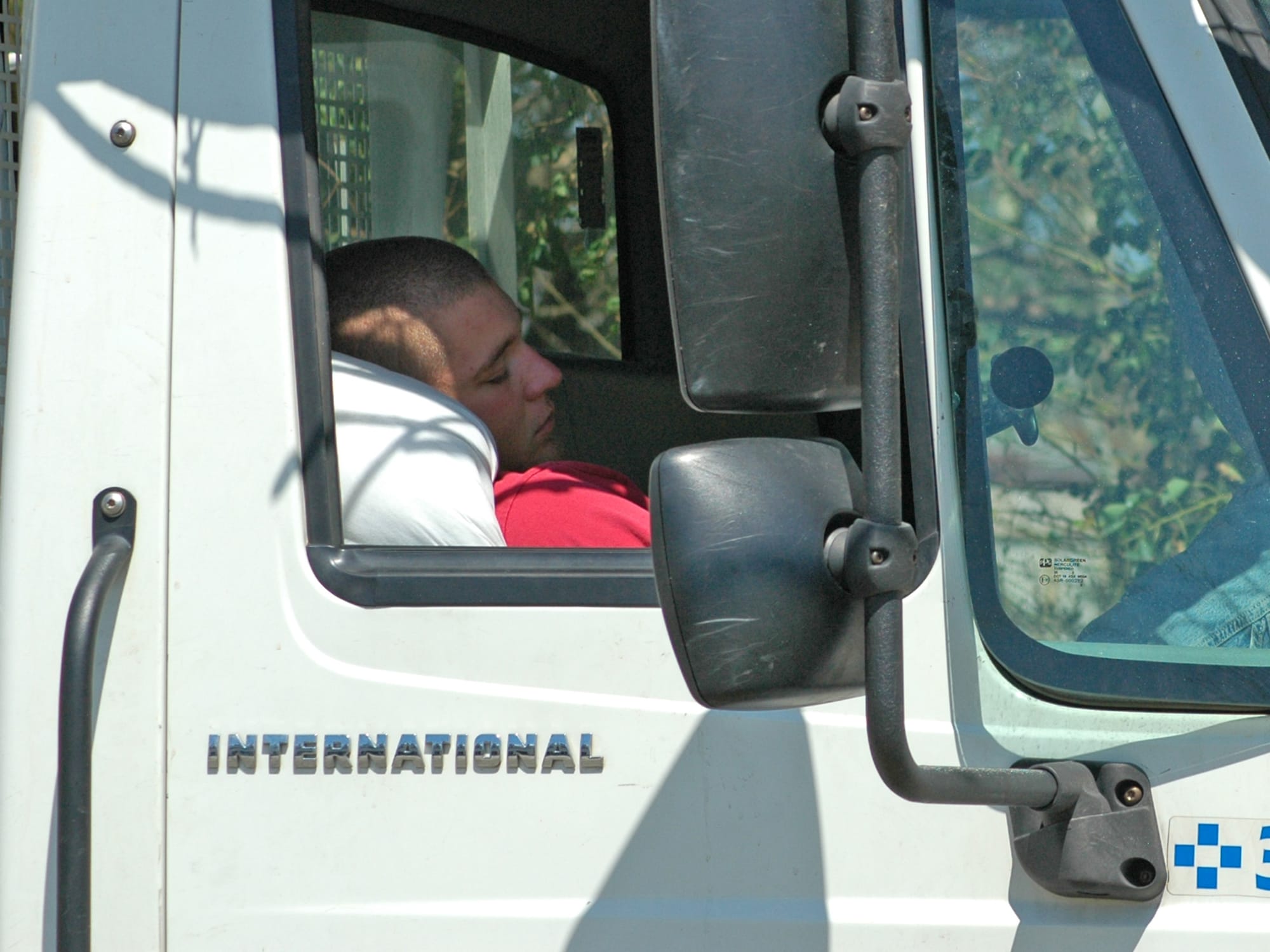
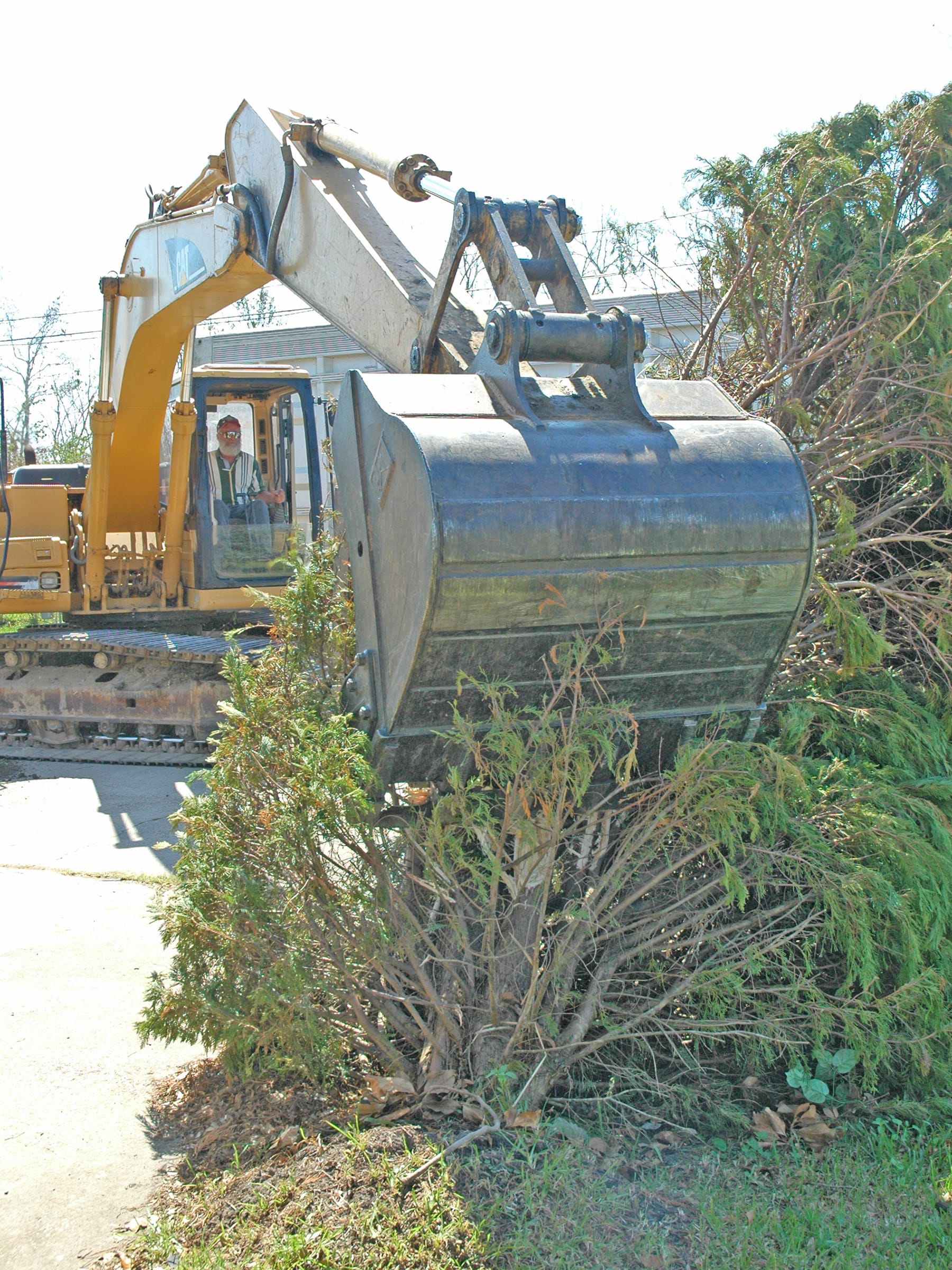
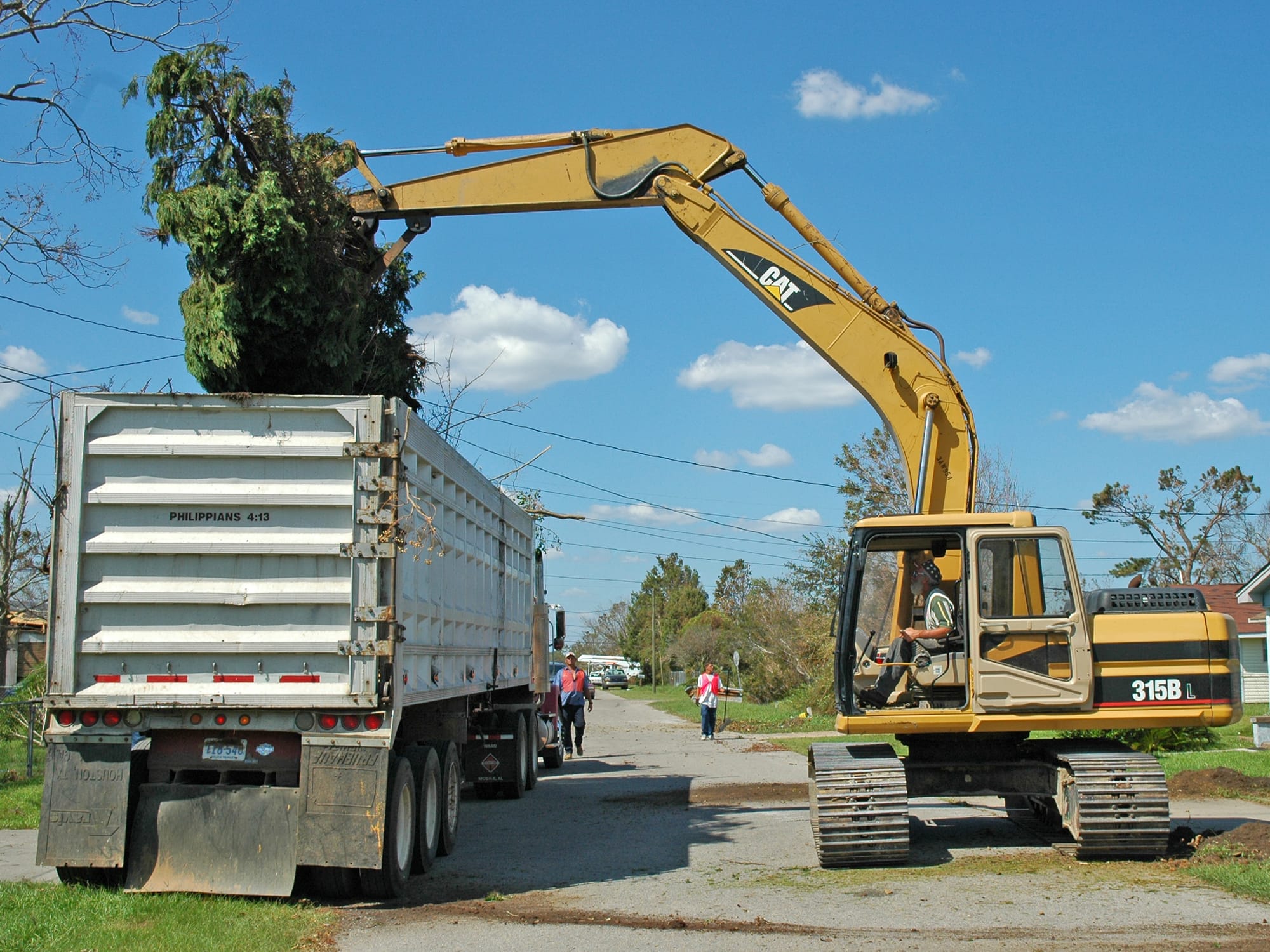
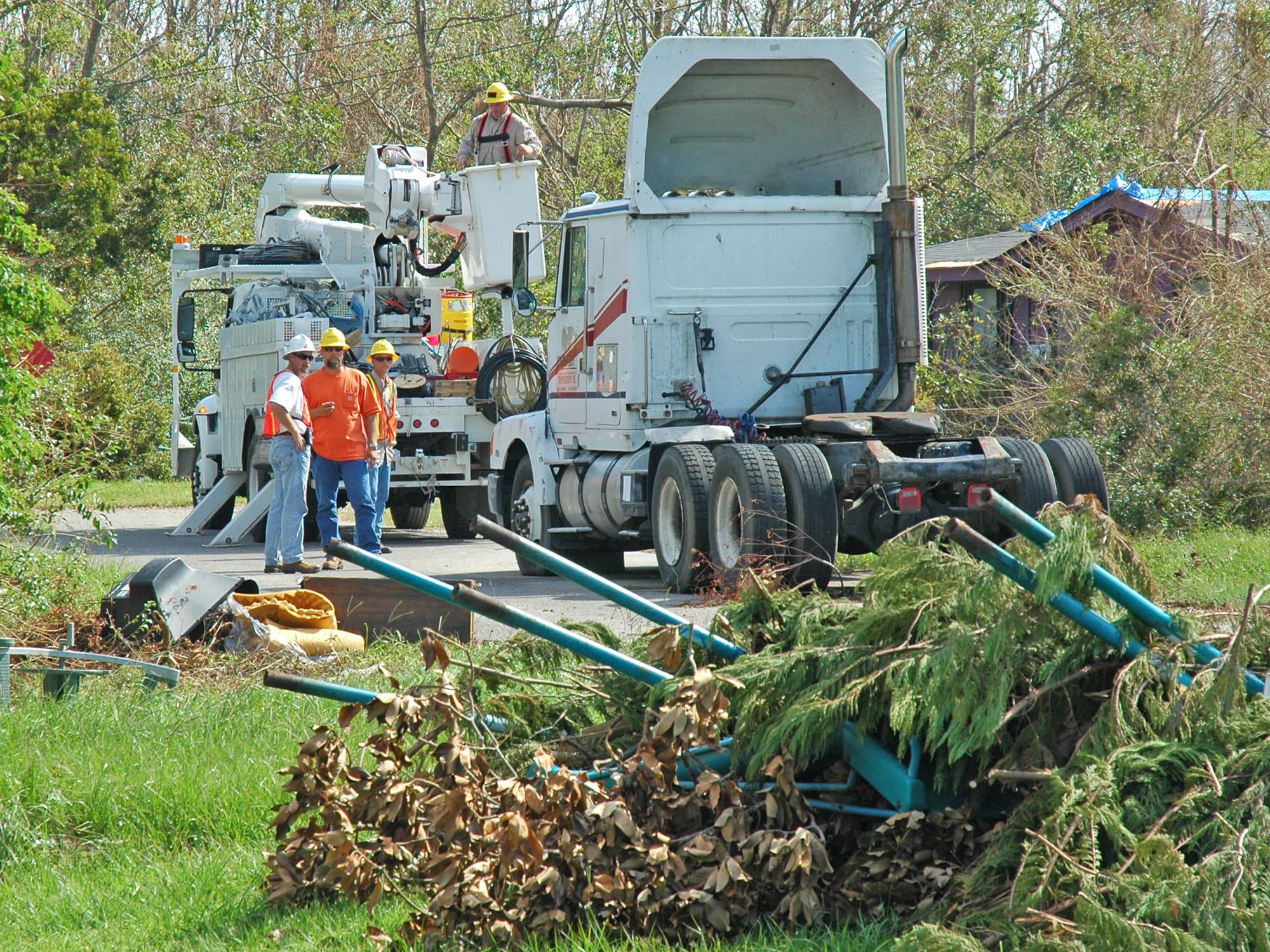
When we got back to Melba's house in Gulfport, crews were clearing downed trees and other debris. After getting power restored the night before, it felt like government services were finally starting to re-appear.
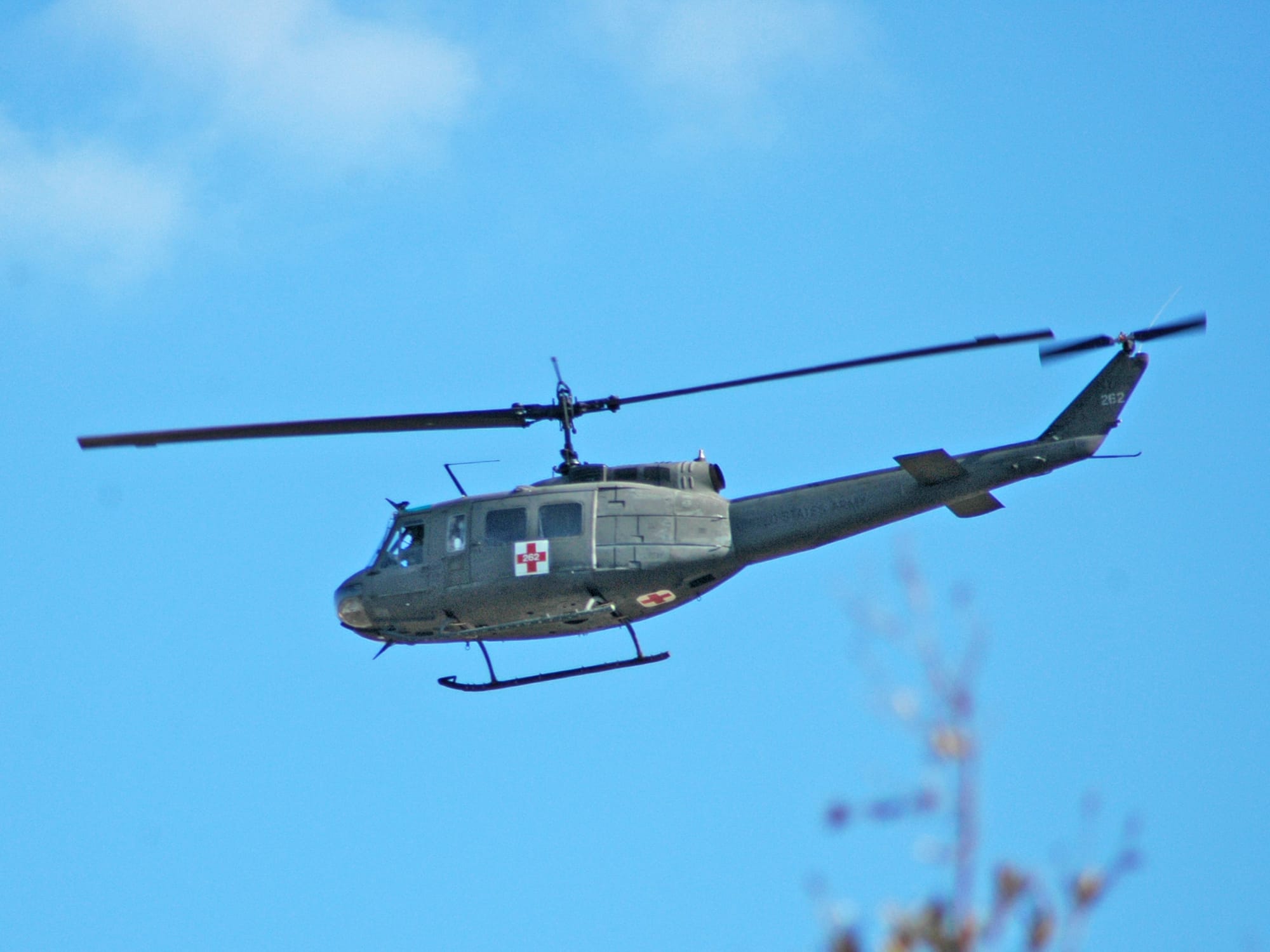
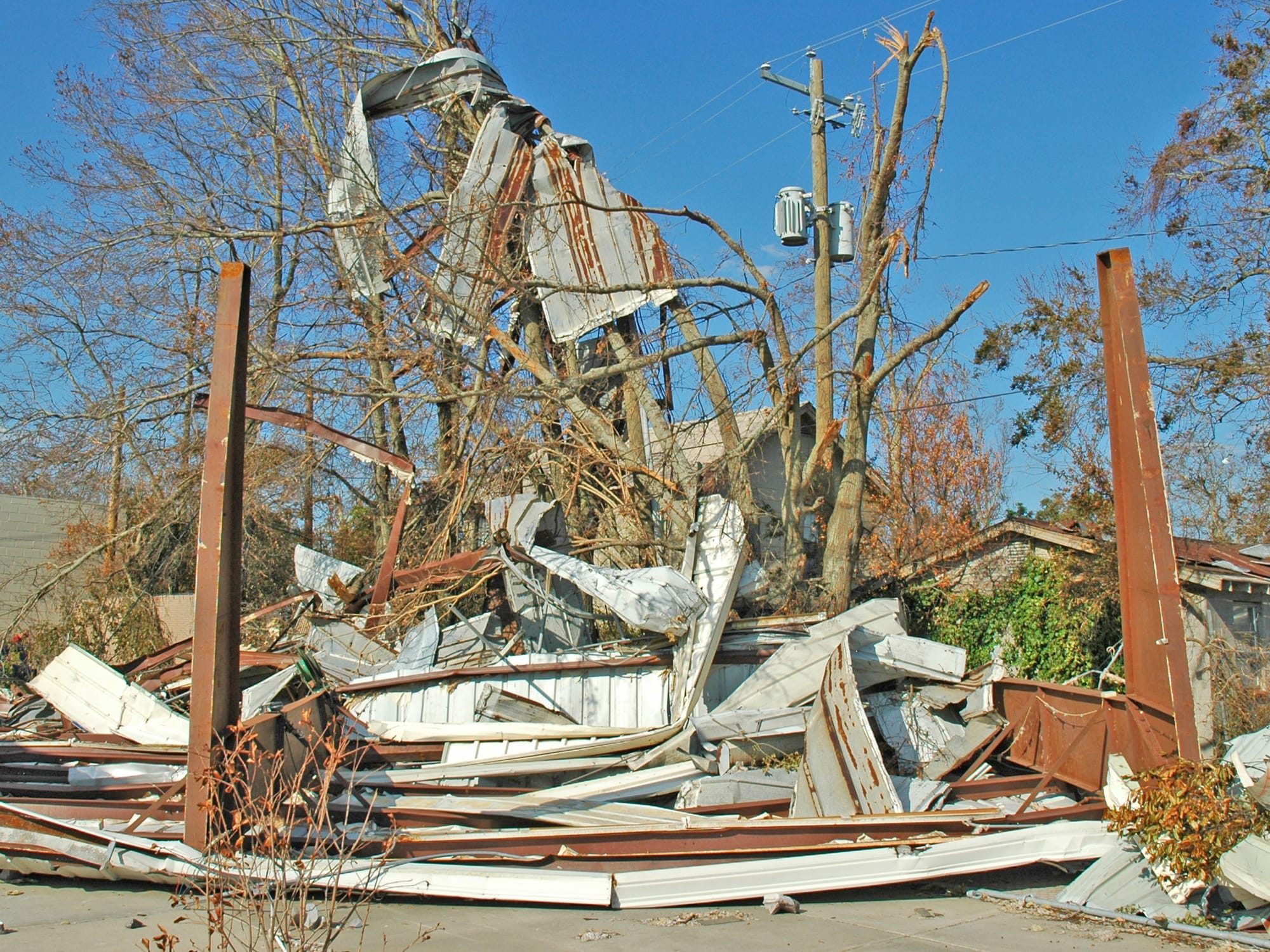
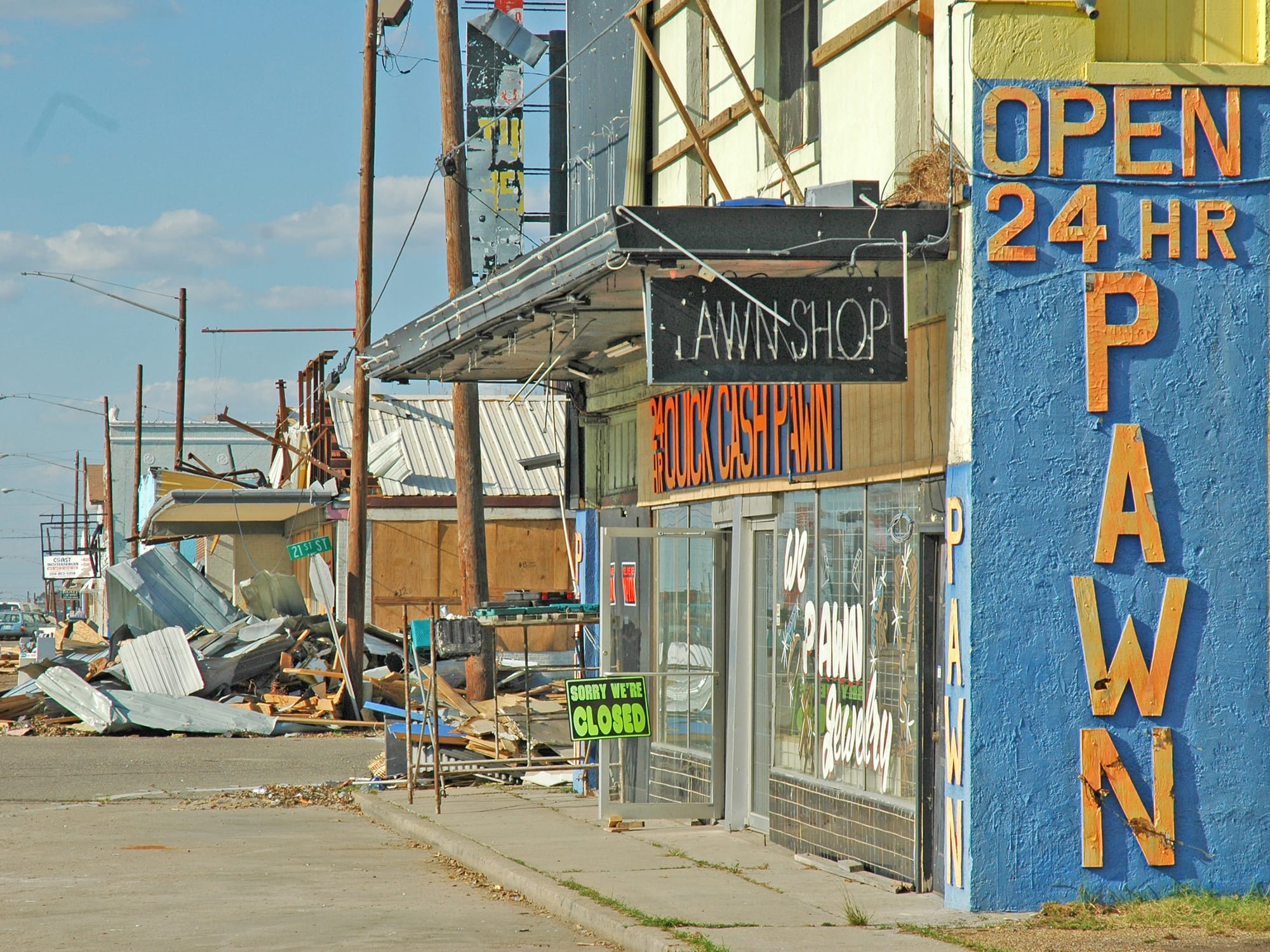
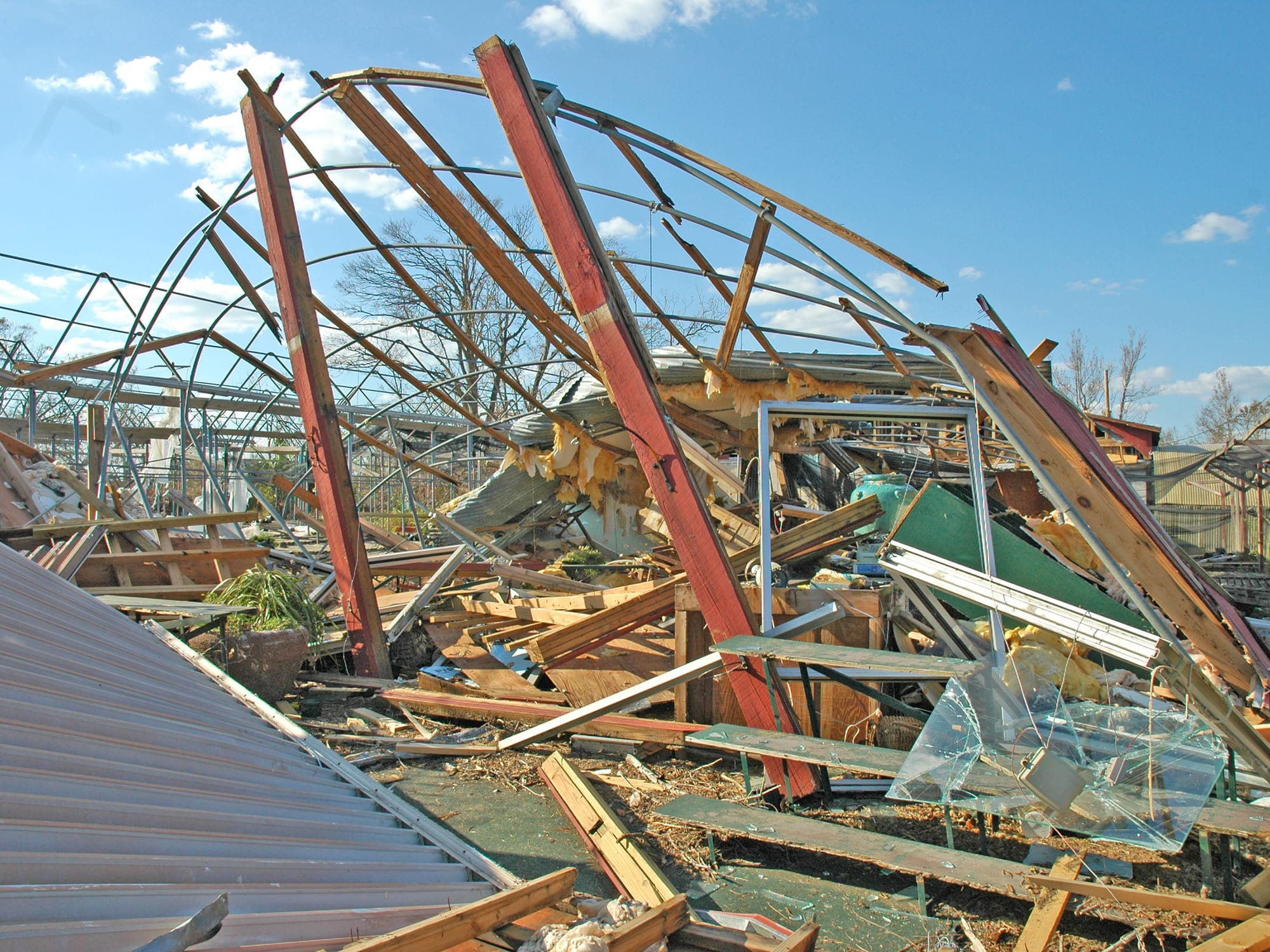
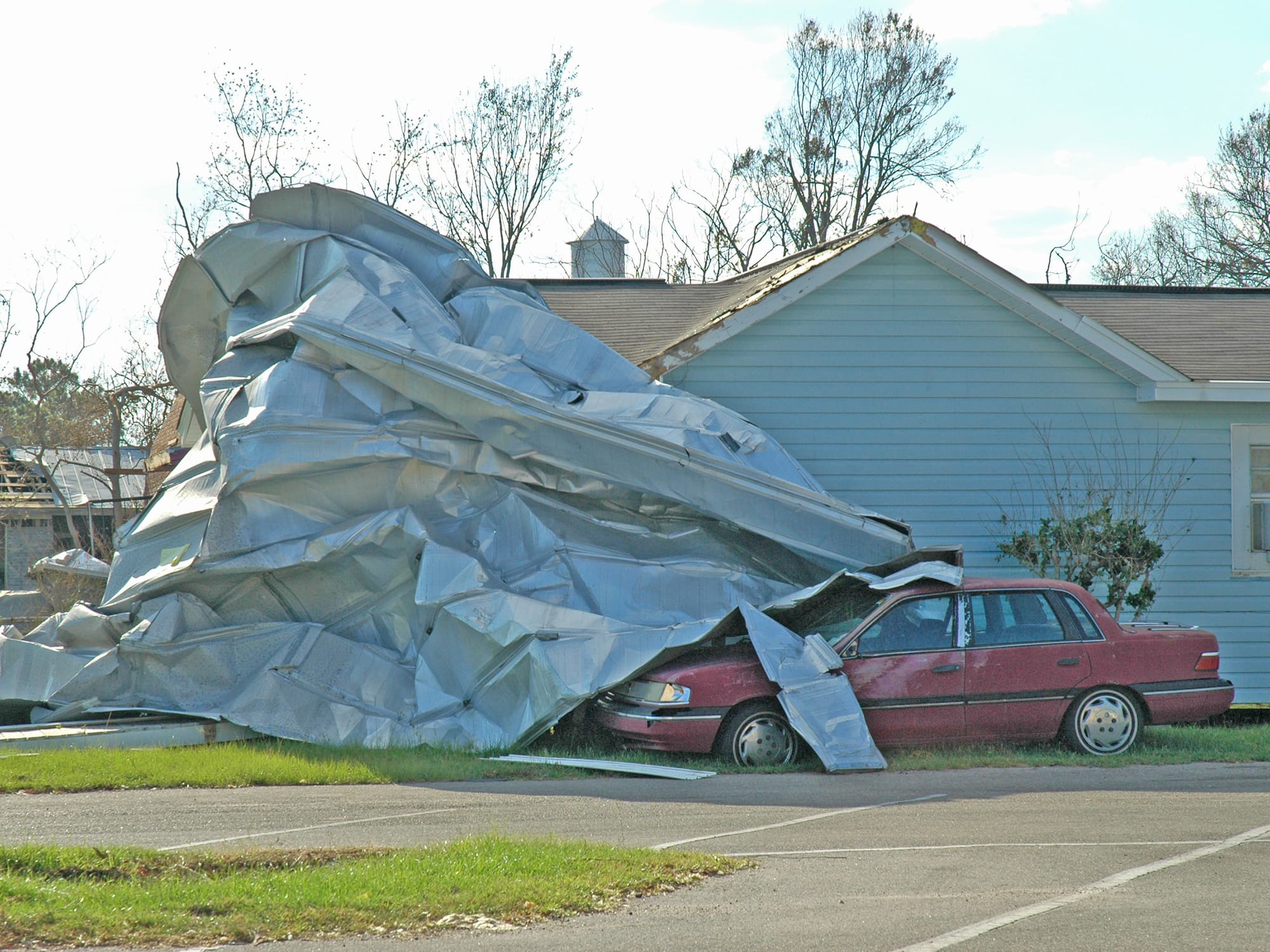
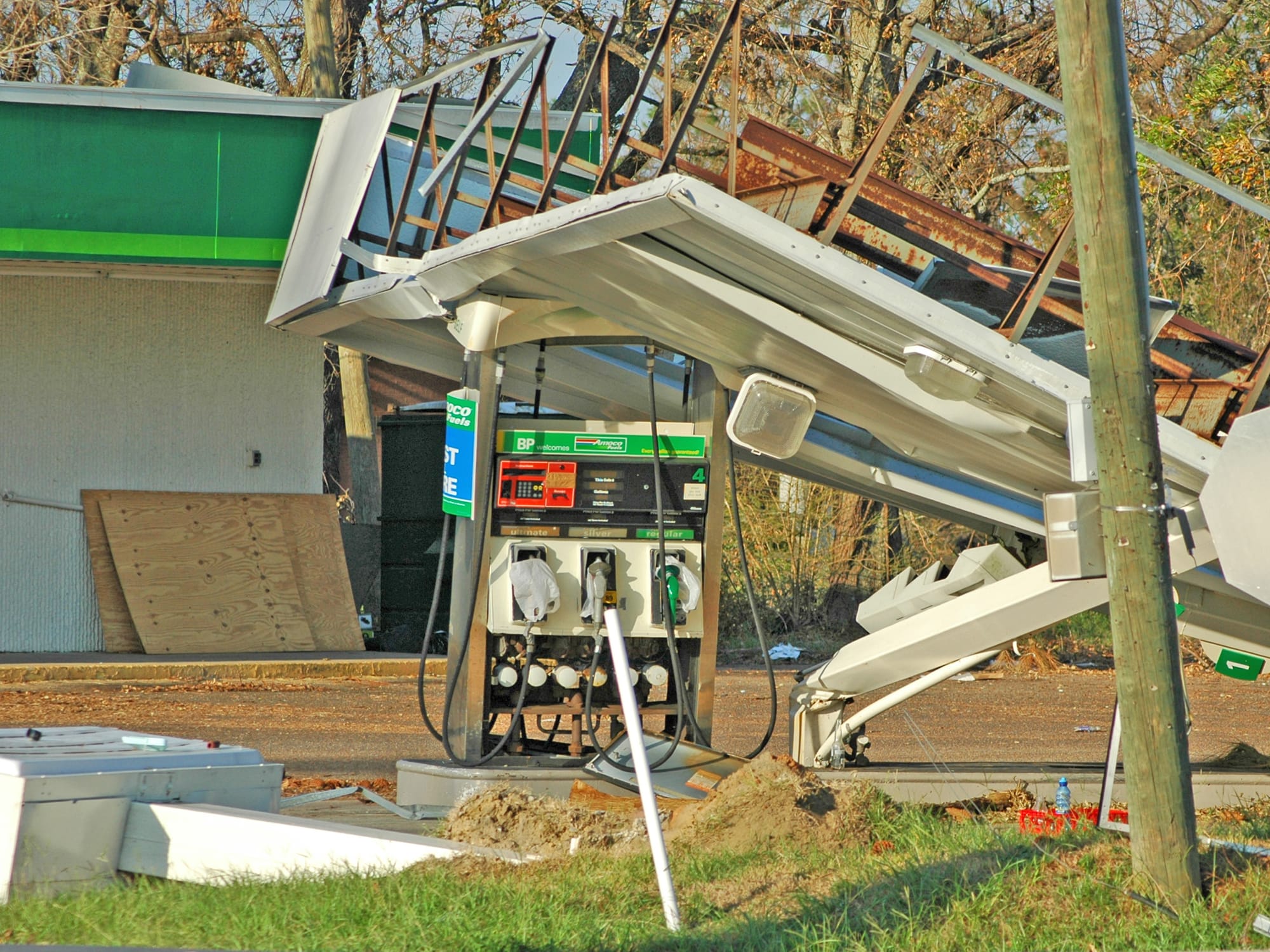
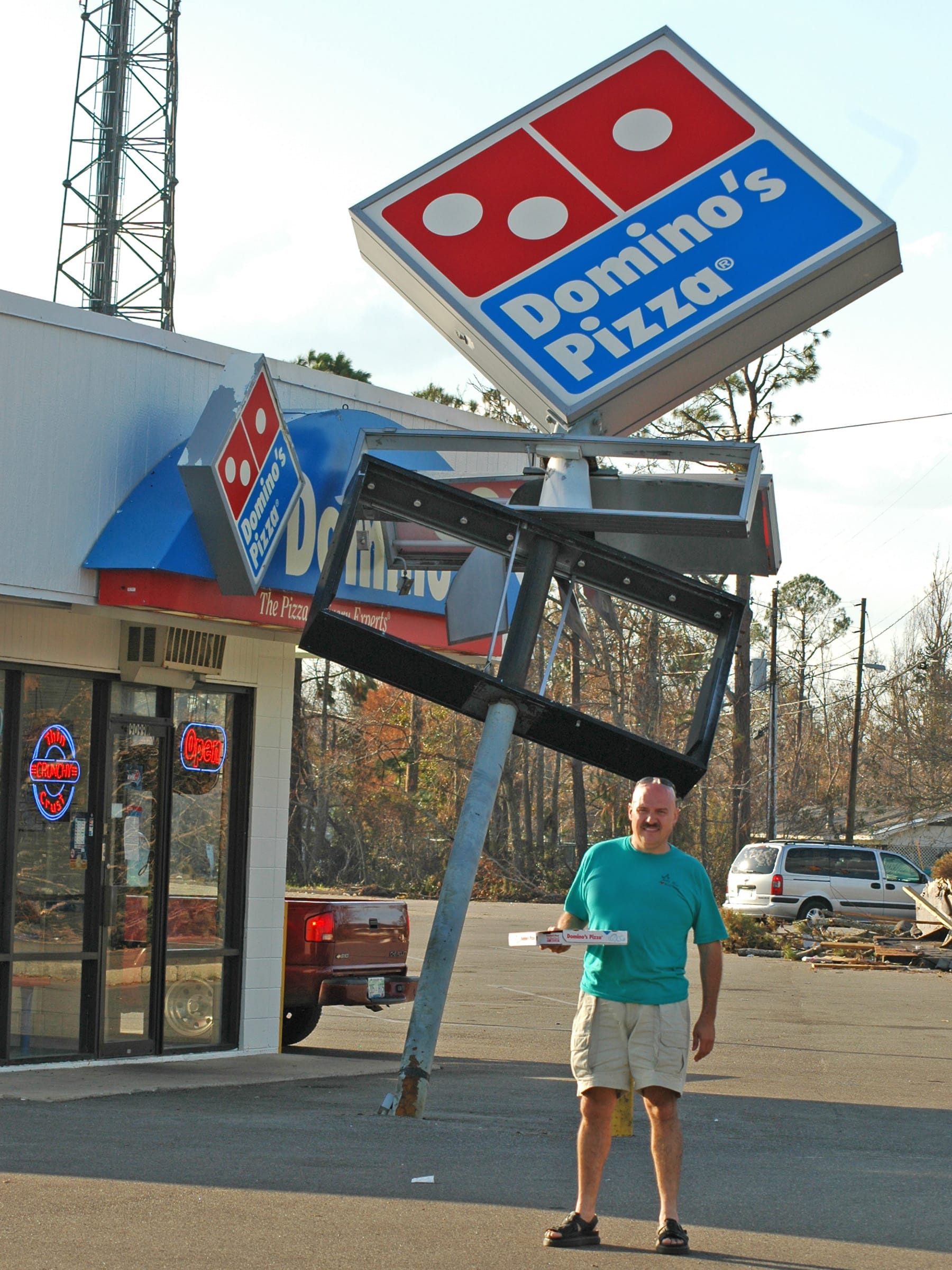
Another sign of life returning to normal; Domino's Pizza had re-opened! A hot takeout pizza never tasted so good.
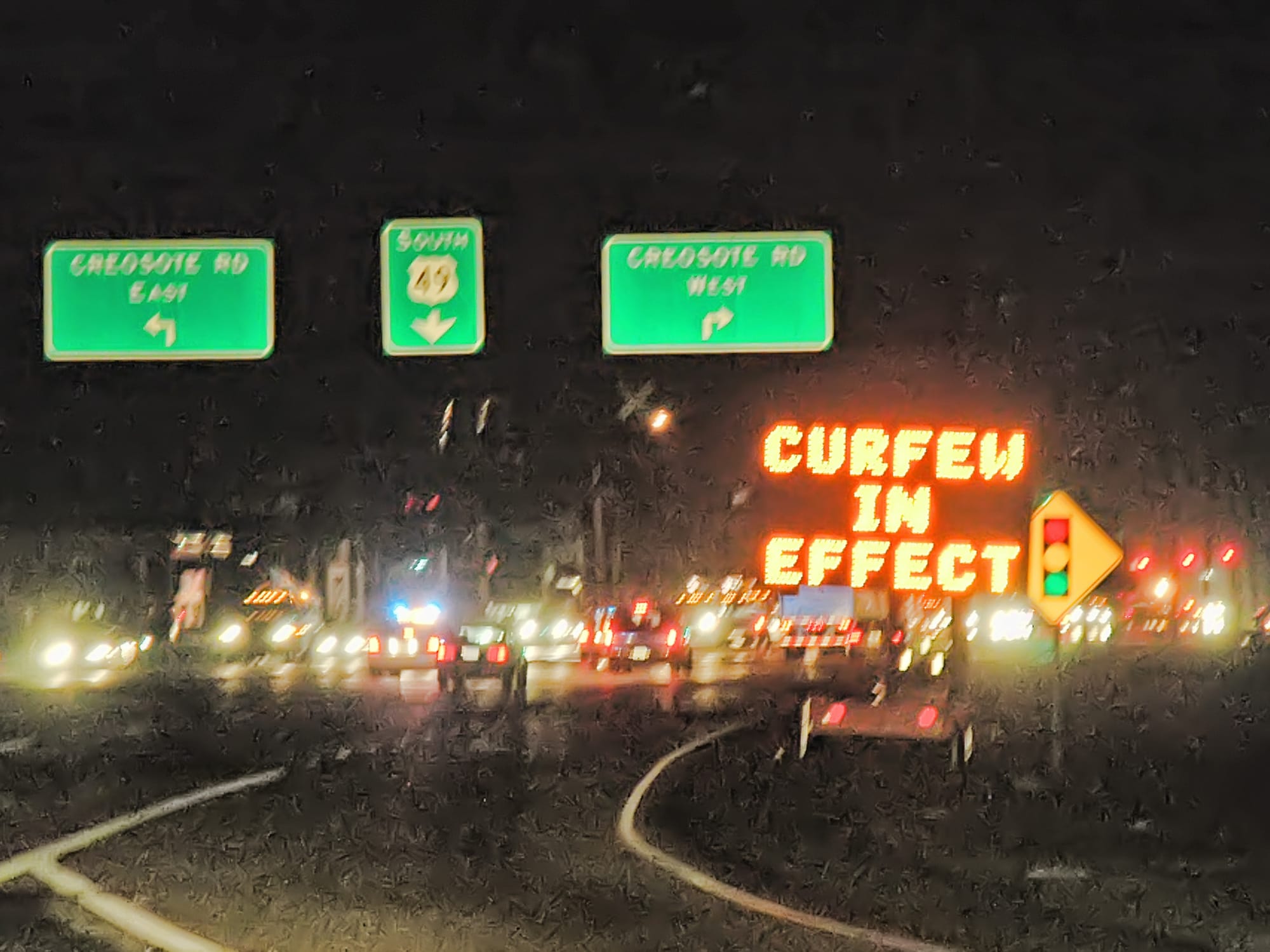
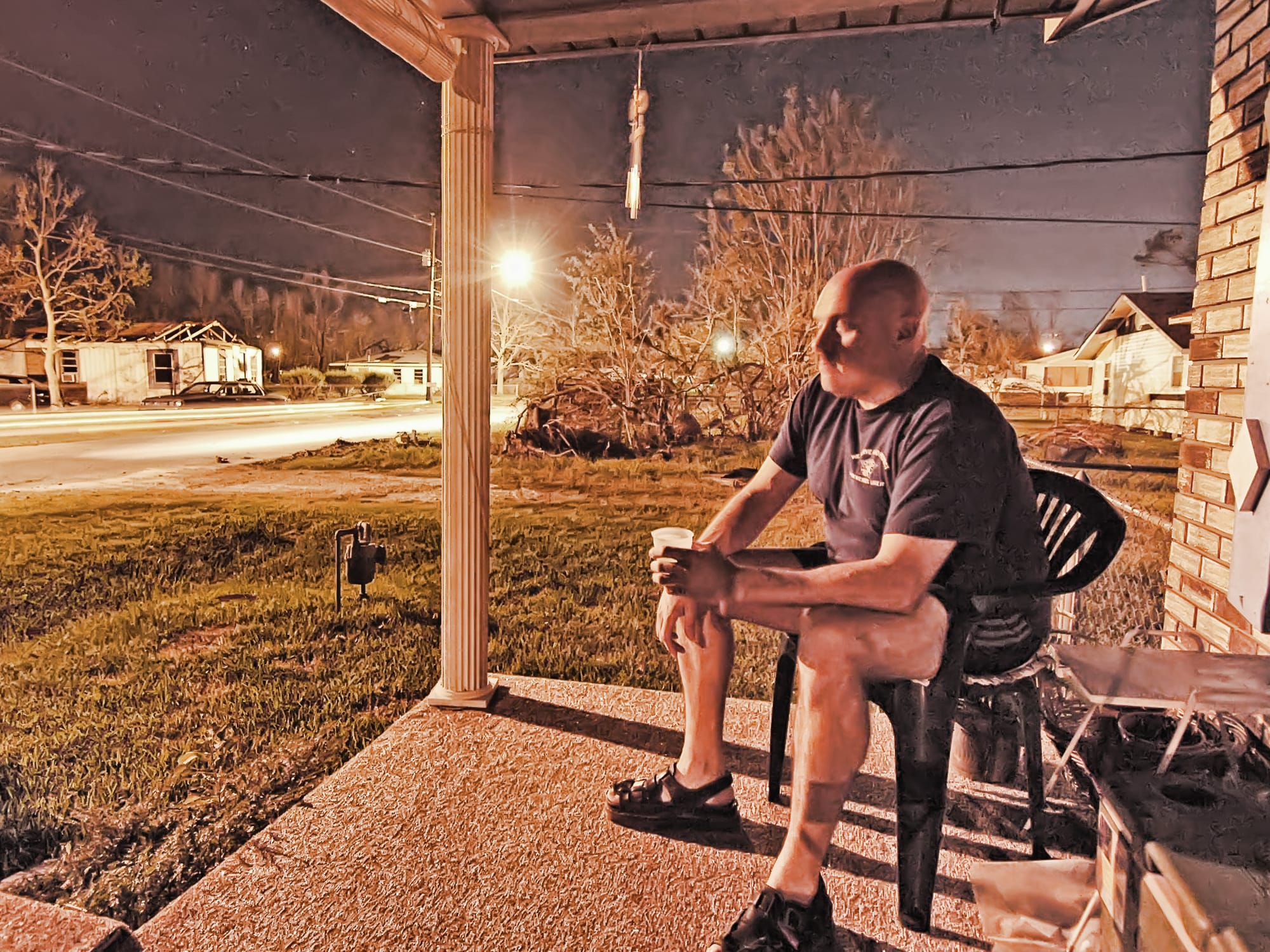
Back at Melba's house in Gulfport. The nightly curfew gave them the right to arrest you if you didn't seem to have a valid reason to be out, but we were out several times after dark and never got stopped at the checkpoints.
Thursday 9/8/2005

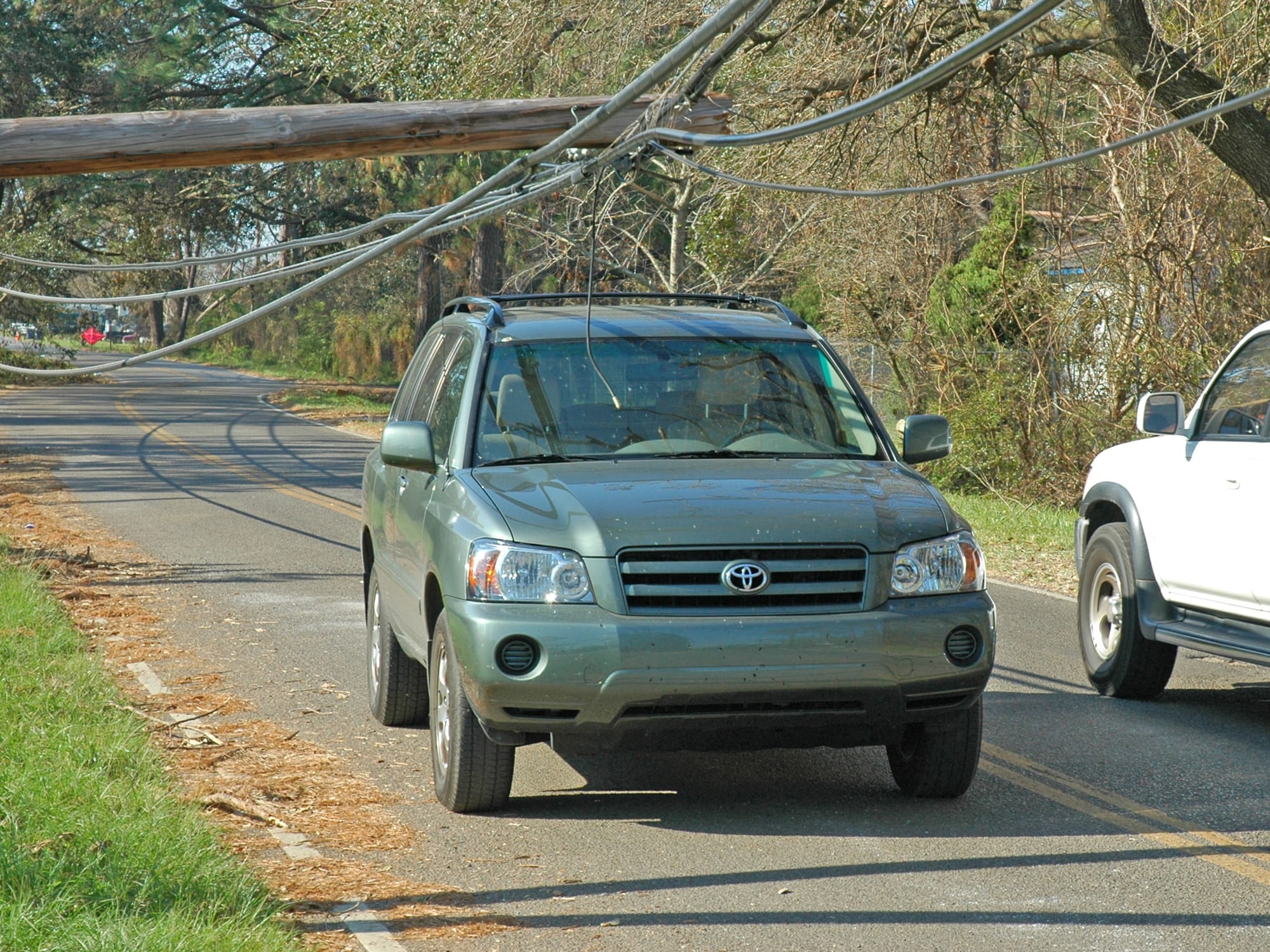
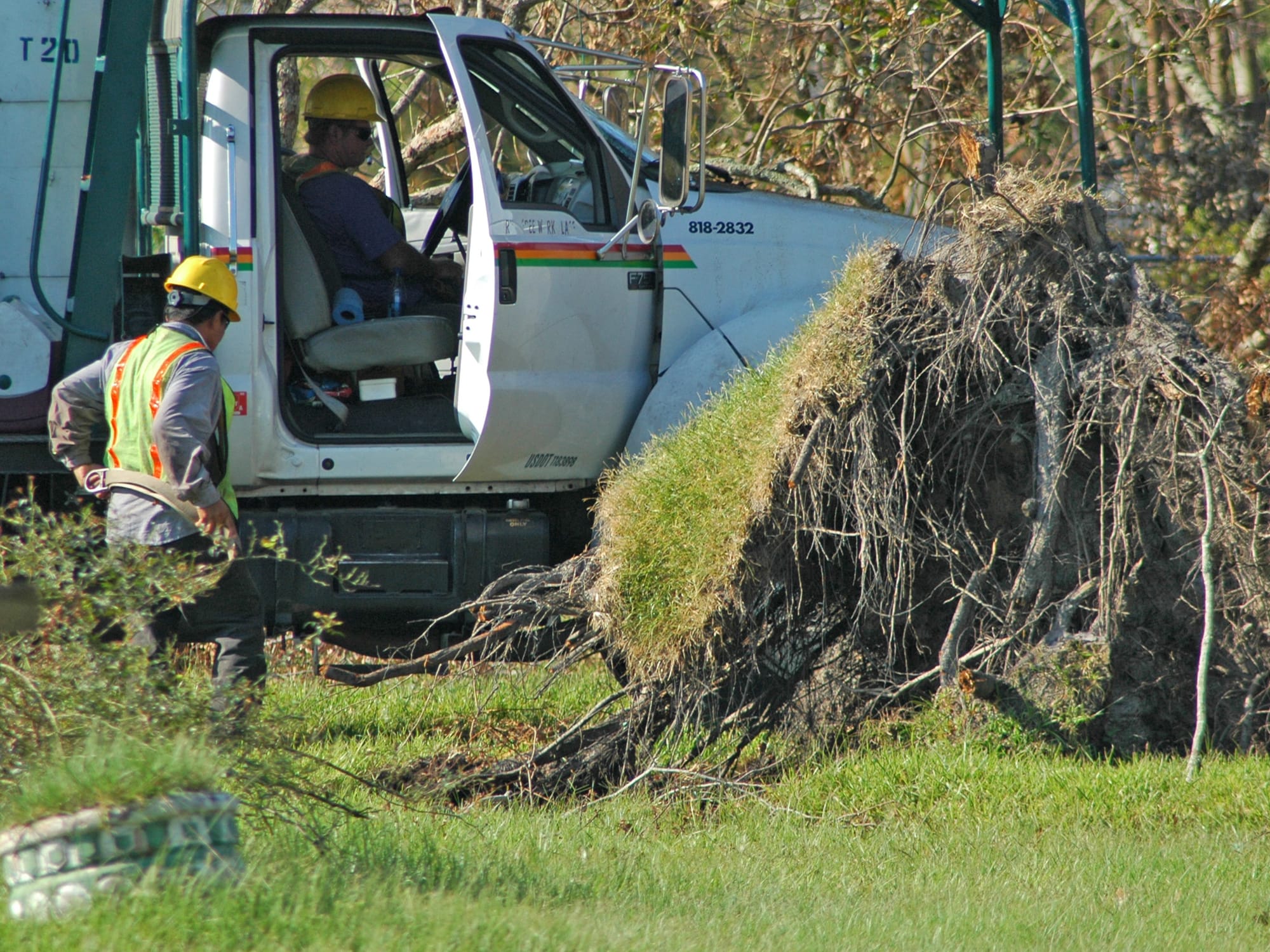
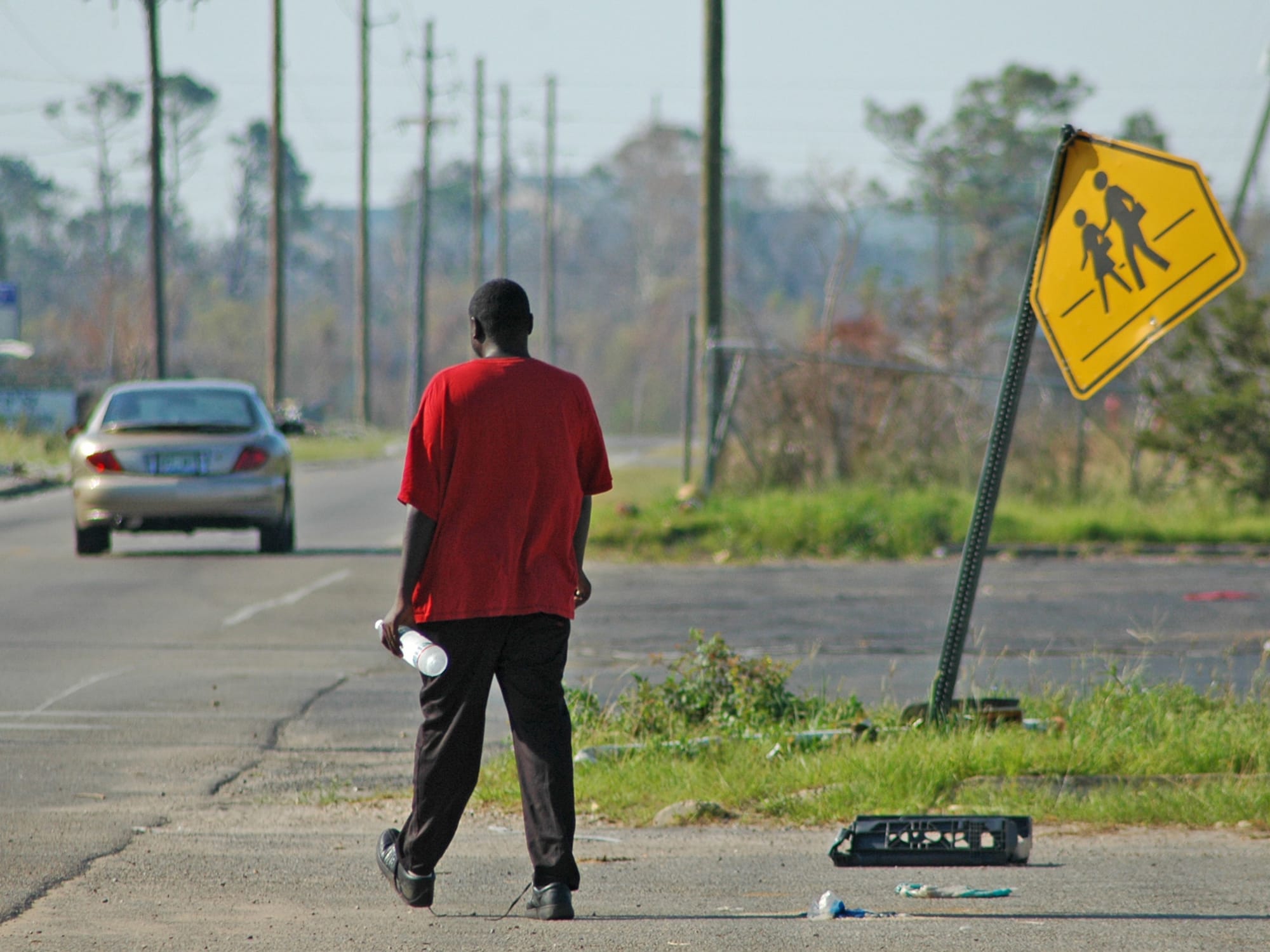
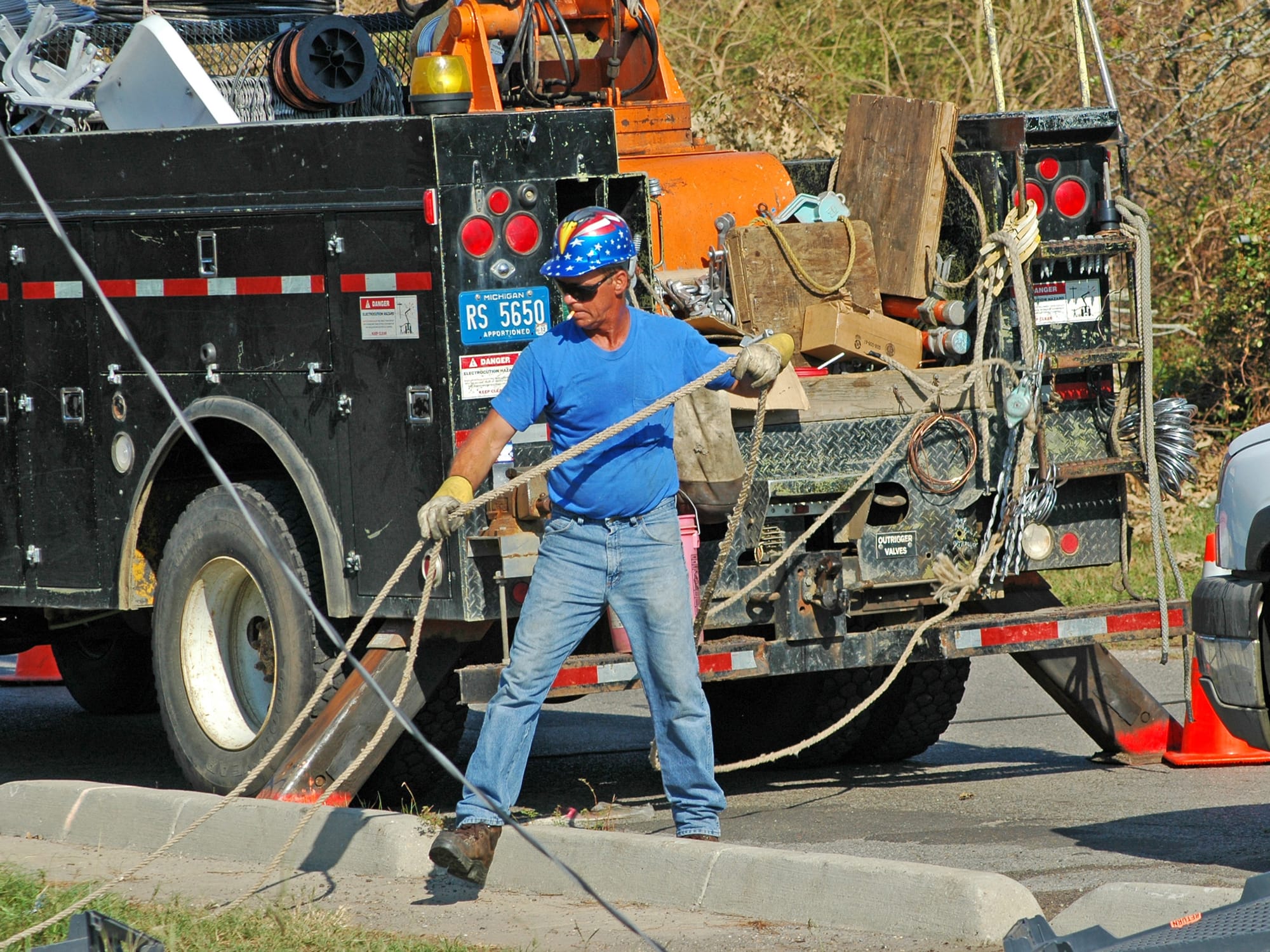
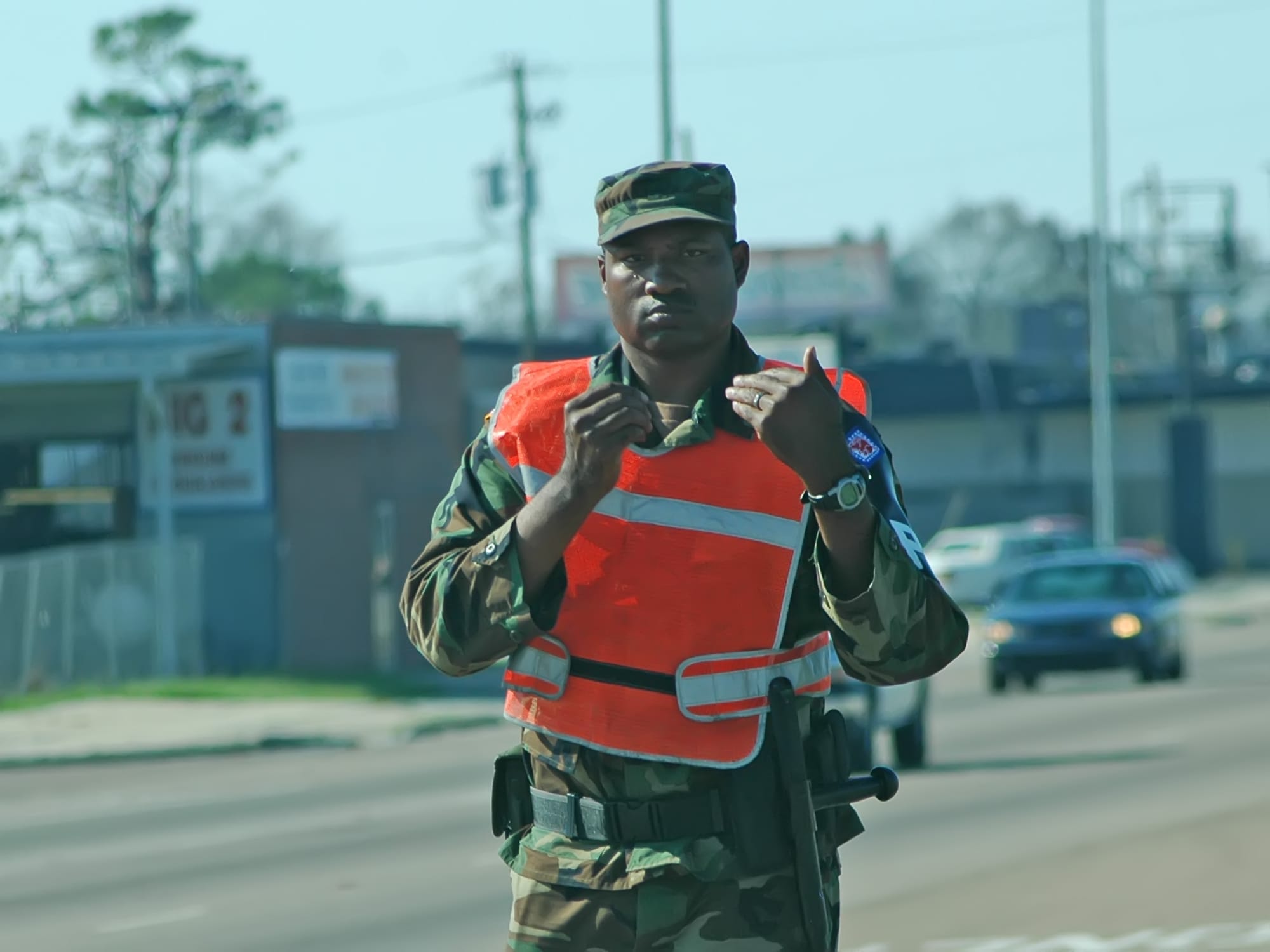
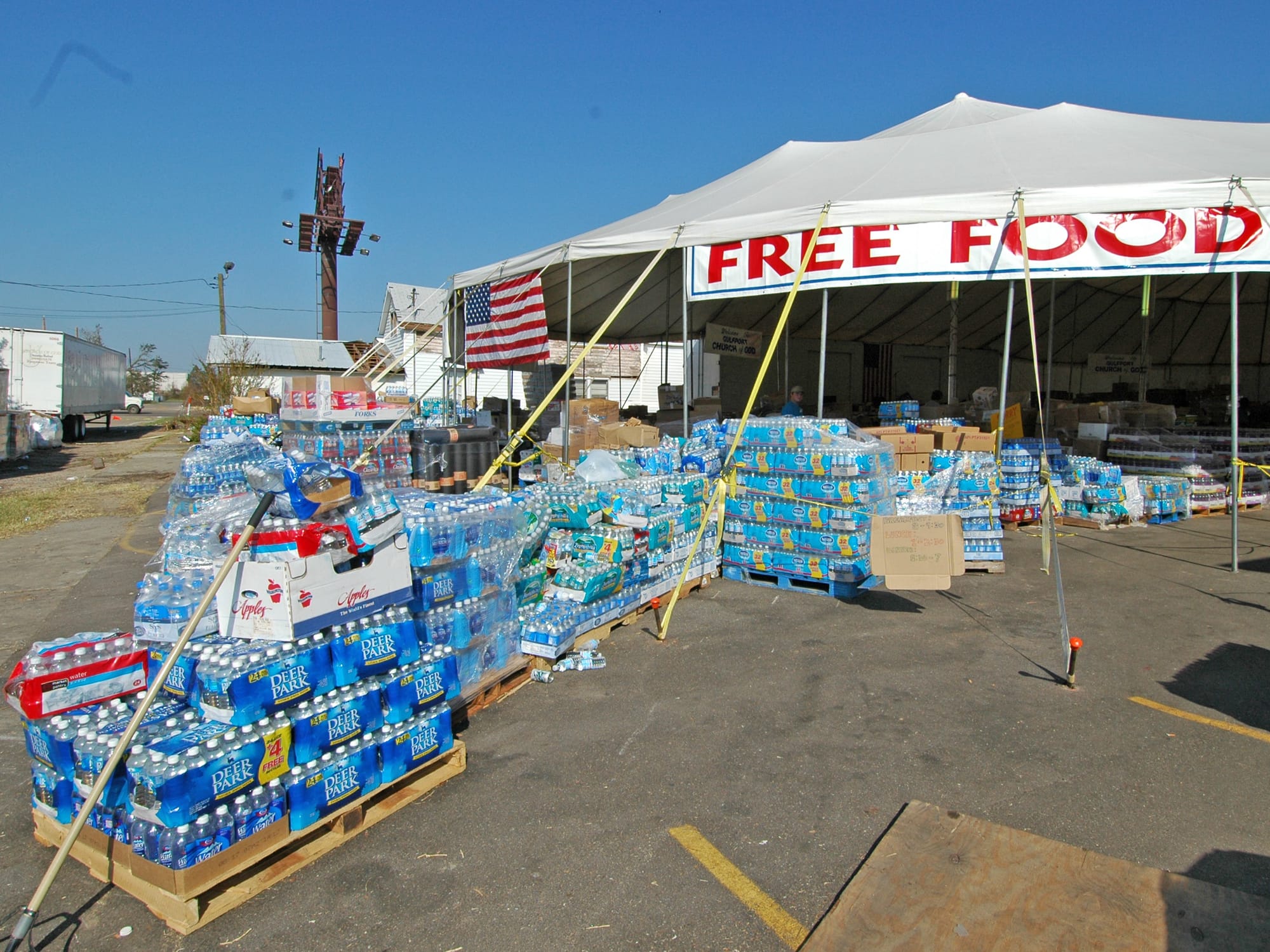
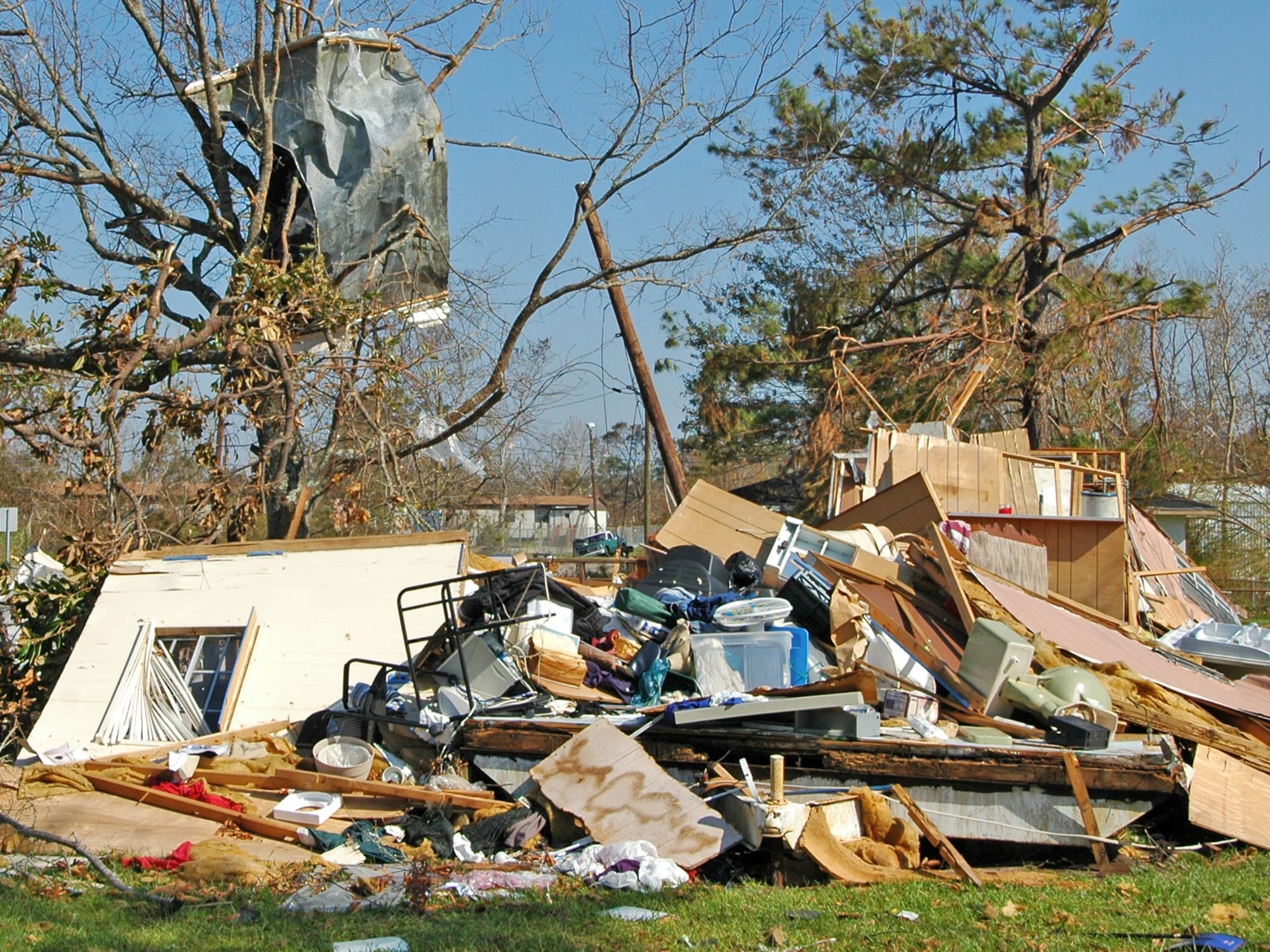
A few final snapshots on the way out of Gulfport.
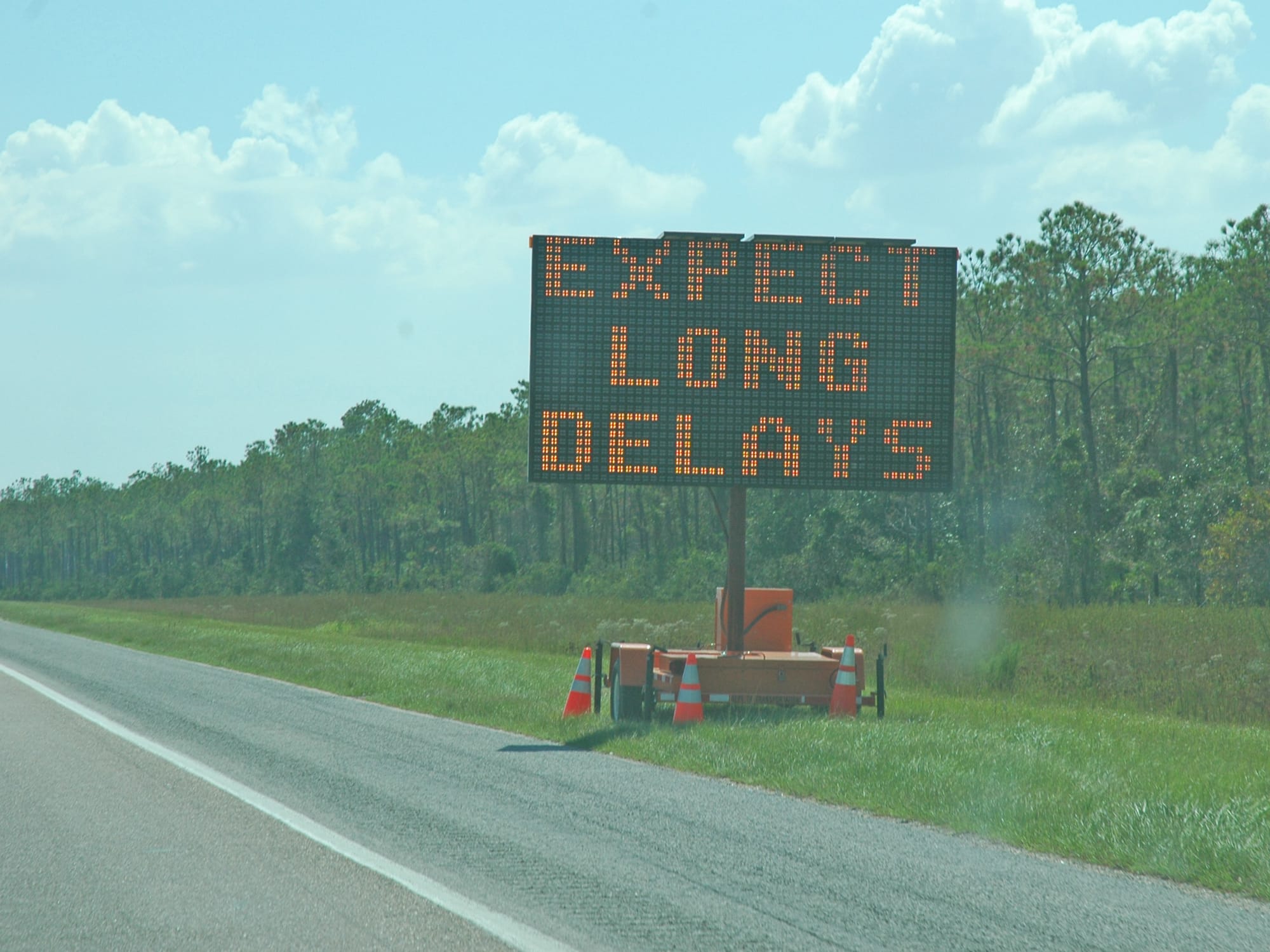
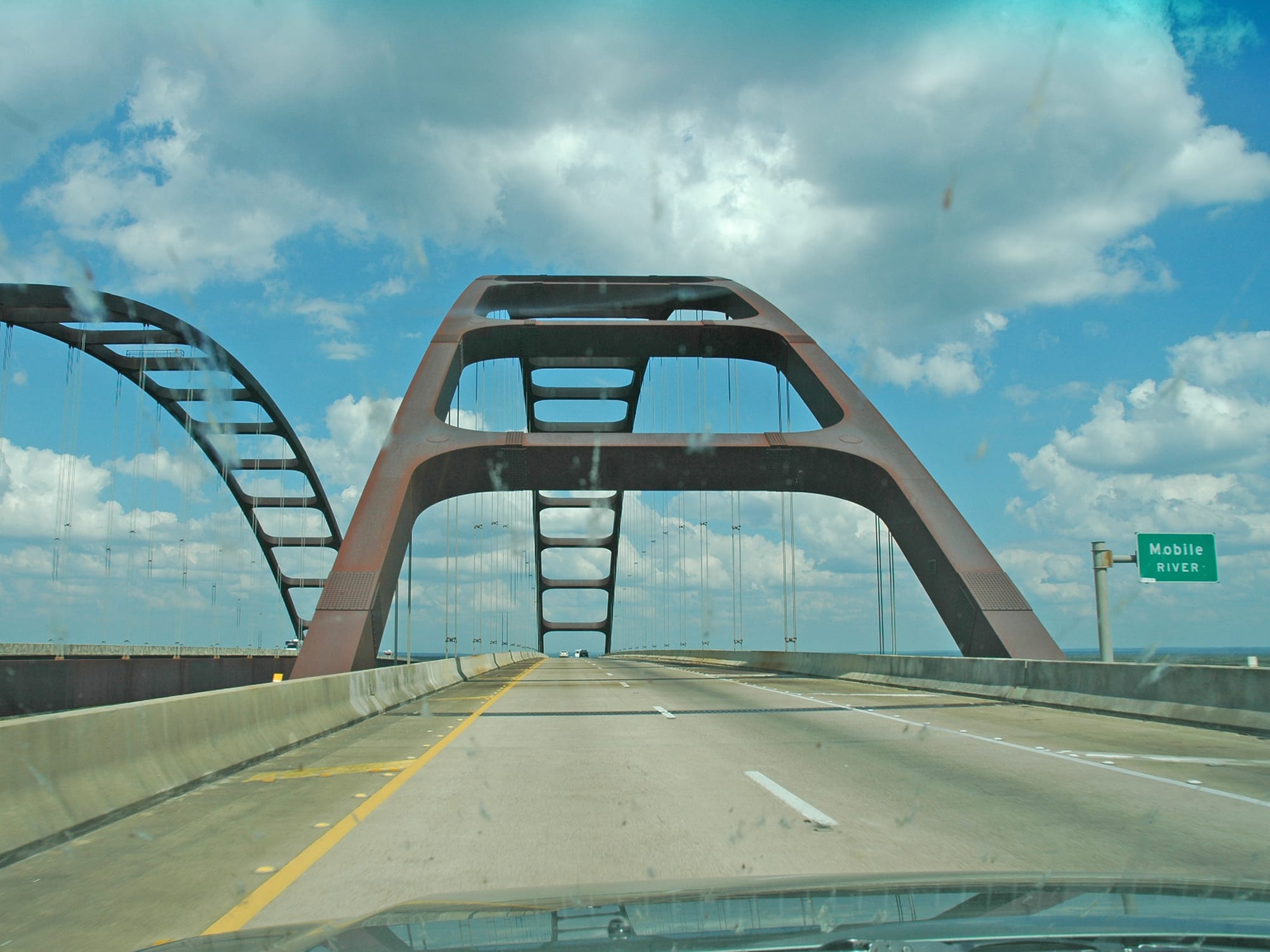
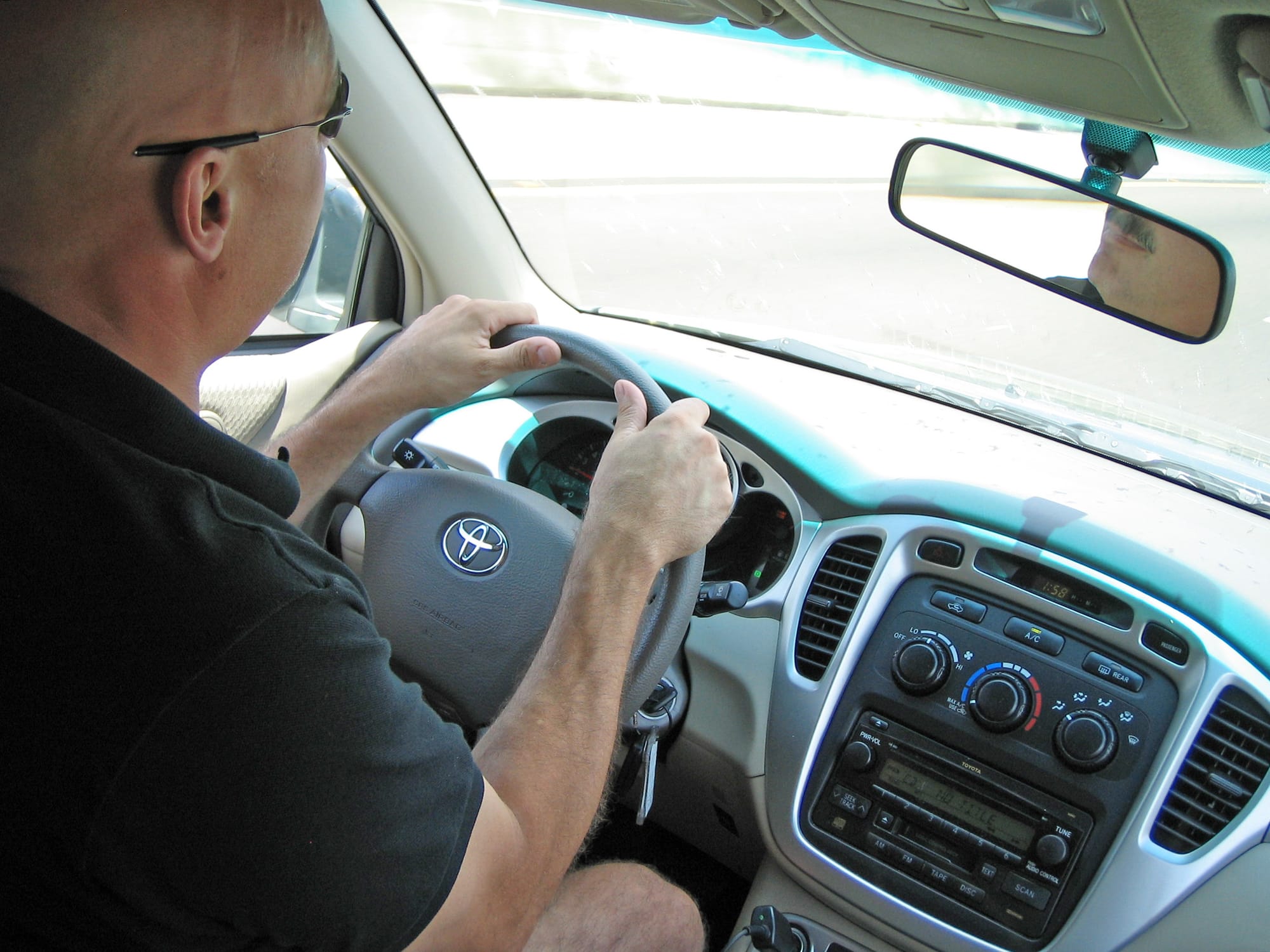
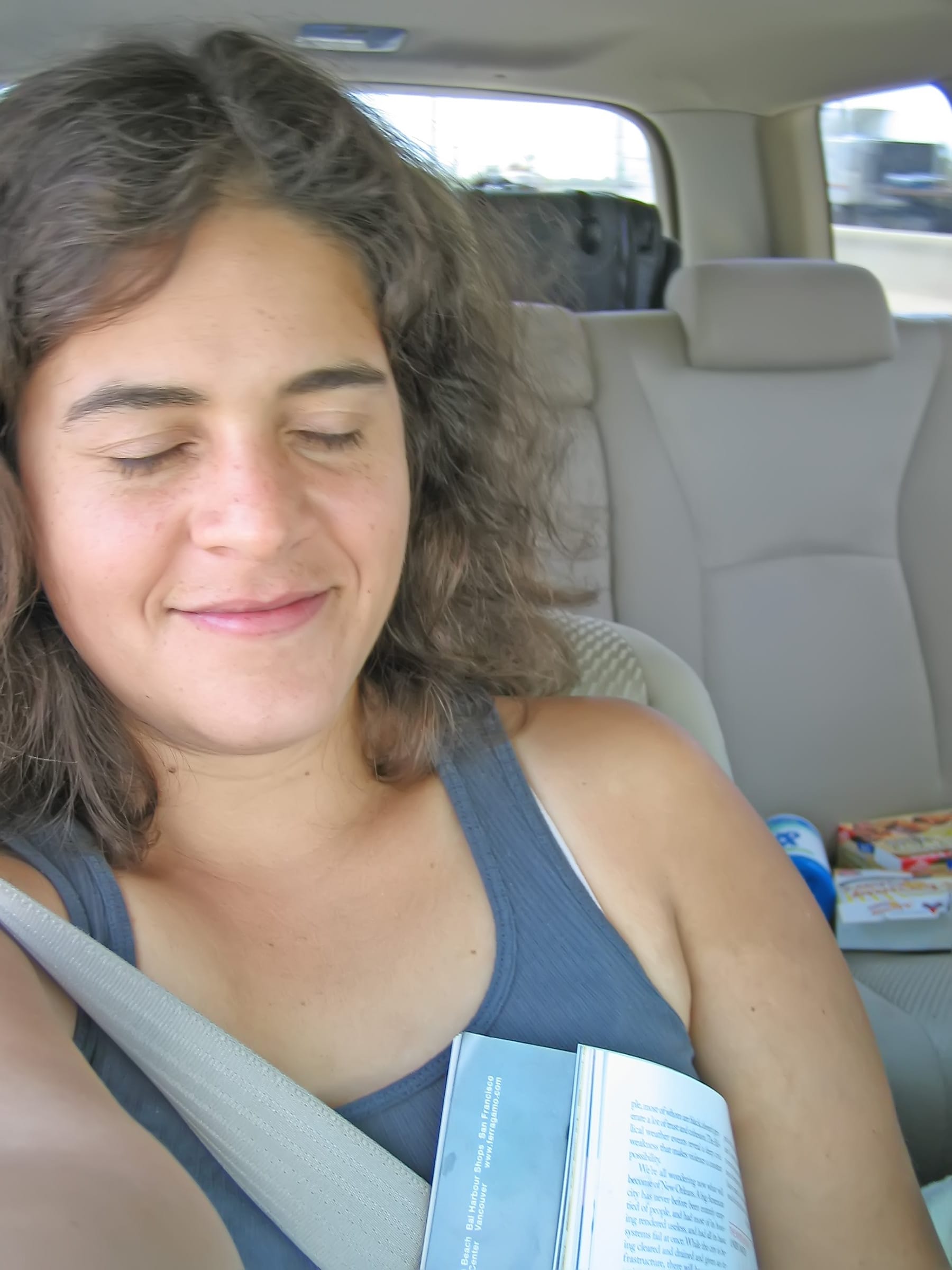
The 6-hour drive up to Atlanta for our flight home in the morning.
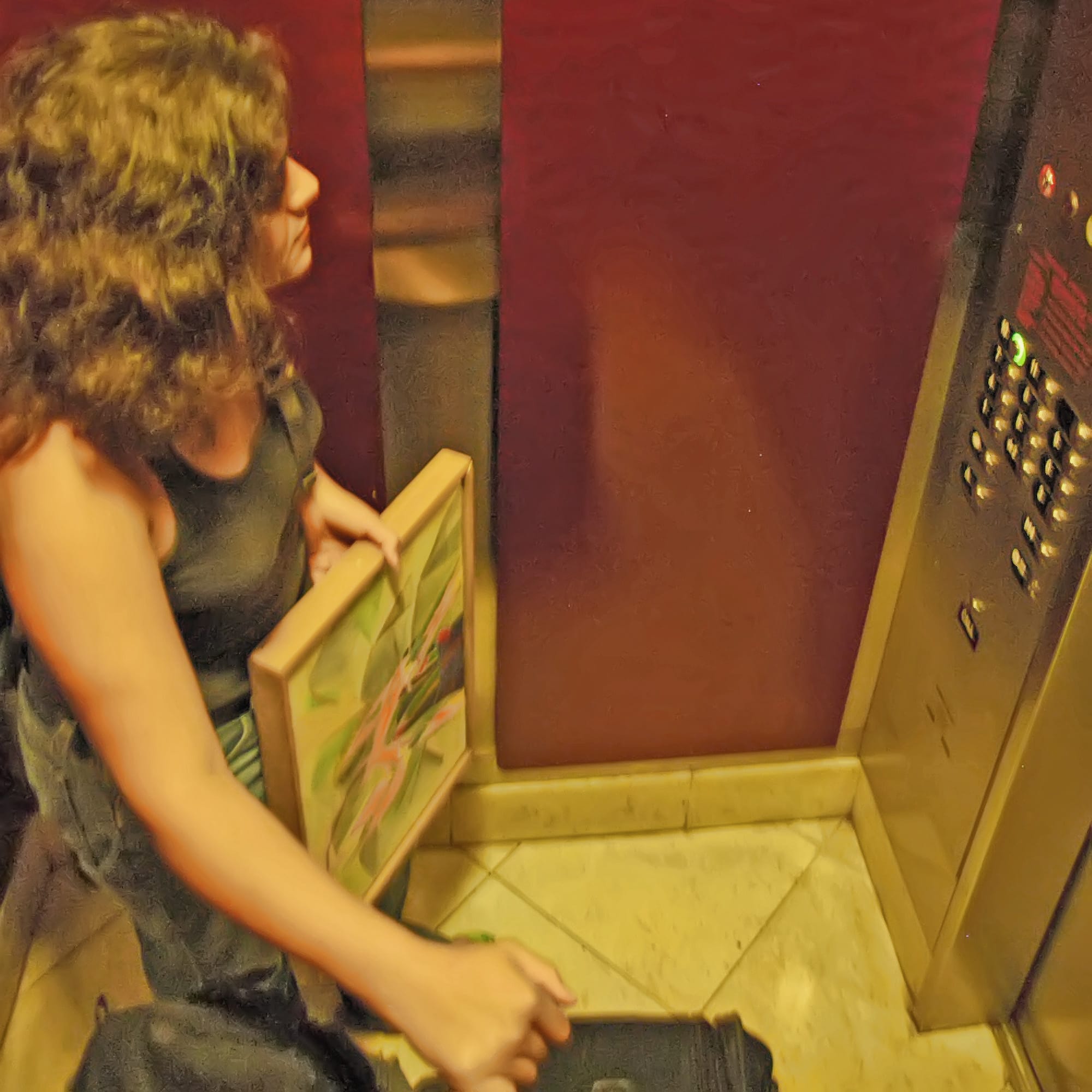
We returned to the Gulf Coast two weeks later to do what we could and help Gloria get a few more things from her apartment, as covered in Hurricane Katrina (part 2).